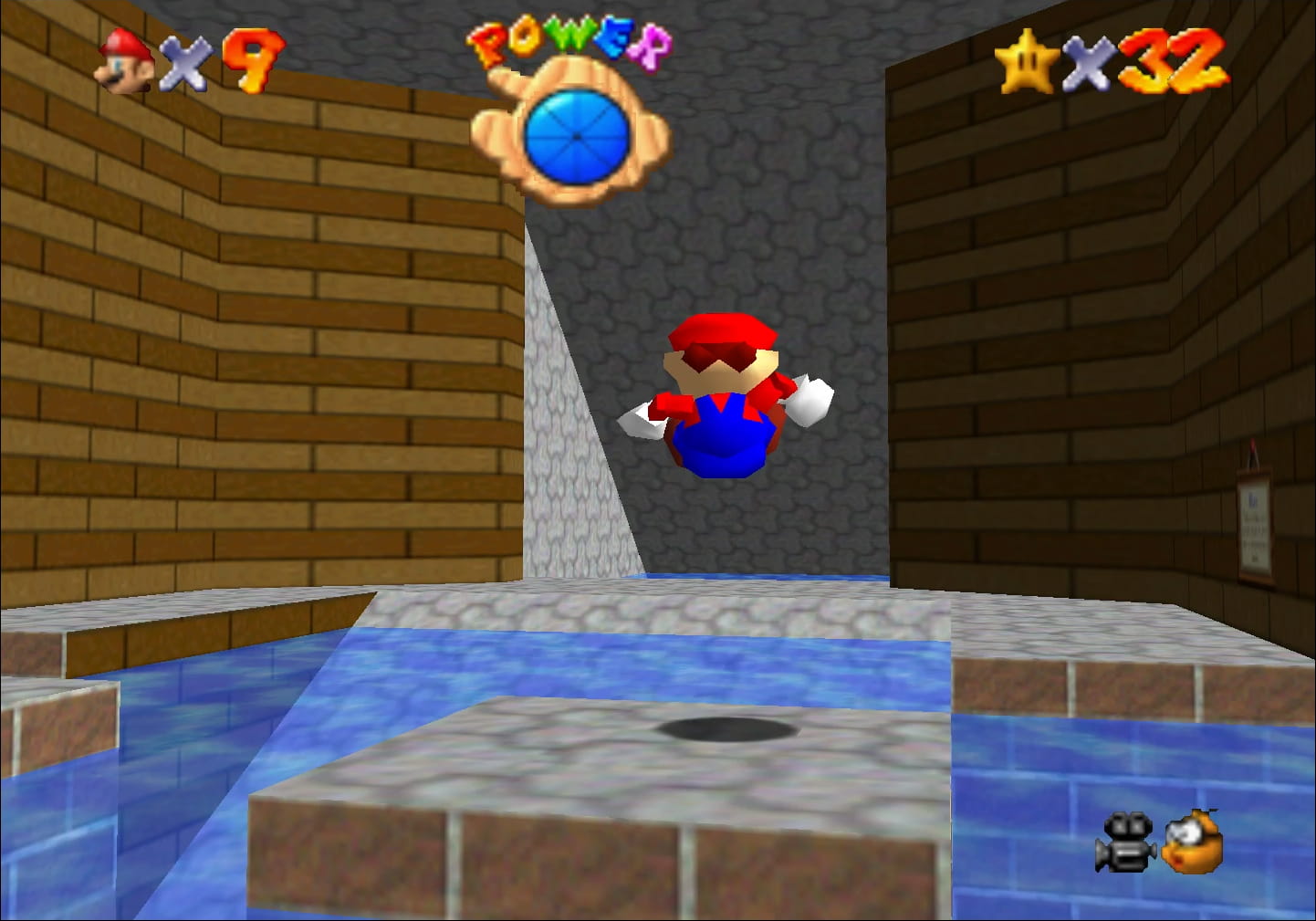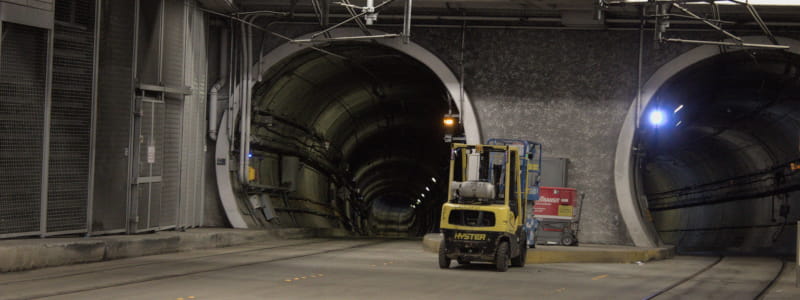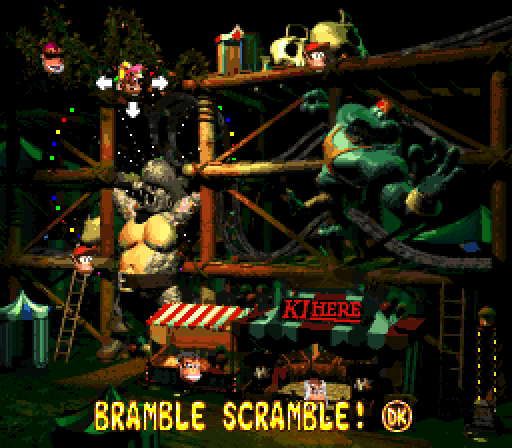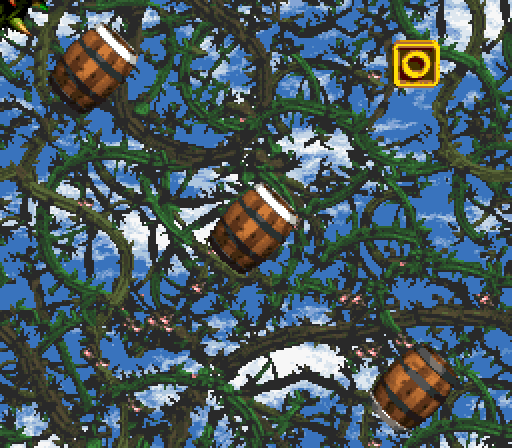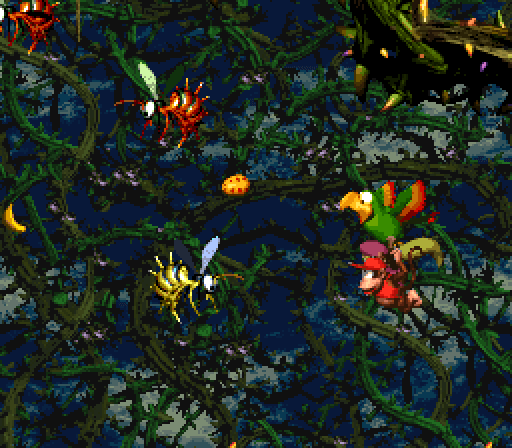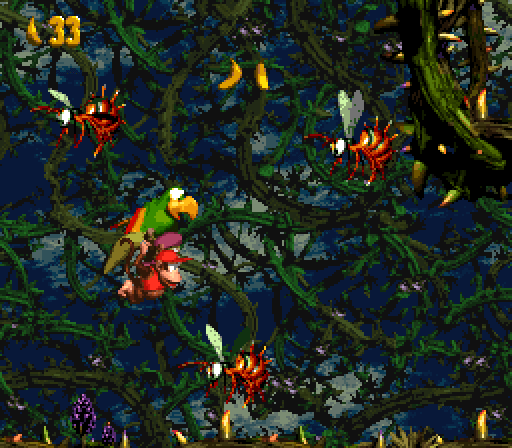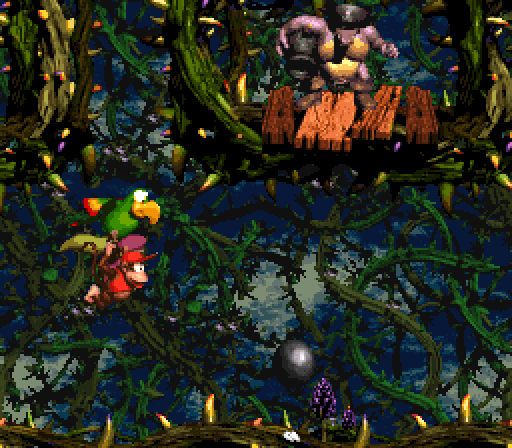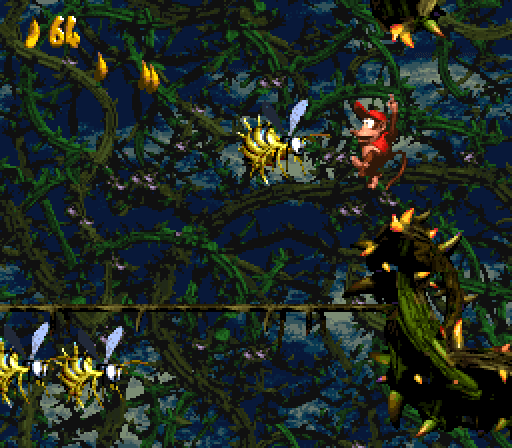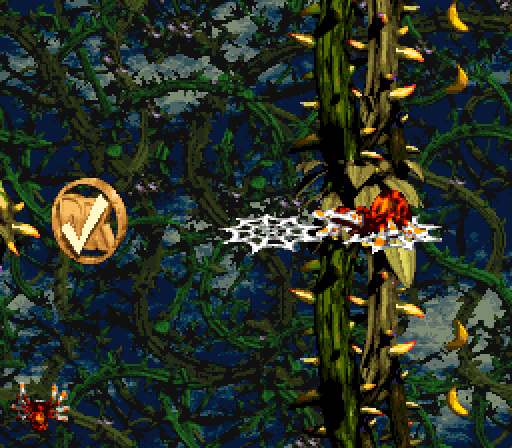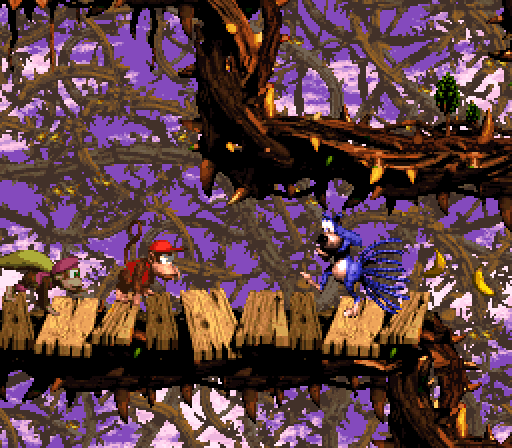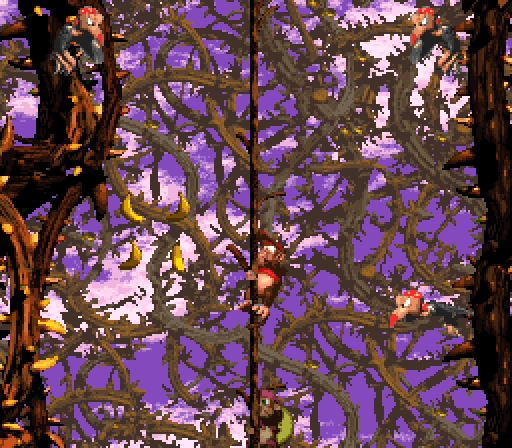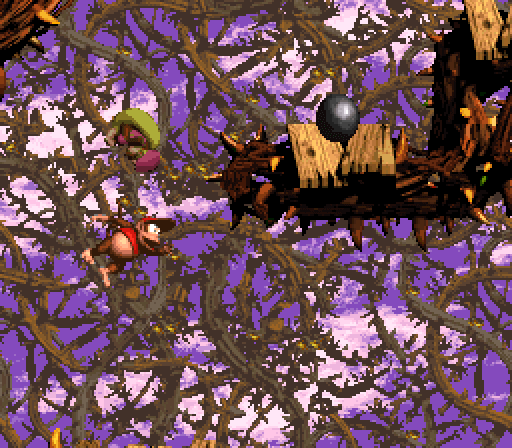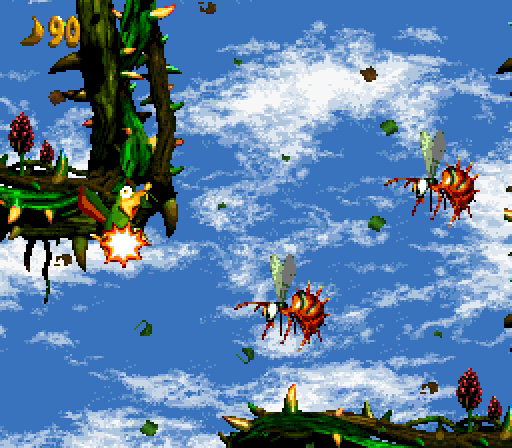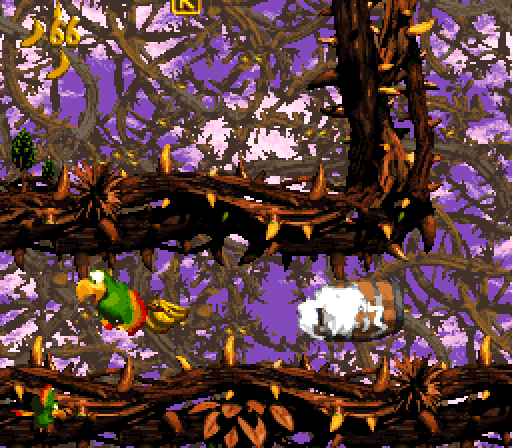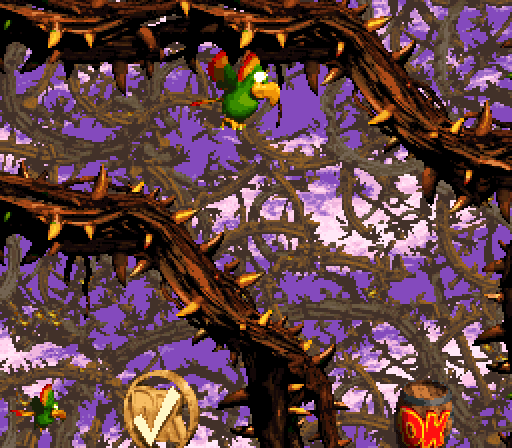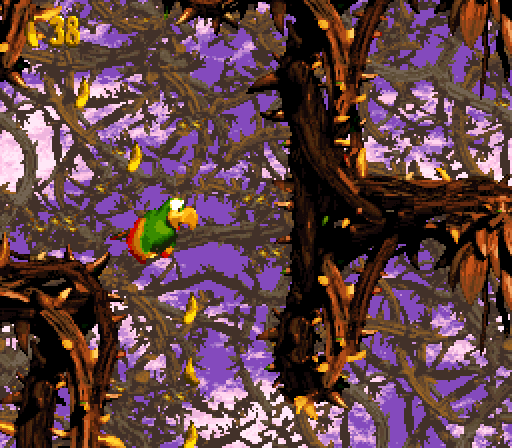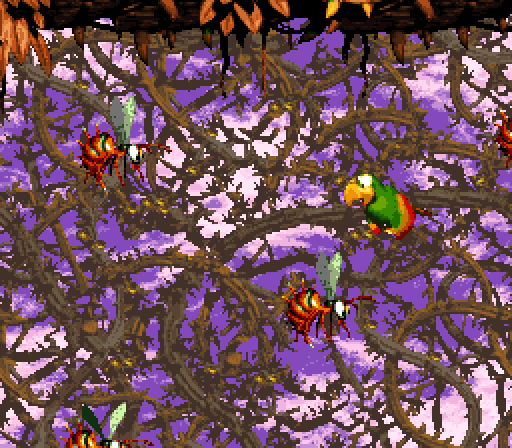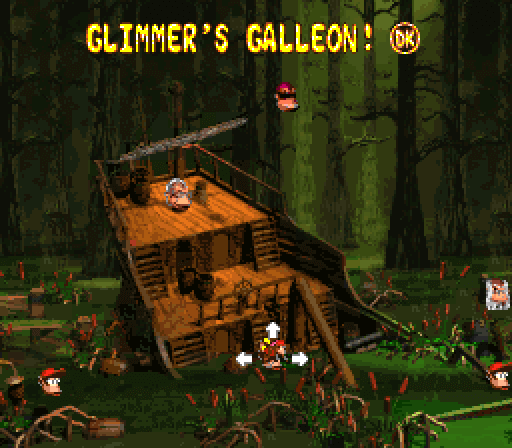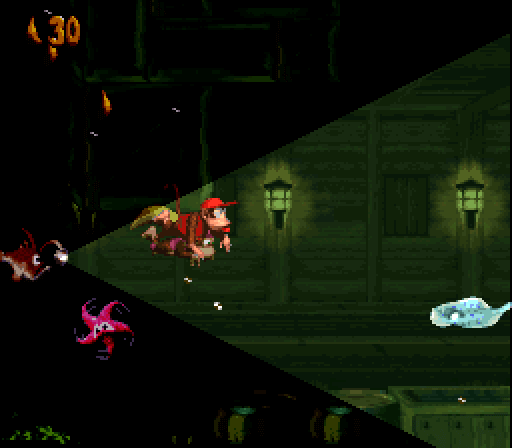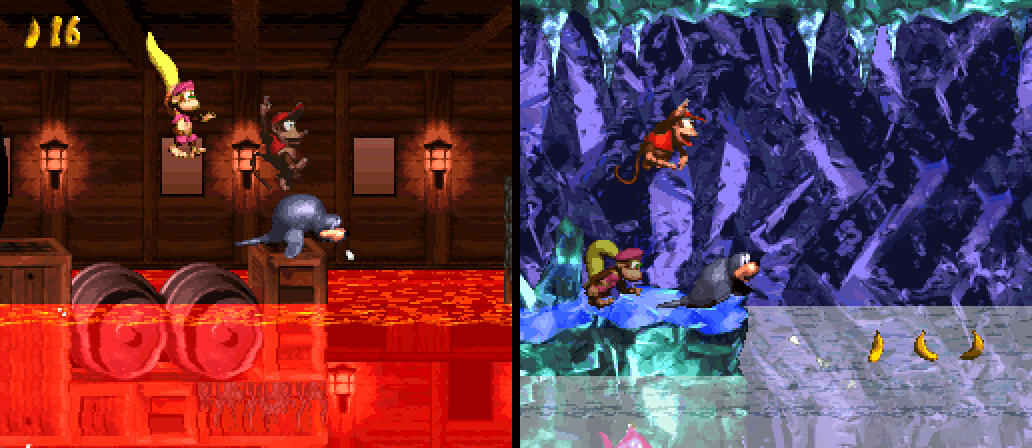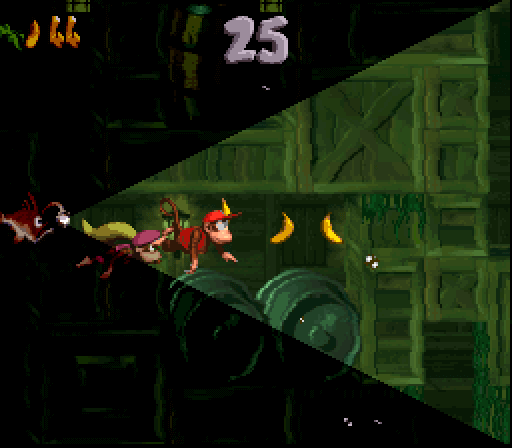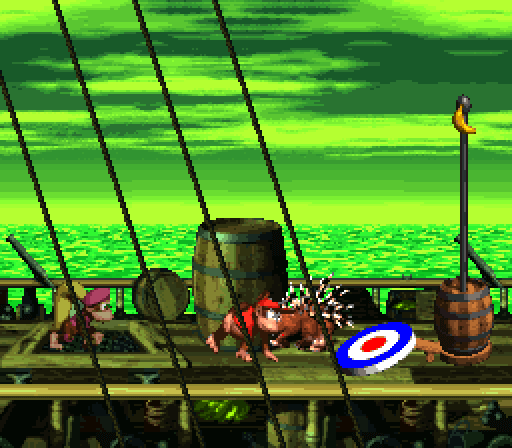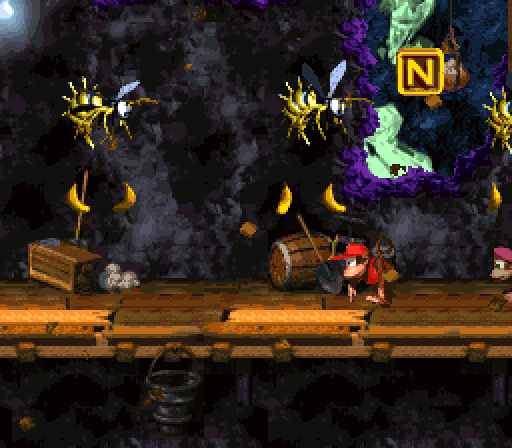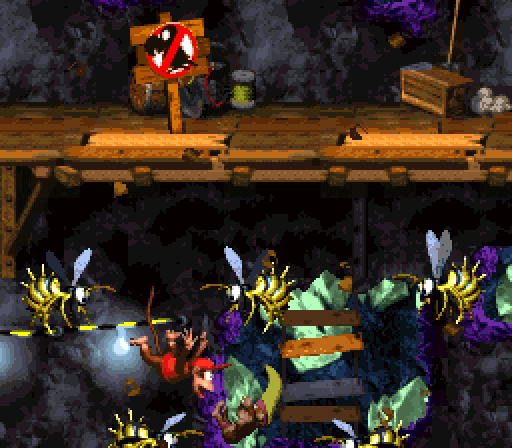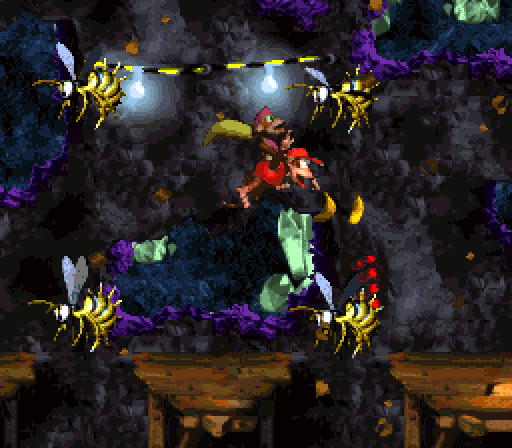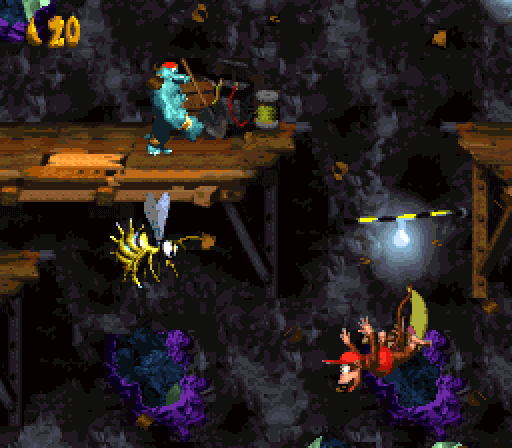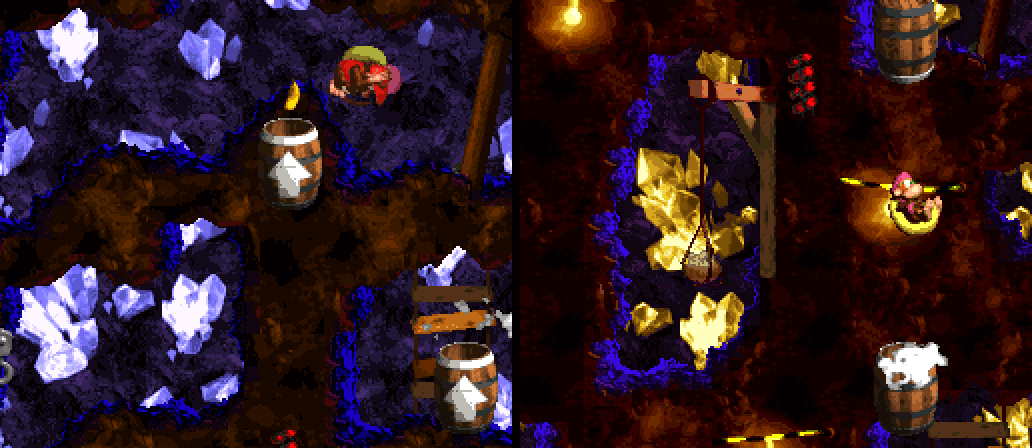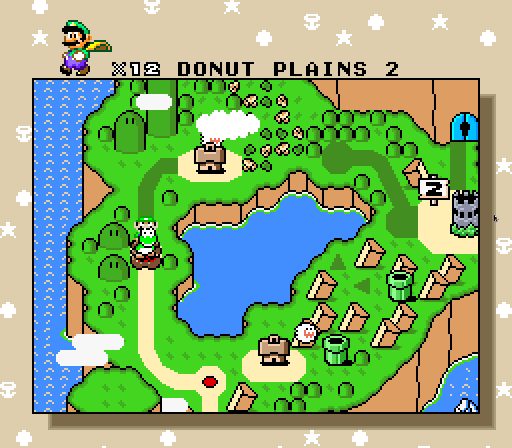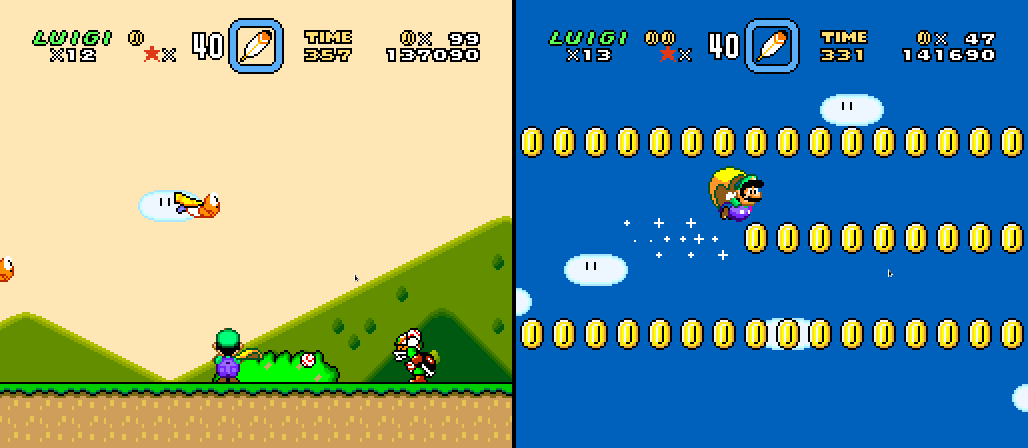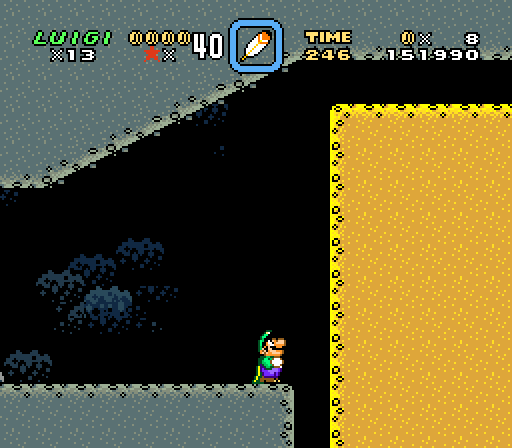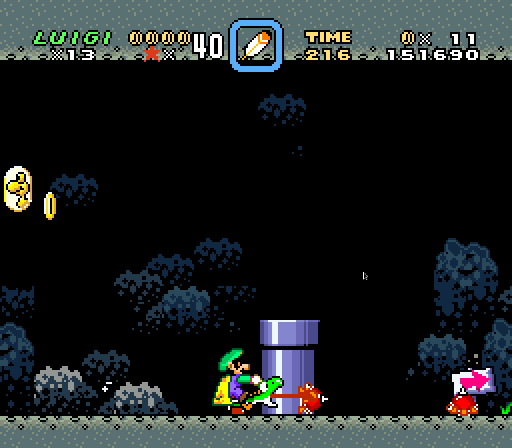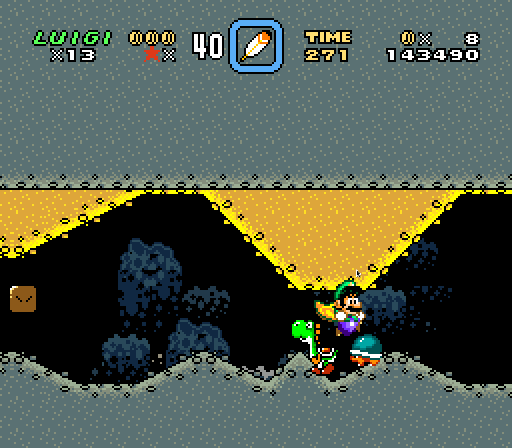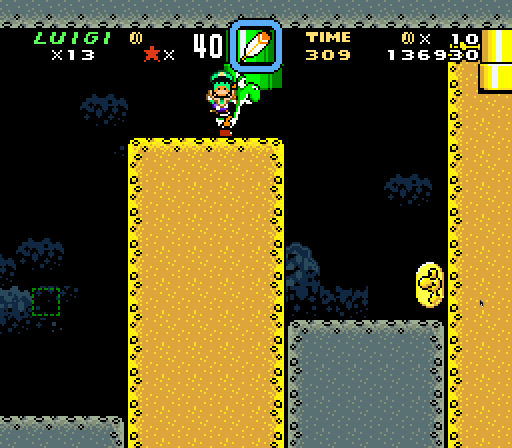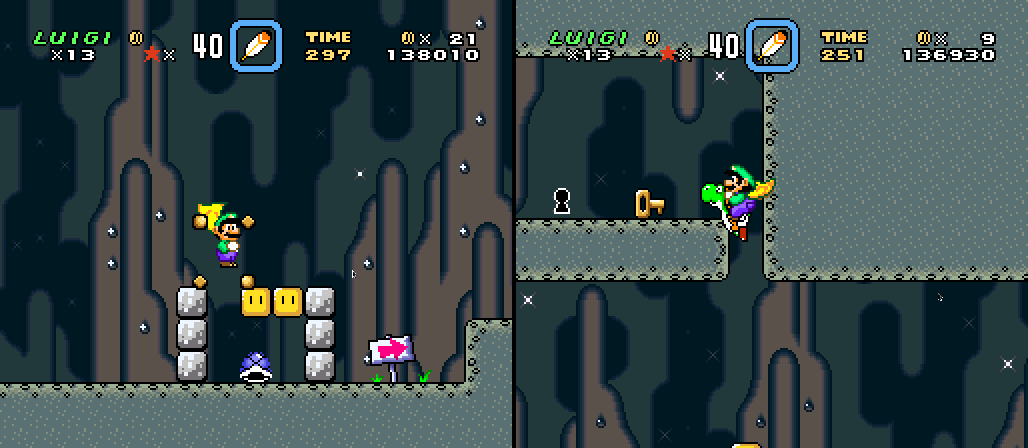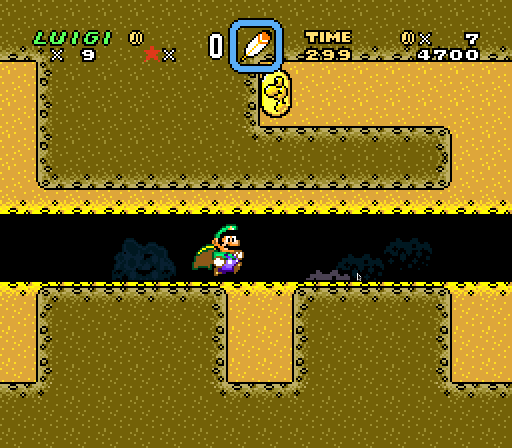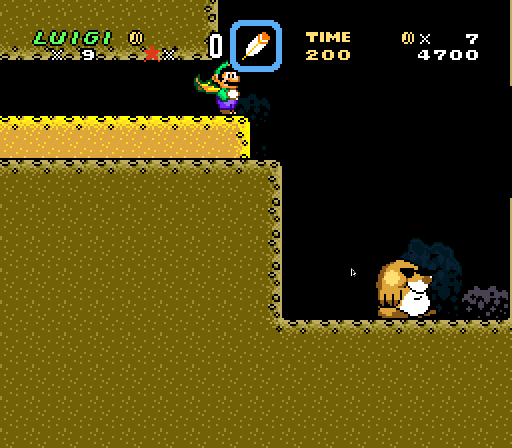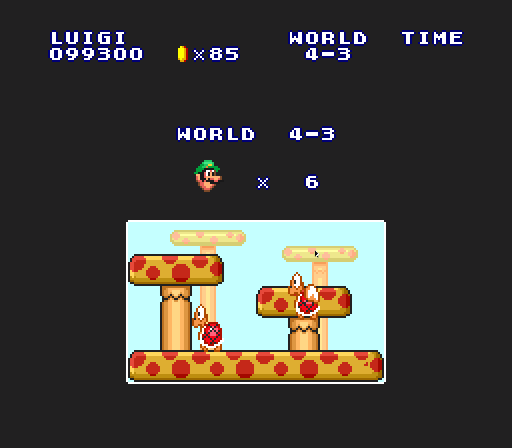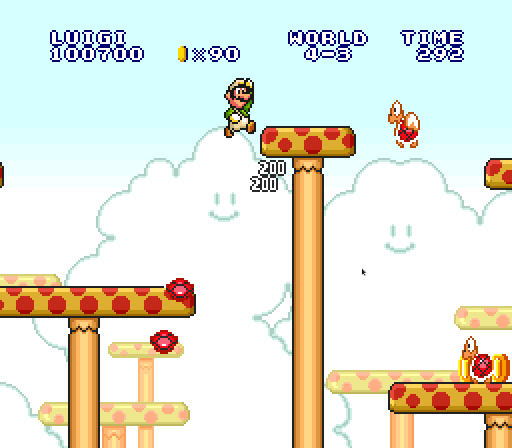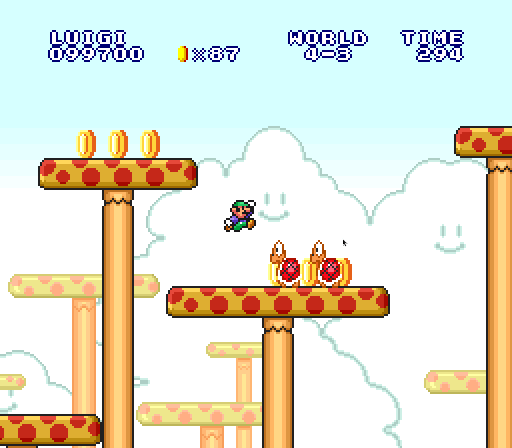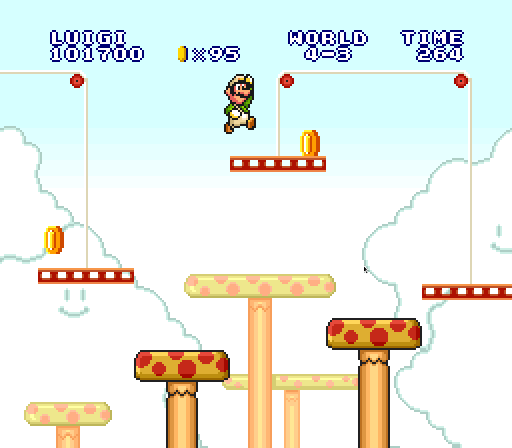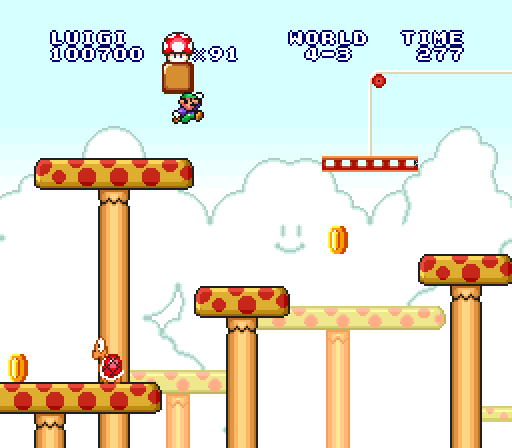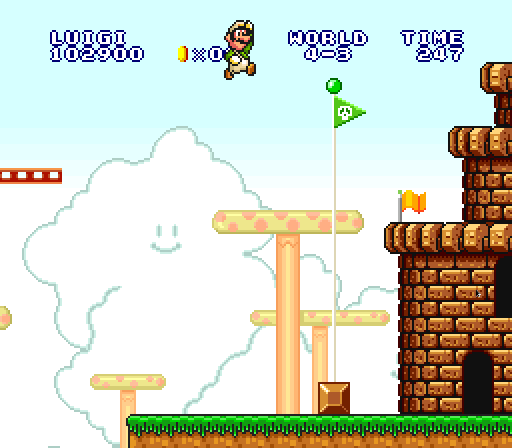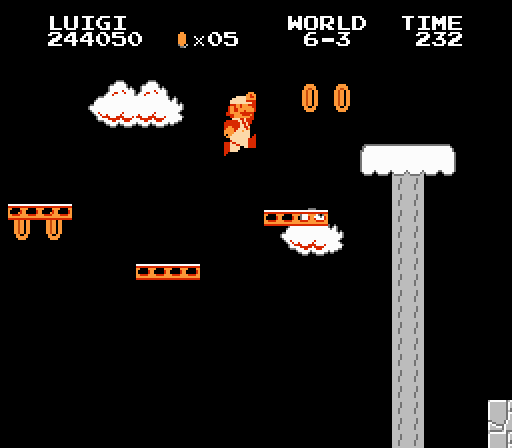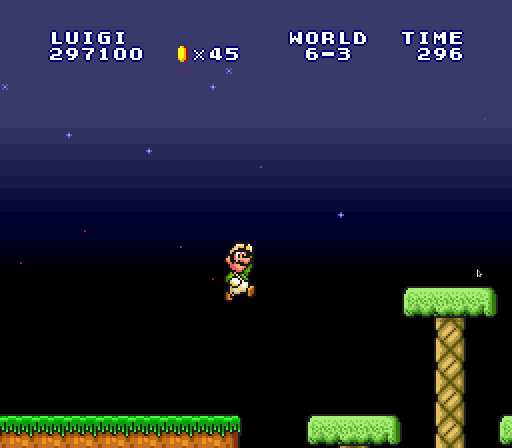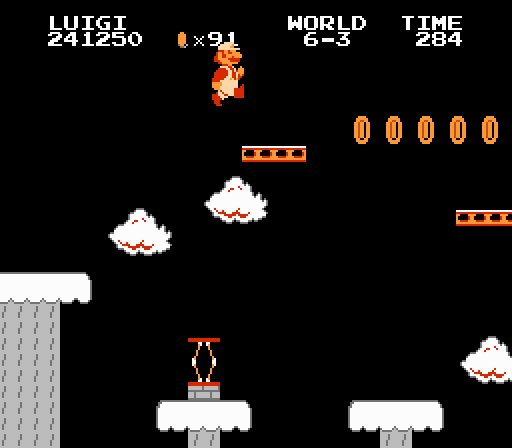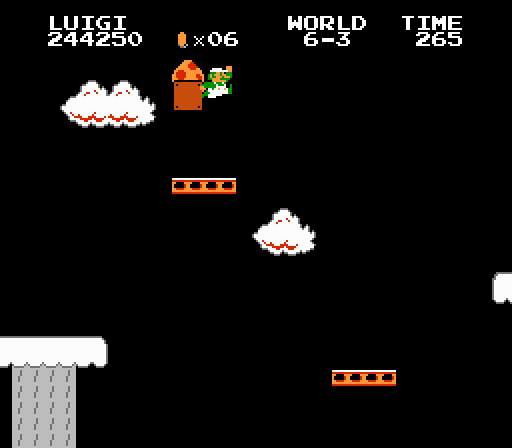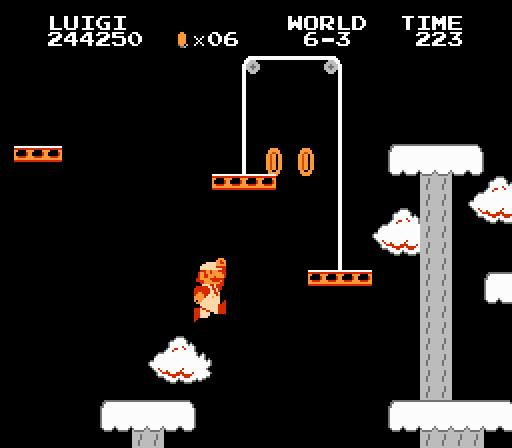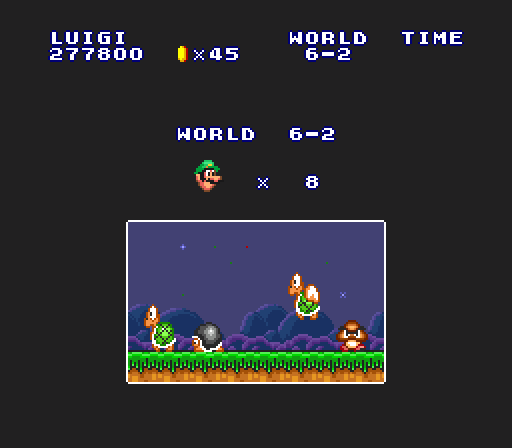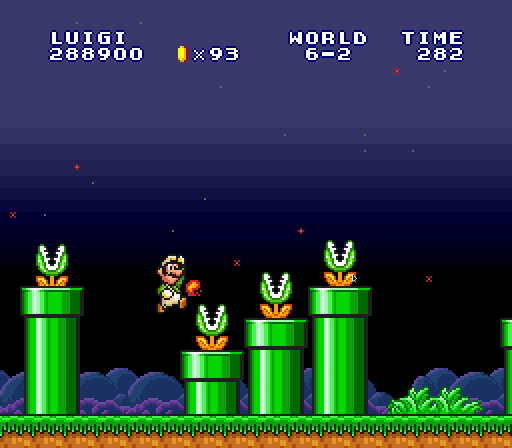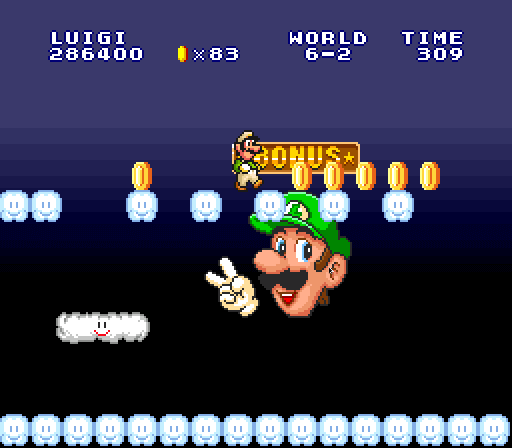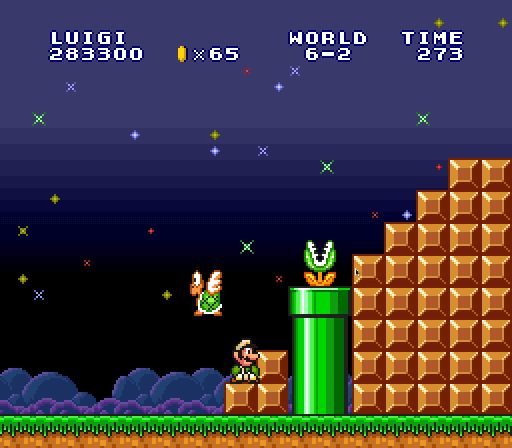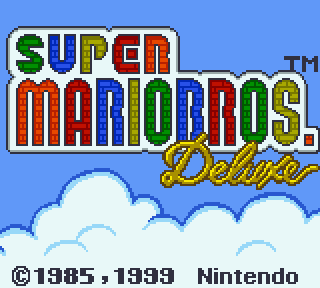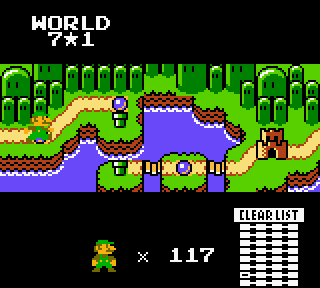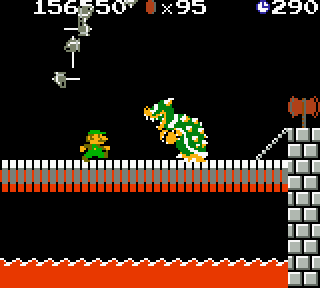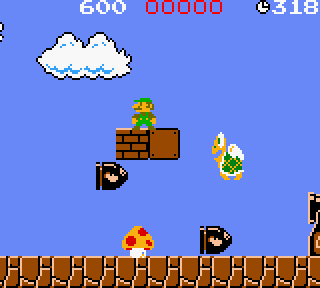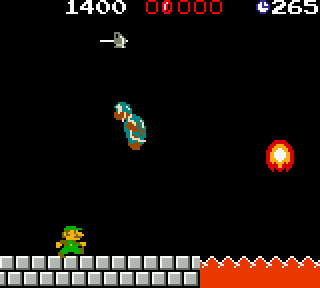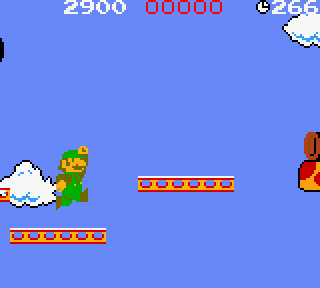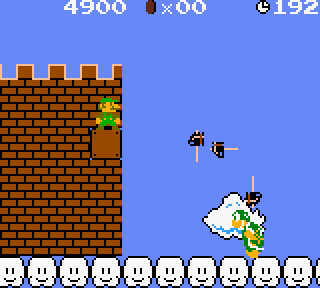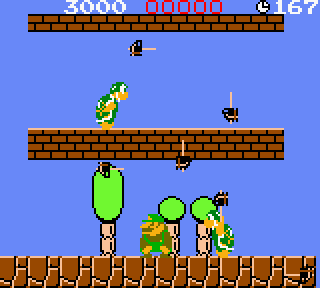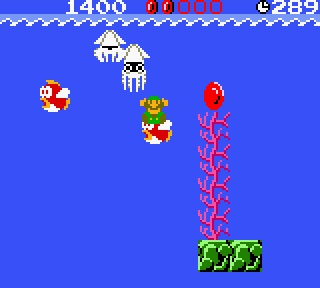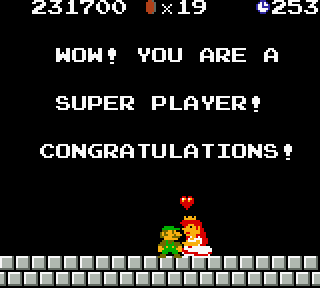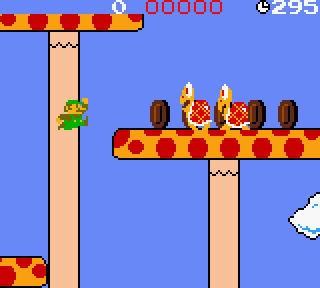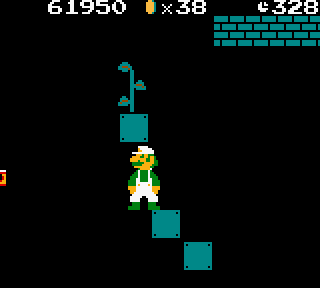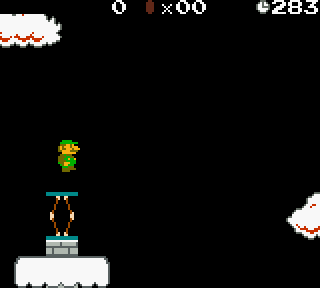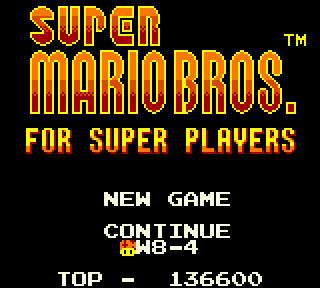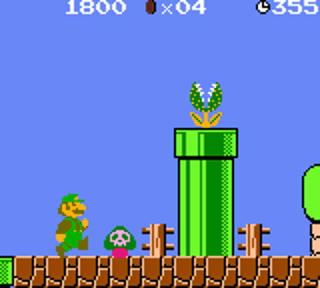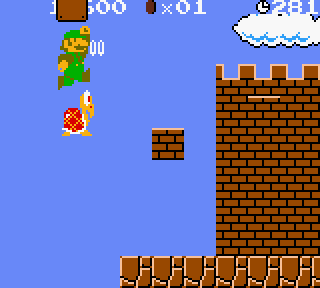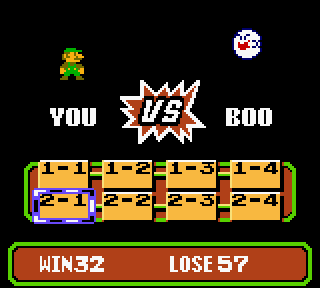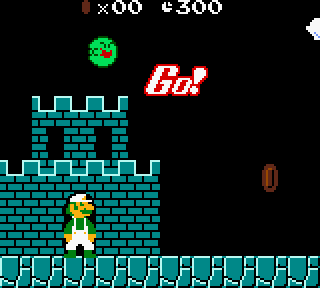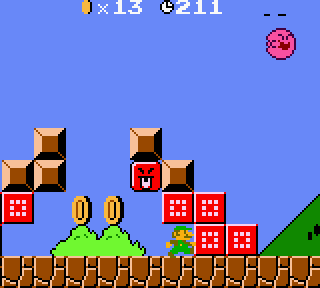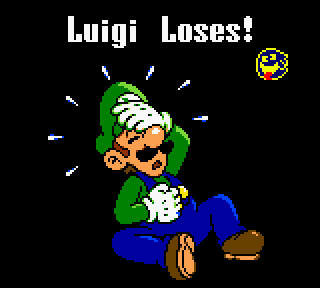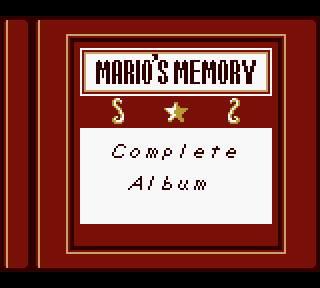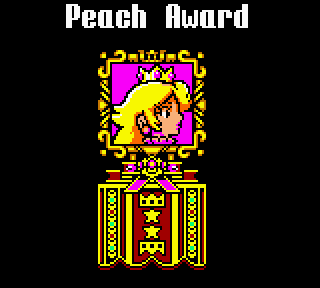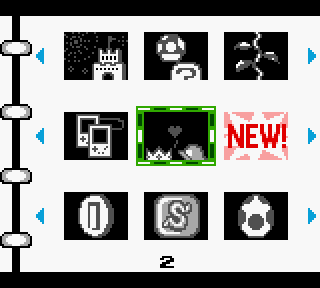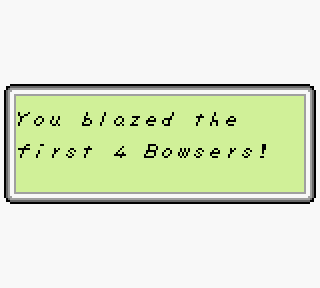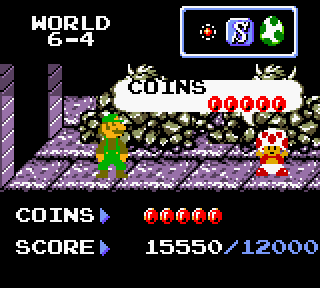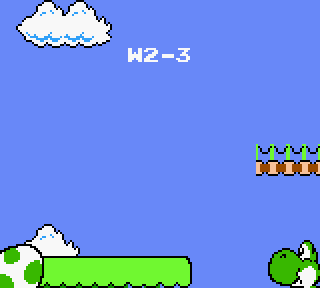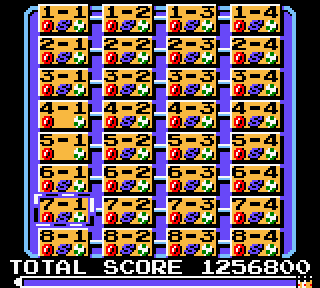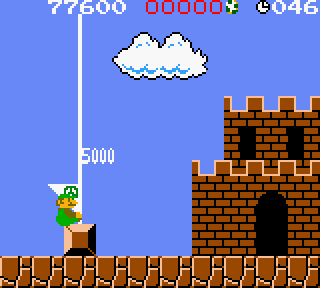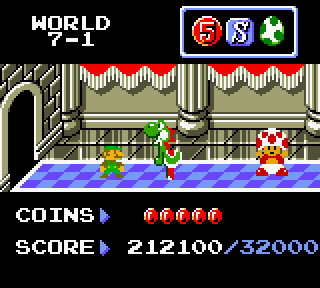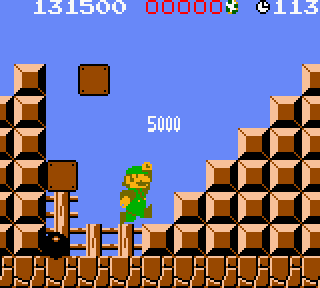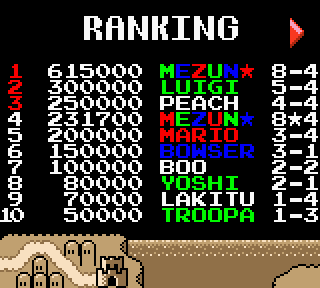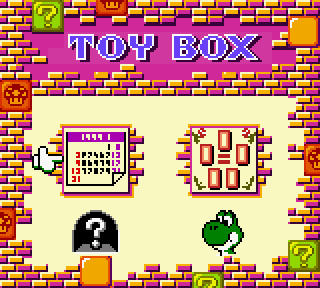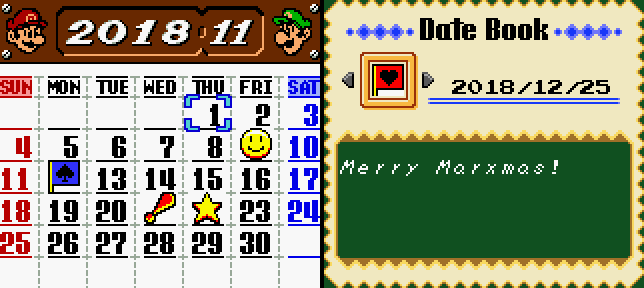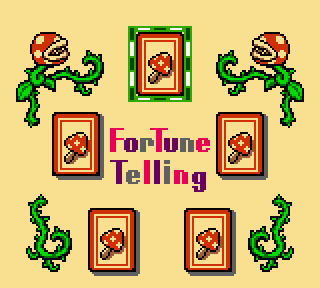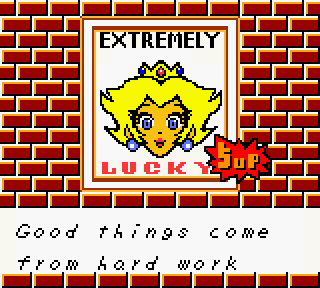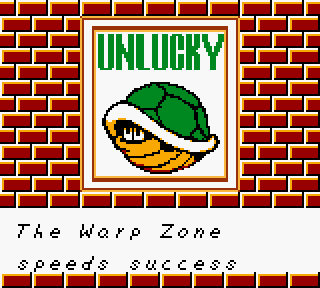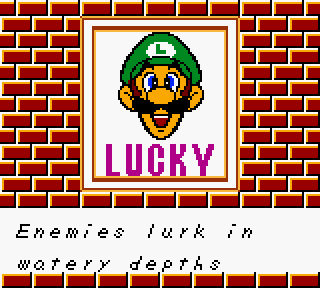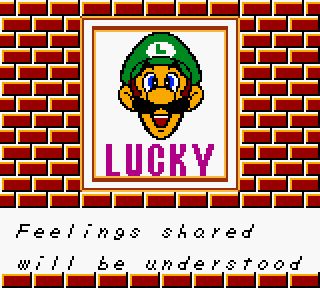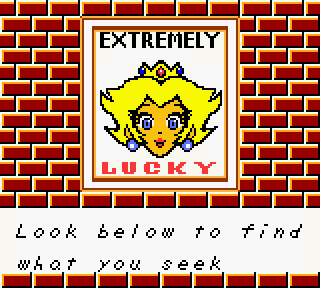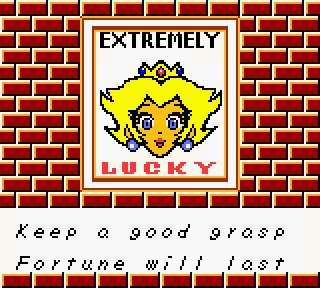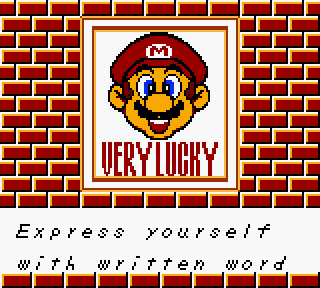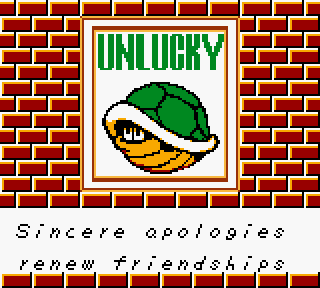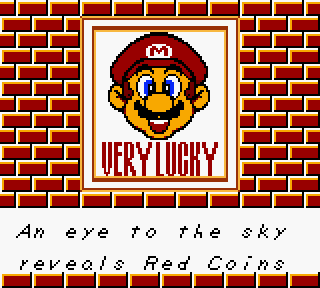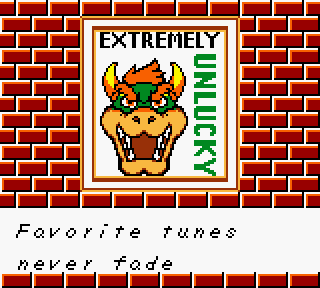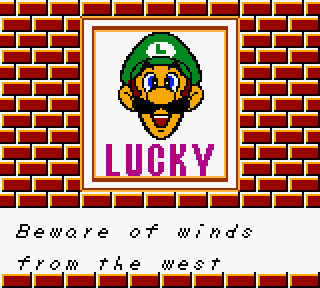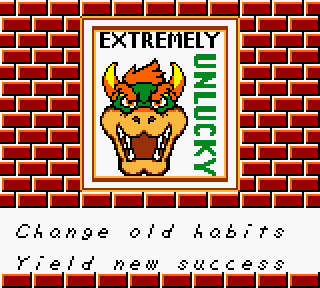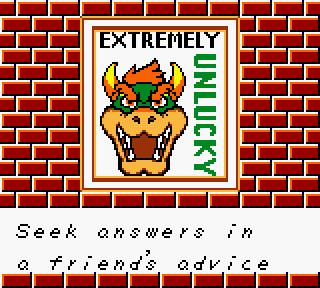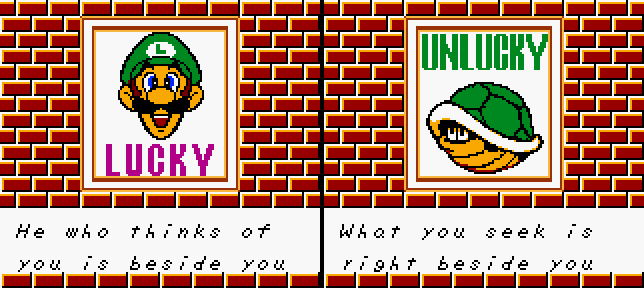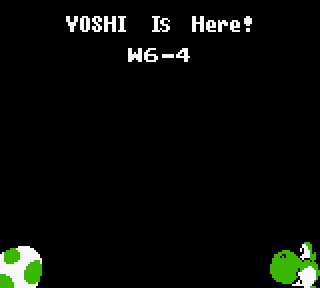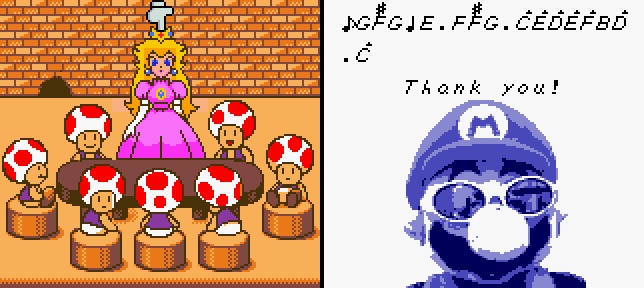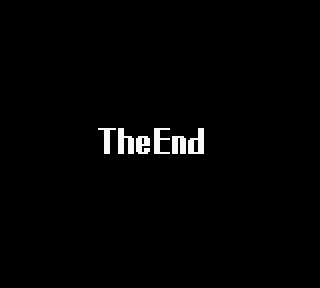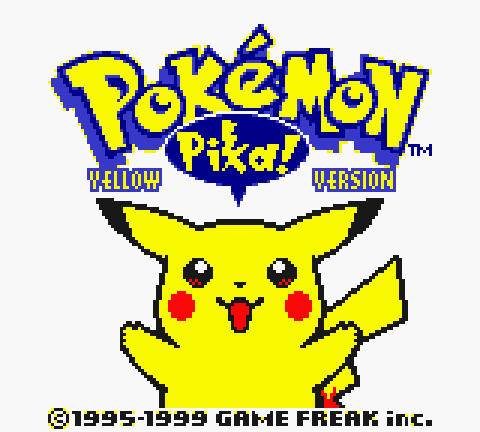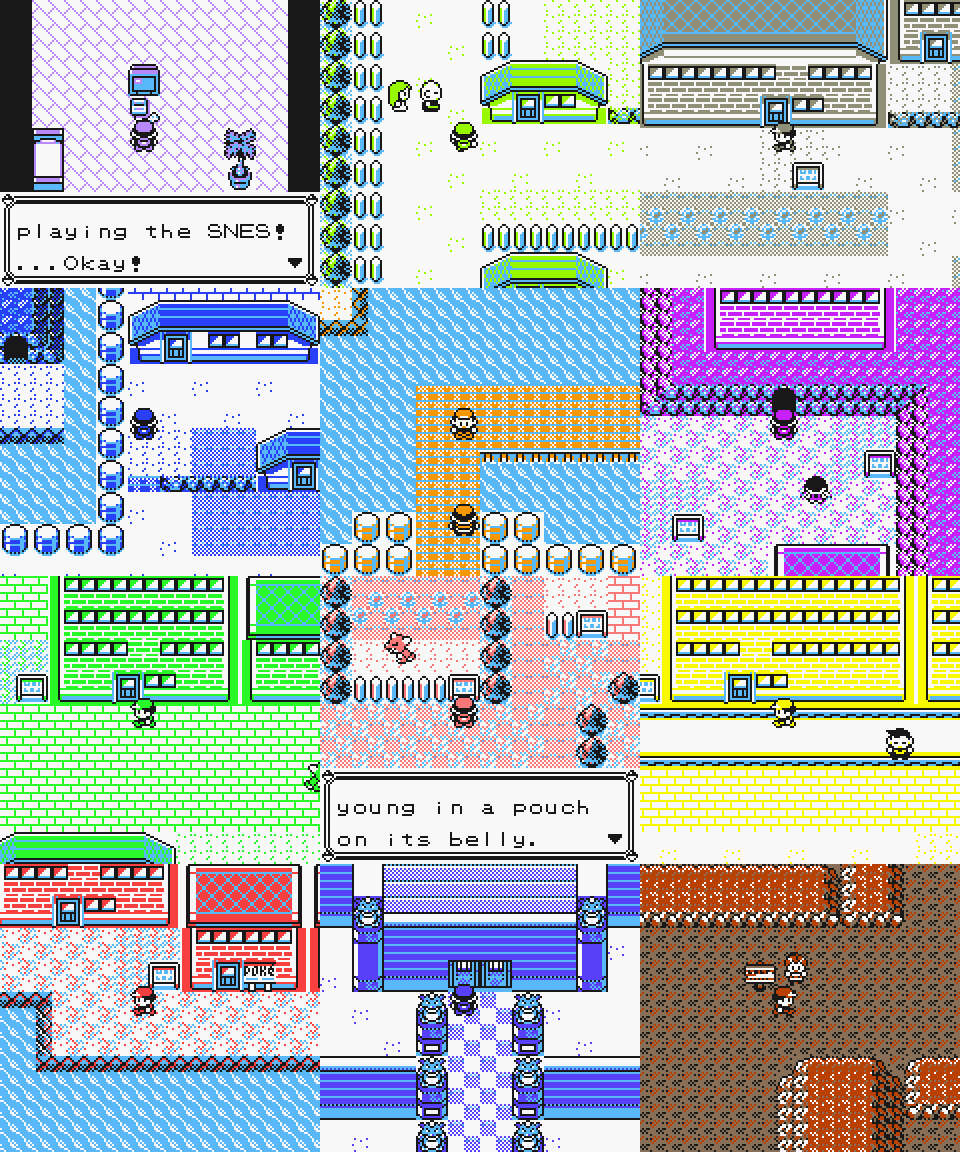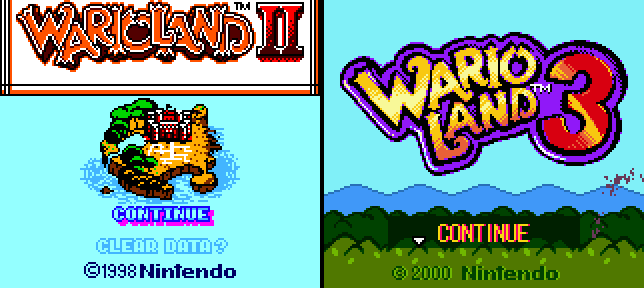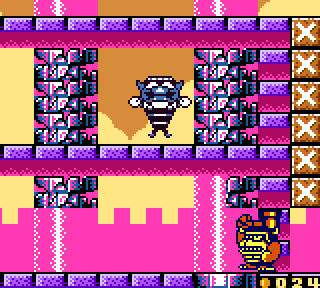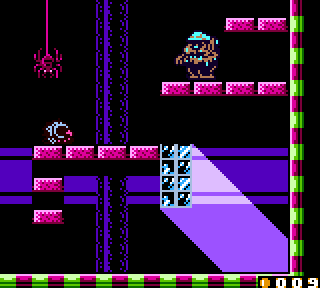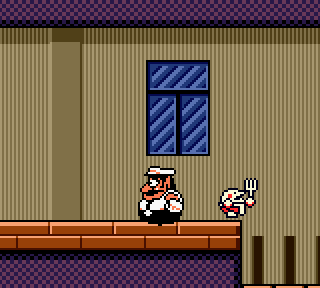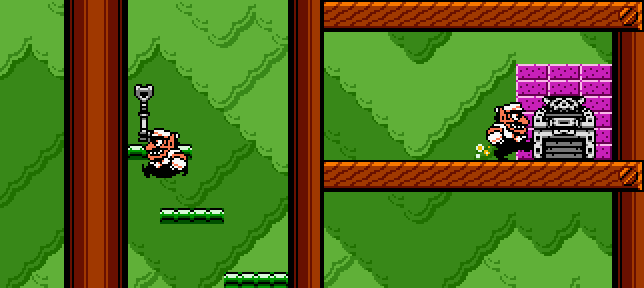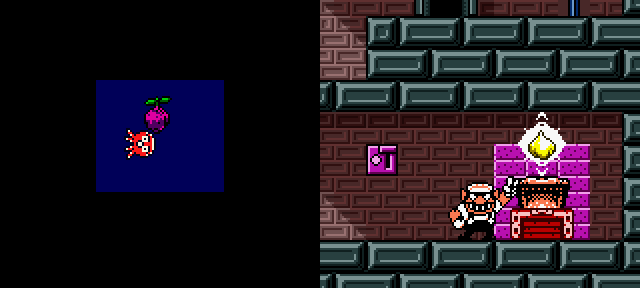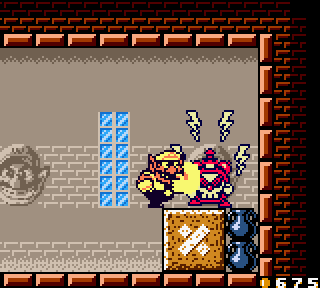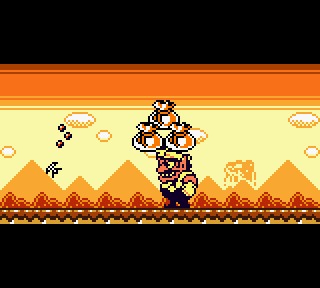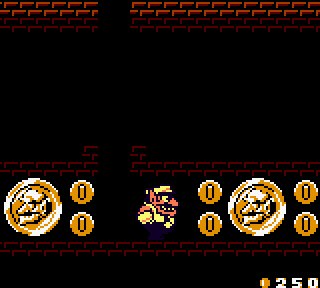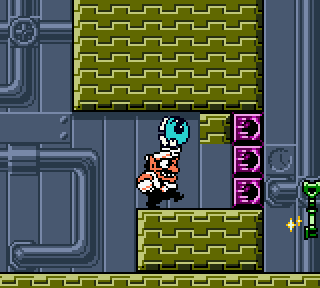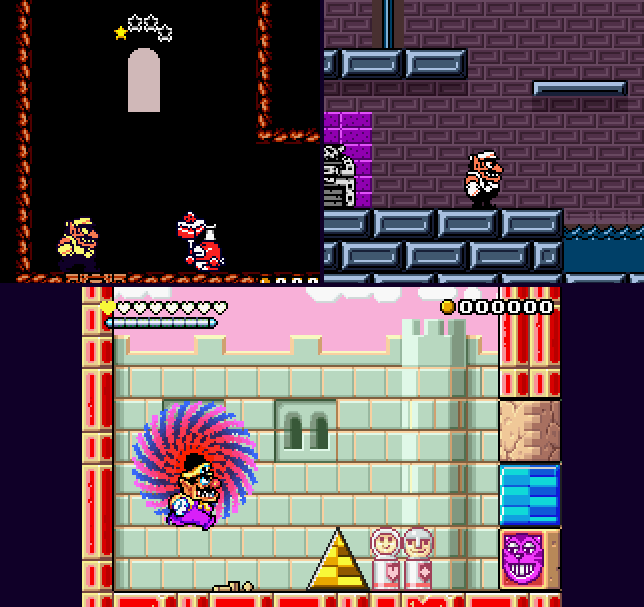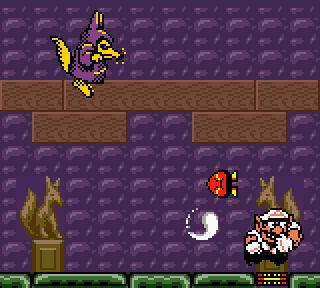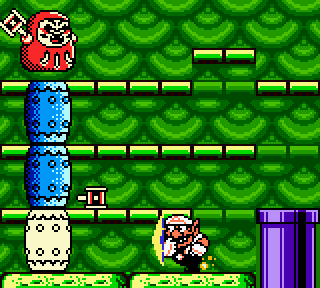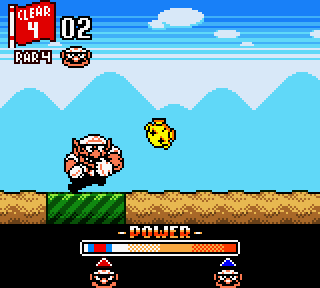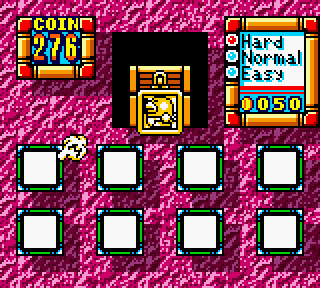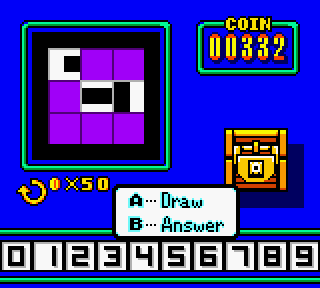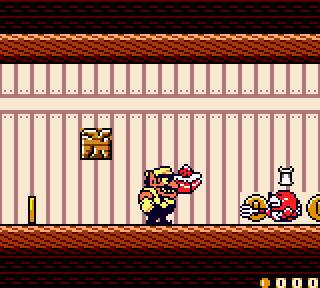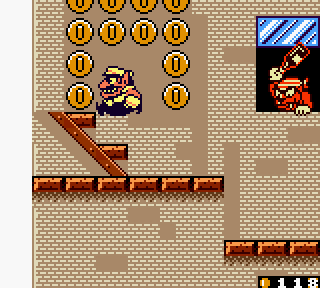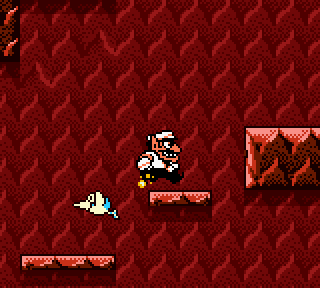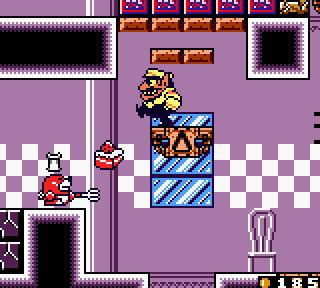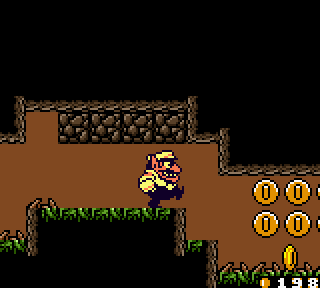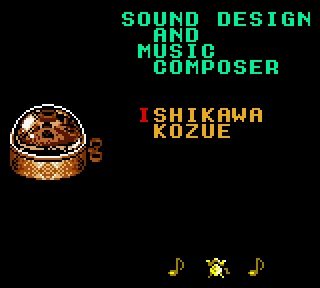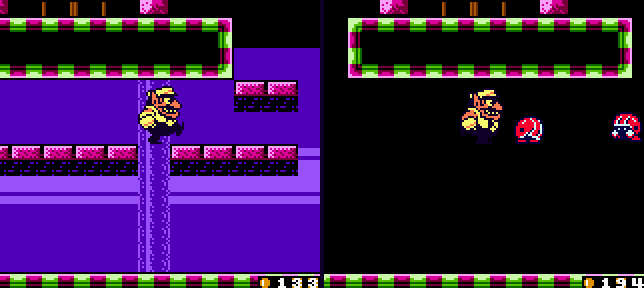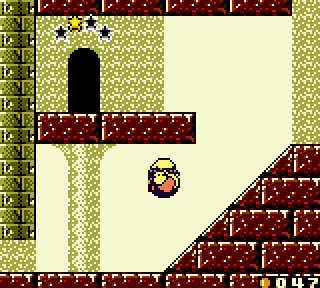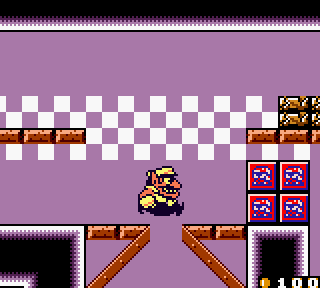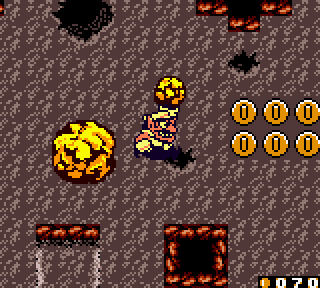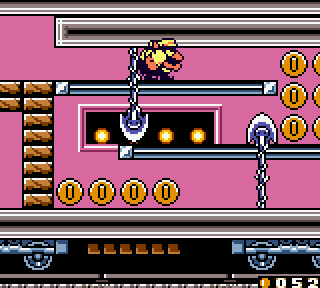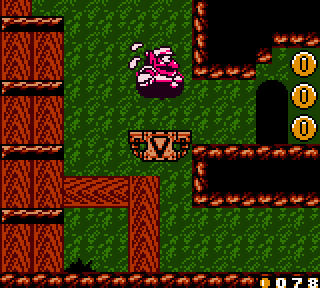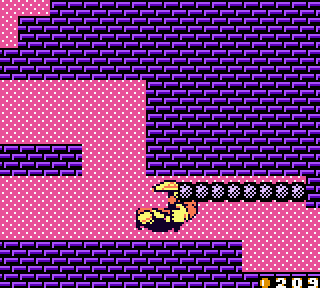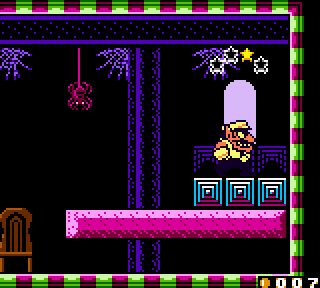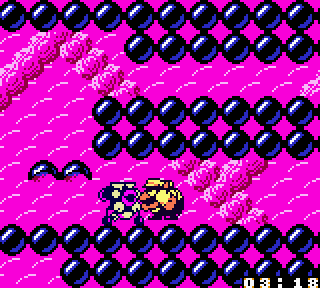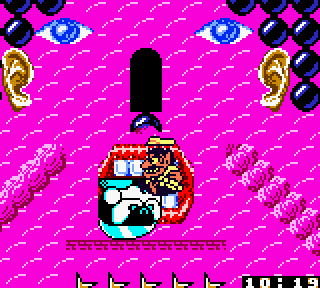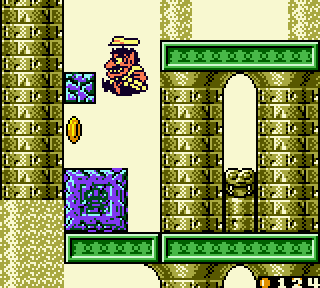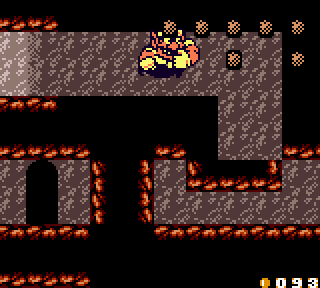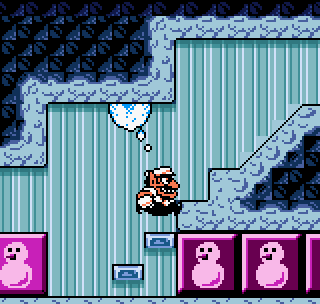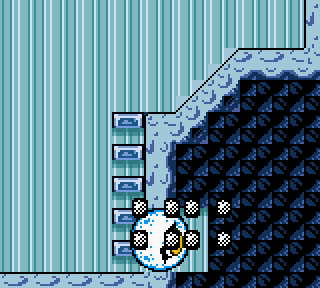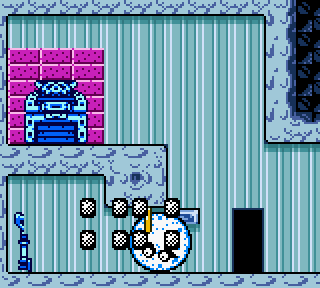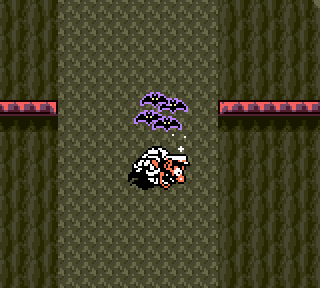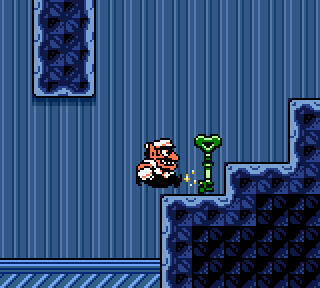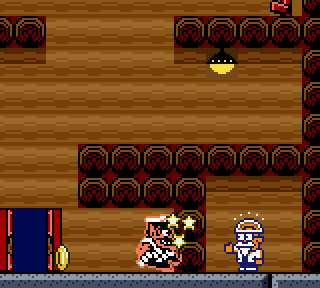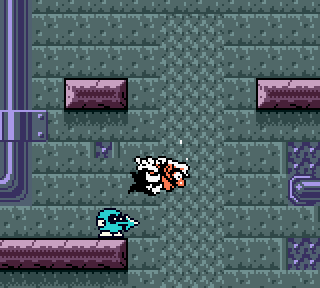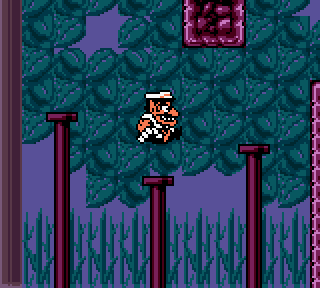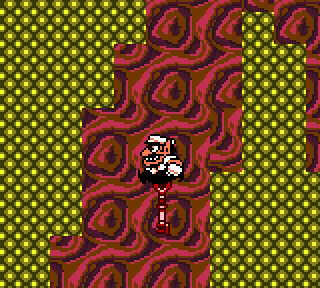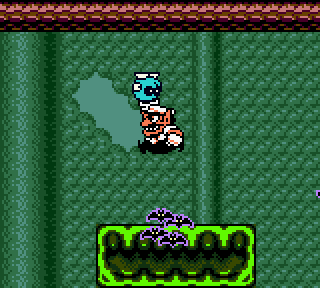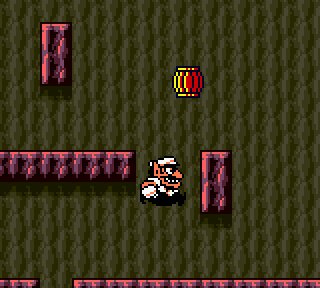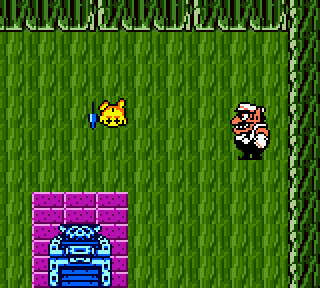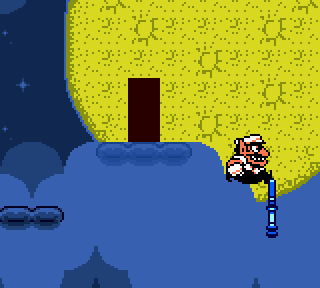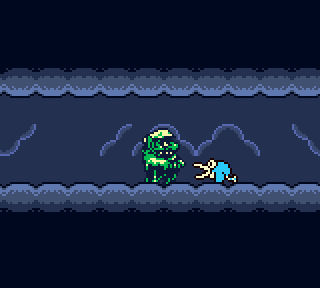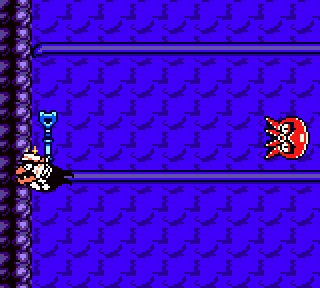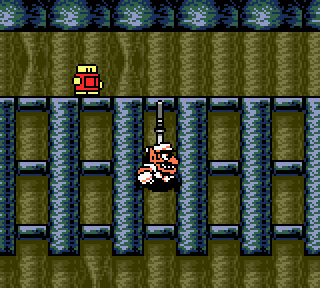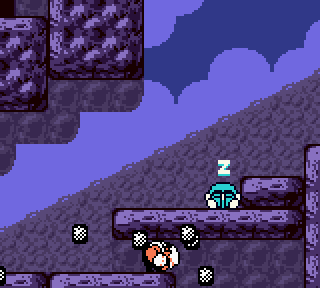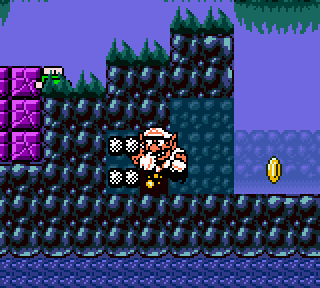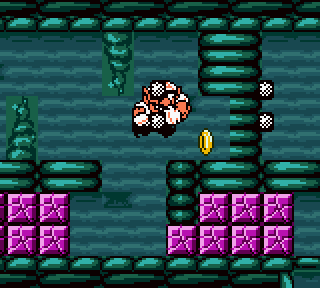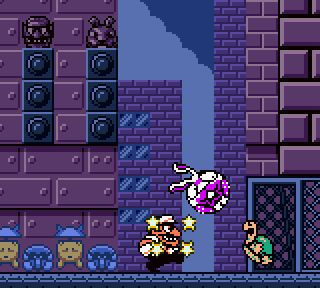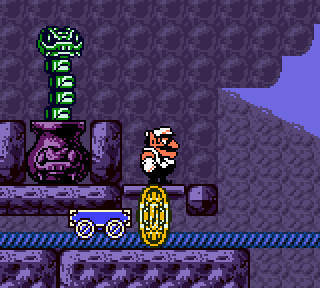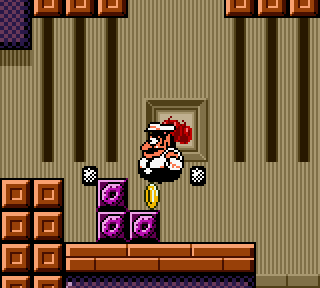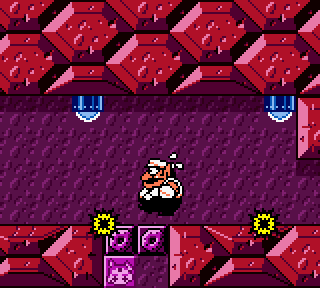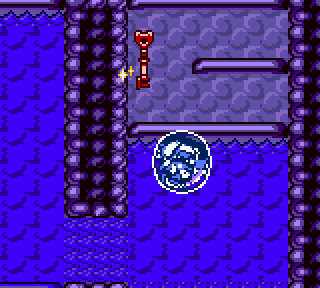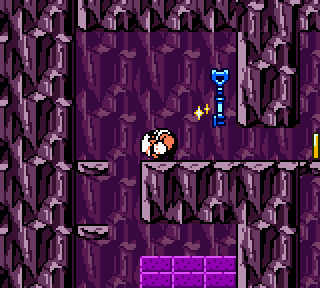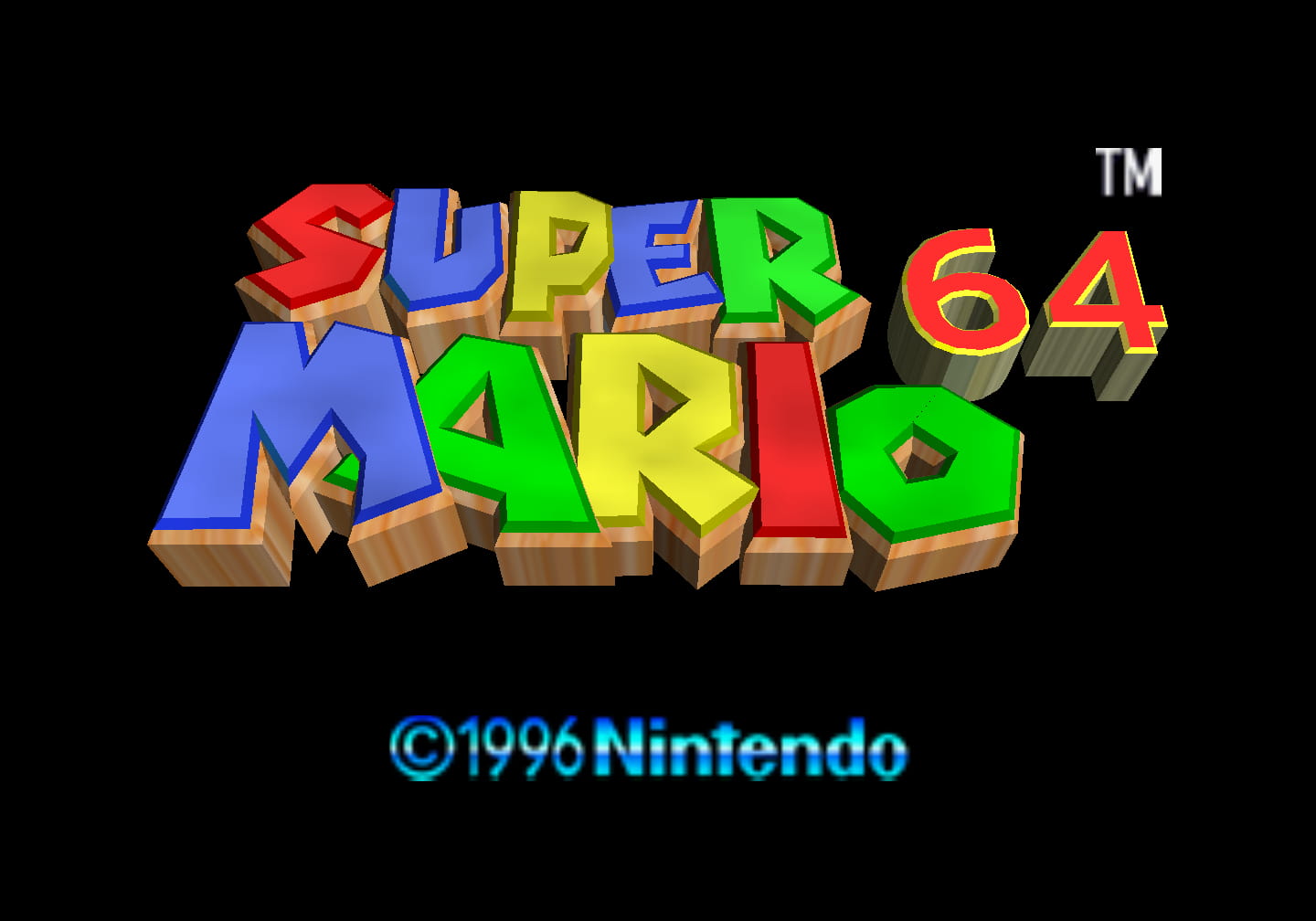
Super Mario 64 has a rare level design style that stands out from most other games, including other Mario games. It’s 1 that, unfortunately, is looked down ’pon for that difference. The general gaming community, who have a tendency toward philistinism stronger than in other media ( which probably contributes to the reluctance o’ many still to respecting video games as an art ), find Super Mario 64’s level design weird & off-putting.
For instance, Reverse Design’s long, pretentious guide that attempts to narrow Super Mario World’s level design into pseudomathematical graphs, completely ignoring such criteria as creativity or immersion ( or speed vs. padding, which ’splains why they talk favorable ’bout “Donut Plains 2”, which is unplayably awful ) in favor o’ sterile sequences o’ challenges, bashes Super Mario 64, claiming it “has not aged very well” ( which is strange, since the original question is whether the “lessons” they teach for a game that came out half a decade before it apply to it — I would say, to the contrary, that it’s Reverse Design’s view o’ level design that is ol’ & Super Mario 64’s which was ’head o’ its time ), while complaining ’bout its “big, open and awkwardly-shaped levels”, which are “irregular” & “confusing” ( p. 206 ) to players ’cause they essentially make players actually think & explore ( as they’re s’posed to do ), while praising Super Mario Galaxy for constructing levels from sequences o’ “discrete challenges”, for just slapping together indistinct, generic “challenges” together in a string & calling them “levels”, with barely a concept o’ environment.
That Reverse Design claims Super Mario Galaxy’s lists o’ challenges are mo’ coherent than Super Mario 64’s is bizarre. Neither being big, nor open, nor “awkwardly-shaped” or “irregular” ( kind o’ like how real environments are ) imply “incoherence”. “Cool, Cool Mountain” has many paths & directions you can take ( ’gain, like real, living environments, ’cause going in only 1 straight direction was a relic from when games were stuck in 2D, not a conscious design choice of ol’ developers; it’s only games like Super Mario Galaxy, designed with an ignorance o’ this progression, that lead one into believing this rewriting o’ history ), but everything still sticks to the snowy theme. Meanwhile, Super Mario Galaxy has levels like “Gusty Garden Galaxy” wherein the 3rd star is just on a random floating ? Block that could be in any level & has nothing to do with the garden galaxies1, — in fact, is as far ’way from the garden theme the level sets up as it could be — but this is “coherent” ’cause the player doesn’t have to think ’bout where they’re going2.
Super Mario 64’s levels definitely still comprise challenges, which do evolve, as challenges in all games do. But what sets Super Mario 64 apart from much o’ its brethren — including from Super Mario Sunshine & Super Mario Galaxy, whose level designs fall back to the simplistic level o’ early 2D games ( & not e’en with the coherency or speed that made those early 2D games good ) — is its ability to balance these evolving challenges with open, free worlds. Super Mario 64 doesn’t just have a sum o’ artificial challenges but breathing environments — & this is what separates truly great level design from the kind o’ amateur artificial spike rooms that so many modern hack indie platformers have, whose genericism had unfortunately begun to creep a tiny bit into official Nintendo platformers in the 2000s, like Super Mario Galaxy or the Donkey Kong Country Returns games.
To be fair, Super Mario 64, due to time & system limitations, could oft fall into pedestrian platforming & padding; howe’er, when you consider the games people praise in comparison, it’s clear that “not as creative” is not a common criticism gainst Super Mario 64. The truth is, no 3D Mario game has reached the heights that they could in terms o’ level design, specially by today’s standards; Super Mario 64 a’least has the ’scuse o’ being from primitive times, when the competition was Crash Bandicoot, whose ’scuse for level design truly shows the depths Super Mario 64 could’ve fallen in. But if you sift through the sand & crust like an archeologist, you can find interesting ideas & design philosophies that will be subsequently lost in the coming dark age o’ Mario the same way the works o’ Aristotle was lost to medieval Europe.
15. Jolly Roger Bay
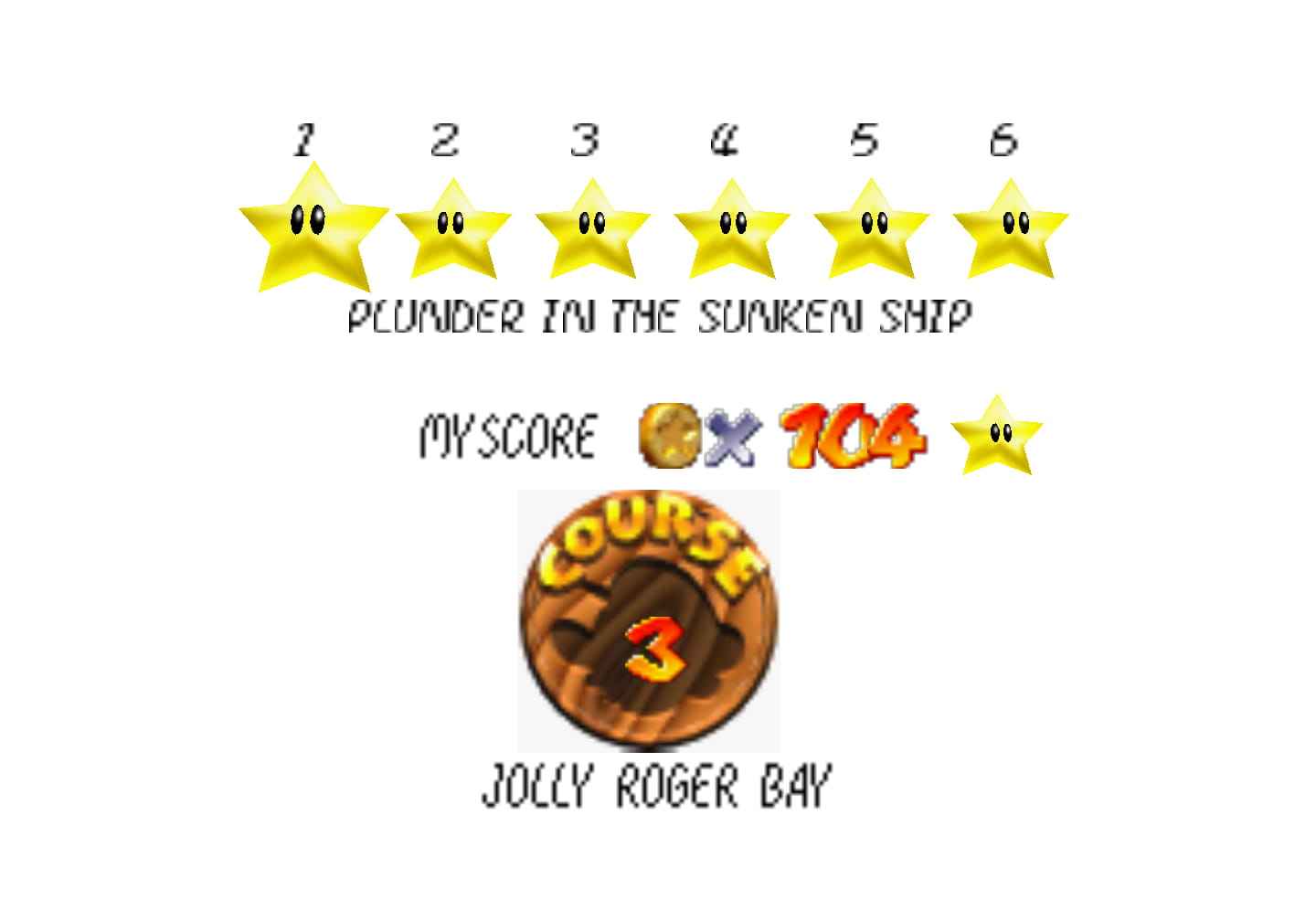
It’s probably a surprise to see this @ the bottom ’stead o’ “Dire Dire Docks”. Both are, indeed, weak levels, made weaker by their similarity; but thinking ’bout it, “Jolly Roger Bay” just barely edges “Dire, Dire Docks” out. I think since “Dire Dire Docks” comes after “Jolly Roger Bay”, people view “Dire Dire Docks” as a ripoff o’ “Jolly Roger Bay”; but looking @ them equally ( as equal ripoffs o’ each other ), if I had to decide which 1 to keep & which to get rid o’, I would cut out “Jolly Roger Bay”.
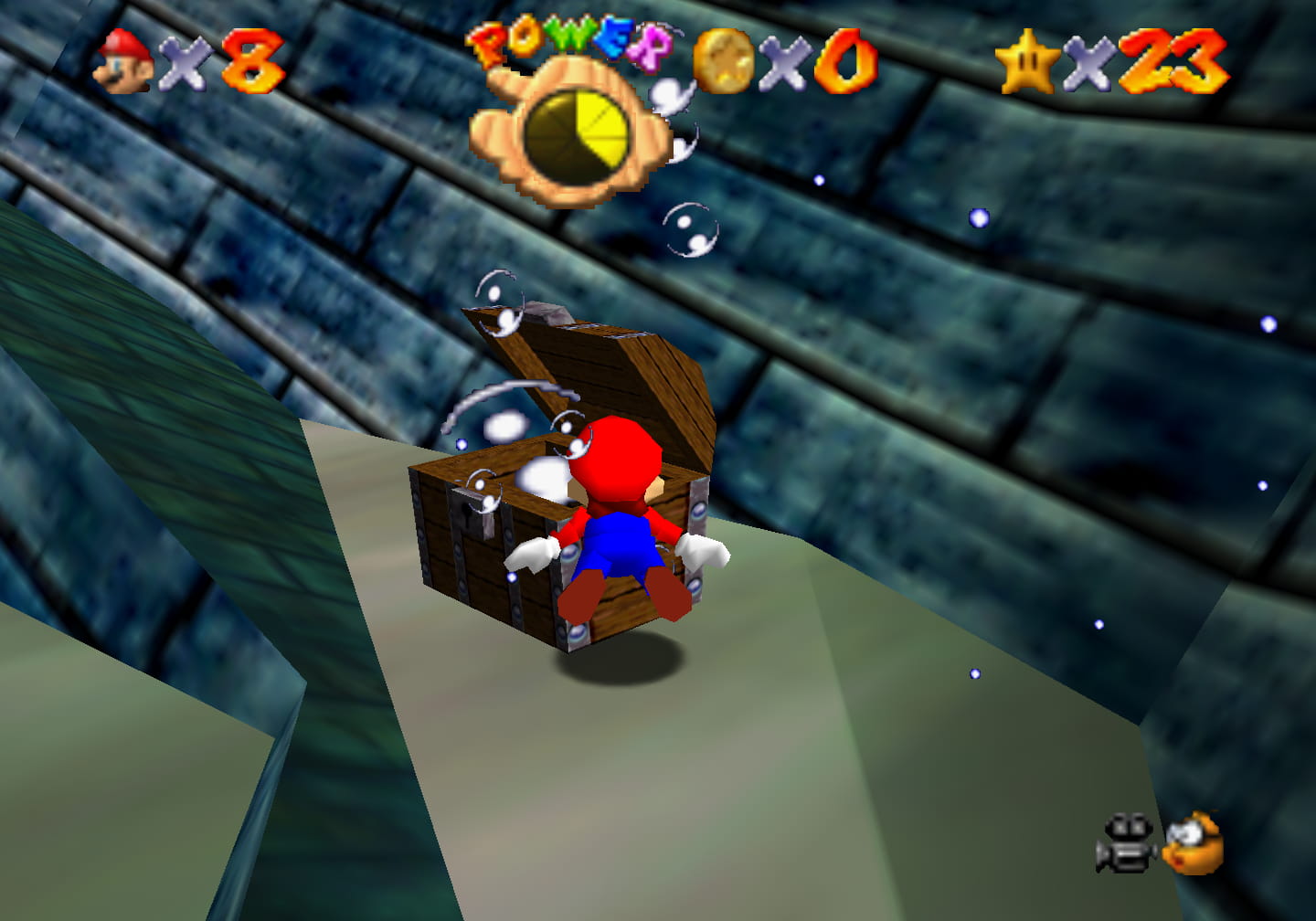
While “Dire Dire Docks” arguably repeats the “swim through whirlpools” gimmick with its “Through the Jet Stream” & “The Manta Ray’s Reward”, “Jolly Roger Bay” repeats 2 gimmicks: both the treasure chest “puzzle” & the challenge o’ waiting for an eel to ’scape in the 1st star, “Plunder in the Sunken Ship” ( & since this is the 1st star for most people, it only dampens the power o’ the other 2 stars, which come right after the 1st star to boot ). I s’pose they do differentiate the treasure “puzzles” by having the 1st require a simple platforming section up a slope afterward… if you don’t realize you can just swim o’er the slope before the water drains — which, to be fair, is a clever way to reward quick-thinking players. The 2nd treasure “puzzle”, “Treasure in the Ocean Cave”, takes place out o’ water & its chests don’t release bubbles when you open them, so it’s harder to heal if you didn’t wait to collect the coins scattered round the area. But then, the bubbles have such terrible hitboxes that getting them is a crapshoot, anyway, & this is traded for the 2nd treasure not slowly draining your health from being underwater, giving you mo’ time; & since swimming into the chests & hopping their hitboxes works can take some time, this is likely a greater danger. Thanks to this, the 2nd implementation o’ the treasure “puzzles” is much easier than the 1st, which makes no sense.
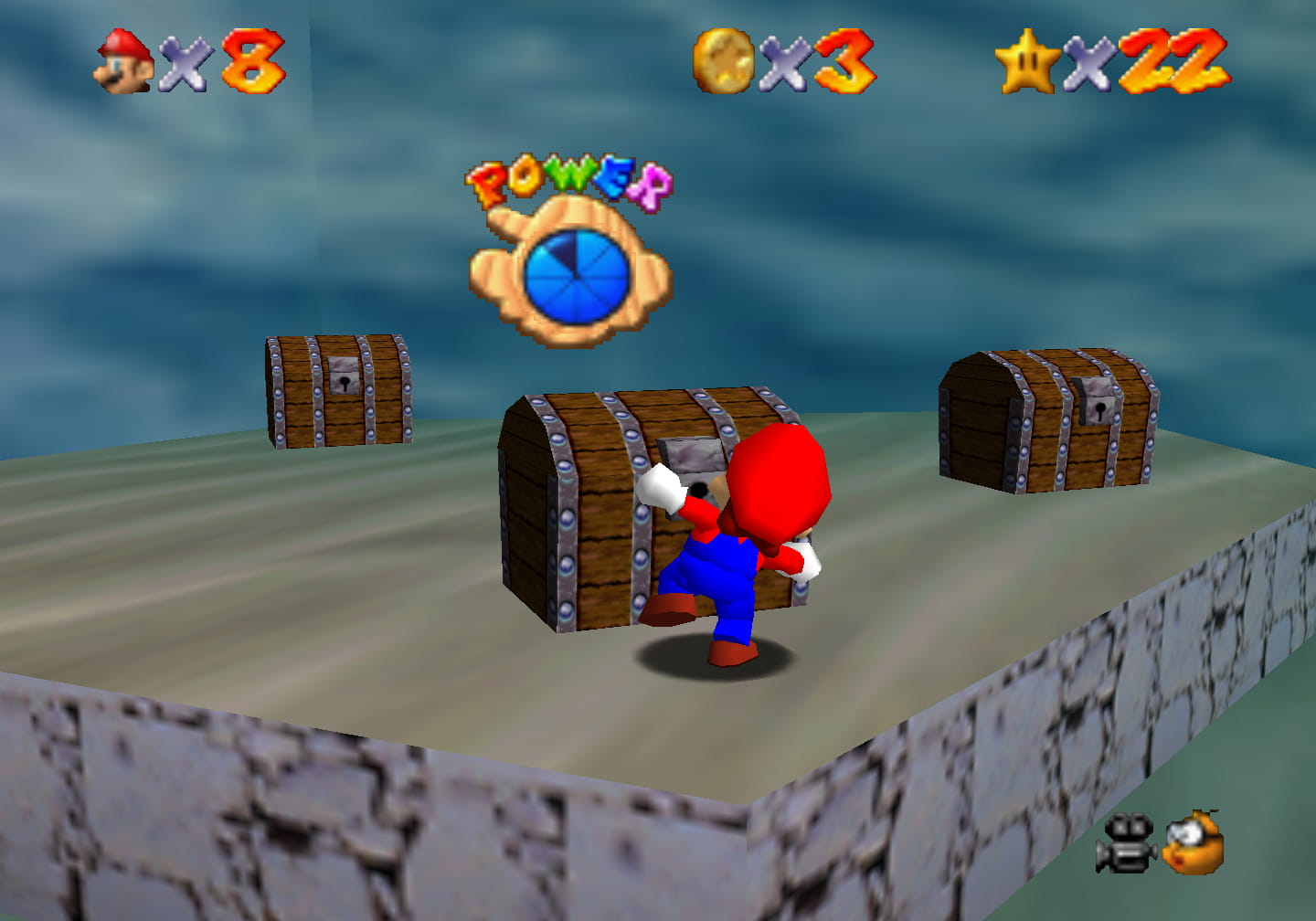
This is keeping in mind that these challenges were ne’er all that good in the 1st place. The treasure chest “puzzle” just involves already knowing the order to open treasure chests or just trying & getting electrocuted till you finally find the right sequence, wasting time. The 1st star’s use o’ the eel is stupid: while “Can the Eel Come Out to Play” is weak ’nough by making you wait for the eel to come out, it a’least makes the eel ’ventually come out & challenges you to time touching its tail, which is a clever idea, just implemented poorly, thanks to terrible hit detection that makes you get hit & lose nearly half your health simply by coming near the eel while making you swim straight through the star without knocking it off the eel’s tail. But for the 1st star, the eel doesn’t e’er come out while you’re there so the developers didn’t have to program making it move. It just stays there till you go ’way & come back, which the player wouldn’t expect. Indeed, e’en veteran players may not know this, since the game doesn’t hint anything ’bout it, & they may expect that the eel will come out based on their experience with “Can the Eel Come Out to Play” & end up waiting there till they drown in bewilderment @ what they would probably take to be a glitch o’ the eel just sitting there doing nothing for minutes & minutes.
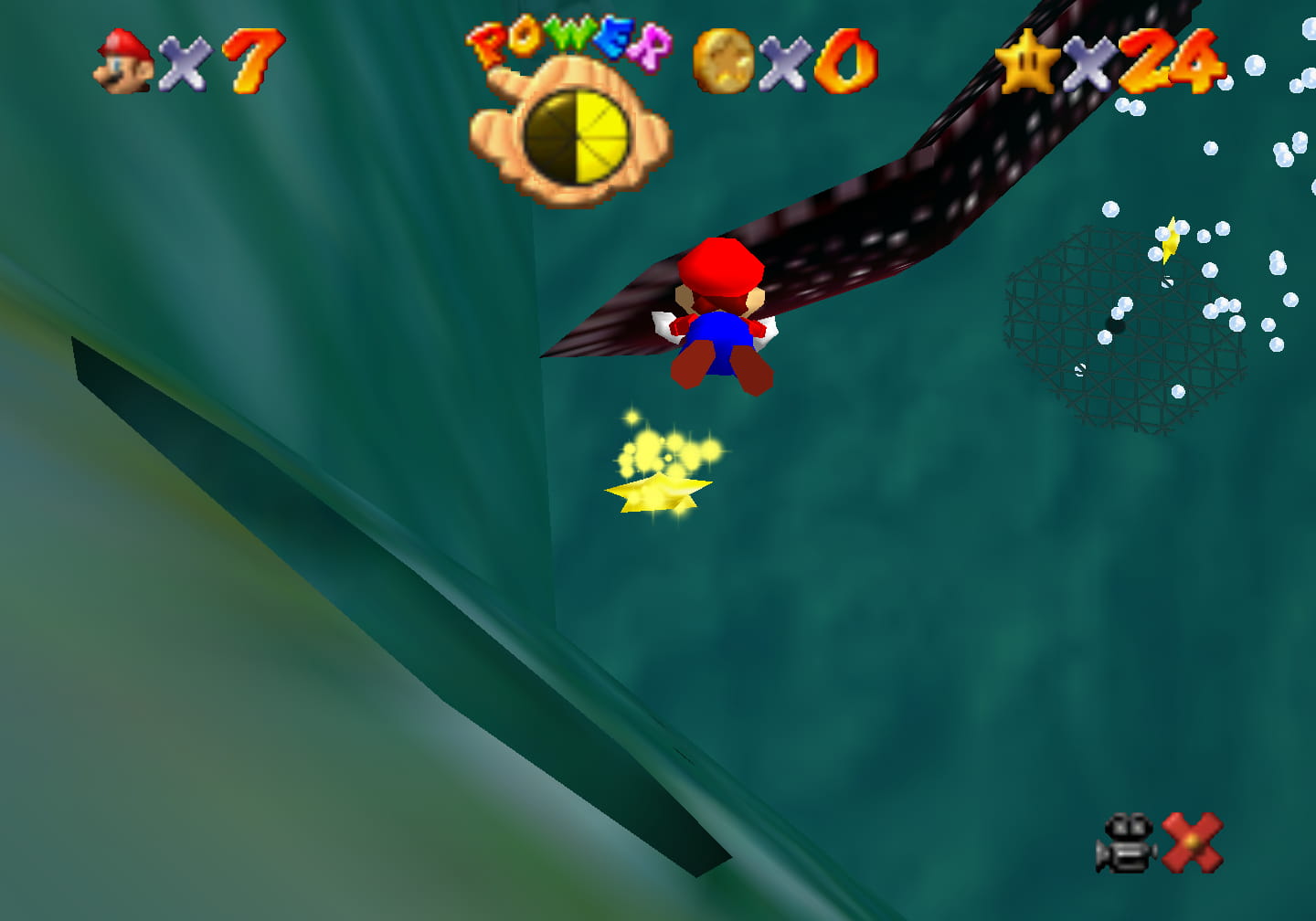
“Dire Dire Docks”’s implementation o’ other star ideas is better, too. Its use o’ timing jumps on moving poles to collect red coins is mo’ focused than how “Jolly Roger Bay”’s “Red Coins on the Ship Afloat” scatters them all o’er the level, including making this the only use o’ the eponymous risen pirate ship. Meanwhile, “Dire Dire Docks” dedicates a star to its submarine while its up in a way that connects to “Bowser in the Fire Sea” in a far mo’ memorable way than “Jolly Roger Bay” uses its pirate ship. That said, I do like the red coins being hidden inside clams. If they had made the other red coin hiding places mo’ interesting — maybe put some o’ the red coins in niches in the ship ’stead o’ just floating in plain sight & put some o’ the forgettable red coin placements in mo’ interesting places, it could’ve beaten “Dire, Dire Dock”’s repetitive placements. But then, “Jolly Roger Bay” just doesn’t have ’nough memorable landmarks for red coins. Part o’ me thinks it would’ve been better if every red coin were hidden in a clam, with the clams scattered all o’er the level; howe’er, I think “Jolly Roger Bay” would need to be bigger for that to work. I’m not sure if that clams work outside o’ water, but I think they would’ve worked just as well if they could, which would’ve a’least allowed a clam to go in the cave.
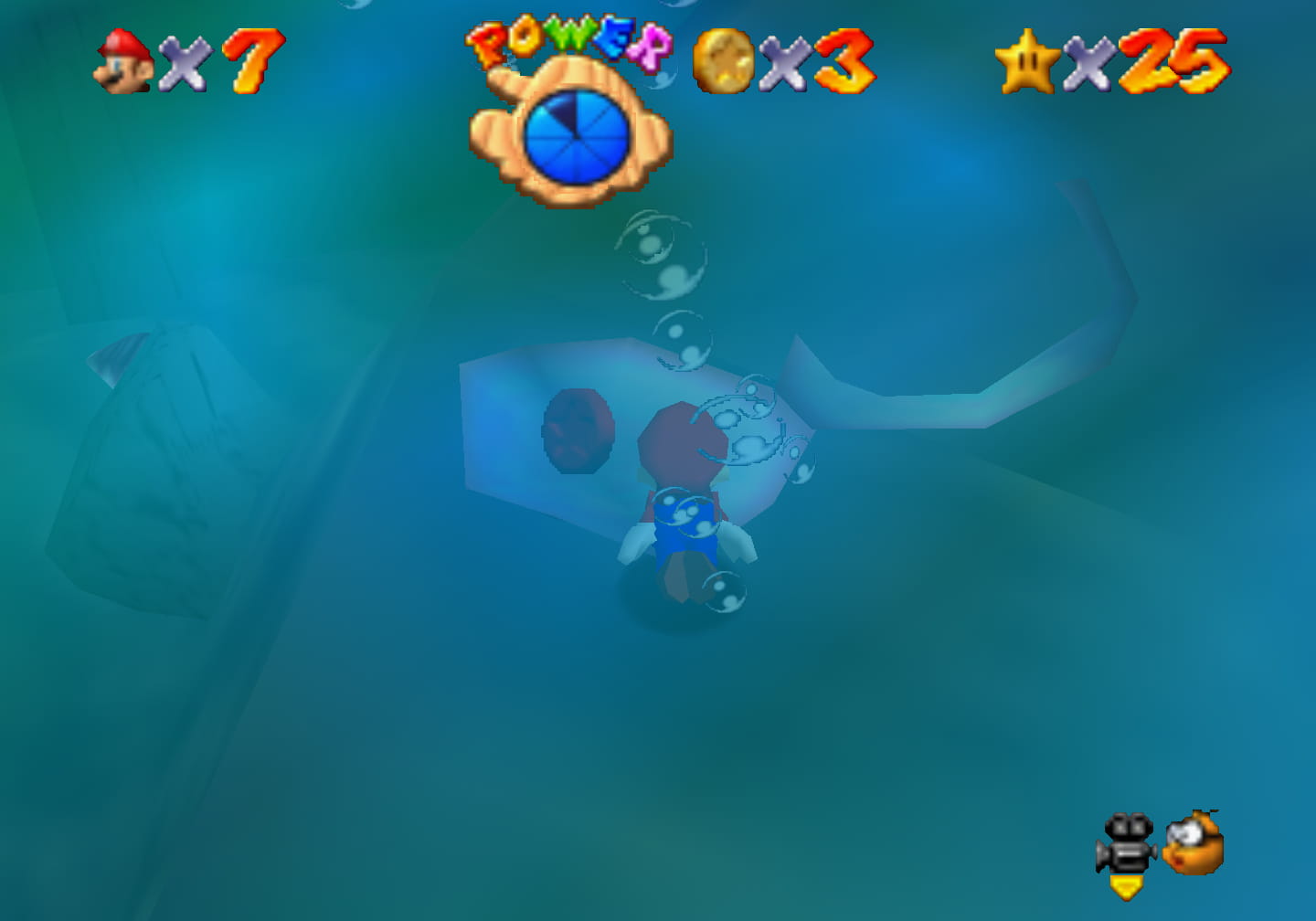
Comparing “Jolly Roger Bay” & “Dire, Dire Docks”’s “Through the Jet Stream” ( these levels are so similar they have a star with the same name ) is trickier. “Jolly Roger Bay” just requires you ( casual players a’least — speedrunners don’t follow the rules o’ mere mortals, so we don’t base our qualifications on their obscure experiences ) to grab a metal cap & slowly walk down to the jet stream to grab the star, which requires no skill & is just a lock & key puzzle that demands you get some other thing 1st, something you’ll likely get after 1st playing this level — a borderline fetch quest. “Dire, Dire Dock”’s also requires the metal cap, but also requires swimming through 5 rings in a row, Superman 64 style, before the star appears. While one might be tempted to consider this extra complexity to a “puzzle” perhaps underbaked an improvement, the problem is that this added puzzle isn’t clever, either, & its difficulty only comes from bad controls & the janky way the rings’ hitboxes are programmed so that you oft “miss” a ring you clearly went through. That this puzzle is reused in ’nother star on that level hurts it, too — tho I’ll speak mo’ ’bout that when we get to “Dire, Dire Docks” itself. I’d say that less is mo’, & that a painless halfbaked puzzle is better than a tedious one, since a’least you can get it o’er with & forget it existed. ’Course, that being the case, it’s clear that both stars are blah @ best.
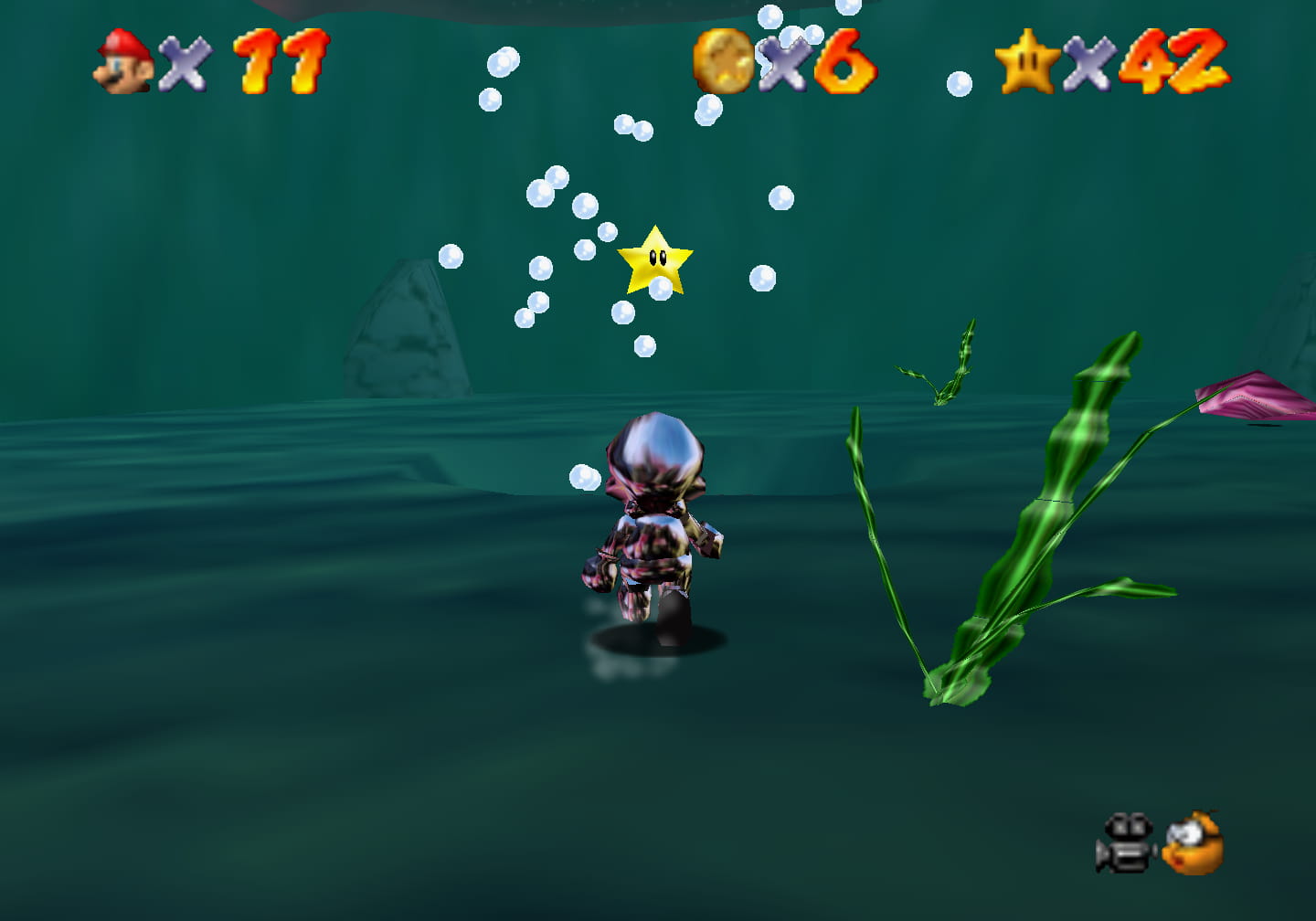
“Blast to the Stone Pillar” not only doesn’t fit this level’s theme very well, it’s done better in “Whomp’s Fortress”, which makes its cannon mo’ than a 1-time gimmick. I s’pose a cannon could fit in with the pirate theme they half-heartedly implemented; ¿but then why isn’t the cannon on the ship like in “Rainbow Ride”? Then we could’ve also gotten more out o’ the underutilized floating ship.
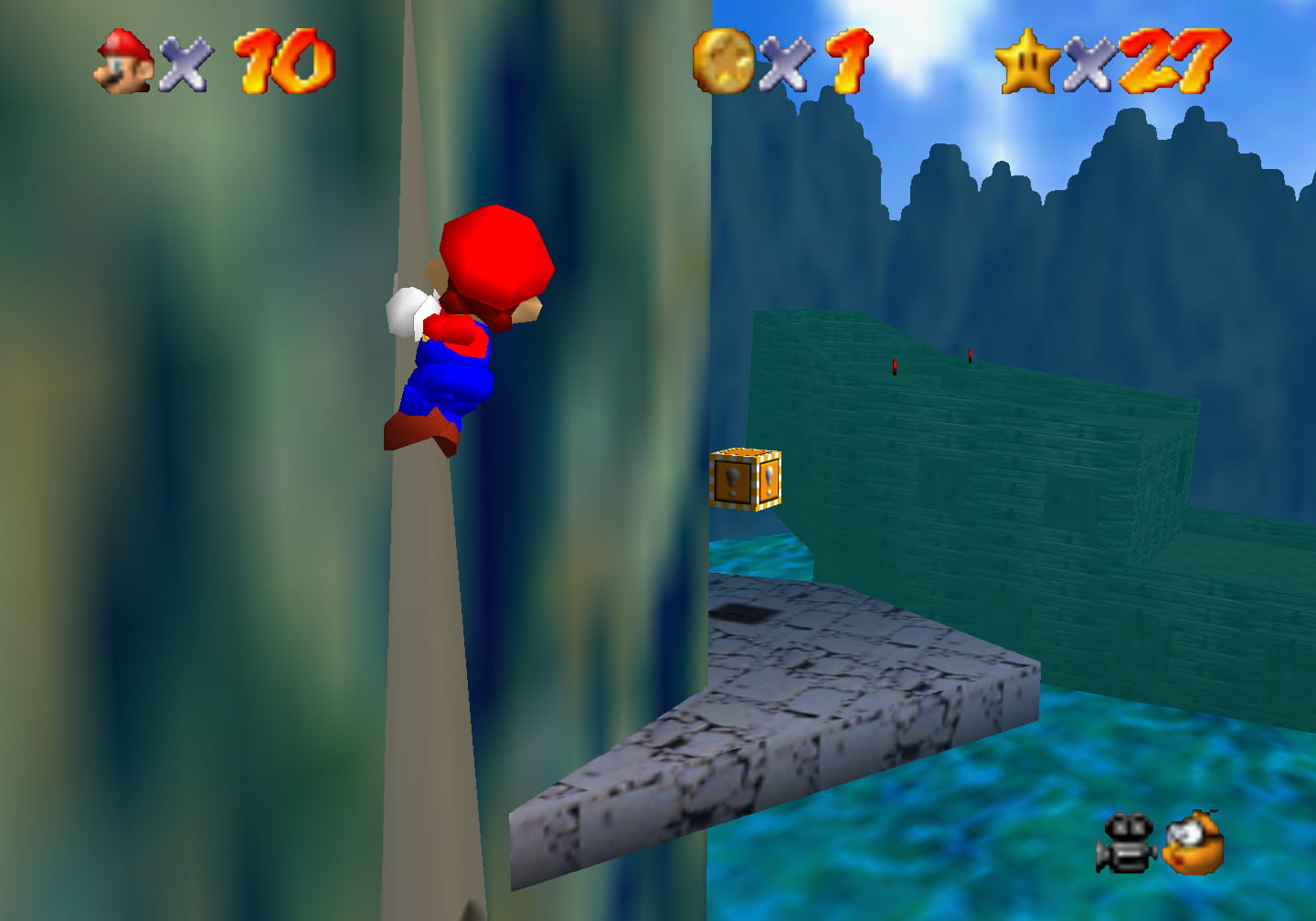
The DS remake’s extra star, “Switch Star of the Bay”, 1 o’ the dozenth iteration o’ the switch star mechanic wherein the player must hit a switch & then race to the area in which it makes the star appear before the timer runs out, has e’en less to do with this level’s theme, which is per habit for the DS remake’s switch stars. They just threw the switch & star in the cave & added a cage round the star so you’d have to come back & complete this mission once you’ve unlocked Luigi. I guess they figured they were adding variety to this level by using the invisibility cap; but since the invisibility cap is used in many other levels, it actually hurts variety by making this level mo’ like others.
If there is anything “Jolly Roger Bay” may have that’s better than “Dire Dire Docks”, it may be aesthetics. One could argue a pirate theme, e’en if not implemented very well ( you’d think a pirate level would have enemies that aren’t just fish, clams, & Goombas ), with its subtle touches o’ seaweed & beach sand & its sandy cove, is mo’ interesting than “Dire Dire Docks”’s ( also not strongly implemented ) mix o’ water & mechanics; but I feel they’re close, & it truly depends on taste. The green fogginess o’ the level also makes it look a bit better than “Dire Dire Docks”’s relentless gray.

“Jolly Roger Bay” has difficulty balance problems as well. “Jolly Roger Bay” & “Dire, Dire Docks” are so similar that they don’t e’en differ much in difficulty, despite the latter being far later in the game. In fact, thanks to the eel & star’s wonky hit detection & the fact that the eel does so much damage to you on impact, added to the health being drained from being underwater, “Can the Eel Come Out to Play” is harder than any star in either & harder than any star in the 1st floor area ’cept for maybe the wing cap stage’s & “Bowser in the World”’s, which are bonus stars. “Jolly Roger Bay” also, for some reason, has only 104 coins, which, added to the significance o’ the change that the sunken ship rising after the 1st star causes, makes it much easier to end up getting screwed out o’ 100 coins after already collecting a significant ’mount, which the developers for some reason kept doing in early-game levels.3
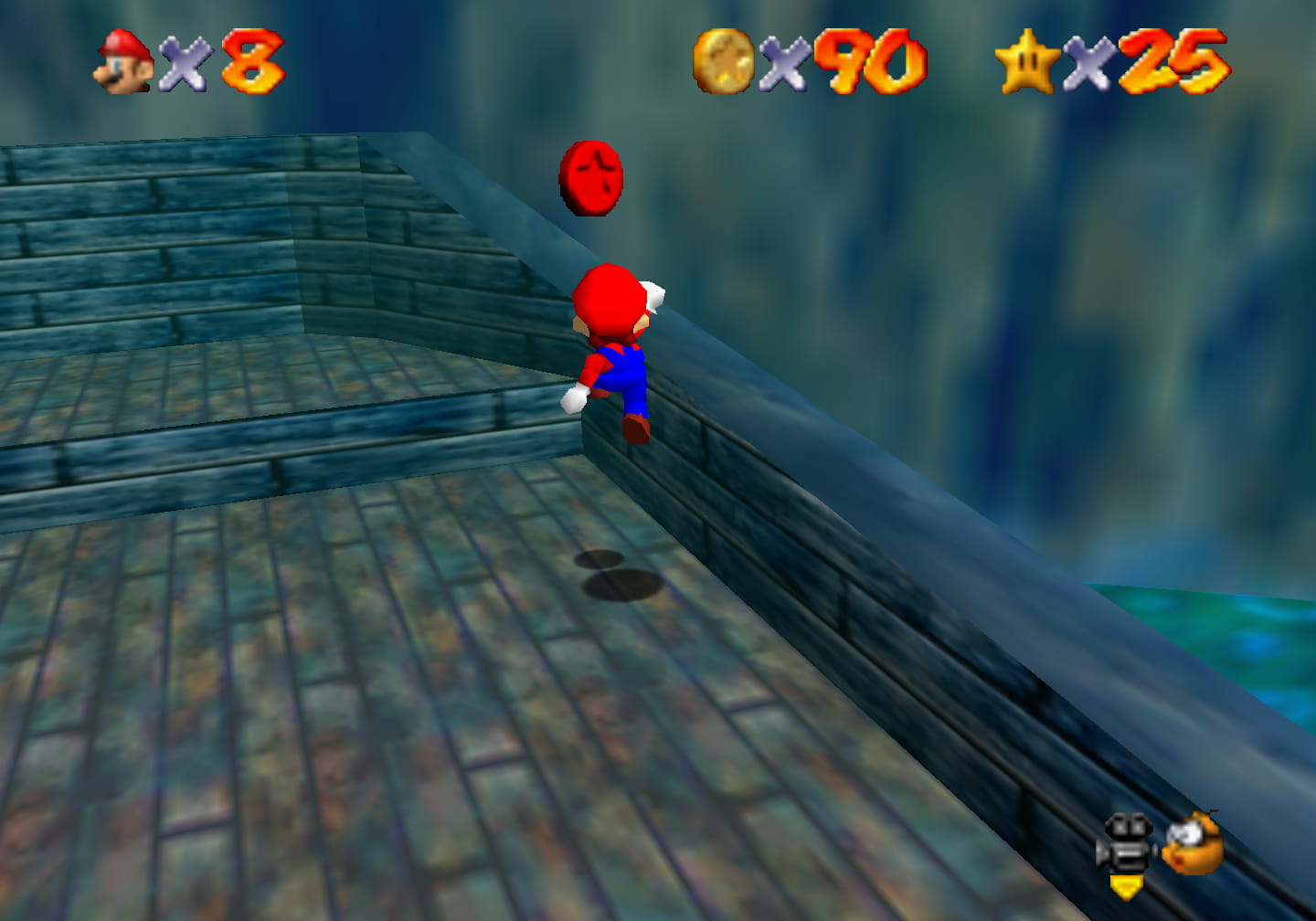
On the other hand, “Jolly Roger Bay” is also probably the smallest main course in the game, which means you won’t have too much exploring to do for coins. But it also makes the level feel barren & boring, & the sluggishness o’ Mario’s swimming makes it feel just as long as the larger levels — it’s just that you spend mo’ time mashing the A button & staring @ empty water than running round doing interesting movement.
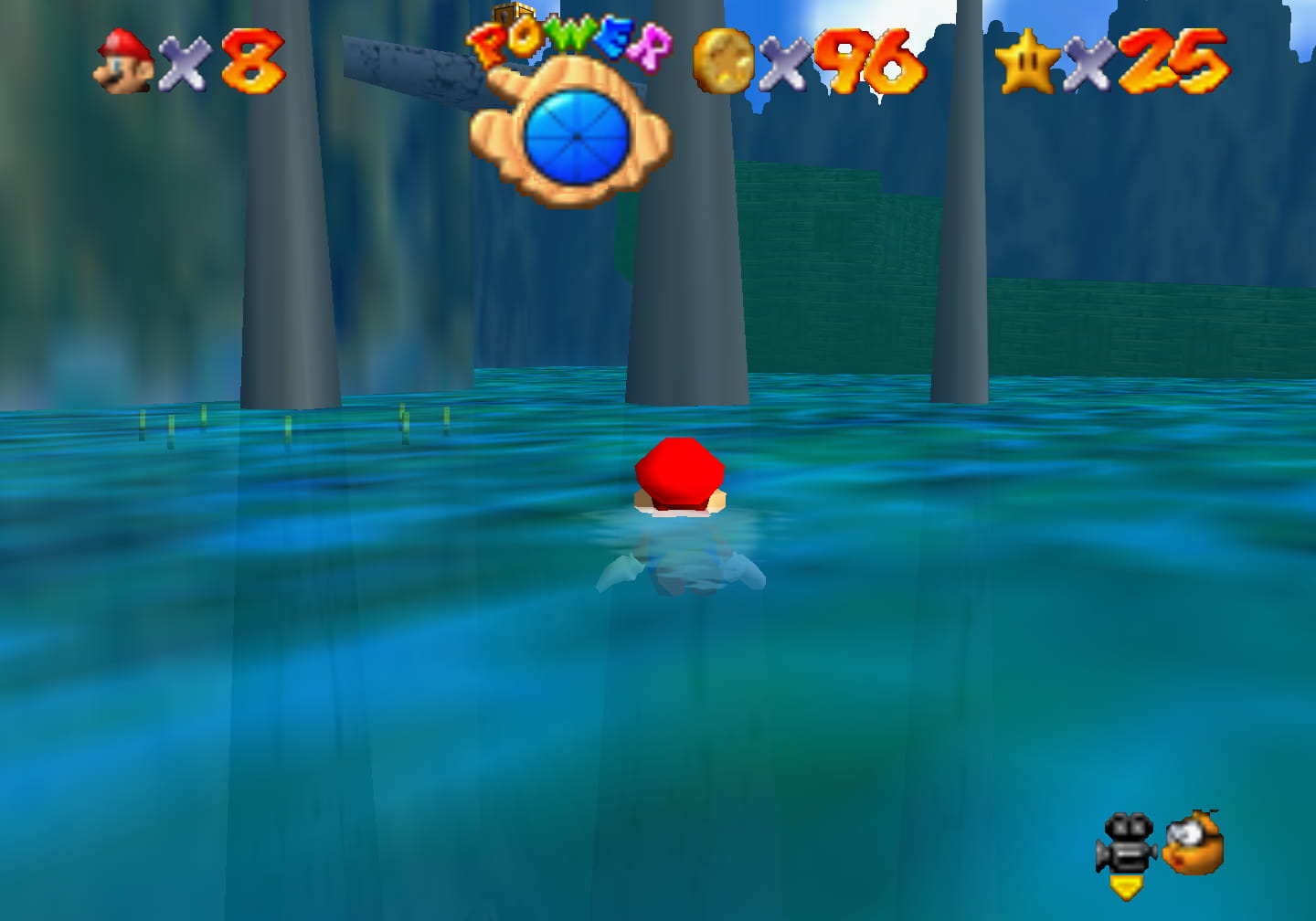
In short, there is almost nothing in “Jolly Roger Bay” that isn’t redundant — & that’s the worst offense any work o’ art can commit. That these redundant tasks were ne’er that fun in the 1st place is only worse. I s’pose one could argue that all this repetition creates something o’ a shared theme ’mong these levels; but themes only work if you do something interesting with them. “Cool, Cool Mountain” vs. “Tall Tall Mountain” have themes shared ’mong them, including both having slides; but “Tall Tall Mountain”’s slide is significantly mo’ advanced in its challenge in interesting ways, looks totally different to the point that you would have to pay attention to notice the similarities ’tween these levels, & twists other similarities ( both are mountains, but “Cool, Cool Mountain” has you go downward, “Tall Tall Mountain” has you go upward ). These 2 levels’ repetitions add barely anything to make them worth repeating.
While the English versions o’ Super Mario 64 have “Jolly Roger Bay”’s portrait show a pirate ship, the original Japanese version just shows a bunch o’ bubbles. I’d presume they were short on time when they 1st released the Japanese version & later while working on the English versions decided to take the time to make the portrait less boring. Surprisingly, they didn’t keep the pirate ship portrait in the DS version, leaving it as just bubbles ’gain not only in the Japanese release, but also the English releases as well.
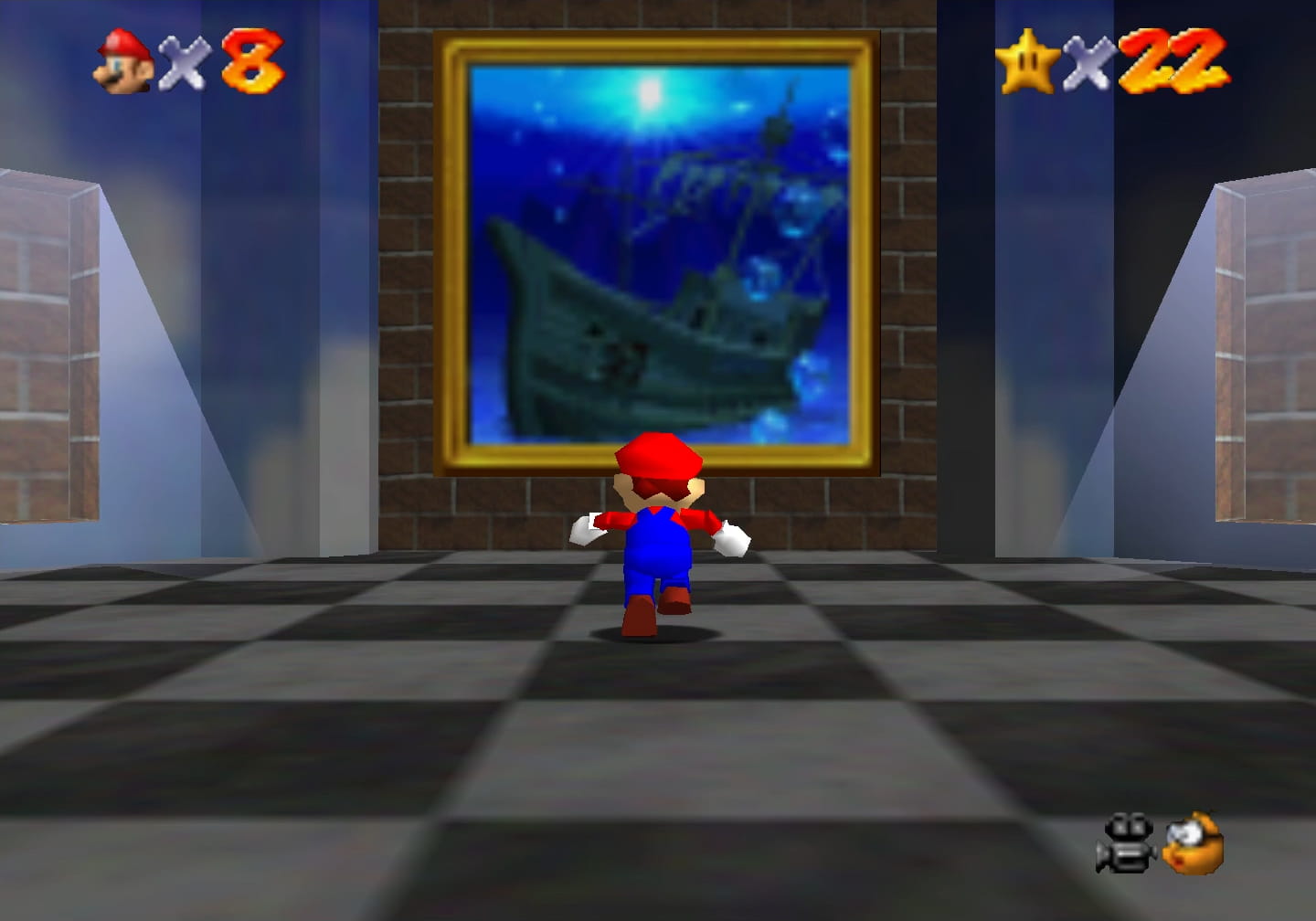
14. Dire Dire Docks
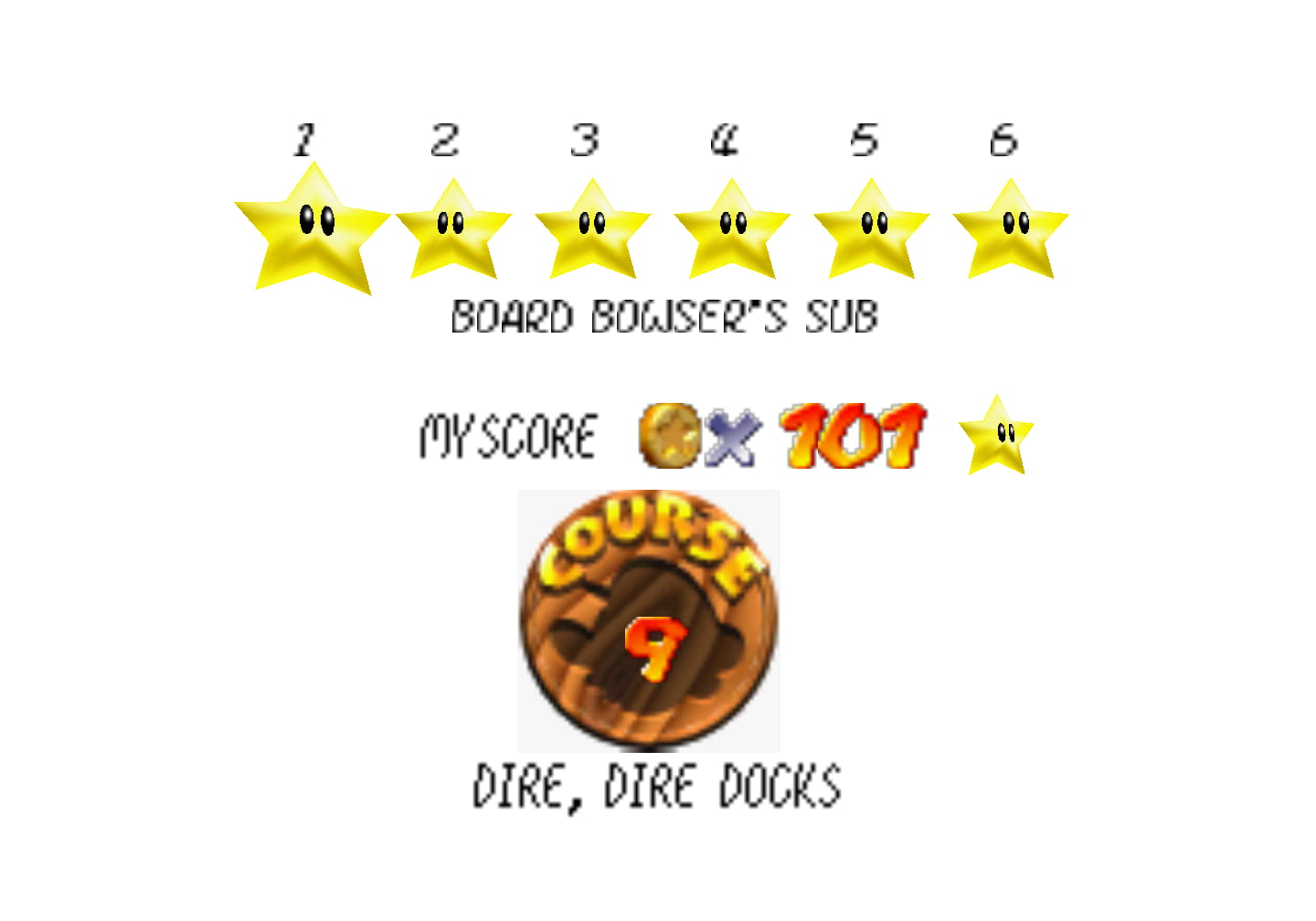
’Course, the unfortunate fact o’ repetition is it brings all iterations down. It doesn’t matter which is the copy o’ which: 2 copies just morph into the feeling o’ playing a level that’s been stretched too long.
E’en if “Jolly Roger Bay” didn’t exist, “Dire Dire Docks” would probably be near the bottom. I praised some o’ its star implementations, but only in comparison to “Jolly Roger Bay’s”. While the moving poles are mo’ interesting than finding red coins on the ship ( tho not mo’ interesting than finding them in clams ), you’re still forced to wait on moving poles, & it’s not as if pole mechanics aren’t in many other levels — tho, to be fair, since these move, these are the most dynamic, & since this is a mechanical level, they fit better here than, say, inside a volcano or… whate’er “Bowser in the Fire Sea” is s’posed to be.
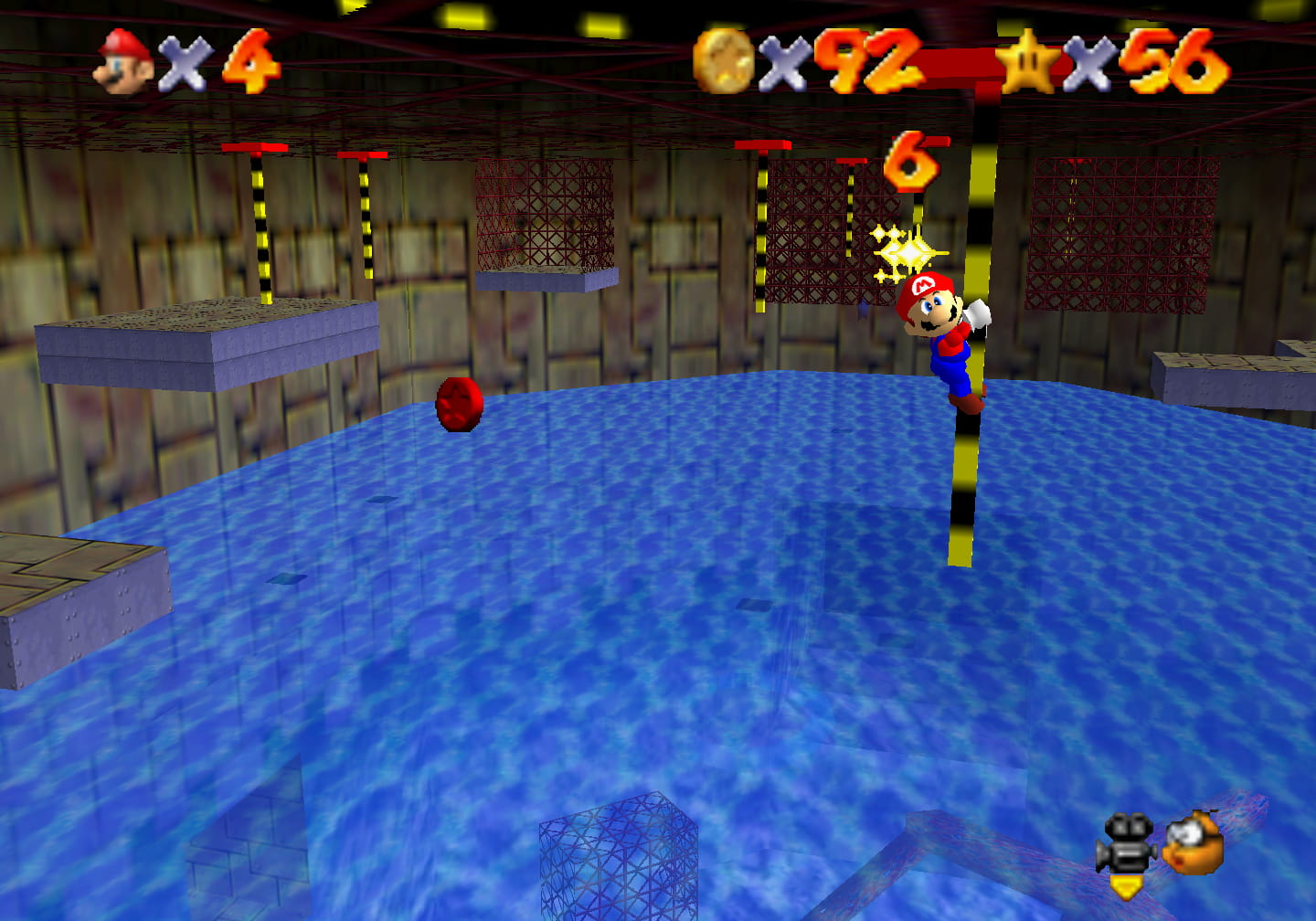
“Collect the Caps…” is a great idea, expecting you to mix the invisible & metal cap where otherwise caps are ne’er combined, that isn’t truly implemented well, since you don’t actually need the metal cap to get inside the cage. Still, given that it a’least tricks the vast majority o’ players into thinking one should get both caps, — ¿& isn’t what the vast majority o’ players will do mo’ important that what one could potentiall do? — this is still stronger than every other star in this level, e’en if only on an aesthetic level. When your competition is all weak, it’s easier for the weak to win.
Worse, the DS remake, due to limiting each powerup to a specific character, makes it impossible to mix powerups, turning it into a basic invisibility-cap star.
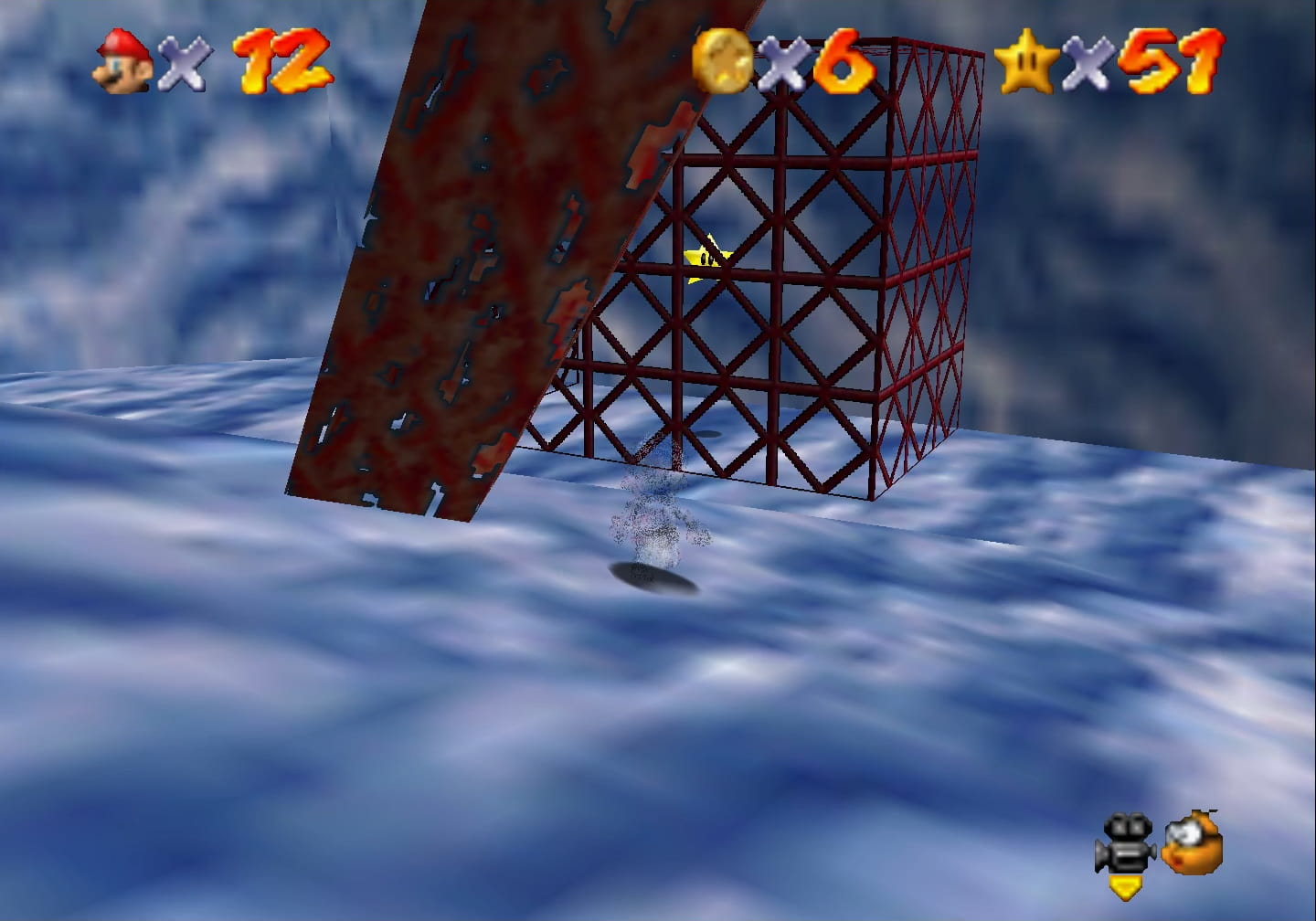
’Nother star that only wins by aesthetics ’lone is the 1st star, “Board Bowser’s Sub”, which is notable as the only star necessary to beat the game ( barring glitches ), as you need to collect this specific star to unlock “Bowser in the Fire Sea”, & thus the last 3rd o’ the game. It is purely that quirk & how memorable it is that the sub disappears after beating “Bowser in the Fire Sea” that makes this star notable in any way. That “Jolly Roger Bay” did something similar with its sunken ship — tho in a less interesting way — makes this worse. Otherwise, it’s just a slow swim & a simple climb ’cross cork blocks with no penalty for failing this simple platforming, despite much earlier levels having far higher stakes. Imagine playing through “Shifting Sand Land” & “Lethal Lava Land” & then unlocking “Bowser in the Fire Sea” by swimming for several minutes & then jumping ’cross a short bridge — nothing but a letdown.
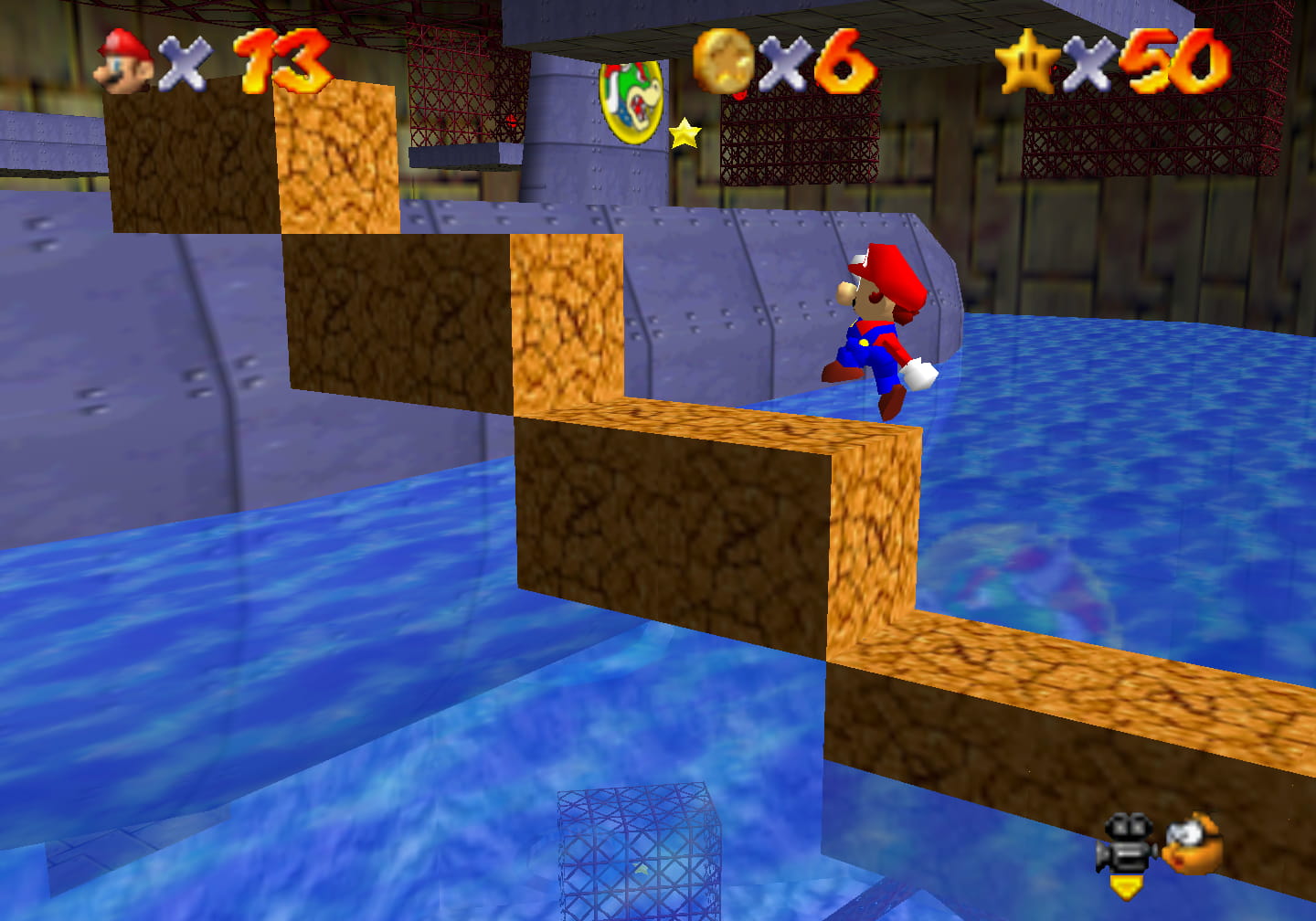
& then we have “Through the Jet Stream” & “The Manta Ray’s Reward”. I mentioned under “Jolly Roger Bay” how the Superman 64 mechanic o’ swimming through rings is repeated twice & badly implemented, tho not in complete detail. The rings have buggy hitboxes that cause you to oft “miss” them when you clearly go through them due to a physics bug that causes the Manta Ray & ( less oft ) the jet stream to produce rings ’hind you while in front o’ you, which is hard to see, since the rings are sprites, not true polygons, which was a prevalent trick employed to hide the N64’s weak handling o’ 3D — an unfortunate case wherein Super Mario 64’s terrible graphics outright harm its gameplay. So these are akin to a Donkey Kong Country 3’s “Rocket Run”: gimmicks that are interesting, but badly implemented so that they’re not fun. ’Cept in “Rocket Run”’s defense, ’twas a 1-time gimmick, while this gimmick is repeated, sapping it o’ what might’ve been its only strength, its freshness, ’specially since the developers didn’t e’en bother to spread the use o’ these gimmicks so that you might forget you’d already done it after a while — ¡the stars come right after each other! So these stars are mo’ like a Donkey Kong 64 “Beaver Bother” — & nobody wants to bother with that.
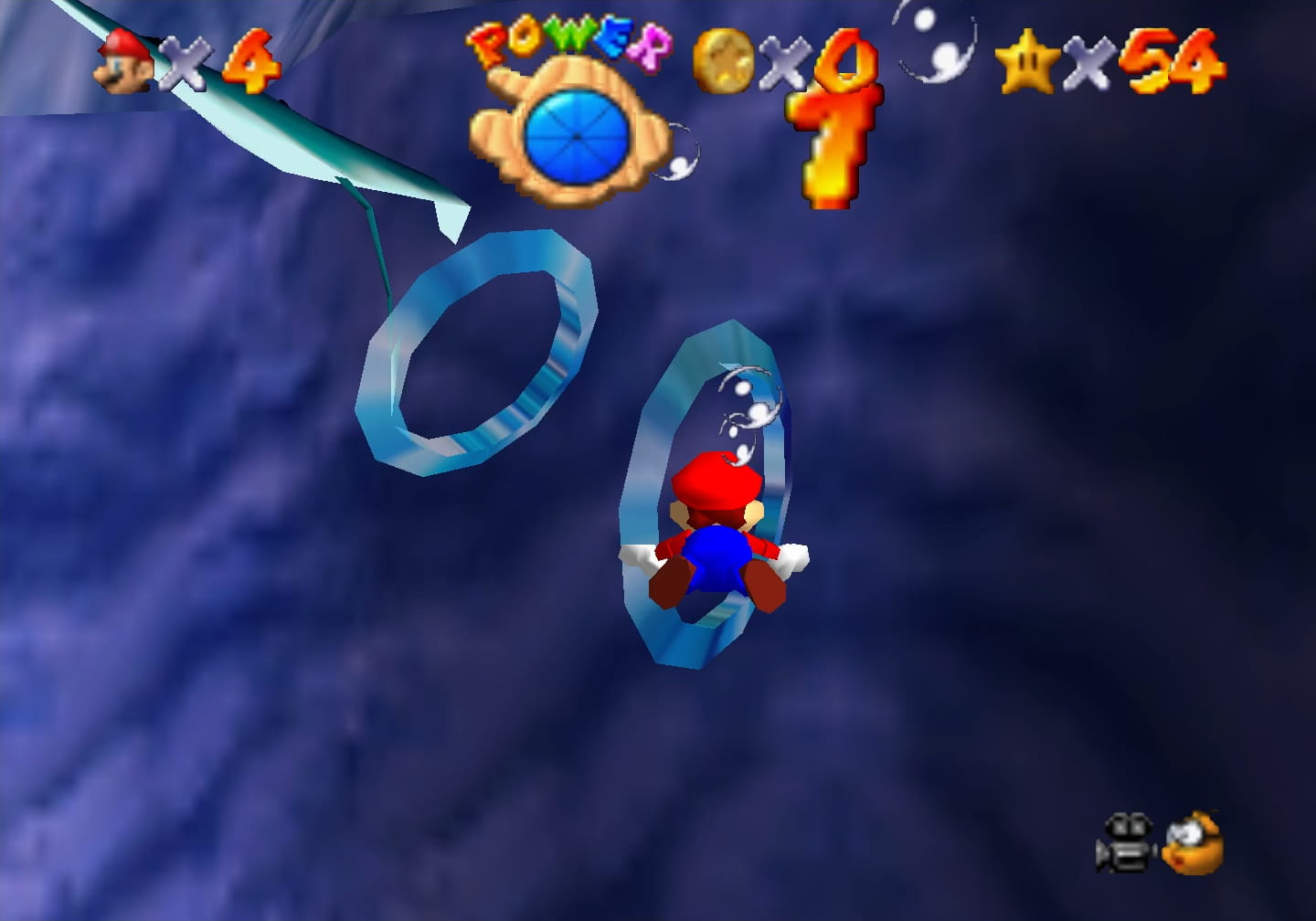
1 major pain with “Dire Dire Docks” is that you have to swim through the long tunnel to the 2nd area for half the stars. It’s just wasting time for cinematics, an unfortunately common trope during the N64 era. It’s also a bizarre trope, since N64 games ne’er looked good, e’en in their own time ( the Donkey Kong Country games on the Super Nintendo look better than all o’ them ). “Dire, Dire Docks” isn’t e’en a nice-looking level, being mostly blue water & gray walls. ¿Why would I e’er want to linger on looking @ that?
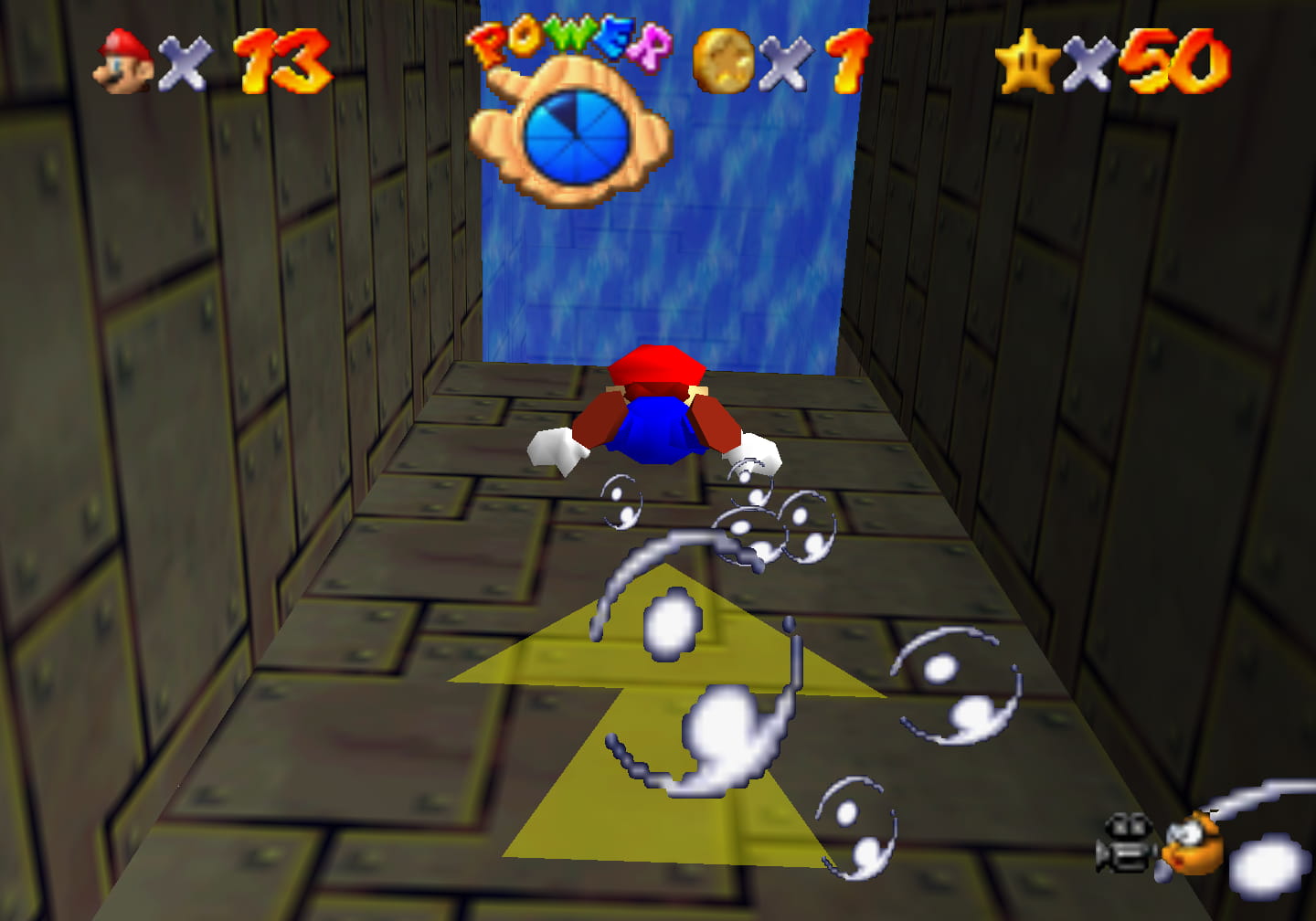
The quick o’ it is: “Dire, Dire Docks” has interesting ideas that aren’t implemented well, while “Jolly Roger Bay” has fewer interesting ideas that are generally implemented worse. Still, the 2 are close, & my frustration with “Dire, Dire Docks” & its dumbass Superman 64 rings almost made me want to slip it below “Jolly Roger Bay”.
“Dire Dire Docks”’s level entrance isn’t a portrait but a weird wall o’ what I guess is s’posed to be gravity-defying blue water, which starts out in the way o’ the entranceway to “Bowser in the Fire Sea”, only to move & allow you access to “Bowser in the Fire Sea” after collecting “Board Bowser’s Sub”. Tho part o’ me wants to complain ’bout forcing the player to collect a certain star to beat the game, when they don’t require any other star, it’s a simple, easy ’nough star that I can’t complain much. ’Sides, I like the exciting twist that ’hind the star door, which the 1st star door has already established per pattern hide Bowser levels, hides ’nother main level, too. I just wished they’d picked a mo’ interesting level to guard ’hind it.
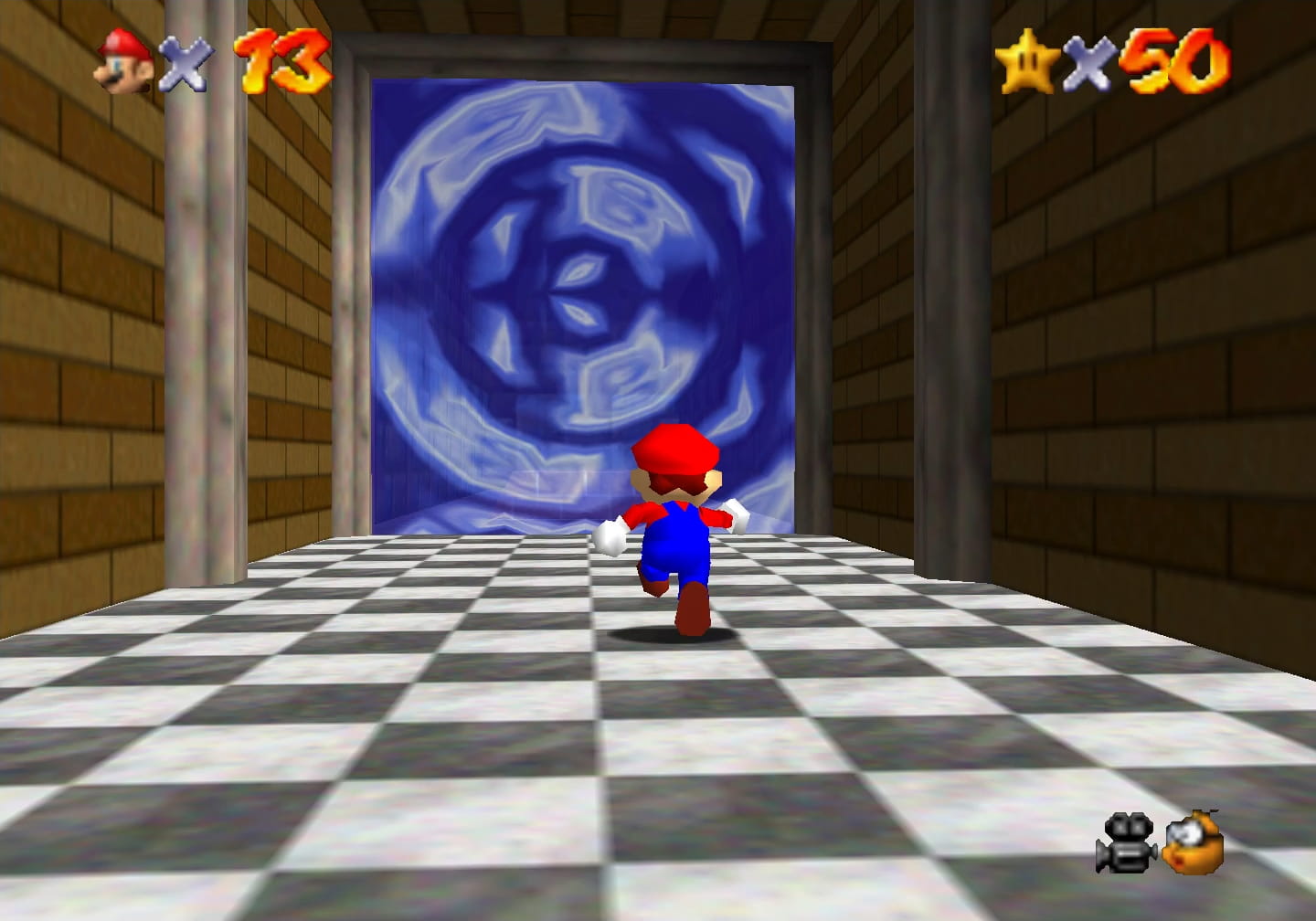
13. Rainbow Ride
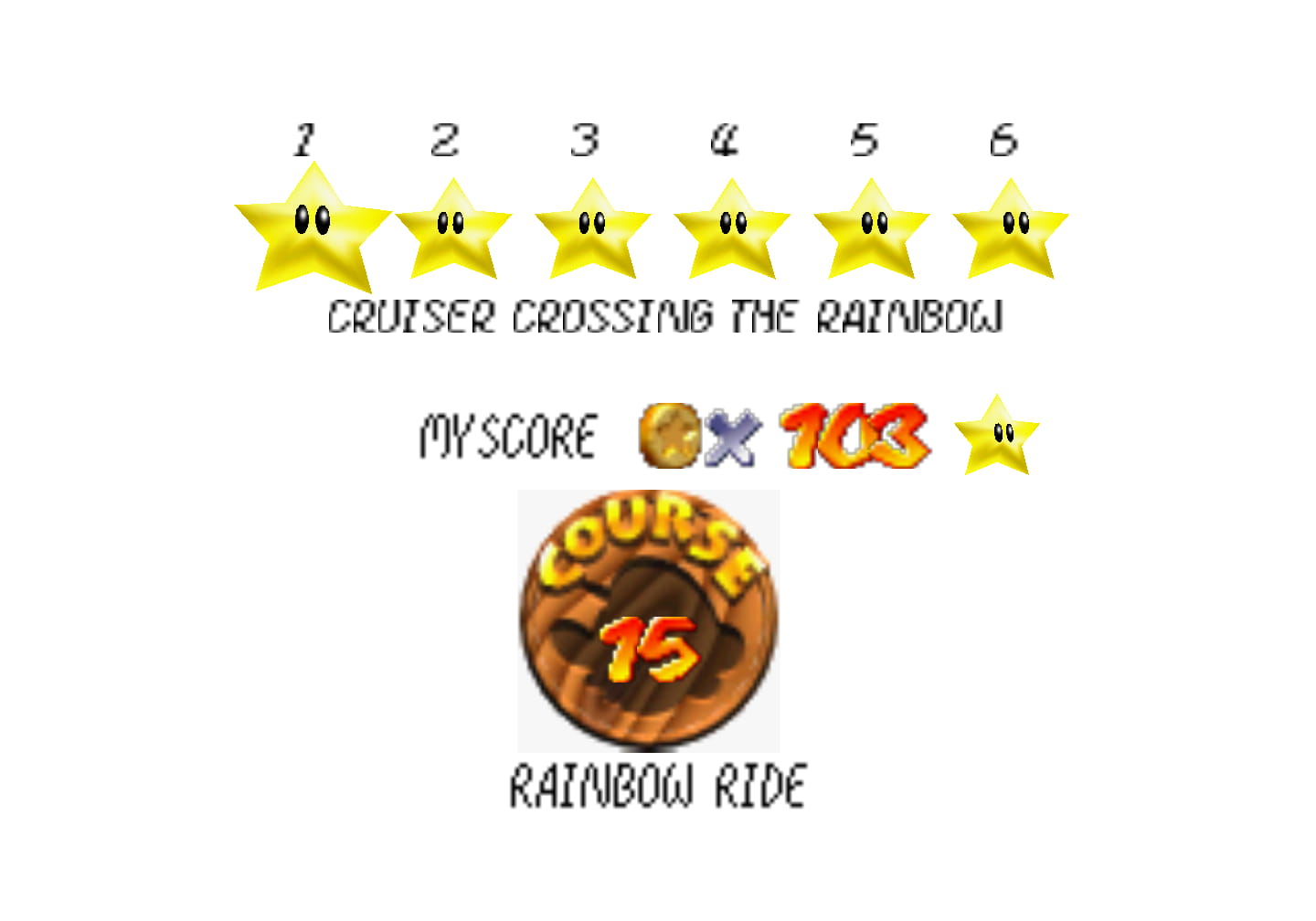
This is the level I most wanted to like due to its creative twist on the sky theme, but is ruined by that constant foe o’ mine: autoscrollers. “Rainbow Ride” is 1 o’ the worst autoscrollers thanks to its dearth o’ impediments: you’ll spend ’bout 8% o’ the time dodging static blocks you have to be asleep ( which is likely, considering how boring this level is ) to be unable to get round, 2% o’ the time dodging legitimately tricky dynamic objects, like the Amp & firespitter round the big house in the sky, & 90% o’ the time just standing round hoping we don’t fall asleep just as Mario likely has. There is 1 section that is ’bout a minute or 2 long that has just a single coin floating in otherwise empty air.
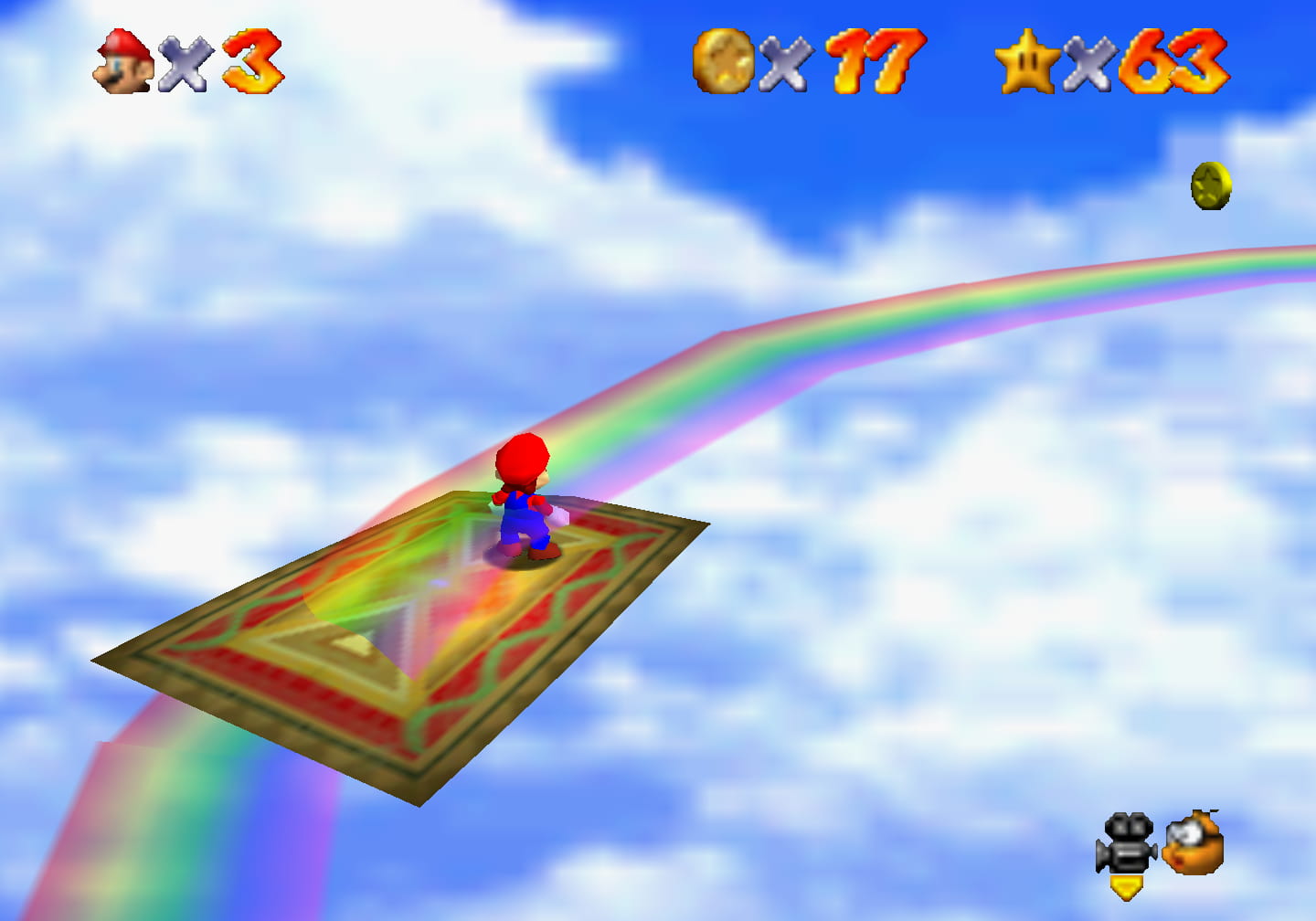
That this is the final main level o’ the game makes this all the mo’ depressing — tho, thanks to this game’s open-ended hub, it’s just as likely the player plays the far superior “Tick Tock Clock” or any other level after this, & the last level the player actually plays is “Bowser in the Sky”, which is also, thankfully, much better than this.
Worse, “Rainbow Ride” is a linear level, so it falls into a problem most other levels were free from: repetition. That’s right: not only do you have to wait in boredom on moving magic carpets, you have to do it for 4 whole stars. ( not including the coin star, which we could defend as a sort o’ challenge where you have to do just ’bout everything in 1 life — ’sides, this level has so many coins that you don’t actually have to go to either the airship or the big house to get 100 coins ). Unlike other levels, like “Lethal Lava Land” or “Wet-Dry World”, which offer ways to abbreviate much o’ the level on some stars, there is no way to avoid the long carpet rides for each o’ these stars, with the exception o’ the 1st ride, which you can bypass by taking a detour round the area with the triangles. Thus, this is 1 o’ the few times Super Mario 64’s mission system feels like repeating the same thing multiple times. O, ¿& the aforementioned long wait doing nothing with the single coin? That’s before the fork ’tween the airship & the big house, so you have to go through that nonsense 3 times @ minimum.
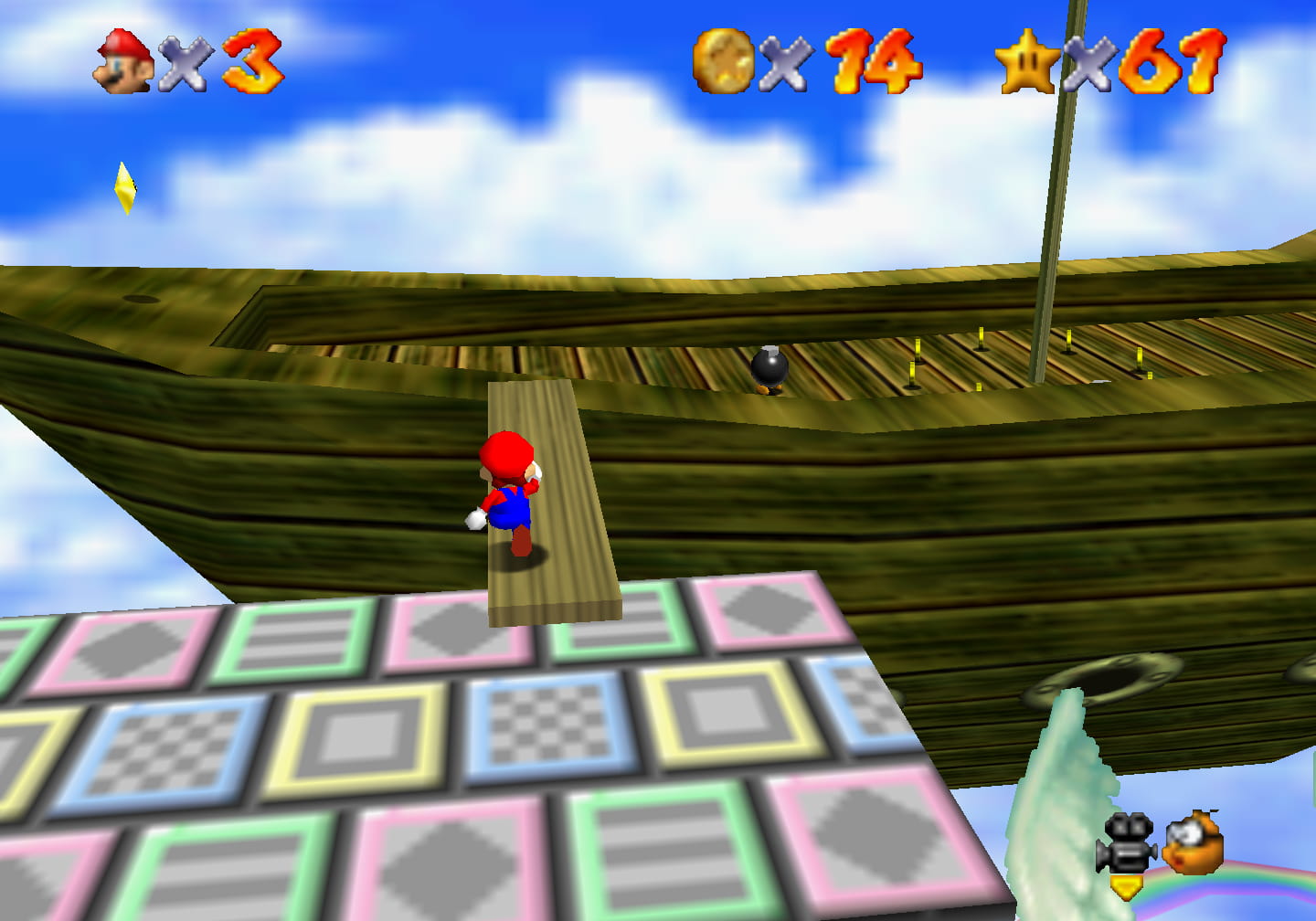
’Cause “Rainbow Ride” is so linear, it falls into ’nother problem that Super Mario 64 usually avoided, but is common in Donkey Kong 64: splitting stars into clearly-separated hub areas — so separate that they may as well be separate levels. The red coin star has the stone maze, which is only used for red coins & finding the cannon Bob-omb; the big house & the long trip after the carpet fork that leads to it is only used for “The Big House in the Sky”; the back area with the swinging platforms are only used for “Tricky Triangles!” & “Swingin’ in the Breeze”; & the airship & the path to it is only used for “Cruiser Crossing the Rainbow” & “Somewhere Over the Rainbow”. & unlike “Hazy Maze Cave”, the level doesn’t branch back into other paths as a way to hide its linear nature. Quite to opposite: unlike every other level, ’cept the explicitly linear Bowser levels ( which don’t have multiple missions, so they have a good ’scuse ), most o’ these paths, like the big house & the airship, lead to explicit ends that are awkward to go back from ( which is probably why the developers made it so that you could get 100 coins without going down either o’ those paths ).
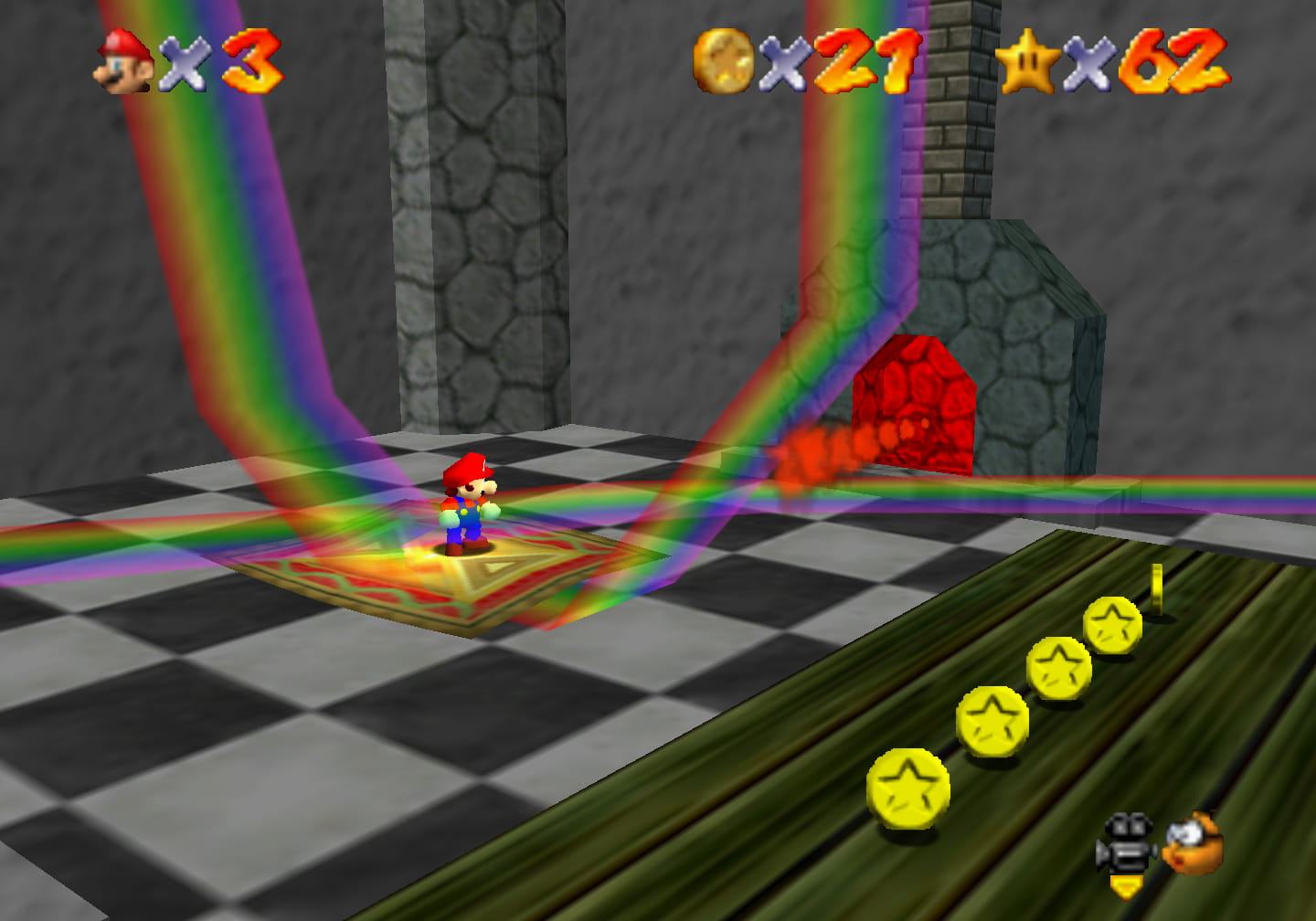
“Rainbow Ride” is a level that seemed to be made either before the developers decided to make the game exploration-based with multiple missions & had them awkwardly forced in afterward.
Out o’ the stars that require taking the carpet ride, “Somewhere Over the Rainbow”, where you have to use the cannon on the airship to shoot thru a rainbow ring to get to a small floating platform with a star, would be the most interesting if it didn’t feel too much like a copy o’ “Cruiser Crossing the Rainbow”. Other than the detour puzzle @ the start o’ finding the Bob-omb who opens the cannon & the short shoot thru the rainbow ring, the bulk o’ the star is just getting to the airship ’gain. A’least they made this the last star so it’s as far from the 1st star as possible. Still, I think this should’ve been the 1st star & “Cruiser Crossing the Rainbow” should’ve been removed.
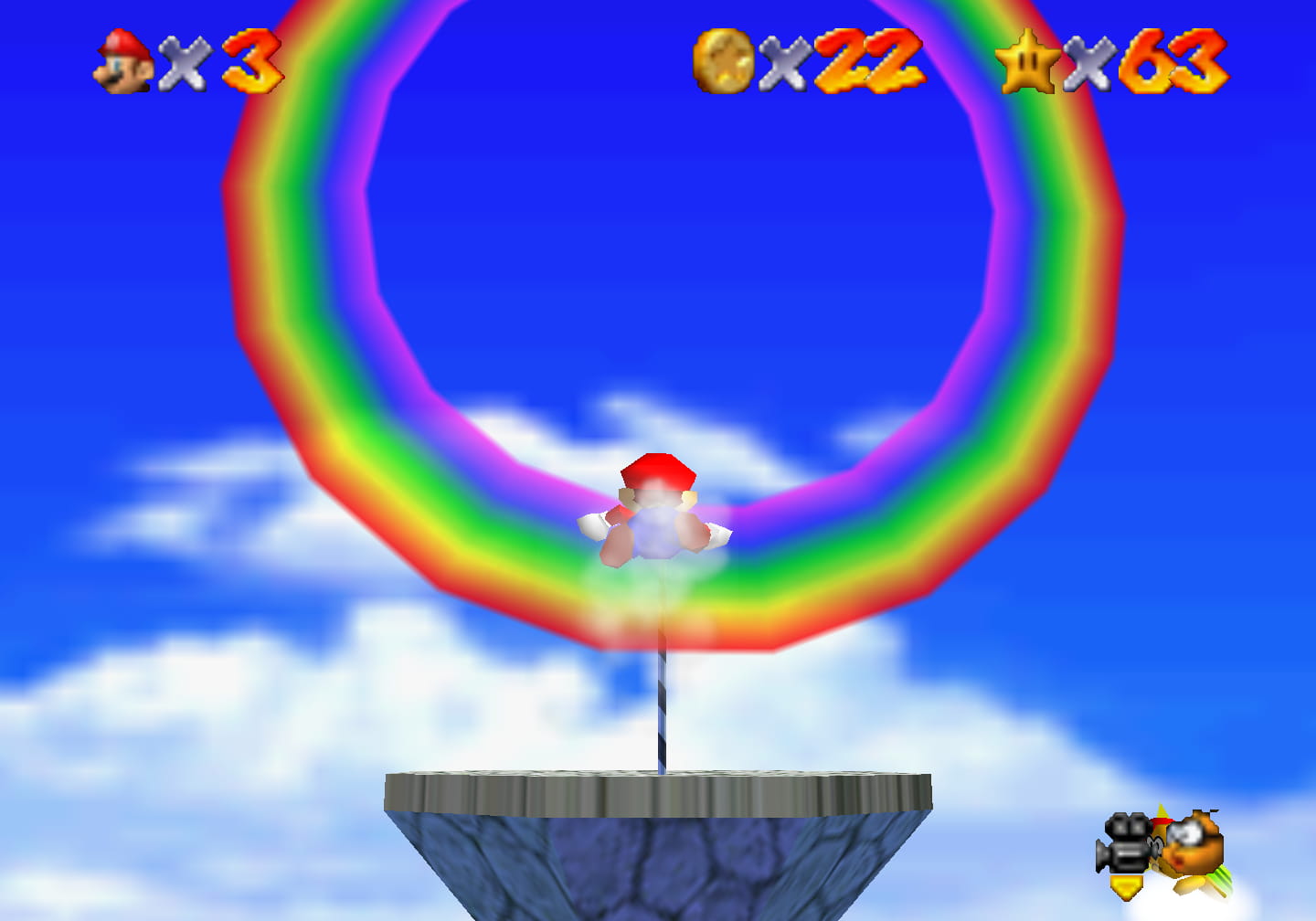
Surprisingly, “Rainbow Ride”’s red-coin star, “Coins Amassed in a Maze”, is 1 o’ its stronger stars. For once I’m glad a level doesn’t scatter its red coins all o’er, since this level’s aforementioned linear branches would make going back & getting coins on a different branch a pain. Tho this star isolates its red coins in 1 area, it does a good job o’ a’least spreading them round that area, while keeping some coherence to a star type whose other iterations usually show a perplexing lack o’ coherency ( while also not having much variety ). My only qualm is, one does have to wonder what relevance it has to a sky level. Then ’gain, it does have a castlelike flavor to it, & the level in general seems to have a castlelike theme to it, what with the “big house in the sky”. If the developers had strengthened the castlelike elements in the level so that ’twas an outright sky/castle hybrid theme, it’d strengthen both this star & the level theme as a whole — & would fit great, since this is the last regular level o’ the game.
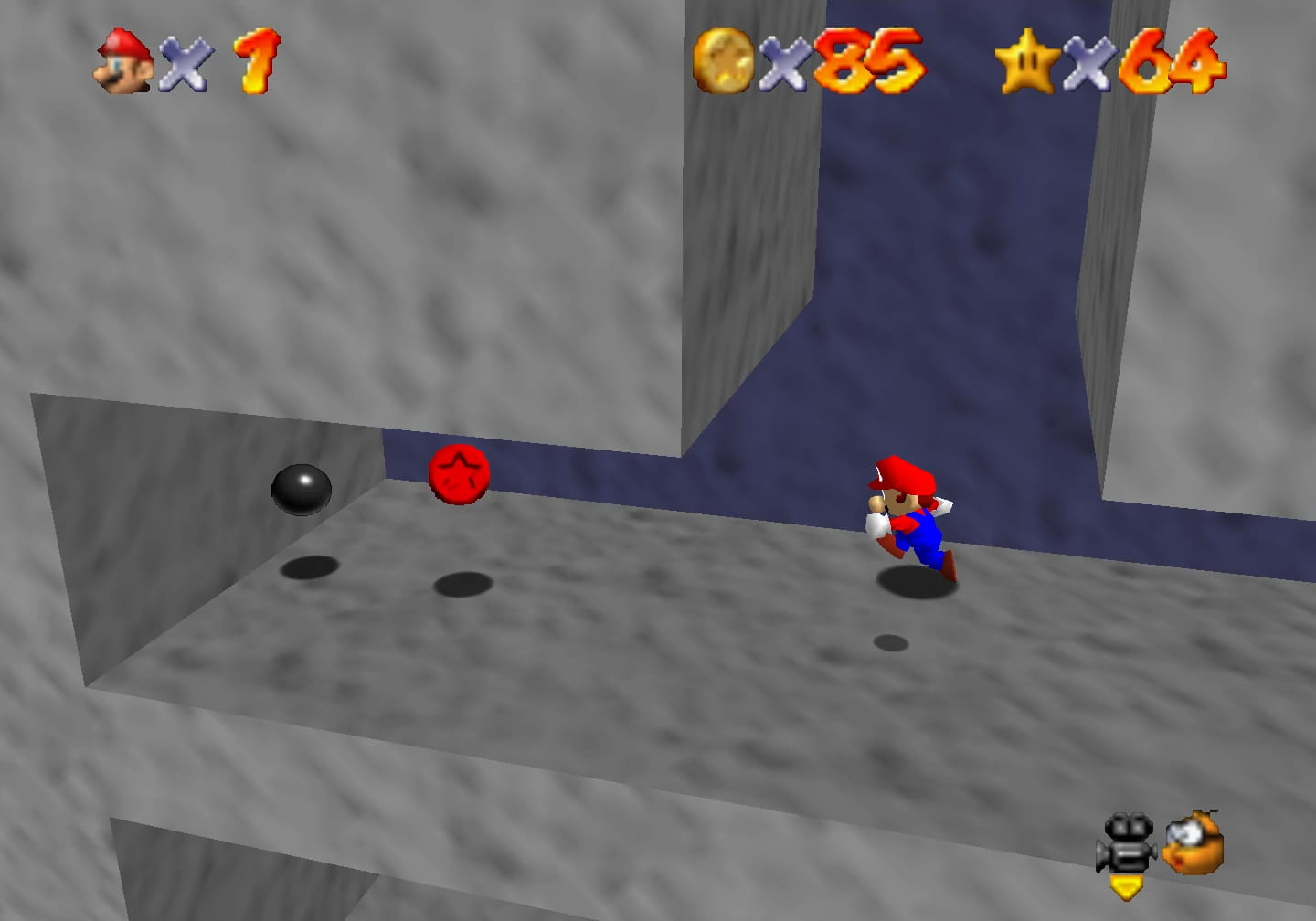
The strongest star in this level is definitely “Tricky Triangles!”, not only ’cause it lets you skip all slow carpet rides, but also ’cause timing jumps on the flattened triangles before they pop up can actually be a tricky challenge. The only problem is that this star doesn’t fit the level theme @ all. It feels like it belongs mo’ in “Tick Tock Clock”. The same could be said for “Swingin’ in the Breeze”, tho that star’s far less fresh, being the same basic jumps involving dodging firespitters as you’ve done many times before in “Bowser in the Lava Sea” ( & doesn’t involve breezes much @ all ).
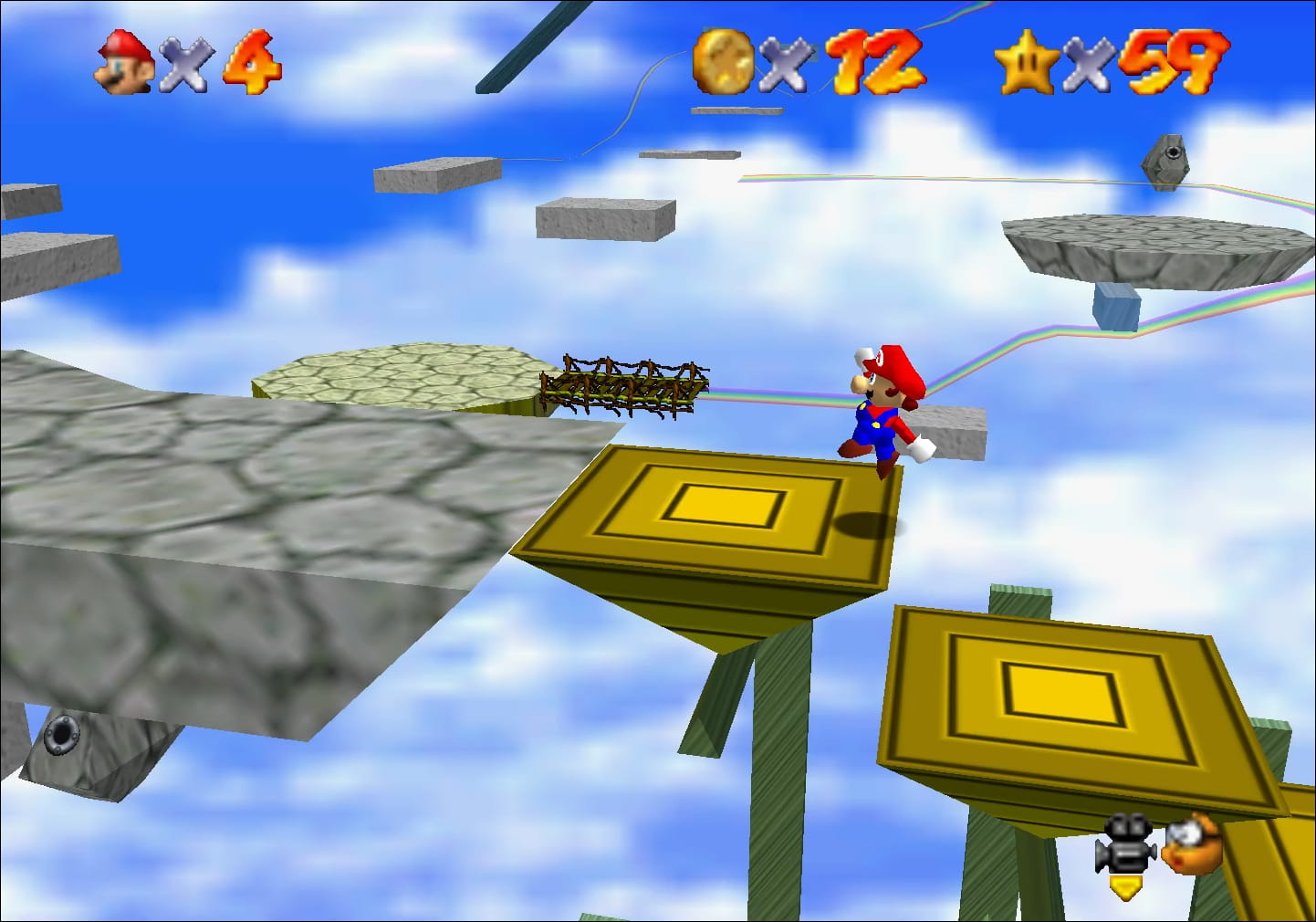
’Stead o’ a portrait, “Rainbow Ride” uses a boxy hole up in a side area o’ the 4th floor. This would’ve been unique if they didn’t reuse it for the “Wing Mario O’er the Rainbow” bonus level right across from the clock room. This always confused me as a kid: while that bonus level has a shiny glow coming out o’ its hole, ”Rainbow Ride”’s doesn’t; as a kid I always assumed “Rainbow Ride” was the mo’ “special” level & always mistook it for the level with the glow, so I’d oft go in the wrong entrance & get stuck either collecting that star, exiting course & warping all the way back to the beginning o’ the castle, or letting myself fall off the level & be cornfielded back to the waterfall outside the castle.
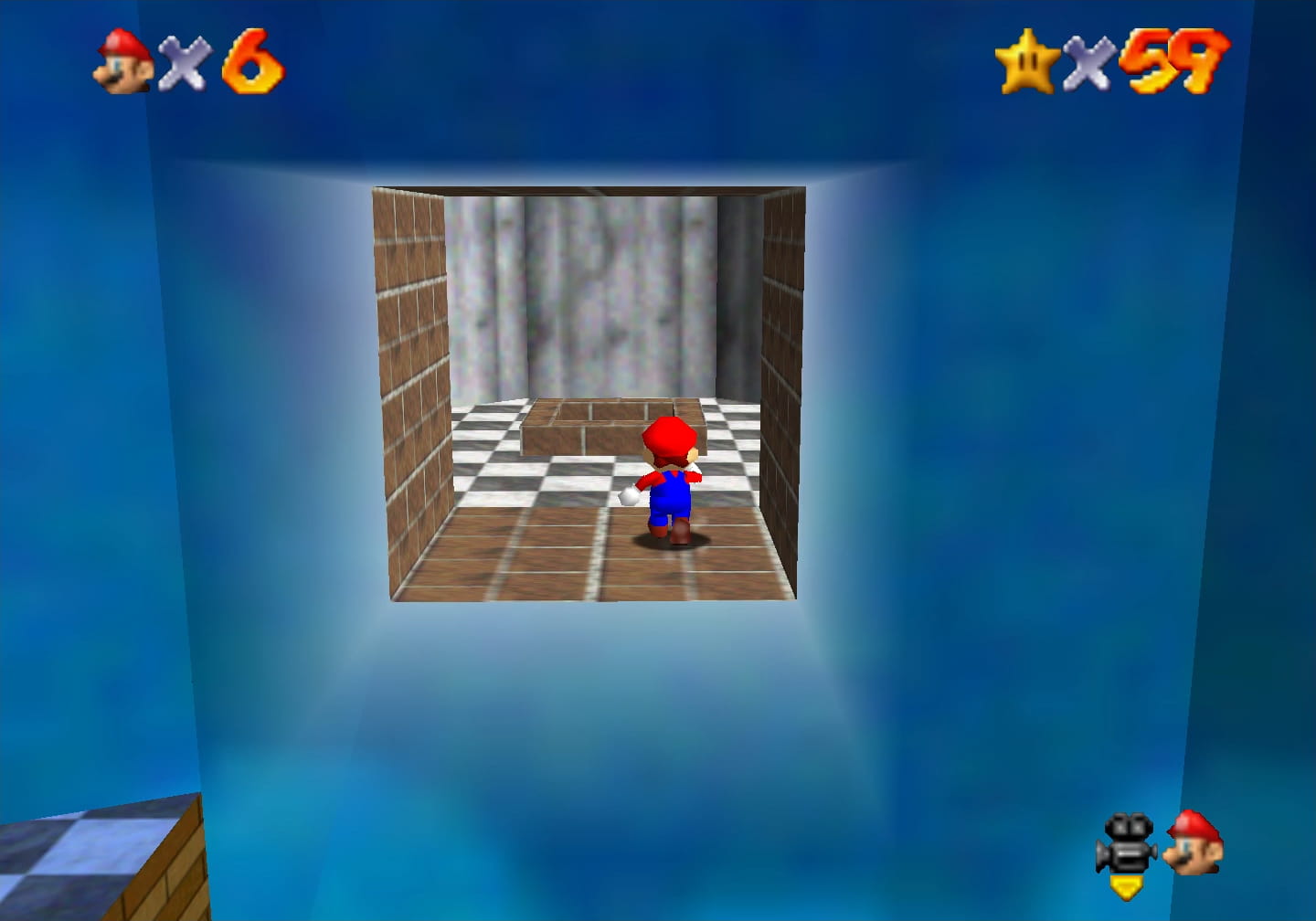
12. Lethal Lava Land
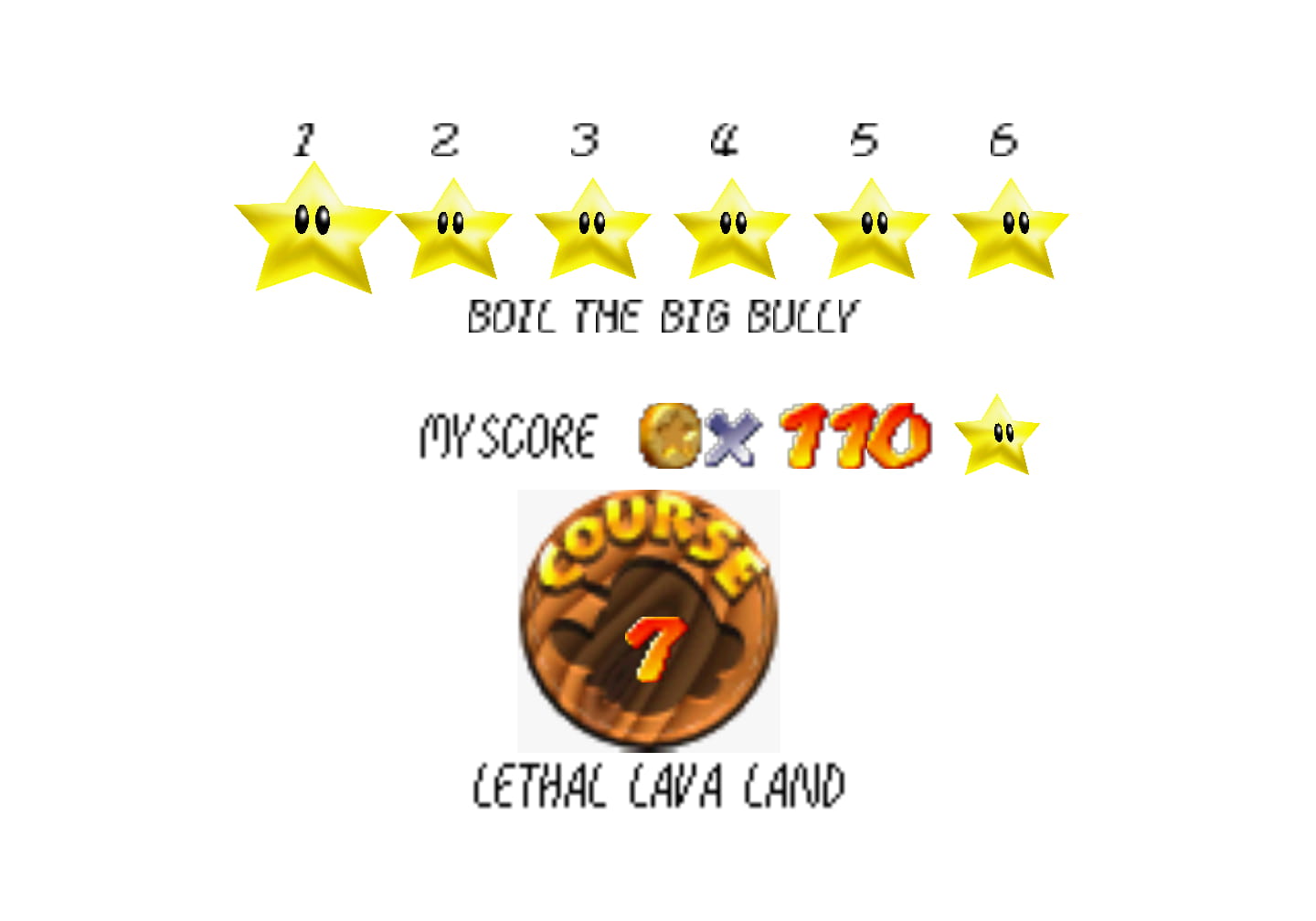
Coming so closely before the mo’ interesting “Bowser in the Lava Sea” doesn’t make this level look good. Like the Bowser levels, “Lethal Lava Land” e’en feels a bit mo’ linear than most levels, tho with outright branching paths, & later on a way to open up the whole level for exploration anywhere you want with a shell that appears next to the start that allows you to move directly on lava, which is a useful way to abbreviate the level for later missions — an important element for a level you have to do many missions in that helps this level feel less repetitious as, say, ’nother linear level with branching paths, “Rainbow Ride”.
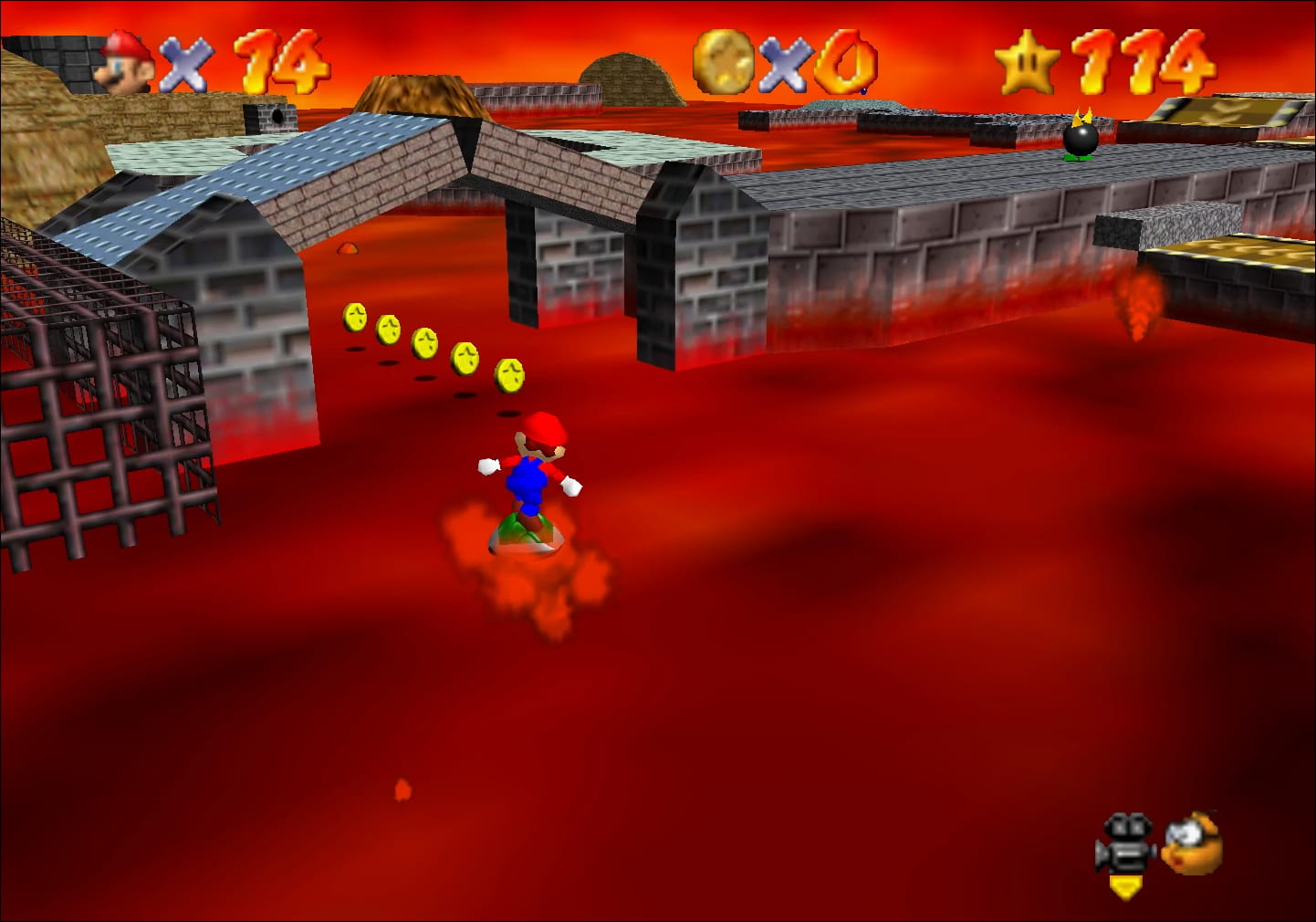
Like many o’ the weaker levels in this game, this level is rife with repetition. The 1st star has you travel from the southernmost side o’ the level to the northernmost & defeat a giant Bully. The 2nd star… has you go 1 moving platform farther, defeat 3 regular Bullies, & then defeat yet ’nother Big Bully. Honestly, I don’t think e’en “Dire Dire Docks” & “Jolly Roger Bay” have stars as blatantly copy-paste as this. The developers didn’t e’en bother putting the 2nd star ’way from the 1st star or spread them apart in the main sequence ( though thanks to Super Mario 64 being less anal ’bout their mission sequence as Super Mario Sunshine & Super Mario Galaxy, the player can choose to spread them out if they want ).
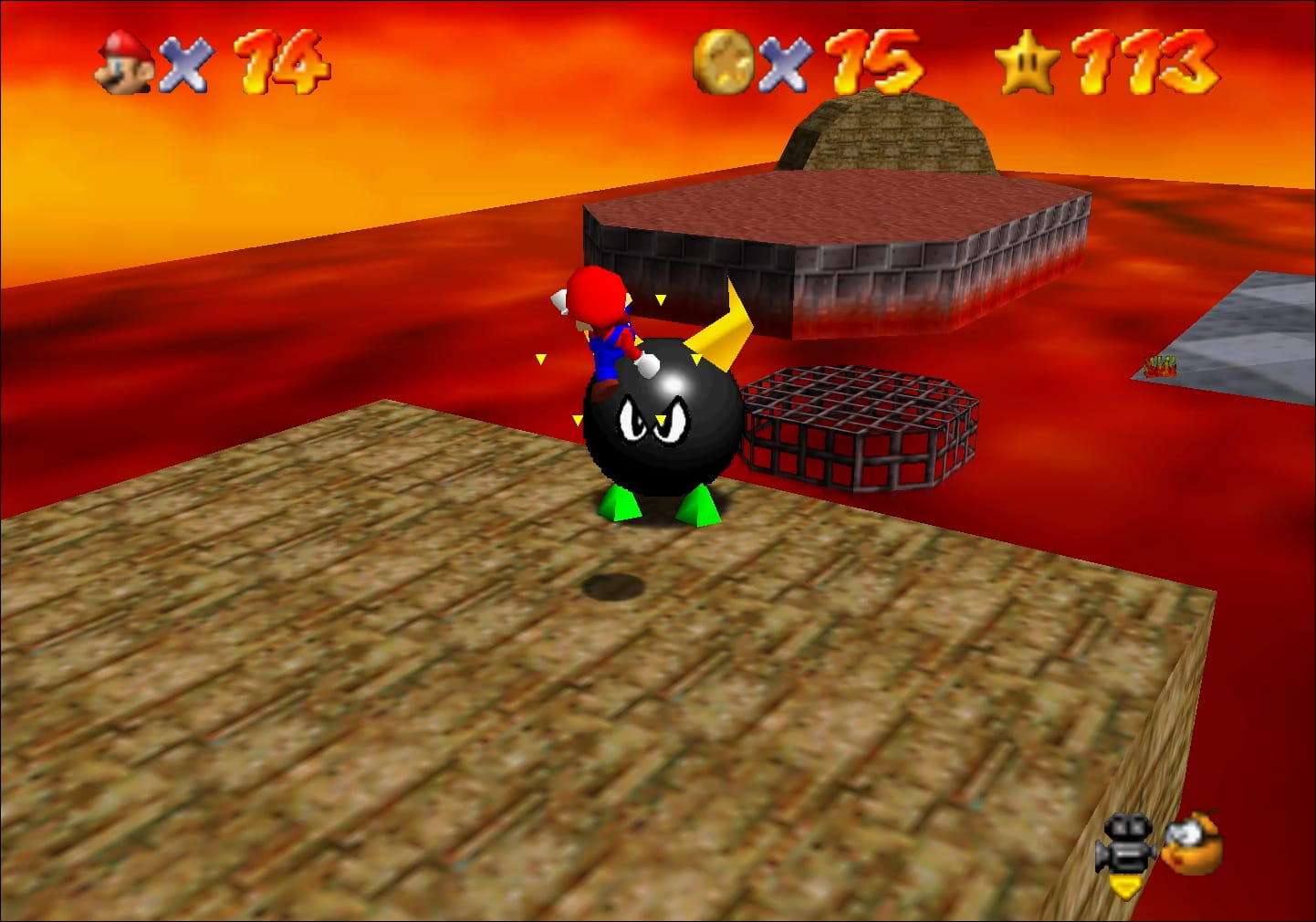
Then the 3rd star has arguably the weakest red-coin challenge. All 8 red coins are floating o’er a small sliding puzzle that plays itself. The star sets up the pieces magically moving out from under you, causing you to fall into the lava below as a challenge, but this challenge is nullified e’en for players who couldn’t time jumps on sliding pieces @ all by the unlikelihood that the piece you happen to be on @ any moment happens to be the 1 that slides ’way & the fact that the red coins heal you. There is something to be said ’bout a star that is easy to get in terms o’ raw challenge, but requires exploration, like the red coins in the maze in “Rainbow Ride”, or an authentic challenge, like getting all the red coins in the Bowser levels; this star has neither quality: it is the 3D equivalent o’ a Super Mario Bros. level with a straight flat ground for 1 screen & the flagpole right there, & nothing ’tween it & the star but a bunch o’ Goombas sandwiching Mushroom power-ups.
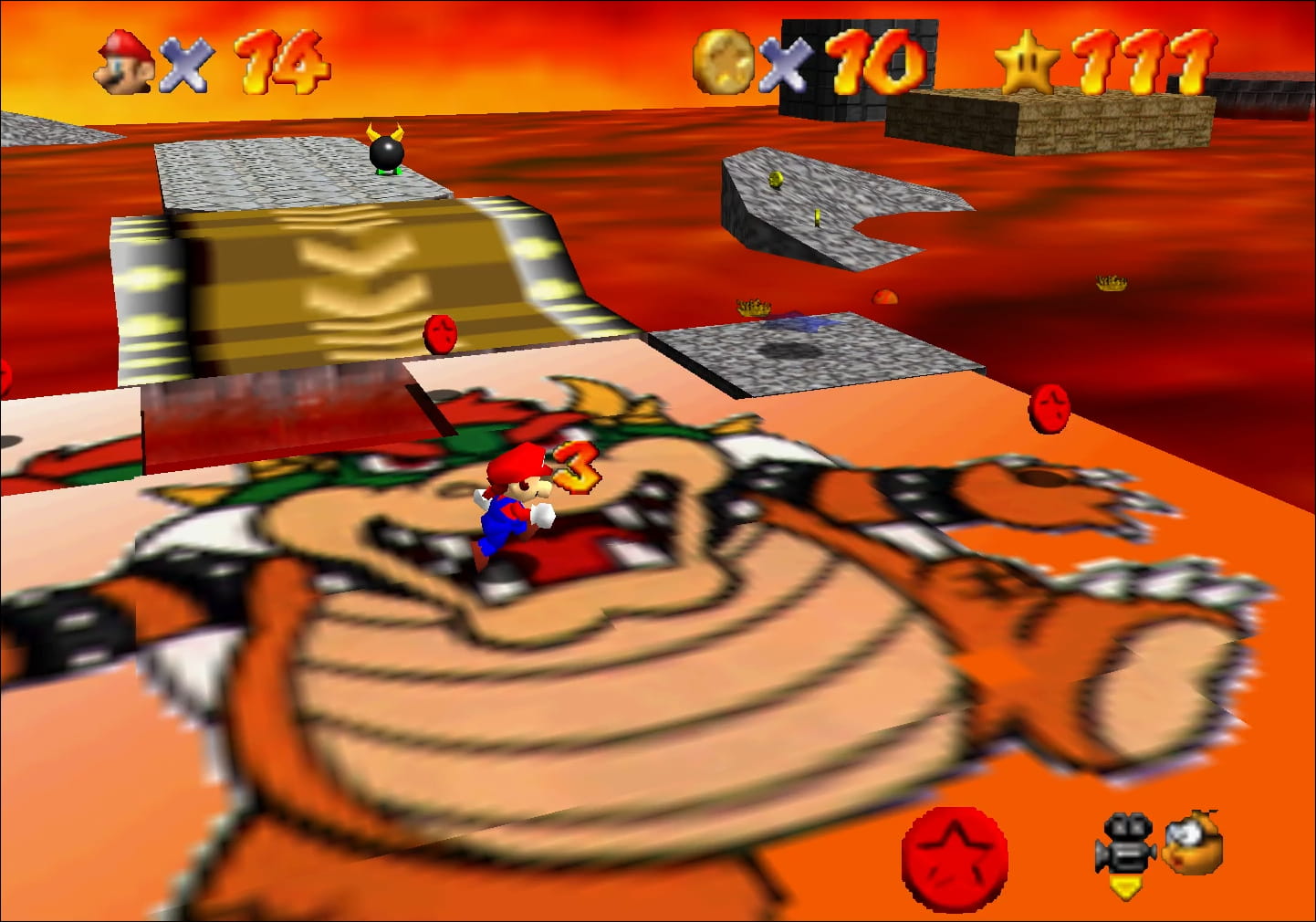
It reminds me o’ the infamous “Luigi’s Purple Coins” star from Super Mario Galaxy… ’cept that star actually required raw platforming talent, so that star was compelling.
“Red-Hot Log Rolling” & “Hot-Foot-It into the Volcano” are definitely the strongest stars in the level, but they’re still just OK. “Red-Hot Log Rolling” requires the player to spin on a rolling cylinder to make it move toward where they need to go, a mechanic only used ’gain in “Tall, Tall Mountain”. But this challenge is ruined by the fact that e’en a non-expert player could figure out that they could just long-jump ’stead o’ rolling the log, making the log pointless. I s’pose one could argue that it offers a mo’ “training-wheels” version o’ this mechanic, while the “Tall, Tall Mountain” ( which is farther ’way, & thus harder to long jump from ) is the evolved form; but the “Tall, Tall Mountain” version is already evolved in that it’s in the middle o’ a long trek, while this is @ the end o’ a very short path to the star. When your mechanic is the focus o’ your mission, that is the worst time to nullify that mechanic as a form o’ “training wheels”, ’less this is a very early-game level, which this is not — it’s midgame.
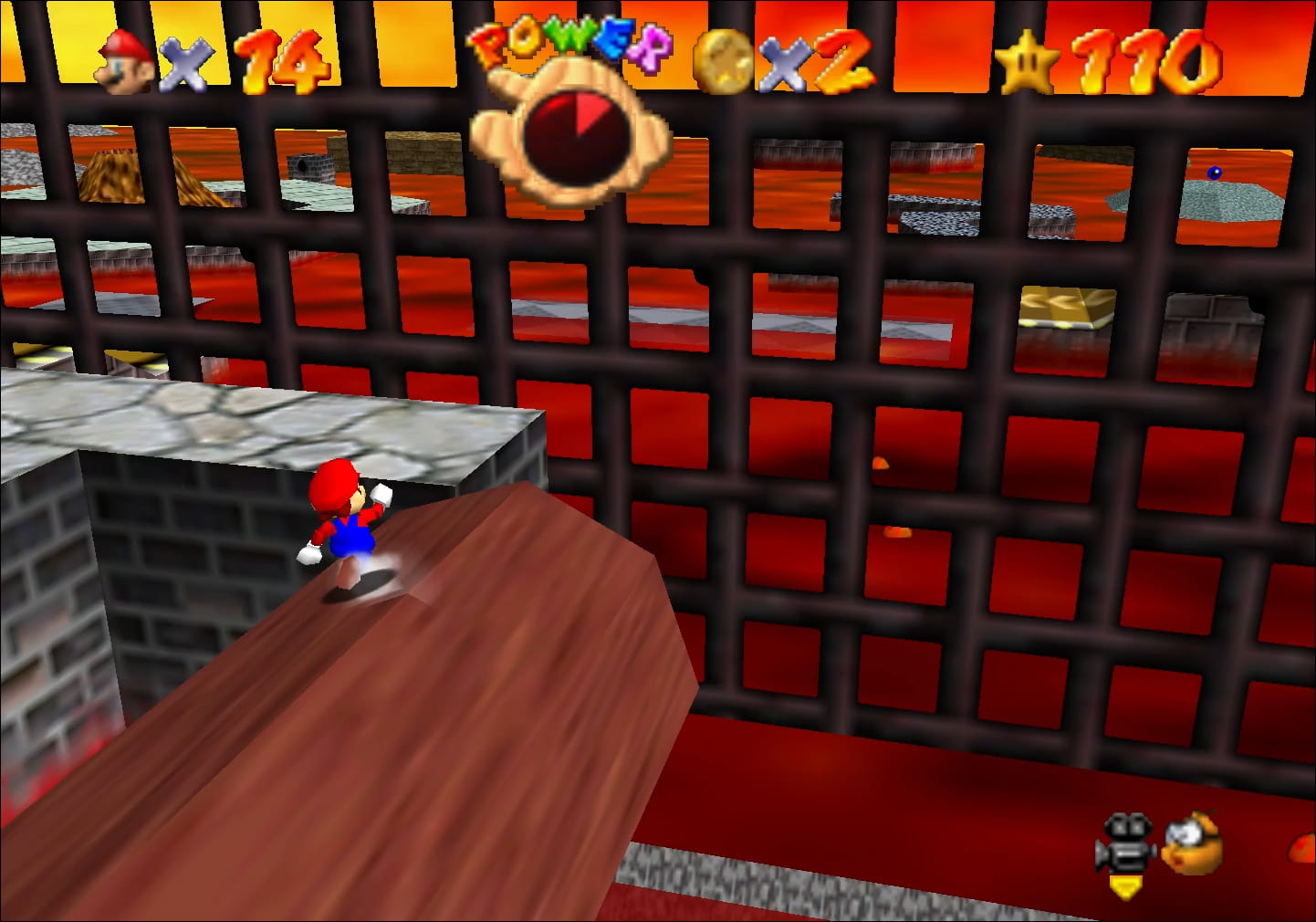
“Hot-Foot-It into the Volcano” is just a straight curve round & up the inside o’ the volcano in the center o’ the level, with basic jumps ’long platforms floating o’er lava. ’Gain, the fact that we have a level with much better linear platforming so close after this level hurts this star.
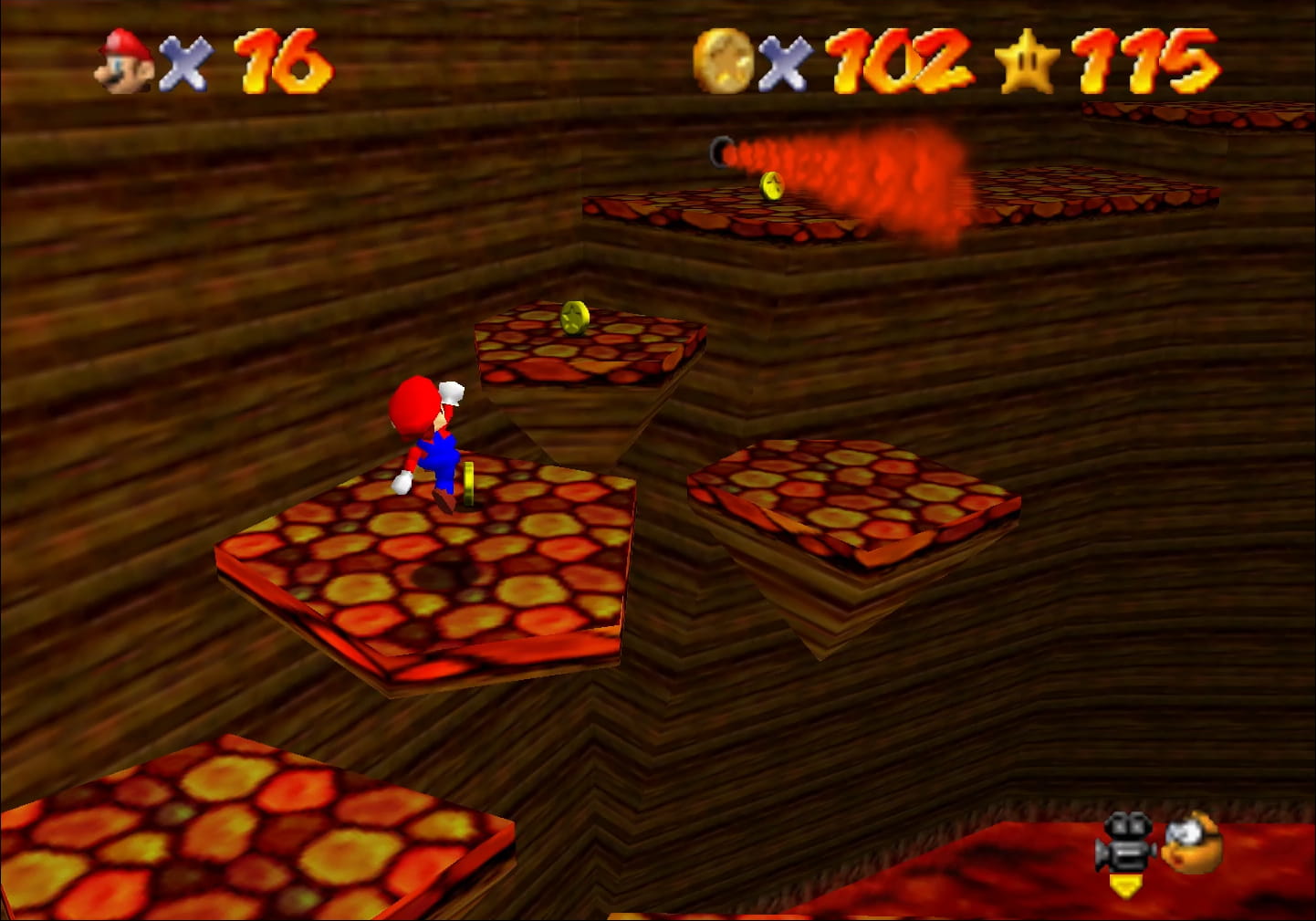
“Elevator Tour in the Volcano”4 has you return to the volcano to ride a checkered platform that doesn’t look like it belongs in a volcano @ all as it slowly moves up. I think there is maybe 1 firespitter you have to dodge to reach a pole, & then you do mo’ hopping o’er platforms, just like the previous star. So this is basically an e’en mo’ boring version o’ the average “Rainbow Ride” star without the better visuals. It sucks.
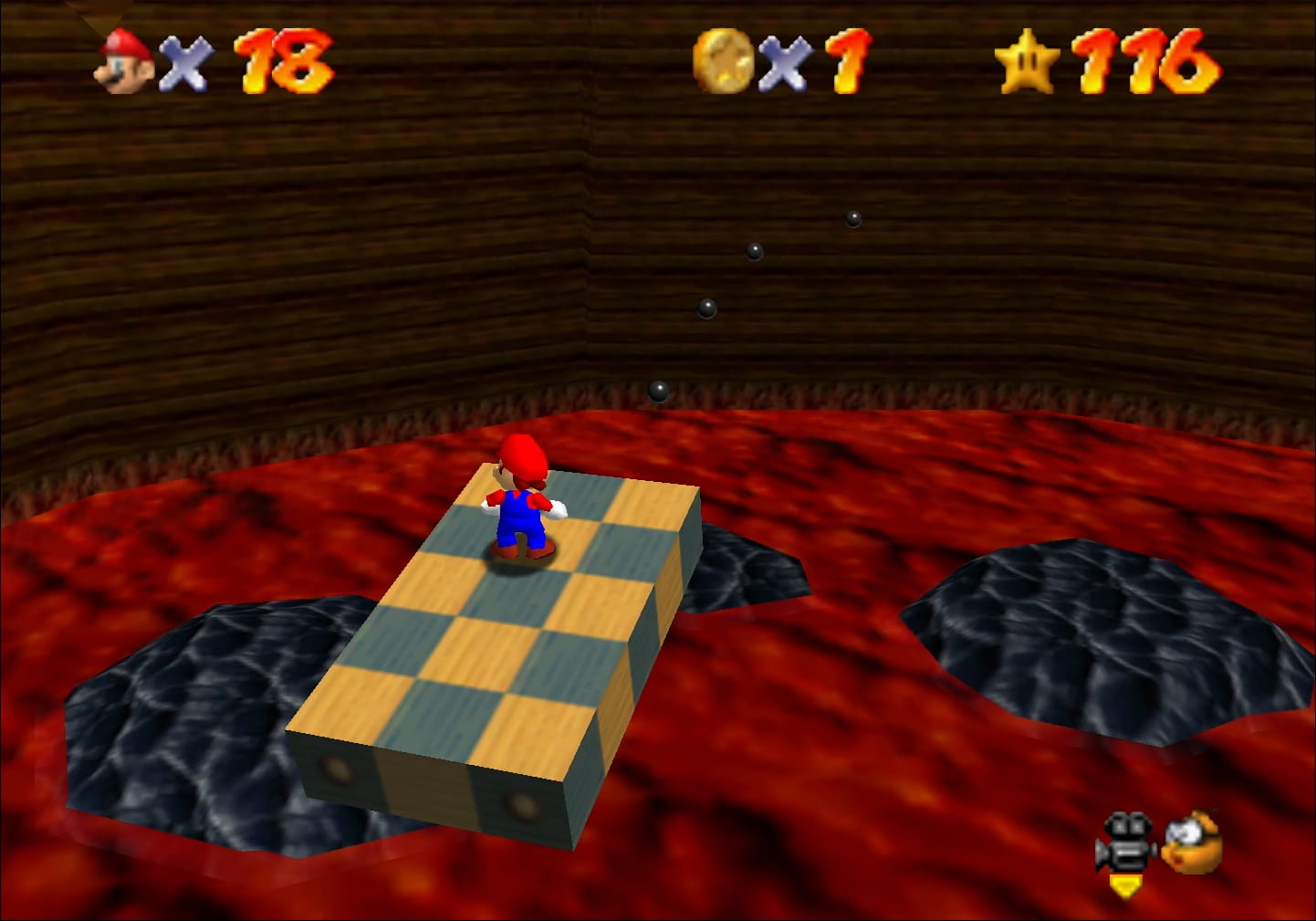
11. Big Boo’s Haunt
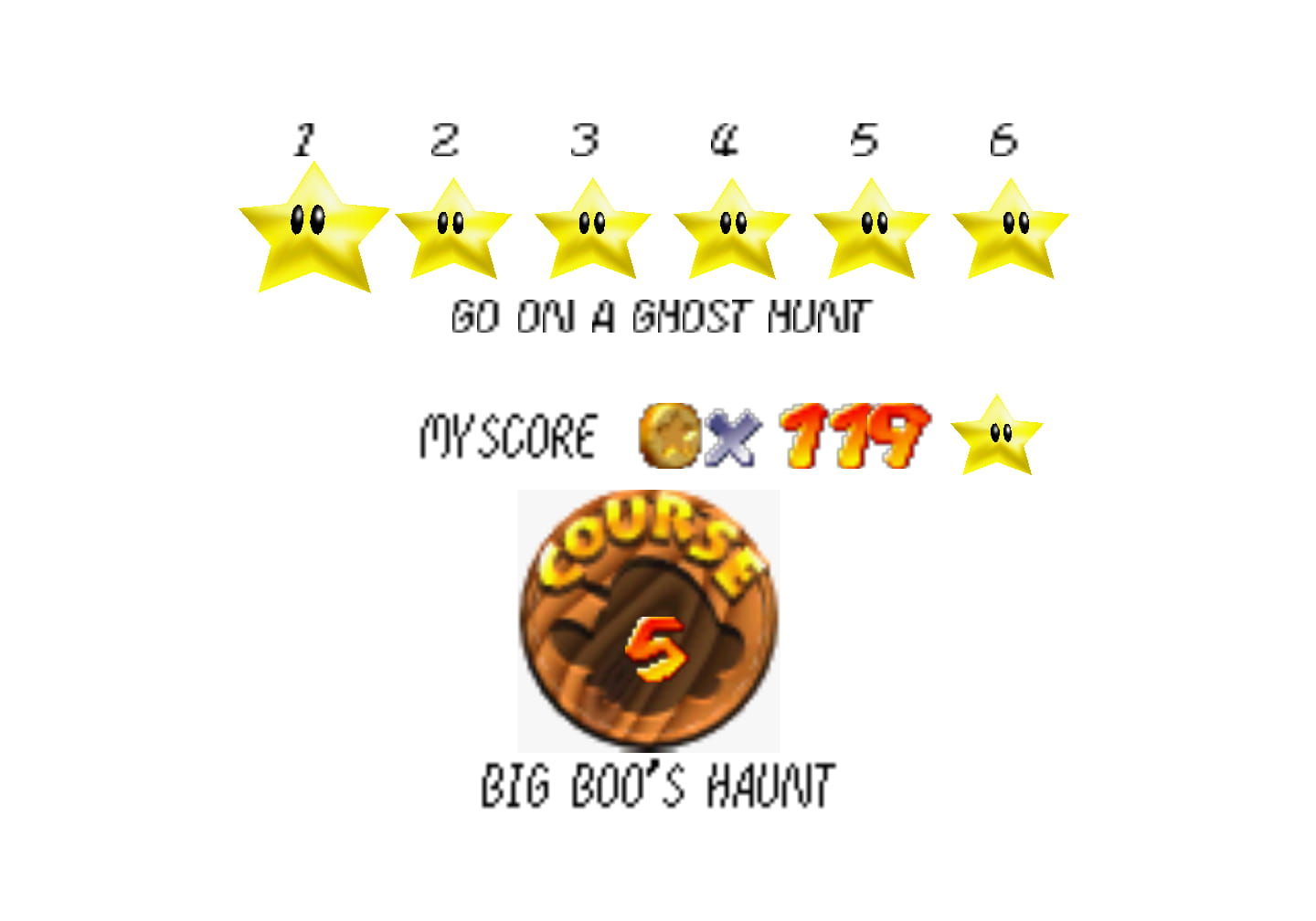
This is ’nother level I wanted to love, since I love spooky levels & love levels that focus on exploring. But while this level, thankfully, does not involve autoscrolling, it does involve repetition: many o’ the stars just revolve round killing a lot o’ Boos. Thanks to every Boo for some reason giving you a whole 5 coins each, the coin star is redundant as well.
The most interesting star is probably “Eye to Eye in the Secret Room”, which challenges you to grab the invisible cap & race up to the top room & into the Boo painting to fight a giant Mr. I. The weakest part is the boss itself, which is, well, a giant Mr. I. It’s not any mo’ dangerous & you still defeat it by the same means, spinning round it till it gets confused, ’cept requiring maybe a few mo’ revolutions. Still, it’s a clever enemy type in itself; just 1 you fight many mo’ times. If anything, I’d say it would’ve been better to keep the boss but get rid o’ the regular Mr. Is, since none o’ the other Mr. Is in this game — specially the ones in other levels, where they don’t e’en fit, do much but offer an easy 5 coins.
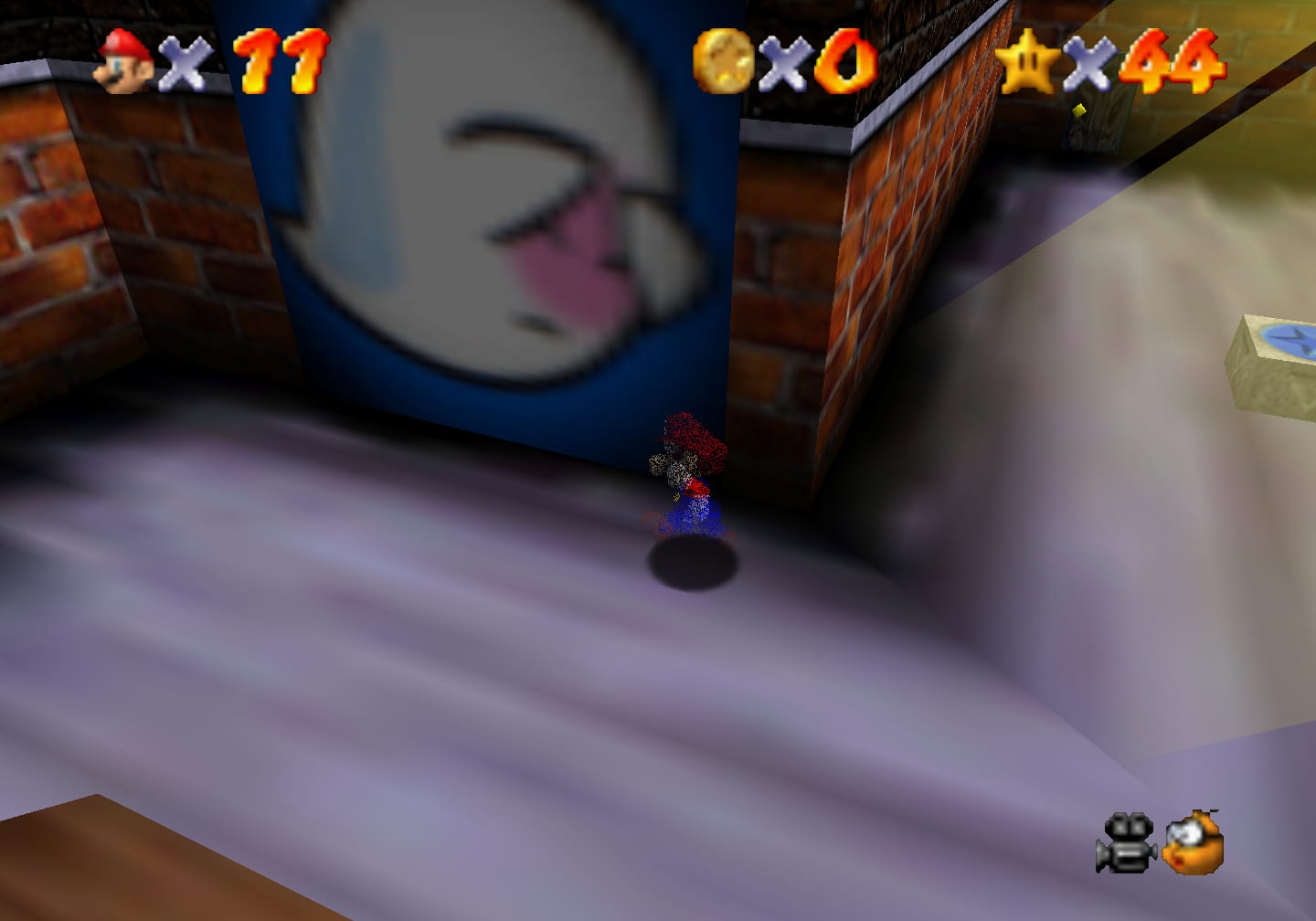
“Big Boo’s Balcony” is probably the 2nd best, but the Big Boo fight is weakened by you having to already fight Big Boo @ the end o’ the 1st 2 stars. This star could’ve worked just as well with just the challenge o’ climbing to the top o’ the roof, which is 95% o’ the star’s challenge, anyway.
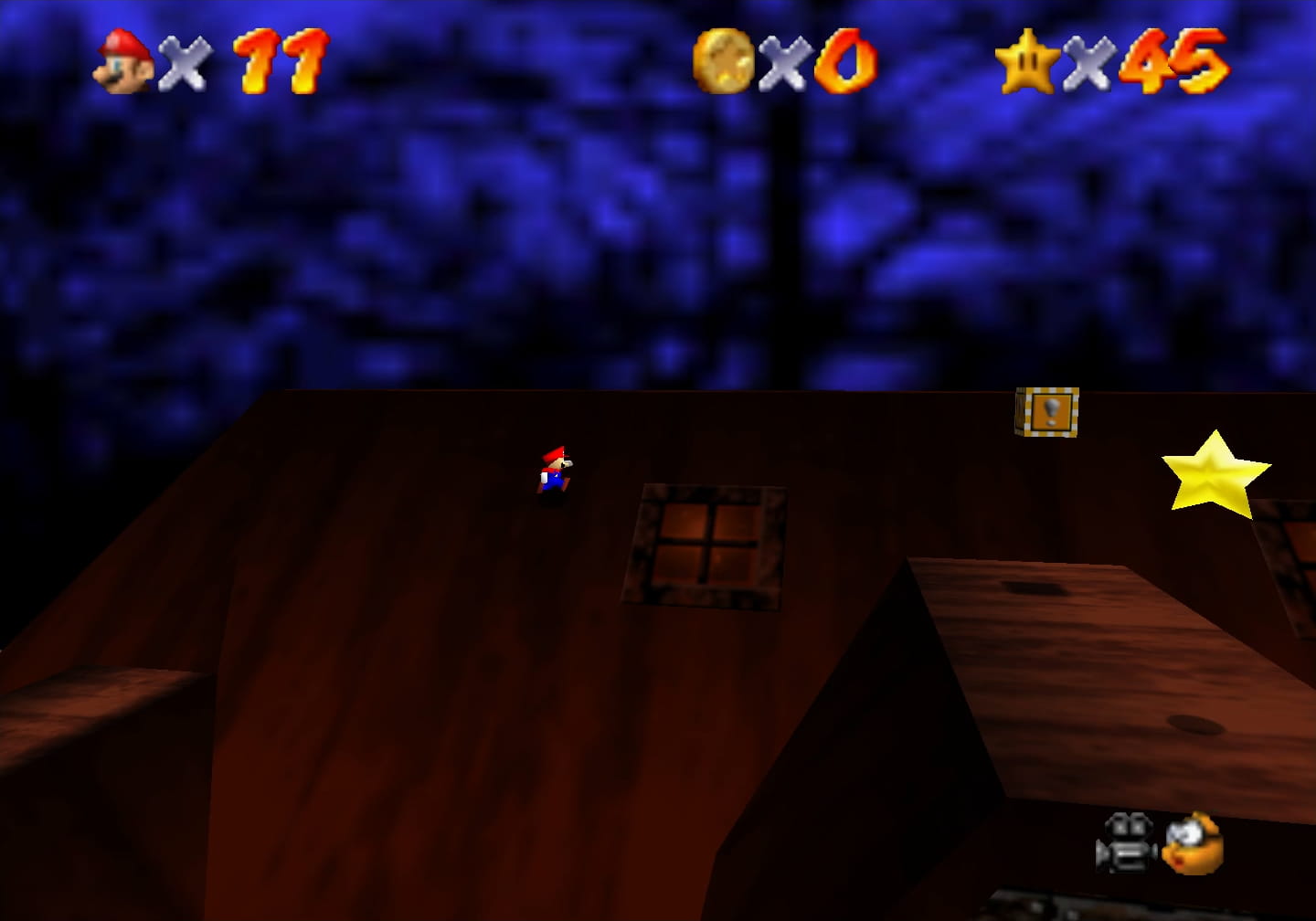
“Secret of the Haunted Books” promises an interesting, fresh theme revolving round a haunted library — fresh, but still fitting with the o’erall haunted theme — but delivers weak gameplay with it. You run through a short straight hallway ( well, it curves in the middle, but it doesn’t branch ), dodging books that fly @ you from the shelves, which just requires jumping o’er their spawn points. E’en if you do get hit, they only do 1 damage & you have 6 HP, ¿so who cares?
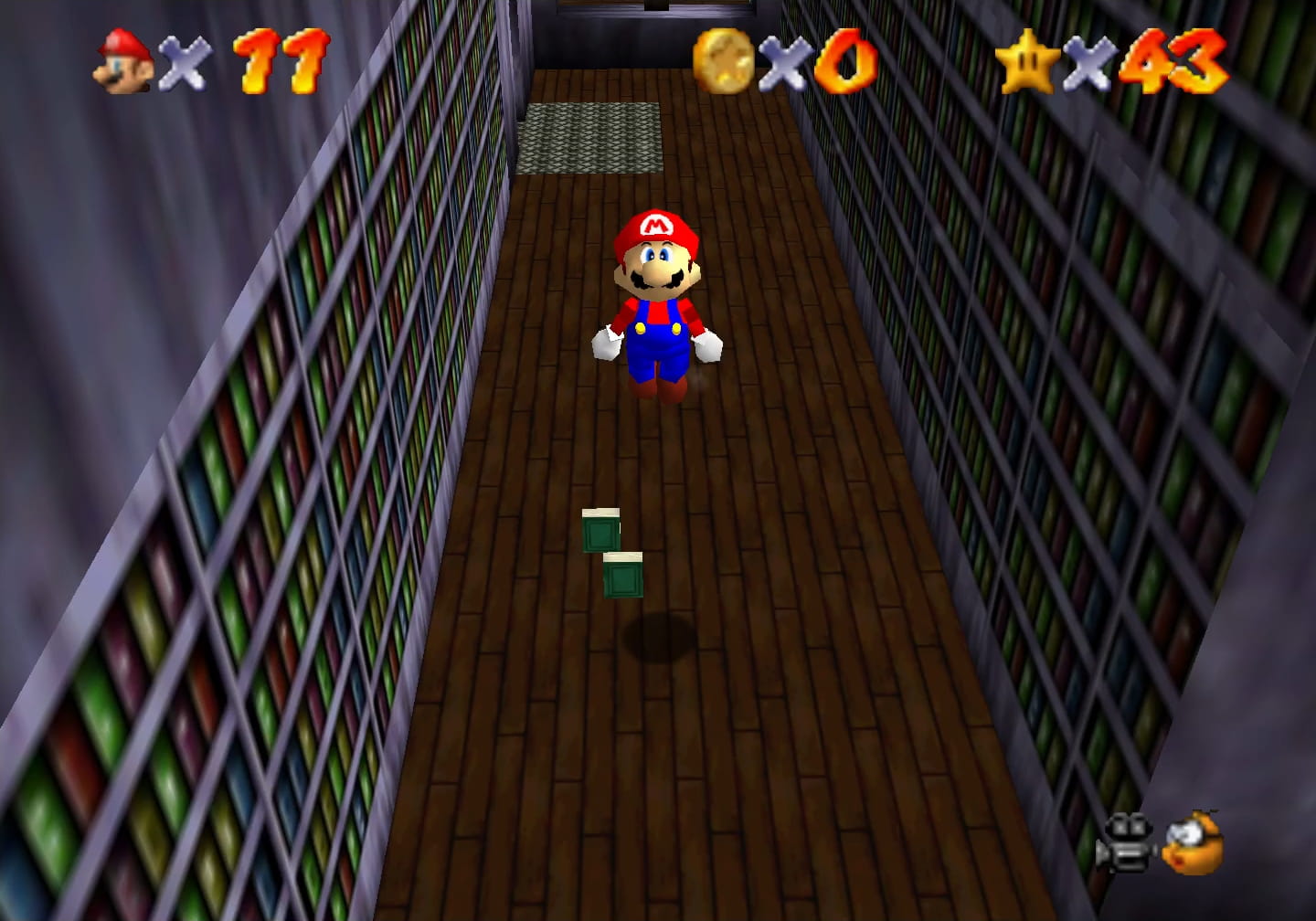
@ the end is that o’erused puzzle in this game: hit the things in a certain order & get hurt if you don’t already know the pattern. It’s basically just the treasure chest puzzle used 3 times ’mong the 2 water levels, but with books. There’s only 3 books, too, so a sane person can only mess up up to 2 times, which is not ’nough to kill the player. Then ’gain, if this were actually challenging, it would be frustratingly unfair.
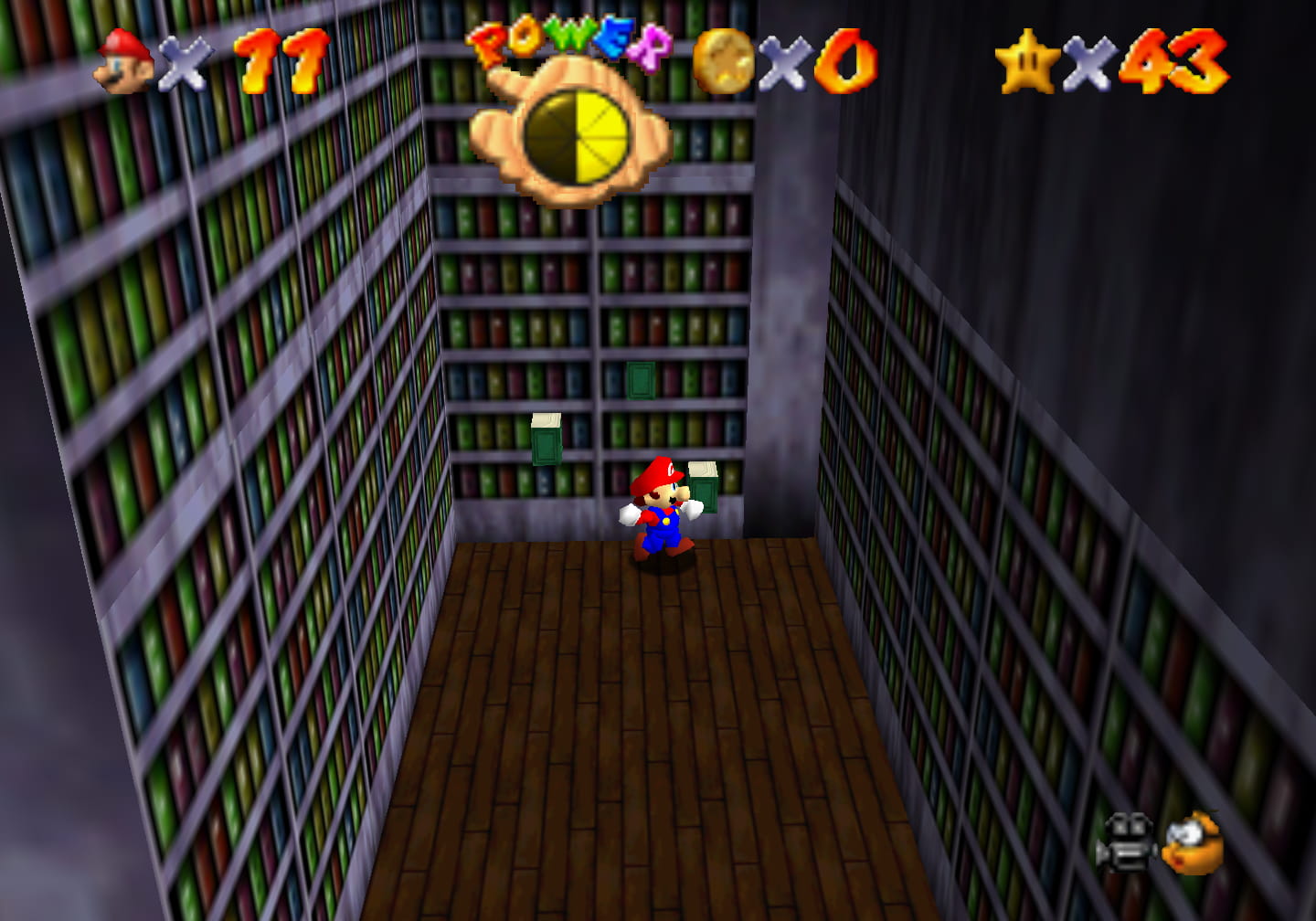
You can skip the whole thing by employing moderately hard jumps from a balcony from ’nother door, which is faster, but harder than just running through a hall & punching 3 books. Actually involving platforming, it’s funner than the intended route, but it also just falls into a generic jump challenge, which is still weak. You know a star is bad when it’s worse than a generic jumping challenge.
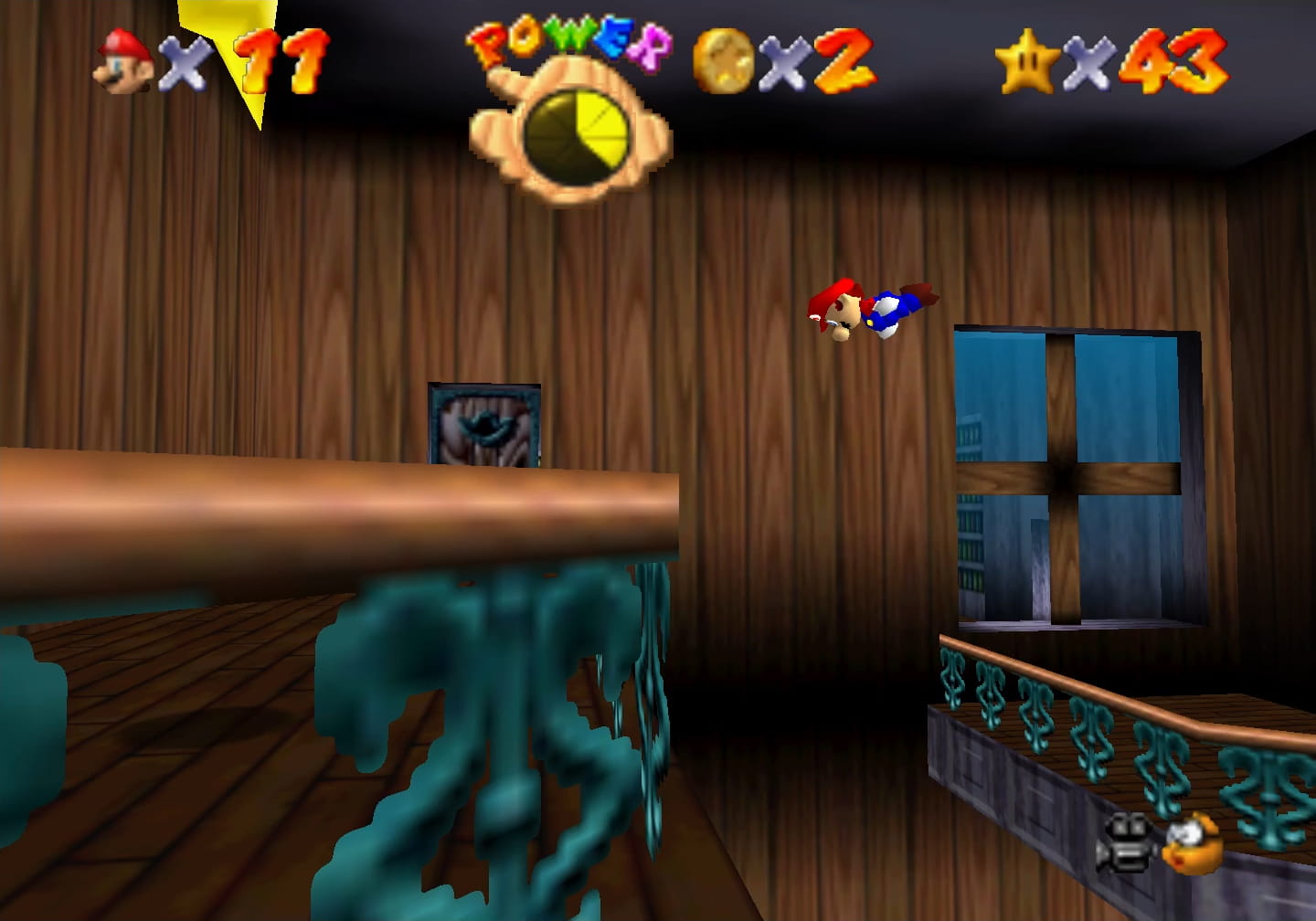
It says something that the red coins star, which players see in every level, is 1 o’ the strongest in this level. “Seek the 8 Red Coins” takes advantage o’ the many hiding places the mansion’s many rooms offers. Thankfully, the developers were wise ’nough to keep them all in the main mansion & didn’t throw any outside or in the weird shed thing out front. The mansion’s rooms offer plenty ’nough variety for the red coins, while keeping them all to the main mansion’s main rooms balances this with a strong sense o’ coherence, giving it the best o’ both. In fact, I would outright say that “Big Boo’s Haunt” has the best red-coin challenge o’ the game.
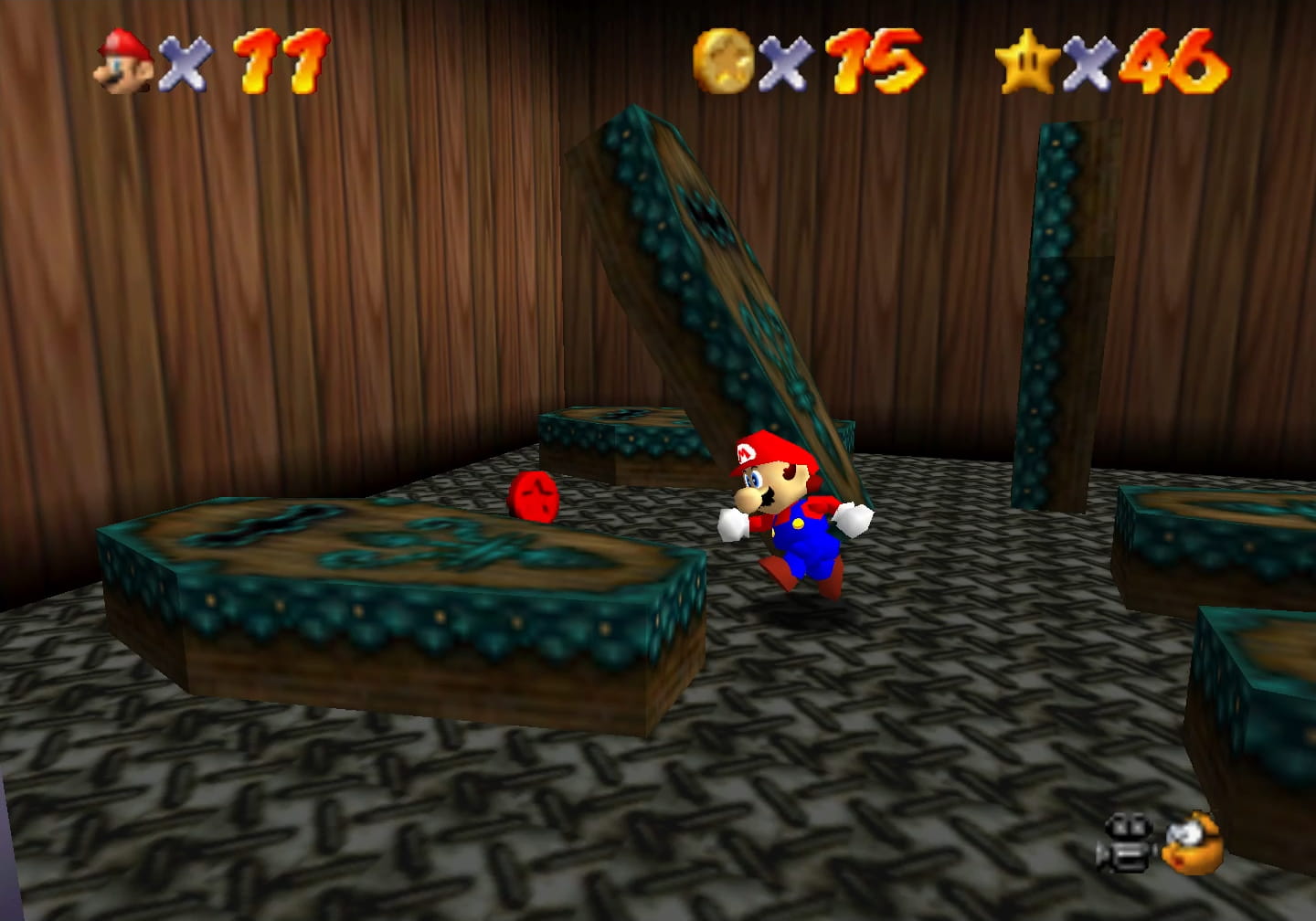
“Go on a Ghost Hunt” by itself is a strong star to start the level. It, too, challenges you to explore the level, but for ghosts to defeat & only on the 1st floor. After defeating them all, you fight Big Boo, which creates a set o’ stairs so you can climb up to the 2nd floor, where the star appears ( & thankfully it only appears after you defeat the Big Boo, as you can easily just triple jump up to the 2nd floor, anyway ). This complements the red coin challenge in an interesting way: since red coins are scattered through the bottom floor, you will inevitably see a few o’ them as you pass by. So if you remember where you saw them, you can mo’ quickly pass through & grab them & spend most o’ your time exploring the newly opened 2nd floor.
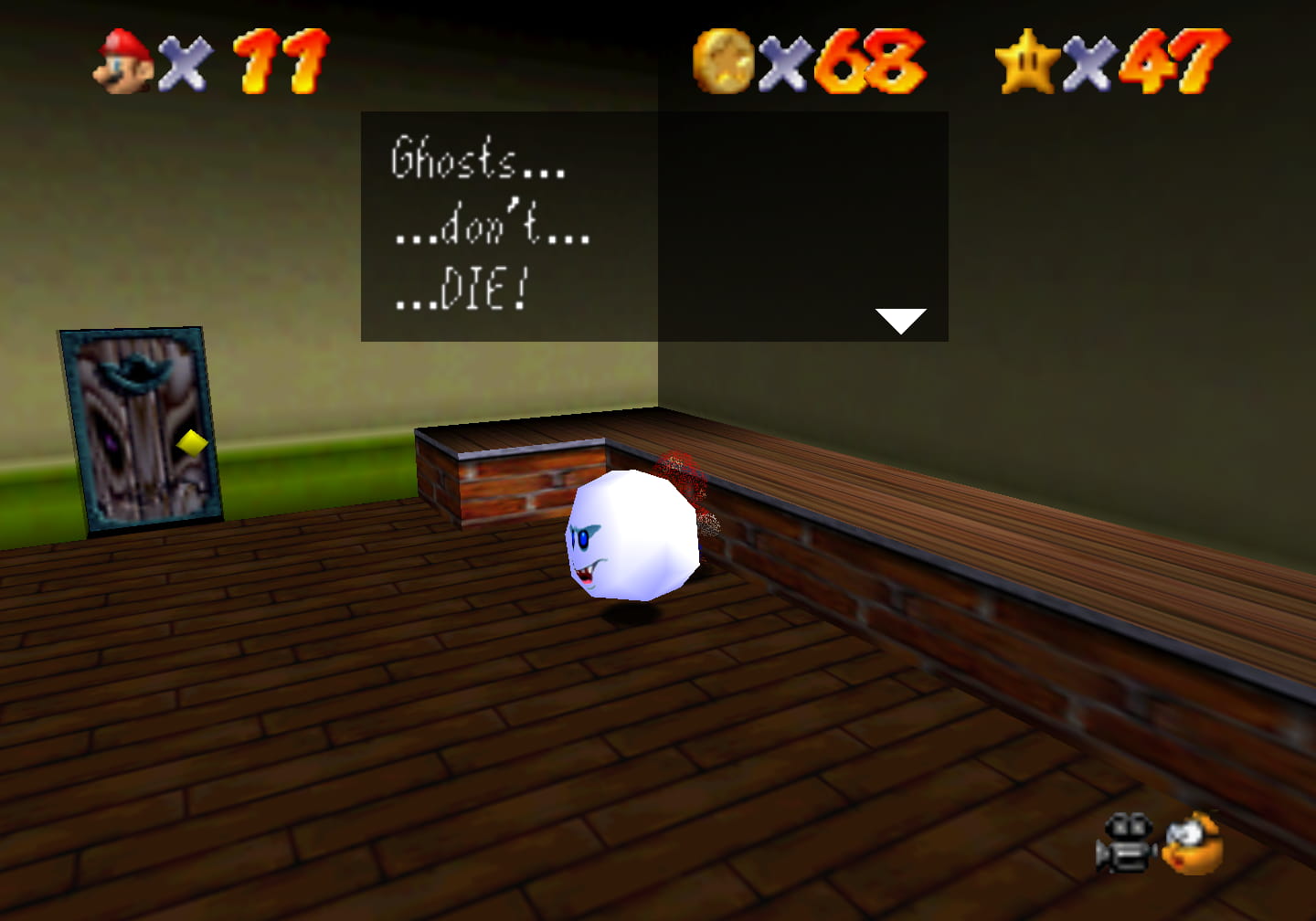
The red coin star would’ve been perfect as the 2nd star, as it follows right after the 1st star. But ’stead the 2nd star, “Ride Big Boo’s Merry-Go-Round”, challenges you to take a detour down into the weird shed into an underground sewerlike passage ( tho those who fell in a hole in the mansion during the 1st star would’ve accidentally stumbled ’pon this area & had to tediously climb all the way back ). There are no platforming challenges throughout this long path — nothing but a long elevator ride downward. The only use for this whole area is the main room where there is a spinning carousel where, if you have the right star selected ( ¿why the developers decided to enforce star order here, I have no idea ), Boos will appear & you have to defeat them all ’gain, but this time without any platforming or exploration to break up the monotony, like in the 1st star — though I s’pose there are firespitters that are brainlessly easy to dodge. After you defeat all the Boos, you get to fight Big Boo yet ’gain to collect the star. Like with “Jolly Roger Bay”, this star not only is not interesting by itself, it hurts the 1st star, which would’ve been great if it didn’t feel repetitive after this star.
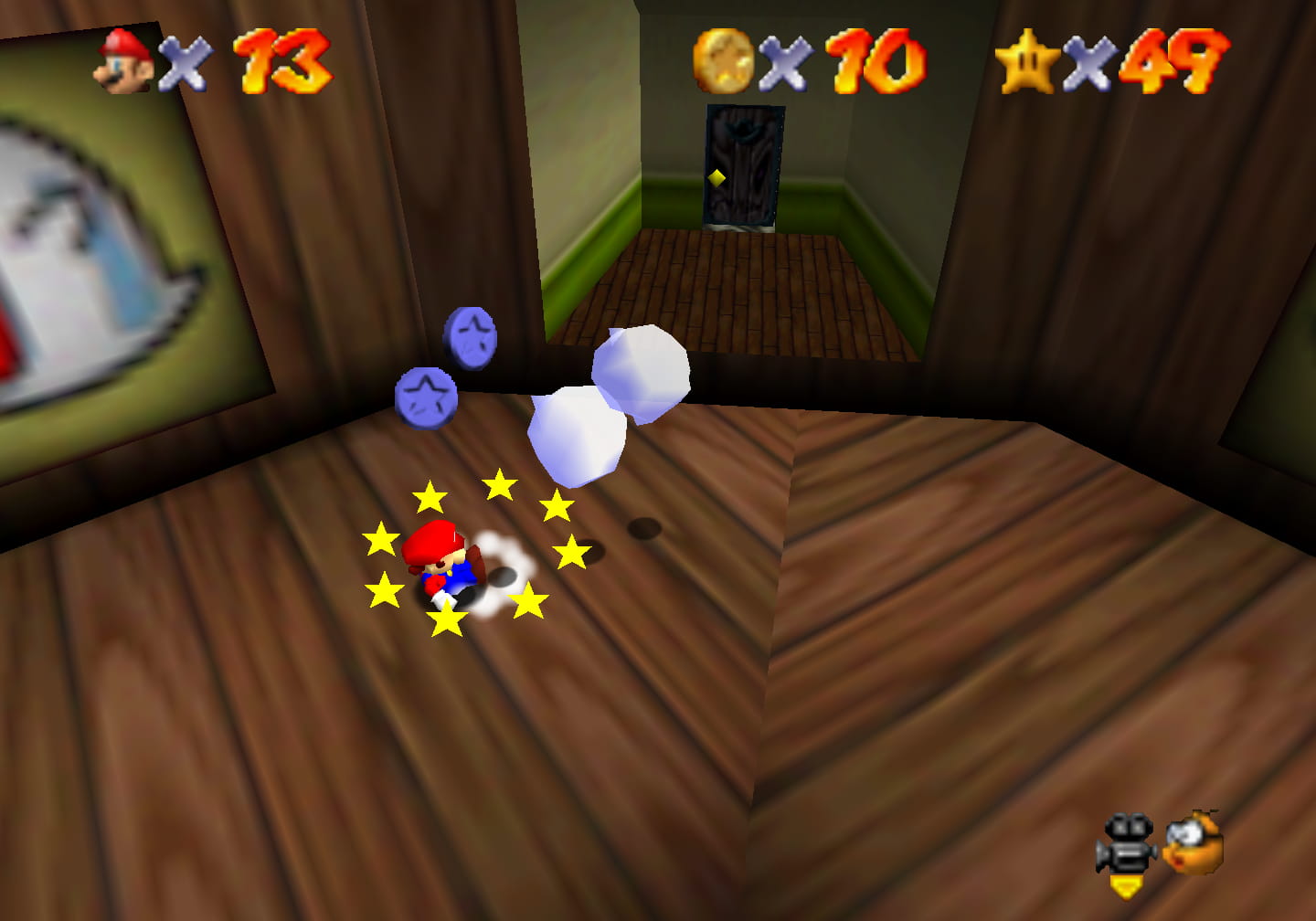
The DS remake tries to add a li’l mo’ action in this underground area with “Switch Star in the Basement”, yet ’nother switch star. The only notable thing ’bout it is that they force you to use Wario by putting a black brick, only breakable by Wario, o’er the switch.
Rather than use yet ’nother portrait for this level’s entrance, the developers made this entrance a small cage you need to touch to make Mario magically shrink inside, with the implication that the level is inside the cage. @ the back o’ the stairway ’tween the 1st floor & basement is a courtyard that @ 1st appears empty & pointless; but after you collect 15 stars it suddenly becomes infested by Boos, who hold items that you can collect if you defeat them & can see if you stare @ them, turning them transparent, where their item reveals itself. While most Boos just have a useless coin, 1 holds the cage that leads to this level.
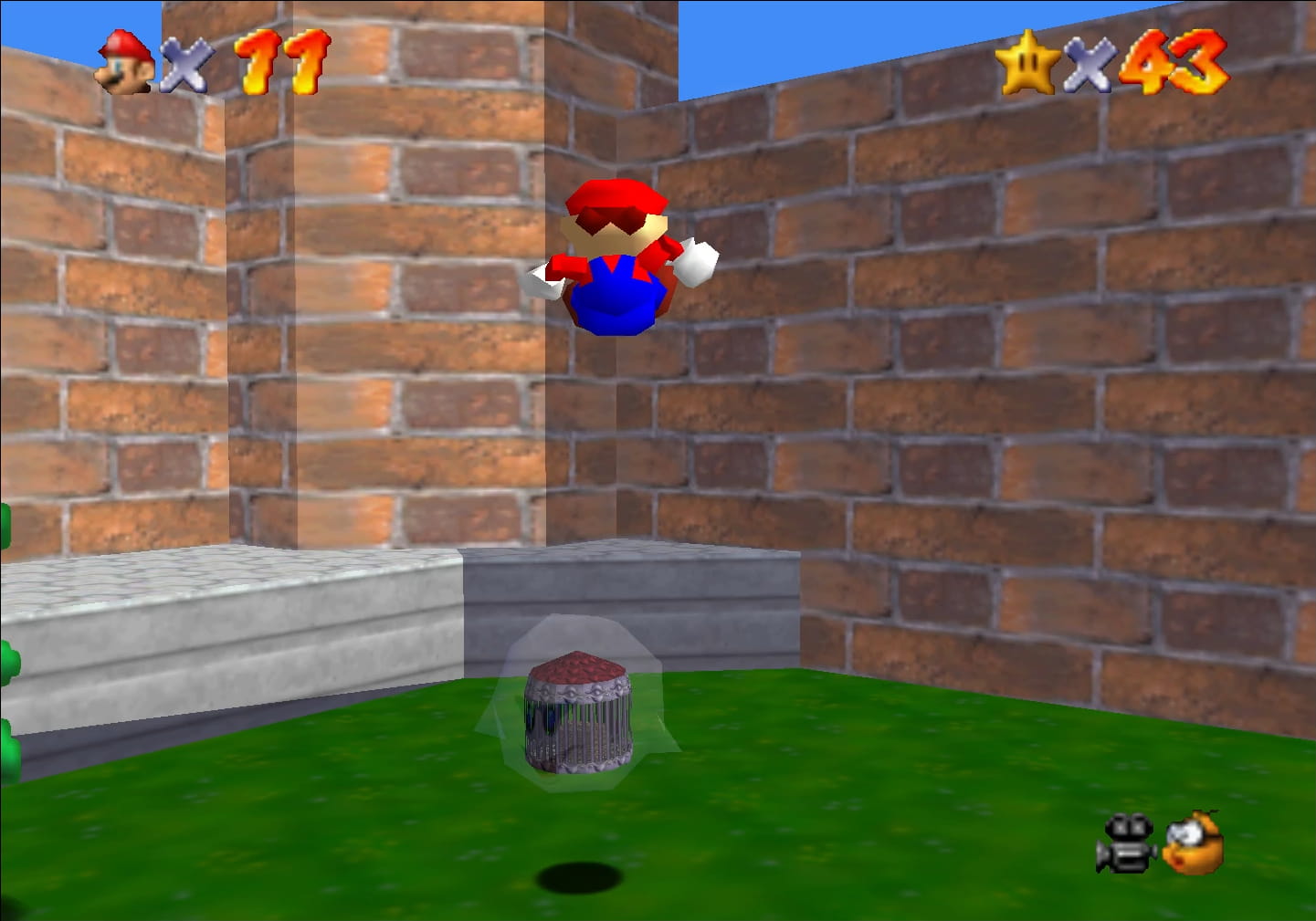
Admittedly, it is a bit o’ a bother to keep killing the boo to unleash the cage — which is why the developers in the DS remake made it so that the cage stays there after you leave the stage after every star. Also, it probably would’ve made mo’ sense to have a miniature mansion ’stead o’ a cage, but I have an inkling that that would’ve required better graphical tech or experience than this new 3D game could handle yet.
10. Bob-omb Battlefield
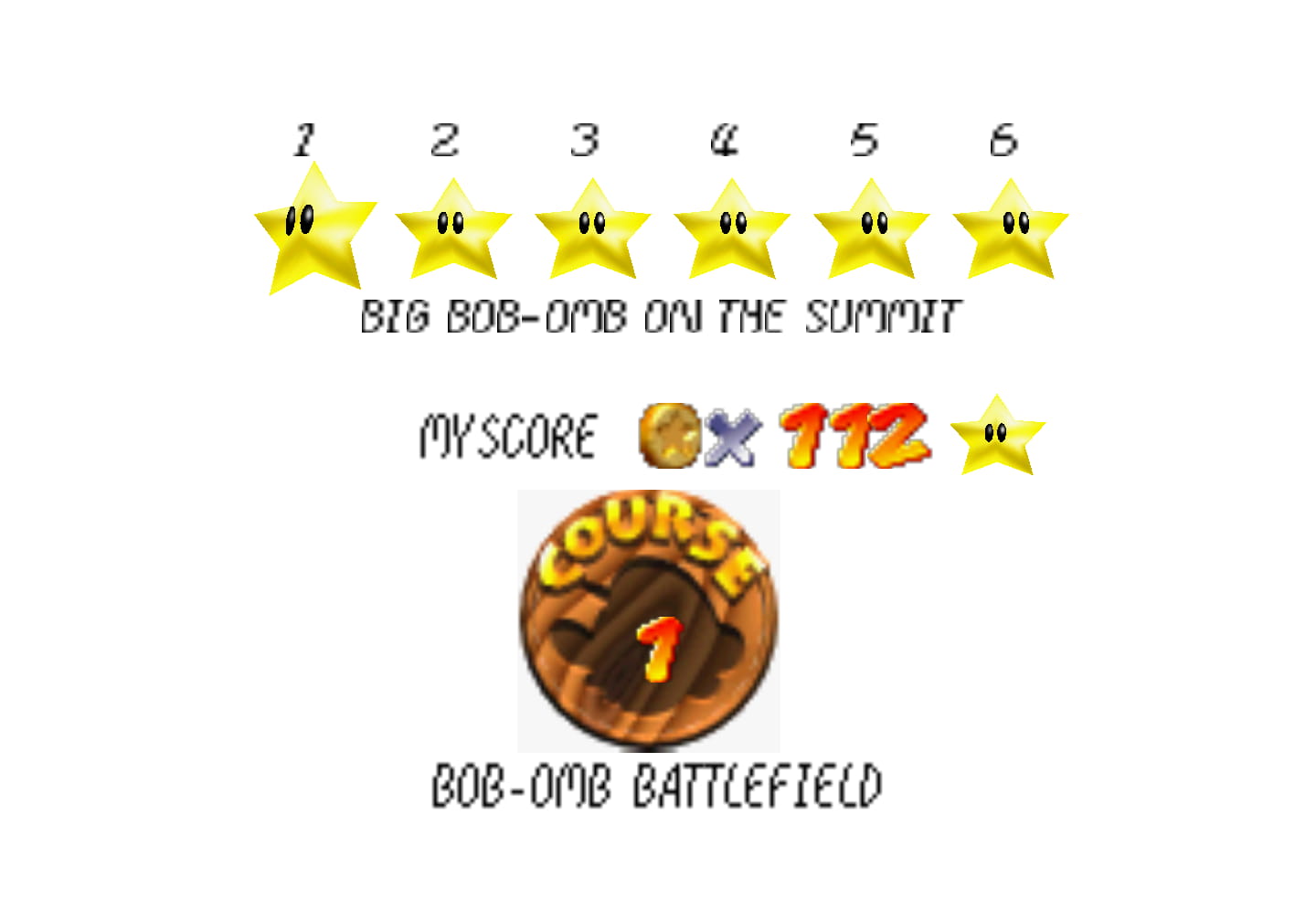
I commonly complain ’bout games starting with bland-looking “grasslands”5. Super Mario 64 tries to spice theirs up with a bit o’ a war-torn battlefield theme, but they fail to truly add much “military” to the level — just a bunch o’ Bob-ombs & cannons, which are both found in nearly every level already. Compare this to, say, World 8-3 o’ the original Super Mario Bros. with its castle walls in the background. In fact, the level that comes right after this 1, which also has a bit o’ a grassland theme to it, does a better job o’ matching that than this. This level just looks like a bland grassland that could be found in any game.
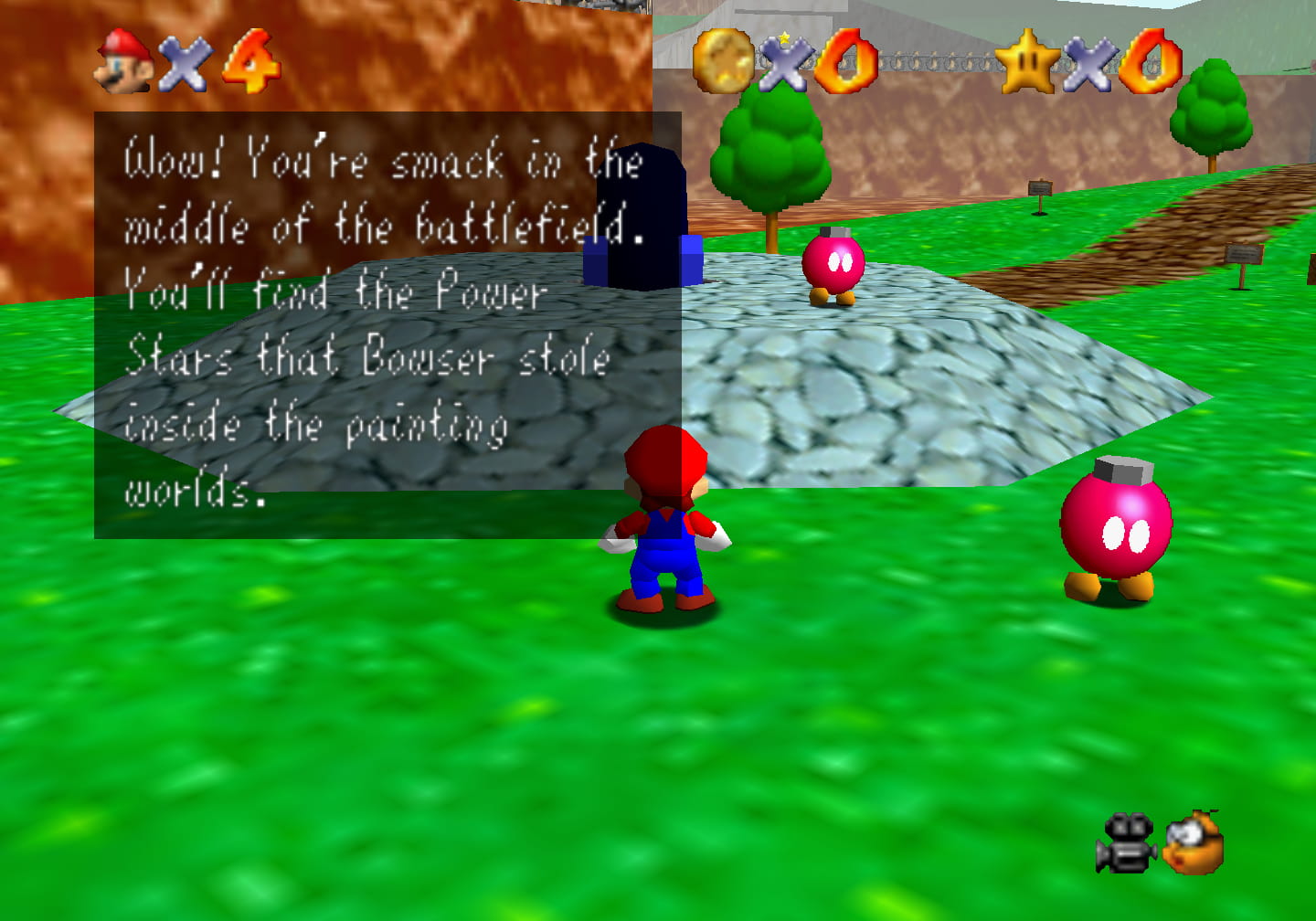
While not surprising that the developers would want to start with a level with a rather straight path ( though with forks & e’en a dead end @ places to help players dip their toes into exploration ), it is surprising that the developers make the 1st star a mo’ challenge-based star that ends with a boss. Then ’gain, this came after a period when Mario games were mo’ challenging action games. Ironically, people from newer generations who come to this game fresh would probably find free-form exploration less frustrating than dodging the giant Chain Chomp & water cannons & trying to battle Big Bob-omb.
Indeed, while the eponymous Big Bob-omg in “Big Bob-omb on the Summit” makes a great warm-up to a skill you’ll need when fighting Bowser, his janky hitbox makes him harder than he should be. It’s shocking how common it is to grab him when right ’hind him only to grab through him as if he were a ghost & get grabbed by him. Trying to reach his back can also be surprisingly tricky with how fast he rotates on his last hit, tho clever players may realize they can jump o’er him for a shortcut.
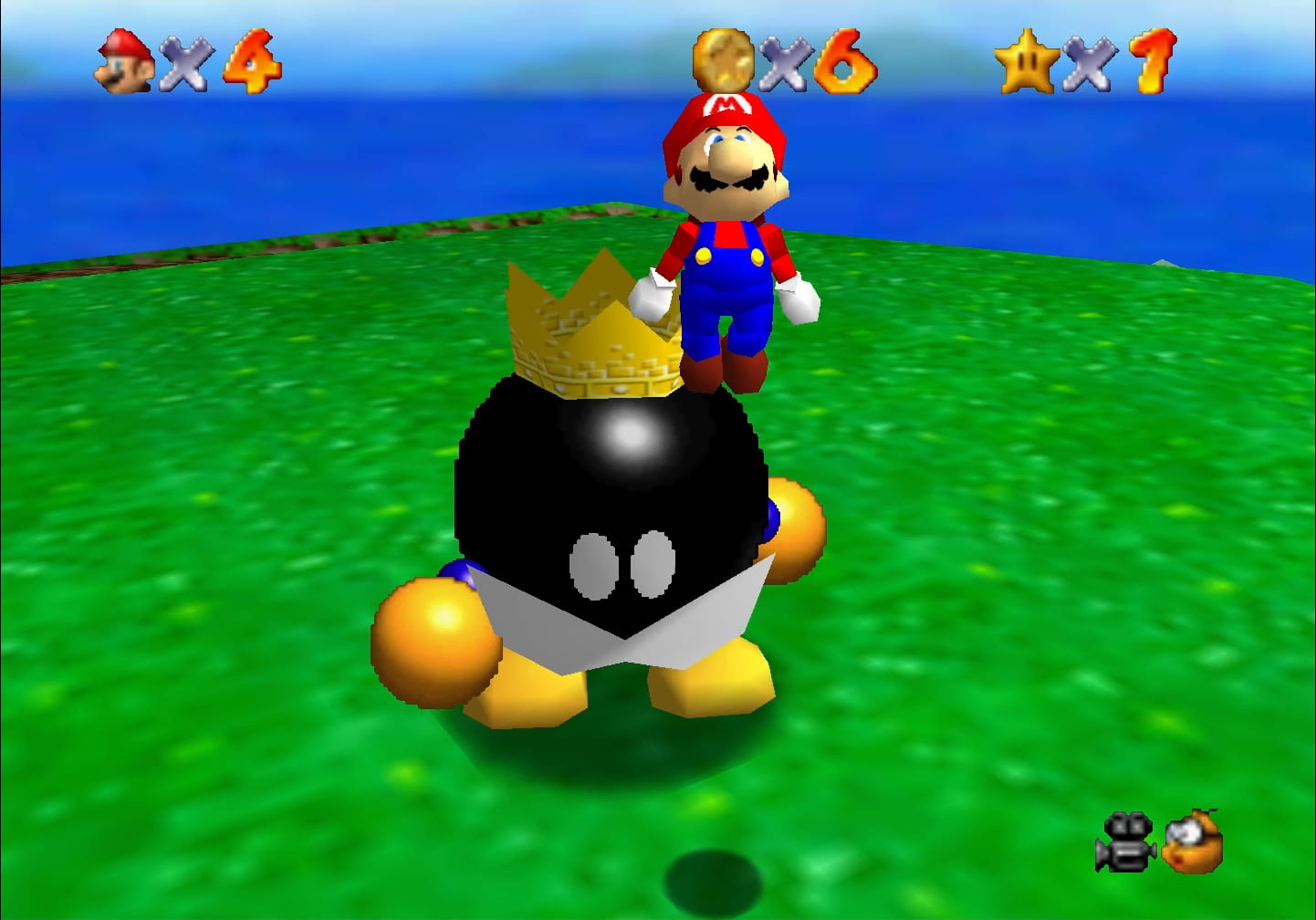
The DS remake changes this boss fight by necessity, since they, oddly, make you start as Yoshi, who can’t grab. In that version you just lick up the Bob-ombs Big Bob-omb throws & spit them back @ him, which is very easy. They then make you rematch Big Bob-omb the traditional way for a later star, “Big Bob-omb’s Revenge”, using someone other than Yoshi ( or Yoshi wearing a cap ).
Luckily, Super Mario 64 offers alternatives from the very start: less than halfway through the path to Big Bob-omb’s summit one runs into a Chain Chomp ties to a wooden peg in front o’ a gate guarding a conspicuous star, a star I always make sure to get 1st, ’cause getting stars in the developer-decided order in Super Mario 64 is like player Cuphead on simple mode — it’s almost missing the whole point o’ the game.
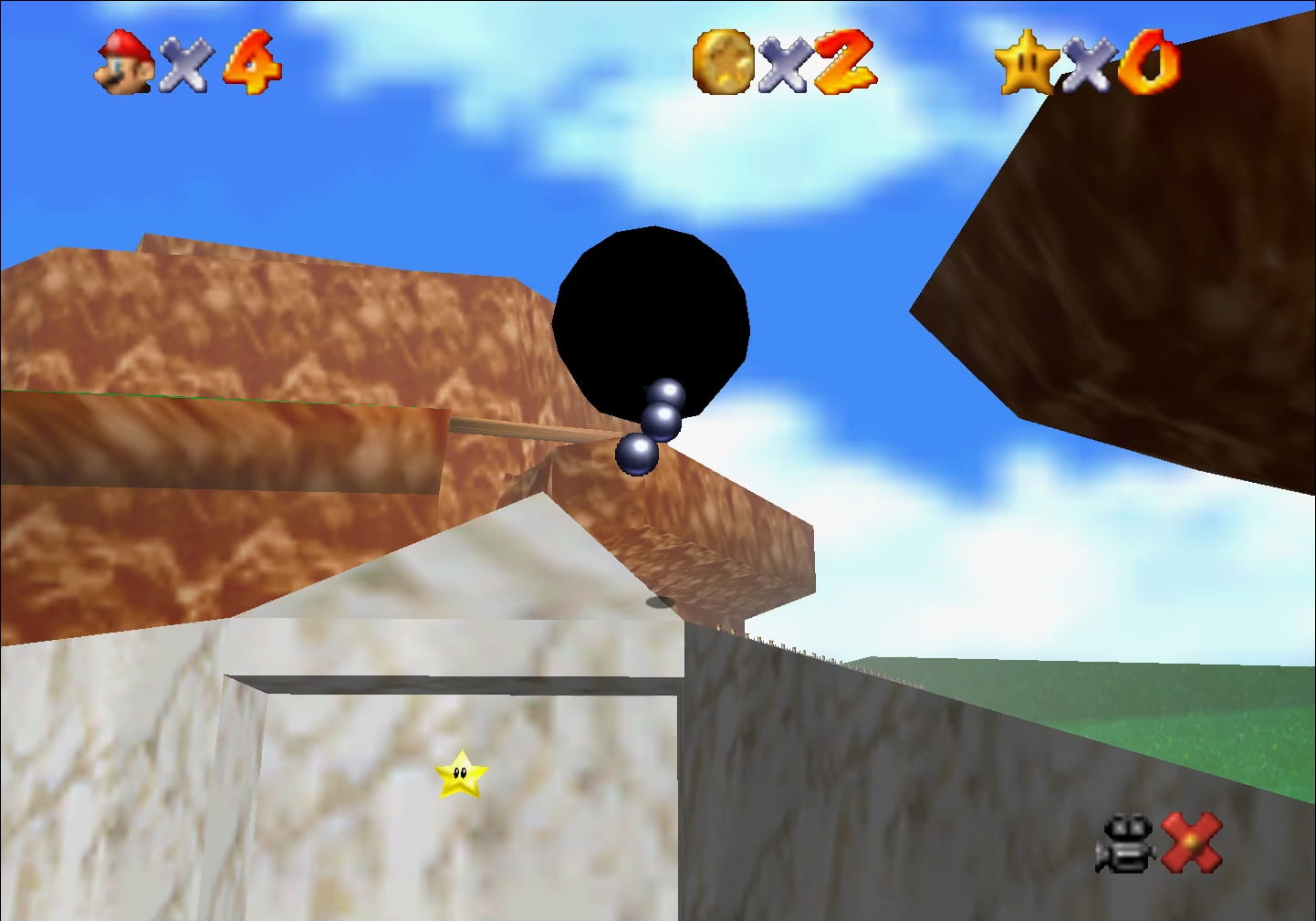
“Bob-omb Battlefield” is the most notable instance o’ a level you’ll have to come back to later, thanks to a’least 1 star requiring the wing cap ( & the coin star requiring it if one wants to keep one’s sanity ). Since Super Mario 64 levels kick you out after every star, anyway, it’s not as annoying as in the Rareware 3D platformers.
I like this game’s use o’ the wing-cap in this level, as it offers a safe-from-death, but not free, way to make the player practice flying with it, & it fits the cannon theme o’ the level. It’s also fitting that the 1st level would put so much focus on a power-up so important to the game that Mario has it on the box art.
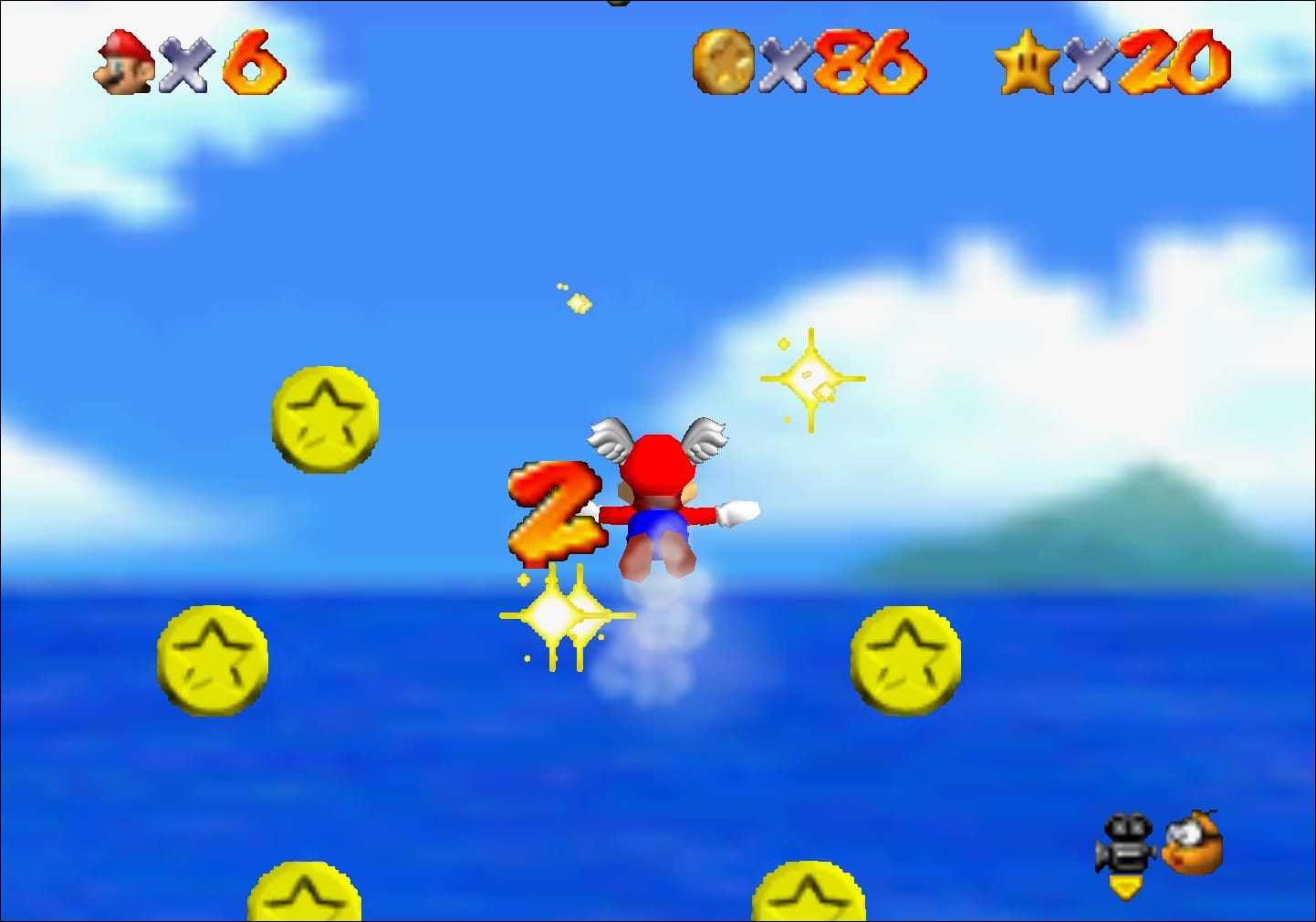
“Shoot to the Island in the Sky” feels thrown-in & redundant, tho, since you have to shoot to the island to get a red coin & to get “Mario Wings to the Sky”. The developers who worked on the DS remake seemed to agree, since they removed it to make room for the 2 new stars they added.
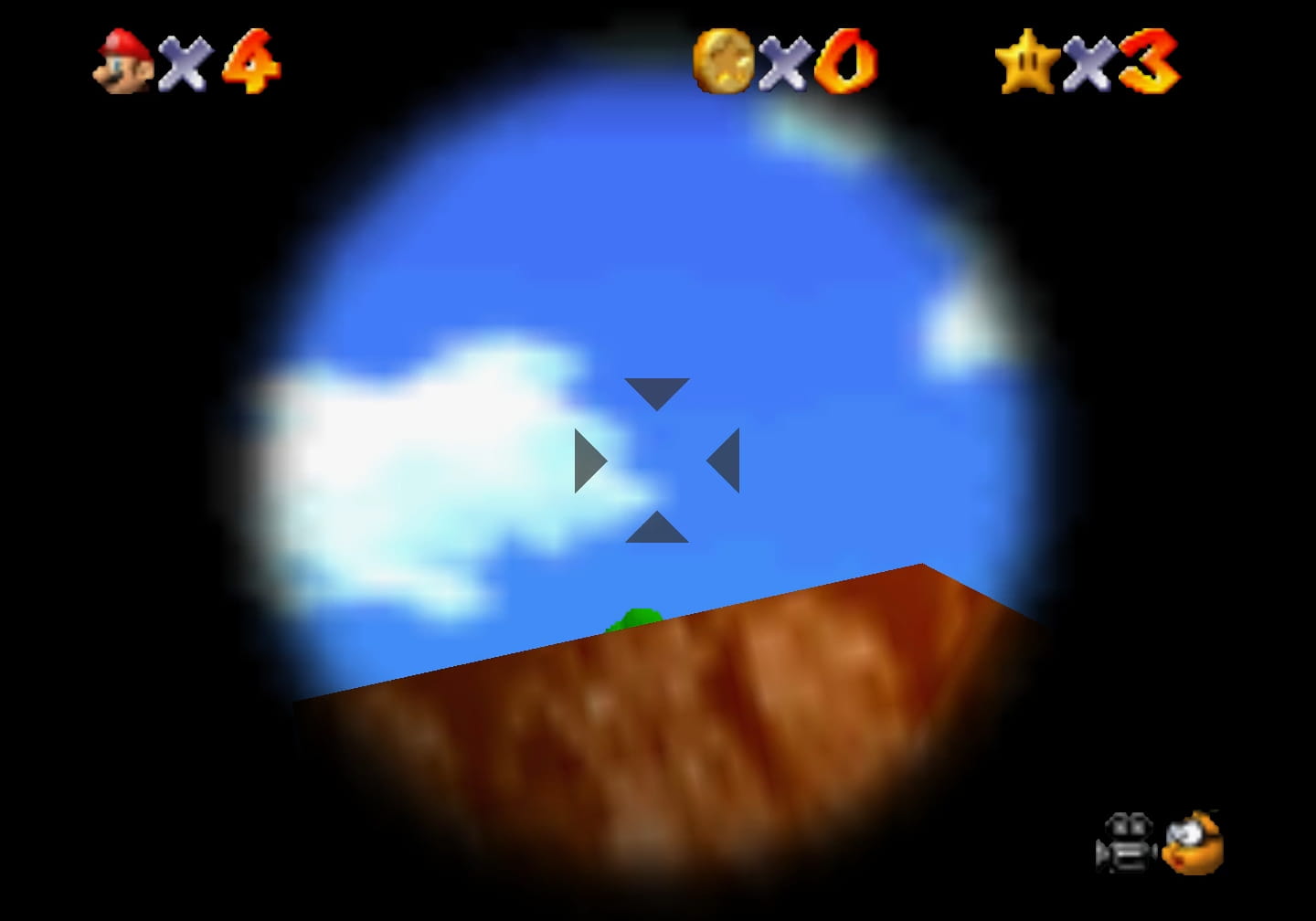
Demonstrating this level theme’s dearth o’ specific qualities, we have a race with Koopa the Quick, a challenge that could exist in most other levels, too. In fact, I’m surprised the developers didn’t put him in mo’ levels ( the developers o’ Super Mario Odyssey must’ve felt that way, too, since they put a Koopa race in every level in that game ). It basically challenges the player to do what they did in the 1st star ( & unlike “Behind Chain Chomp’s Gate” you have to do the 1st star before this 1, since Koopa the Quick won’t appear ’less you specifically select his star, which requires collecting the 1st star ), but within a very lenient time limit, which is a fair ’nough challenge, & a good way to challenge players to hone their ability to not just explore pathways, but also learn them so they can travel through them mo’ quickly later.
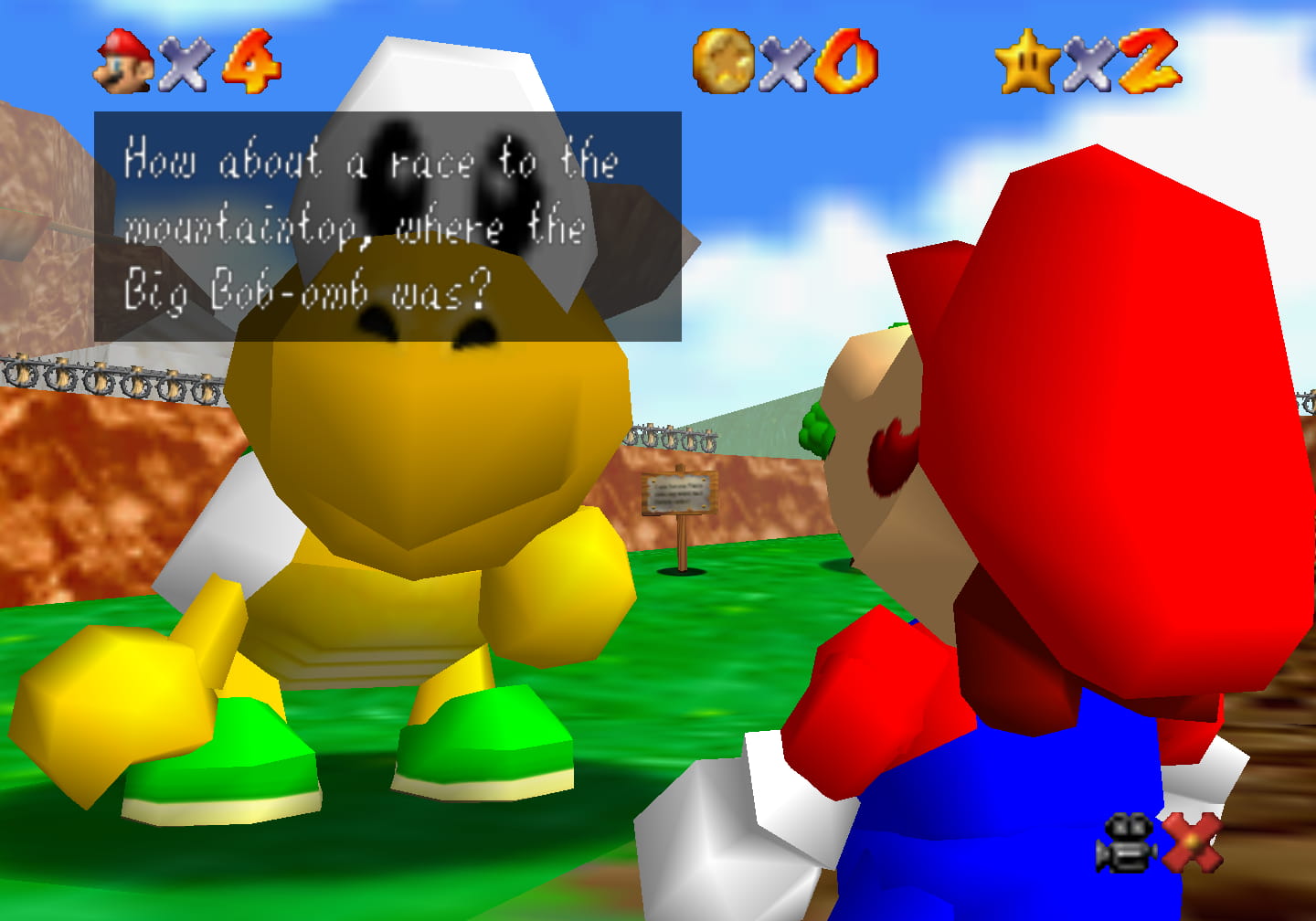
“Find the 8 Red Coins” has that particularly bad mix o’ having coin placements that are arbitrary, but also repetitive & uninspired. 2 are right next to each other round where the star spawns & ’nother’s on a random rock near the beginning o’ the level. ’Nother’s hiding in plain sight on the floating island, essentially just requiring the player to shoot to it for the 3rd time.
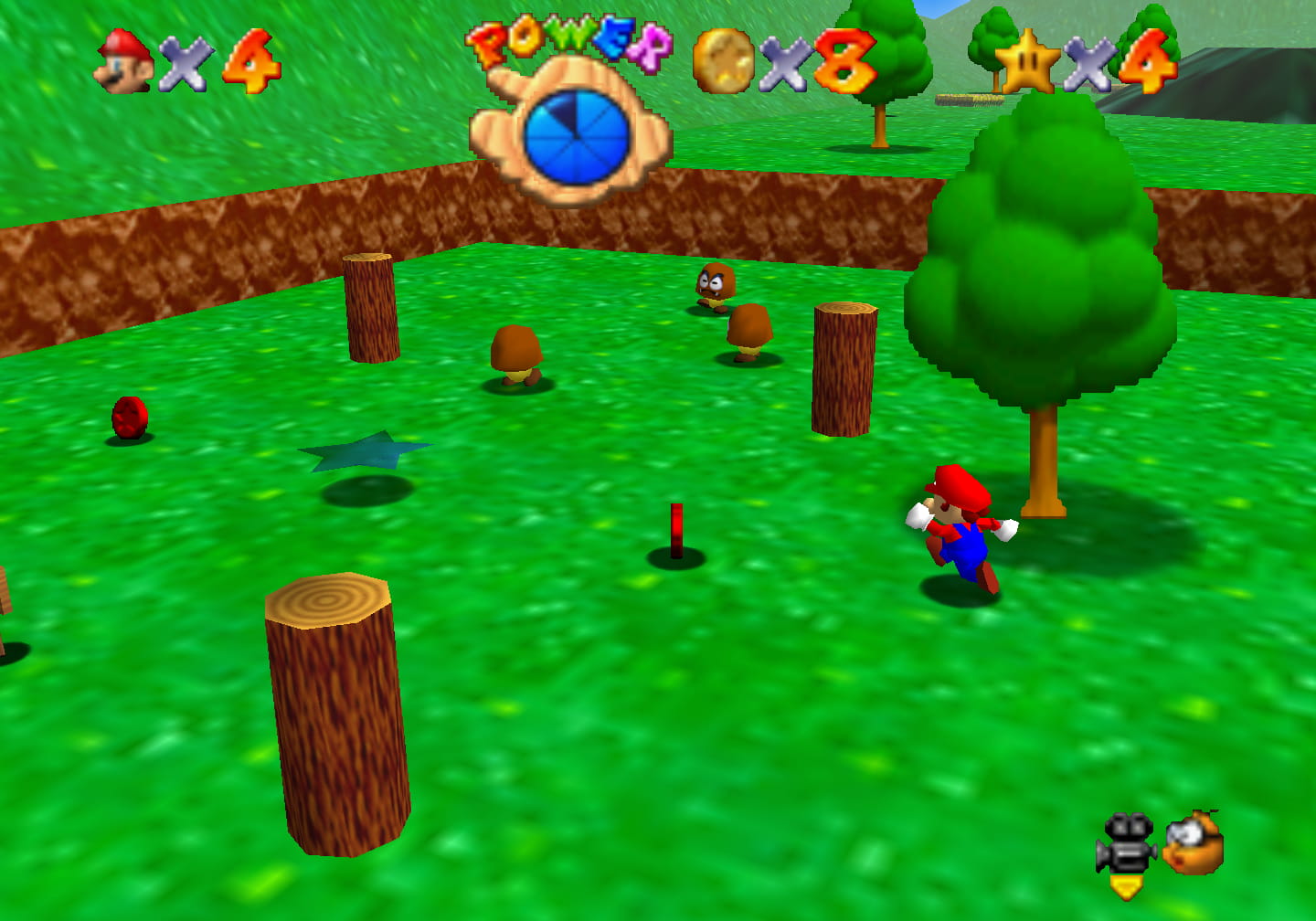
The best placements are @ the top o’ the otherwise pointless moving platforms, in the secret gated fort under the bridge, & on the Chain Chomp’s peg, which is the only 1 that adds an actual threat to collecting it. ( Some may consider this latter choice hypocritical after complaining ’bout the island red coin; but this is different for 3 reasons: 1. the Chain Chomp star comes after the red coin star in natural order; 2. while the Chain Chomp red coin adds a quick threat to your health getting it, getting it is fast & doesn’t require tedious cannon work, like the island one; 3. this red coin actually enhances the Chain Chomp star as it adds ’nother indicator that the peg is important ). The red coin on the slope isn’t a lazy placement, just annoying: you either have to know some obscure speedrun technique to get up it fast or you need to slowly walk up it, since jumping, for some reason, makes Mario slide down with no way to get back up till he reaches the bottom, or go round to the top & slide down from there. Neither are compelling challenges; just tedious. If “Bob-omb Battlefield” had mo’ interesting landmarks, there might’ve been mo’ interesting pockets to hide the red coins in.
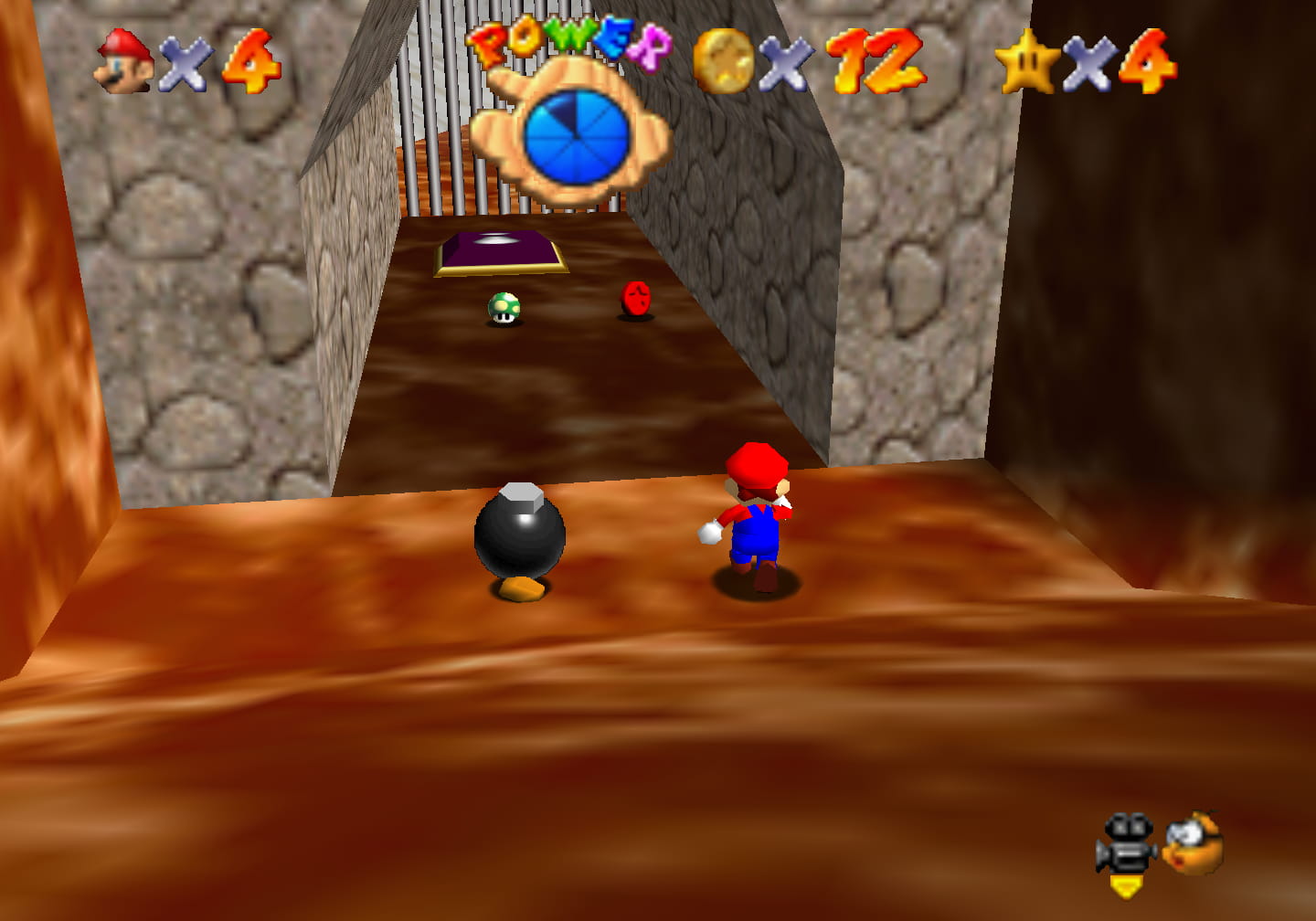
I have mixed opinions on the 100-coin star o’ this level. I like that the level gives you plenty o’ coins crowded in large areas, making it an easy warm-up for the 1st level. Having the extra wooden pegs is good, too, since the player is likely to play round with them, being in a safer place than the Chain Chomp 1, & realize they can ground pound them, & then remember the Chain Chomp peg & put 2 & 2 together…
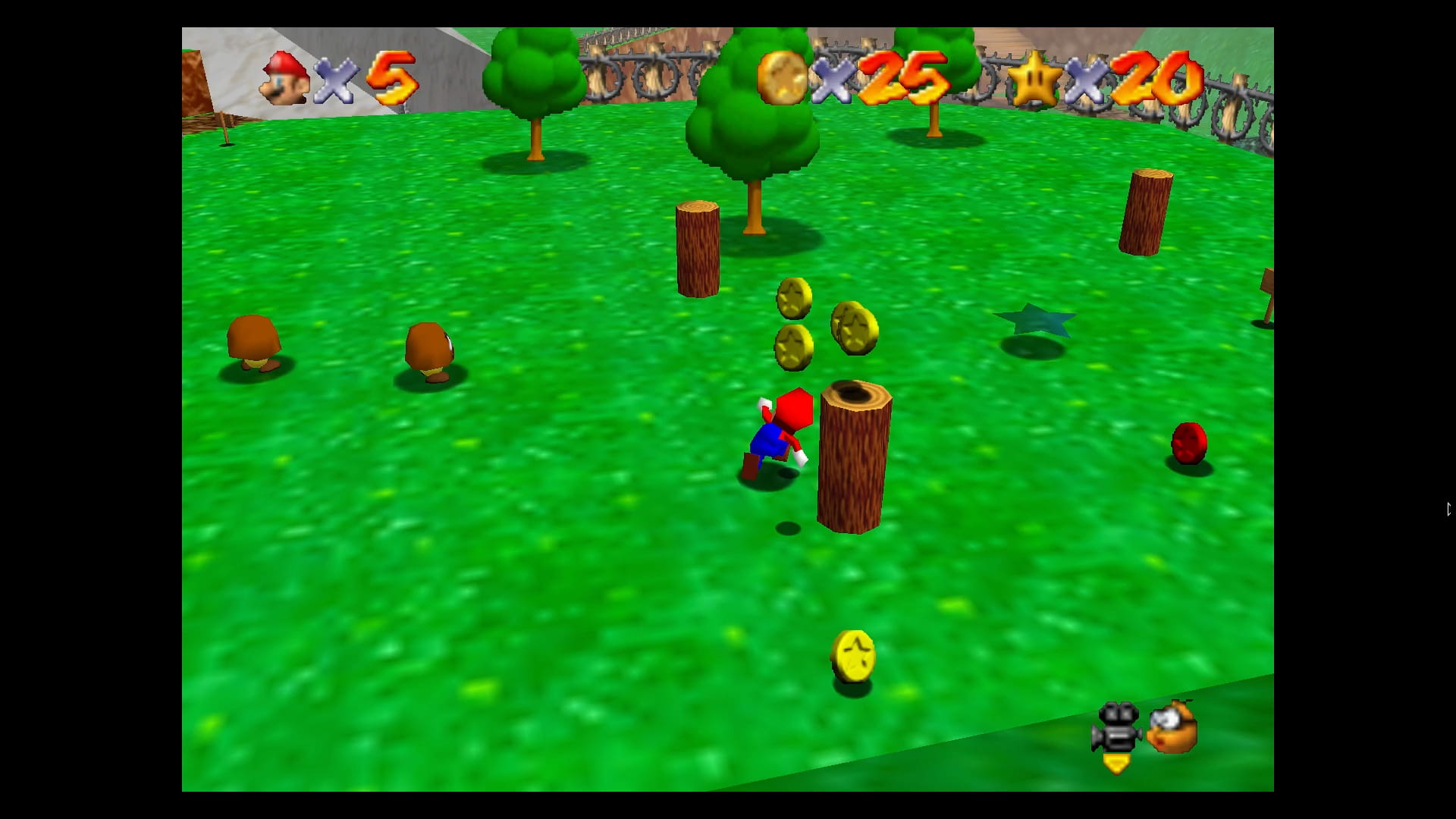
Howe’er, I don’t like how the level makes it seem manageable to get 100 coins before getting the wing cap, only to have a lot o’ coins in the sky. I think it’s technically possible to get 100 coins without the cap, but it’s much mo’ tedious, & nothing’s worse than being stuck ’tween the rock o’ abandoning a 100-coin star with 80+ coins ’cause you don’t have the wing cap yet & the hard place o’ tediously shooting yourself @ the coin rings hoping to scrounge as many as you can without being able to fly.
If collecting 8 red coins in uninspired places, 5 secrets in rings, & 100 coins wasn’t ’nough, the developers o’ the DS remake picked the worst level to add 1 o’ their many iterations o’ “collect 5 silver stars” star, generically-named “5 Silver Stars!”. In their defense, they did make Chain Chomp roam round with a silver star @ the end o’ their chain, which is something new & actually challenging. They should’ve just made the new star “Grab Chain Chomp’s Chain” & should’ve just had a real star on its chain: that would’ve been unique, cut out the fluff, & would’ve been easier to implement, since they clearly already implemented the Chain Chomp roaming round & dragging something with it.
9. Hazy Maze Cave
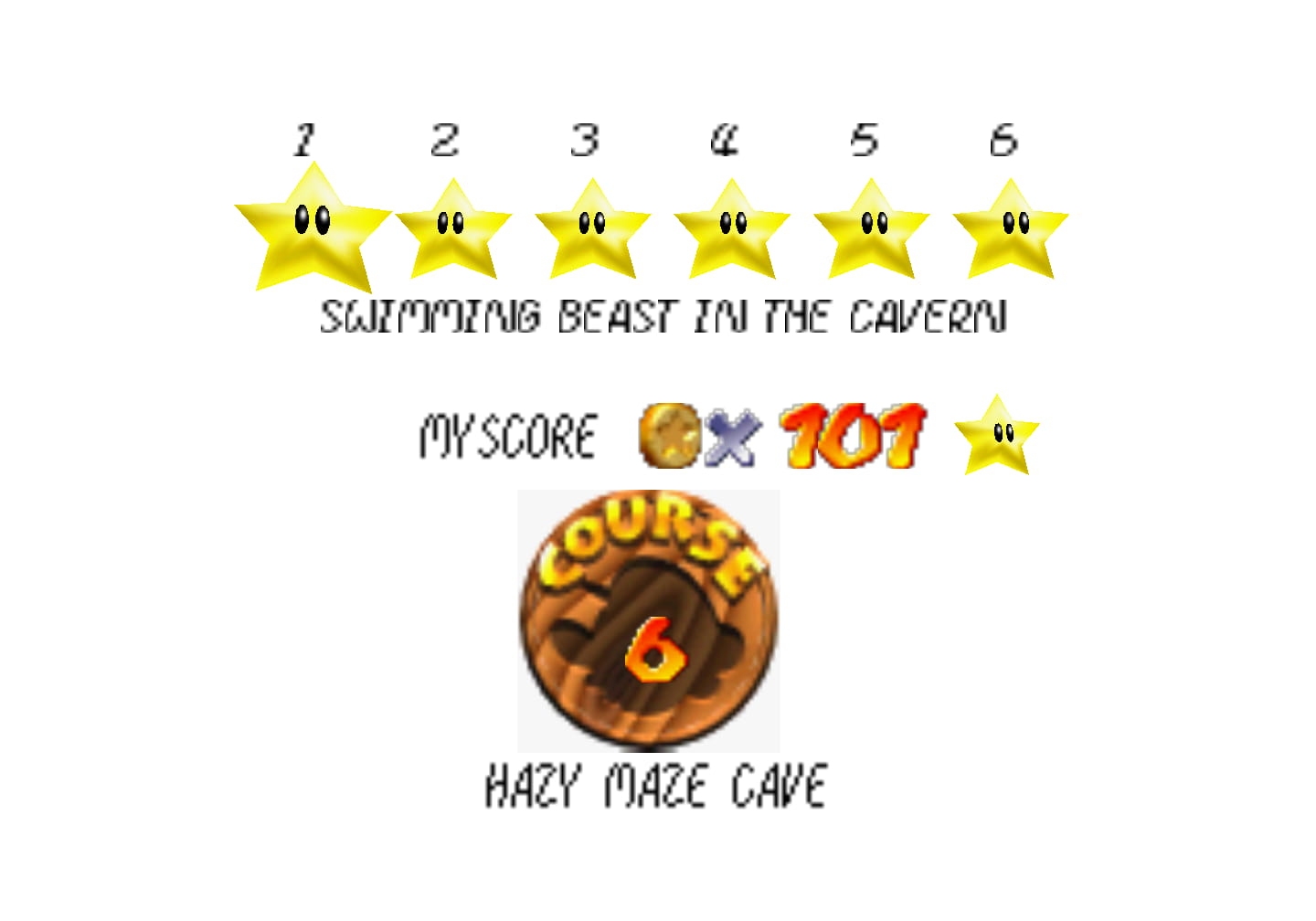
“Hazy Maze Cave” is a well-constructed o’erall level environment tarnished by not-so-great star challenges.
“Haze Maze Cave” is the perfect balance ’tween Super Mario 64’s 2 major level types: linear & open. It has branching lines, like “Rainbow Ride” & “Lethal Lava Land”, but with branches connecting together in mo’ than 1 place, offering many opportunities to loop back into paths missed, which is convenient for collecting the 100-coin star — ’specially for a level notorious for having few coins & being tricky to get them all in6. In short, “Haze Maze Cave” is, well, a maze.
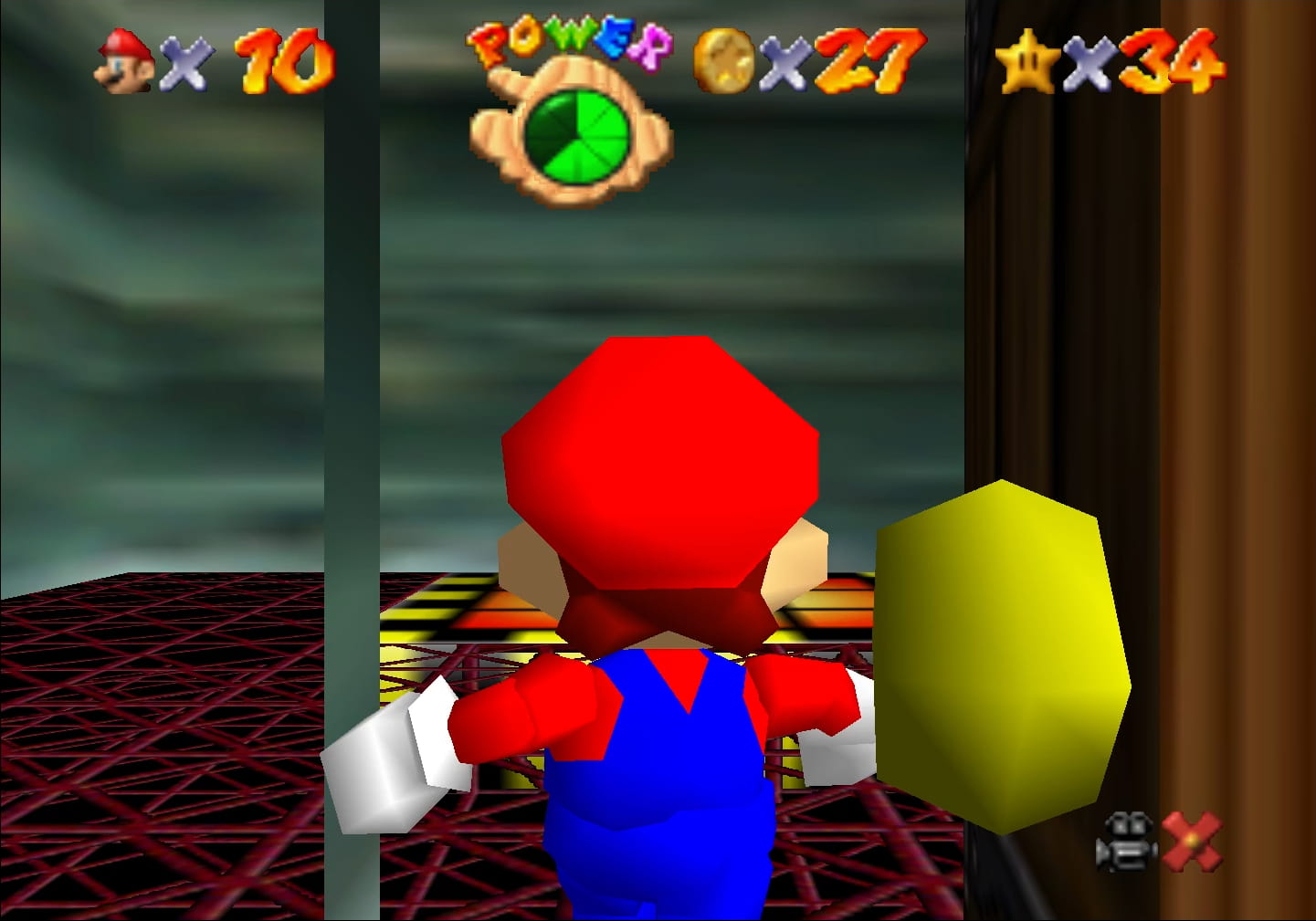
& to “Hazy Maze Cave”’s credit, it does come up with quite a few mechanics that feel different but also feel tied to the cavernous level theme: rolling rocks, underground mines polluted with toxic gas that slowly saps Mario’s health ’way, & elevators, adding a bit o’ a mechanical edge to this level. Howe’er most o’ the challenges revolving round these mechanics are either half-executed or executed with minor problems.
3 stars revolve round a small lake after a slow-falling elevator, 2 o’ which require maneuvering a slow-moving, awkward-to-control Dorrie, which are fine ’nough — in fact, the way the developers hid the metal cap in a section within ’nother level using a mechanic one might s’pose had done its job for the 1st star is a clever twist on the pattern they had set up with cap levels. & to be fair, we should technically subtract 1 from the previous 2 #s, since the metal cap stage using Dorrie technically isn’t a “Hazy Maze Cave” level but 1 o’ the “Castle Secret Stars”.
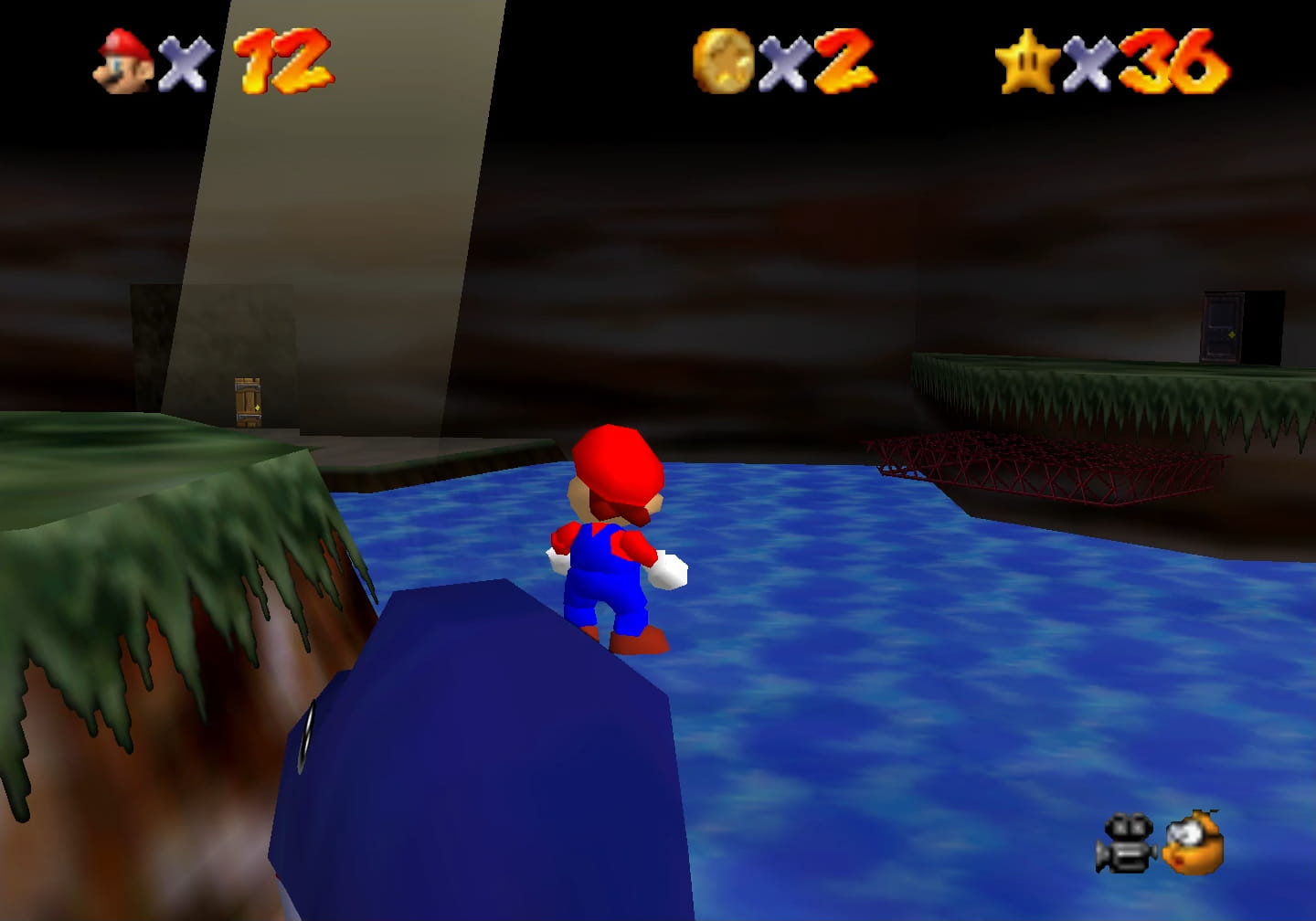
The 1st star, “Swimming Beast in the Cavern”, is the other star that requires using Dorrie, just to reach the mountain in the middle o’ the lake with a star hanging round in the open.
The 3rd star, “Metal-Head Mario Can Move!” ( “Metal-Head Wario Can Move” in the DS remake ) doesn’t require Dorrie @ all, but requires the player to get the metal cap, race to the switch, & then employ some basic long jumps to get the star. The main challenge o’ the “race”, unfortunately, is that Metal Mario moves slowly in water, which is boring & feels mo’ frustrating than a race where you can actually move quickly.

Probably the most interesting star is “Navigating the Toxic Maze”, which says exactly what it requires: hurry & find the exit in the sprawling maze before the toxic gas causes Mario to suffocate to death ( strangely, leaving the gas doesn’t make Mario reheal oxygen like reaching the surface o’ water does ). Like “Lethal Lava Land”’s red-coin star, there are coins, including a blue coin switch, to help reheal lost health; howe’er, unlike that star, which is fast & easy, so the coins only dampen an already easy challenge, this much larger, trickier section can still threaten you, e’en with the coins.
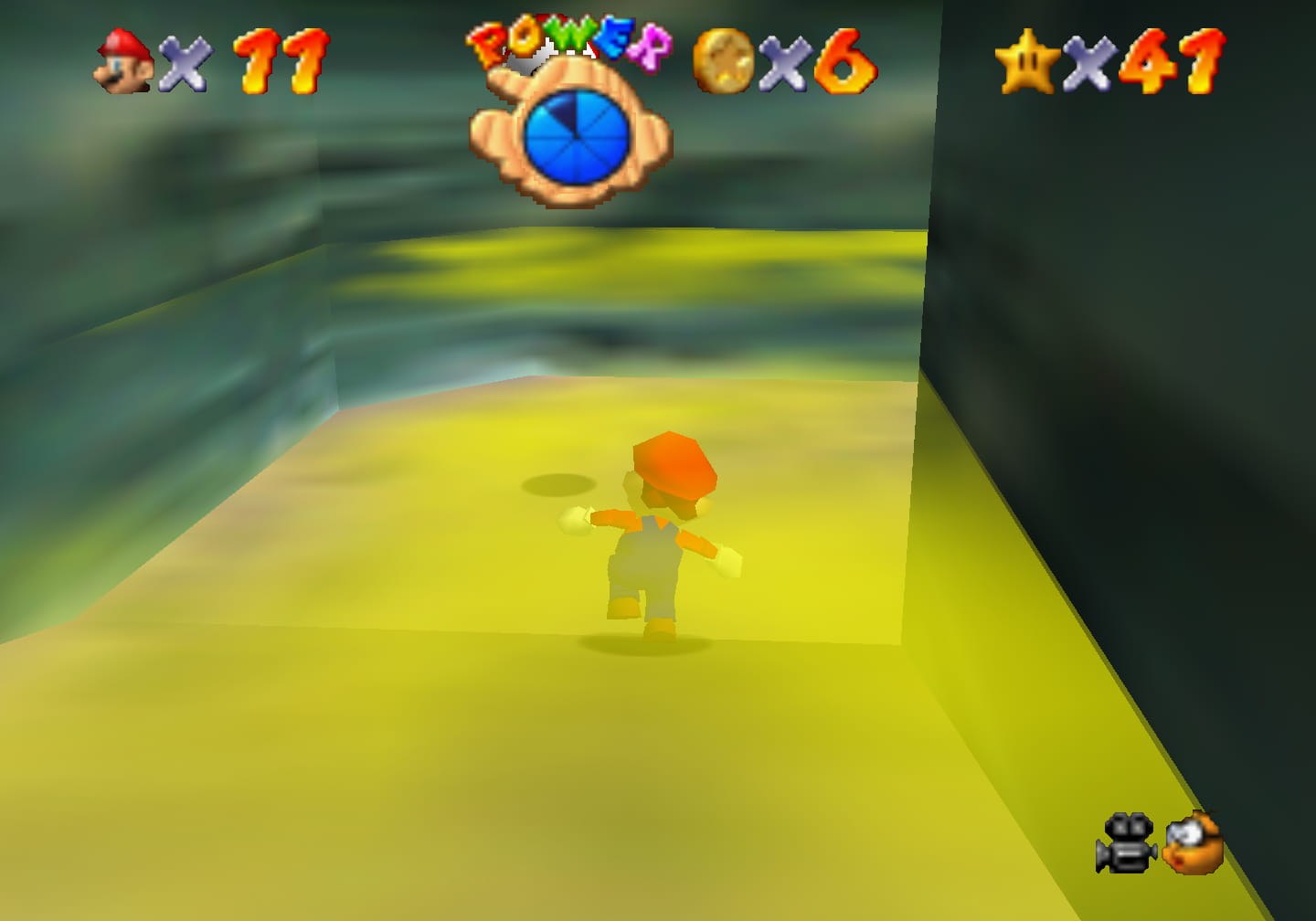
“A-Maze-Ing Emergency Exit” threatens to weaken “Navigating the Toxic Maze”, tho, by forcing the player to do the same thing, but find ’nother exit that isn’t necessarily harder to find than the other. Howe’er, if you want to avoid that, the developers were nice ’nough to provide an easily-telegraphed way to skip the maze & reach the section the maze leads to from the rolling-rocks room. This star’s net-climbing section near the end is also unfair due to wonky hitboxes that make it easy for Mario to just climb off the edge & fall right into a bottomless pit, e’en if it looks like he should still be grabbing the net.
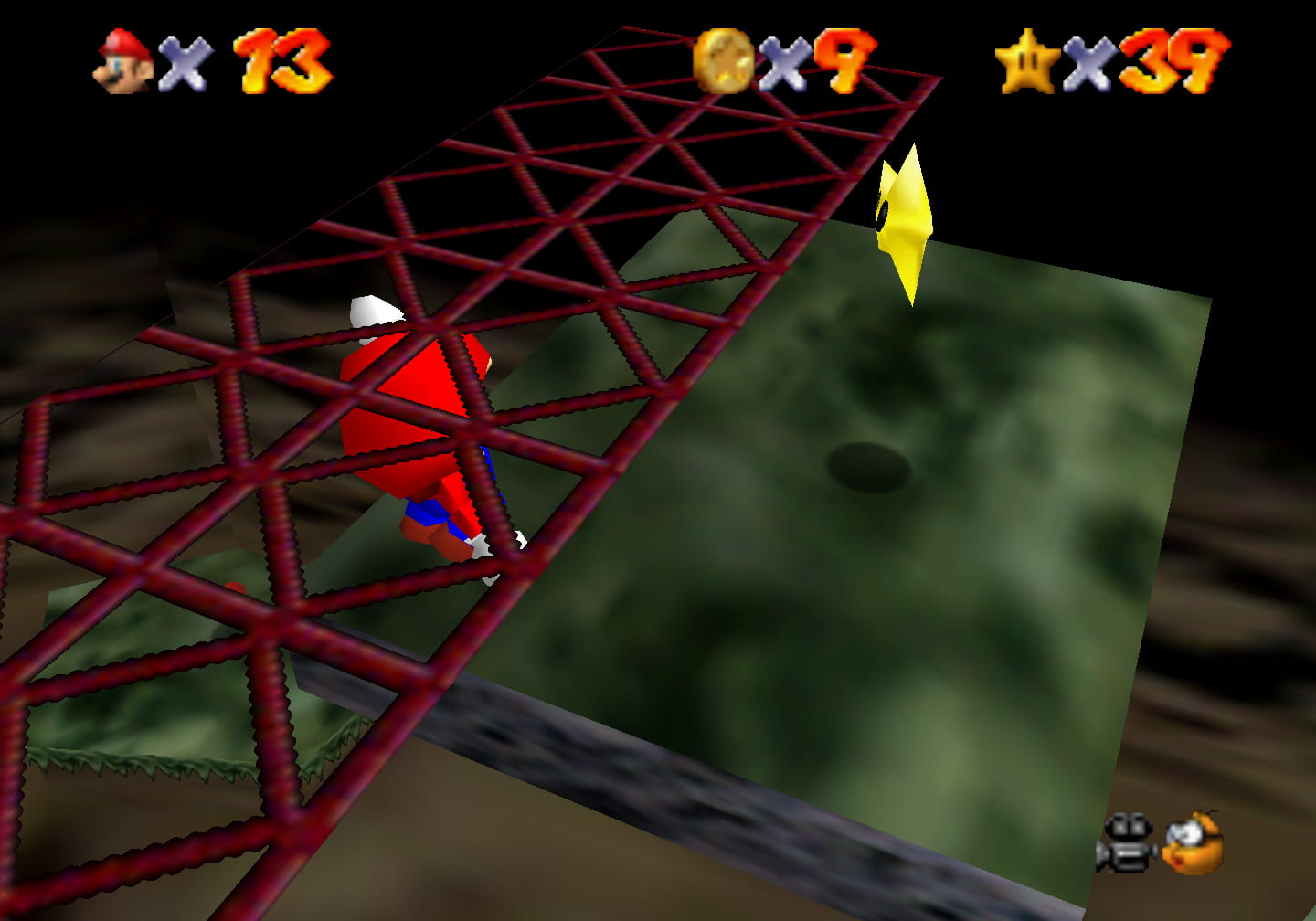
“Watch for Rolling Rocks” is a solid challenge that fits the level theme, but isn’t spectacular. Also, the rolling rocks are a bit random. Then ’gain, it takes 3 to kill you, which is probably the most you need to pass & there’s a coin trail halfway through the short danger field, so it’s mo’ a case o’ very bad luck if you manage to be killed by them. The name is weird in that you’ll probably pass these rocks a few times, — the door ’hind them leads to the 2 maze stars you’ll likely have done before this star — which is probably why the developers didn’t make them a major challenge to bypass. The true trick to this star is realizing there’s a star round the rolling rocks in the 1st place, requiring wall jumps to reach a high-up place you’d need to use the 1st-person camera to find. Howe’er, the name is good in that it hints to you where the star is without giving ’way the puzzle.
This is 1 o’ the few stars that may be better in the DS remake, where you have to grab a Super Mushroom with Wario & break the rolling rocks to make the star appear. While this takes ’way the challenge o’ exploring the area to find the star, it replaces that with a mo’ interesting puzzle that mo’ closely fits the rolling rocks.
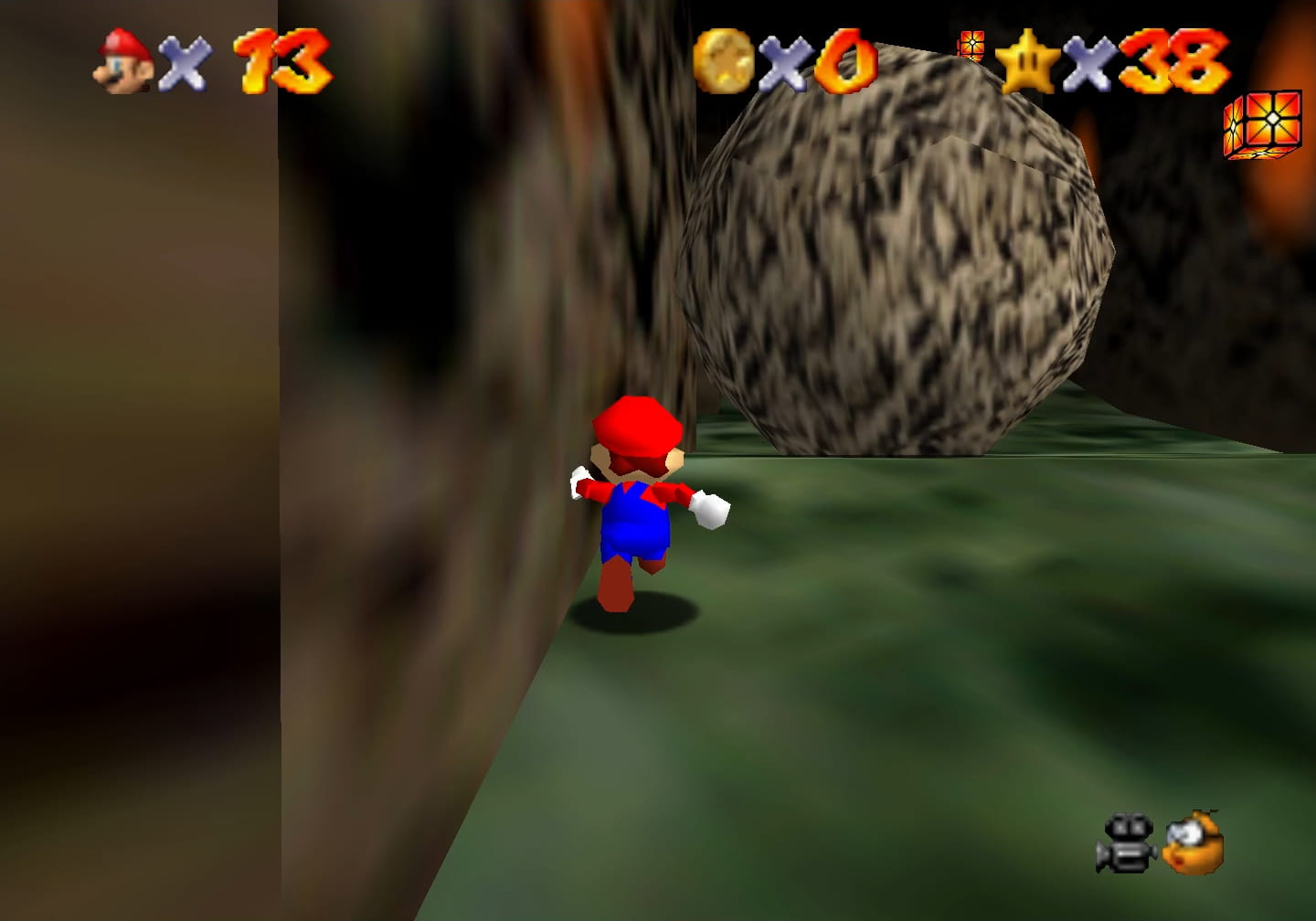
Those who were excited by my description o’ “Hazy Maze Cave’s” branching paths connecting together in many places & the opportunities this offers for red-coin hunting ( probably no one, since I’m 1 o’ the few people who actually enjoys exploring & not just holding right & pressing A when the game tells me to ) will be disappointed to learn that “Hazy Maze Cave’s” red coins are all in 1 room, &, as the star name “Elevate for 8 Red Coins” warns, all are gotten by riding slow moving platforms.
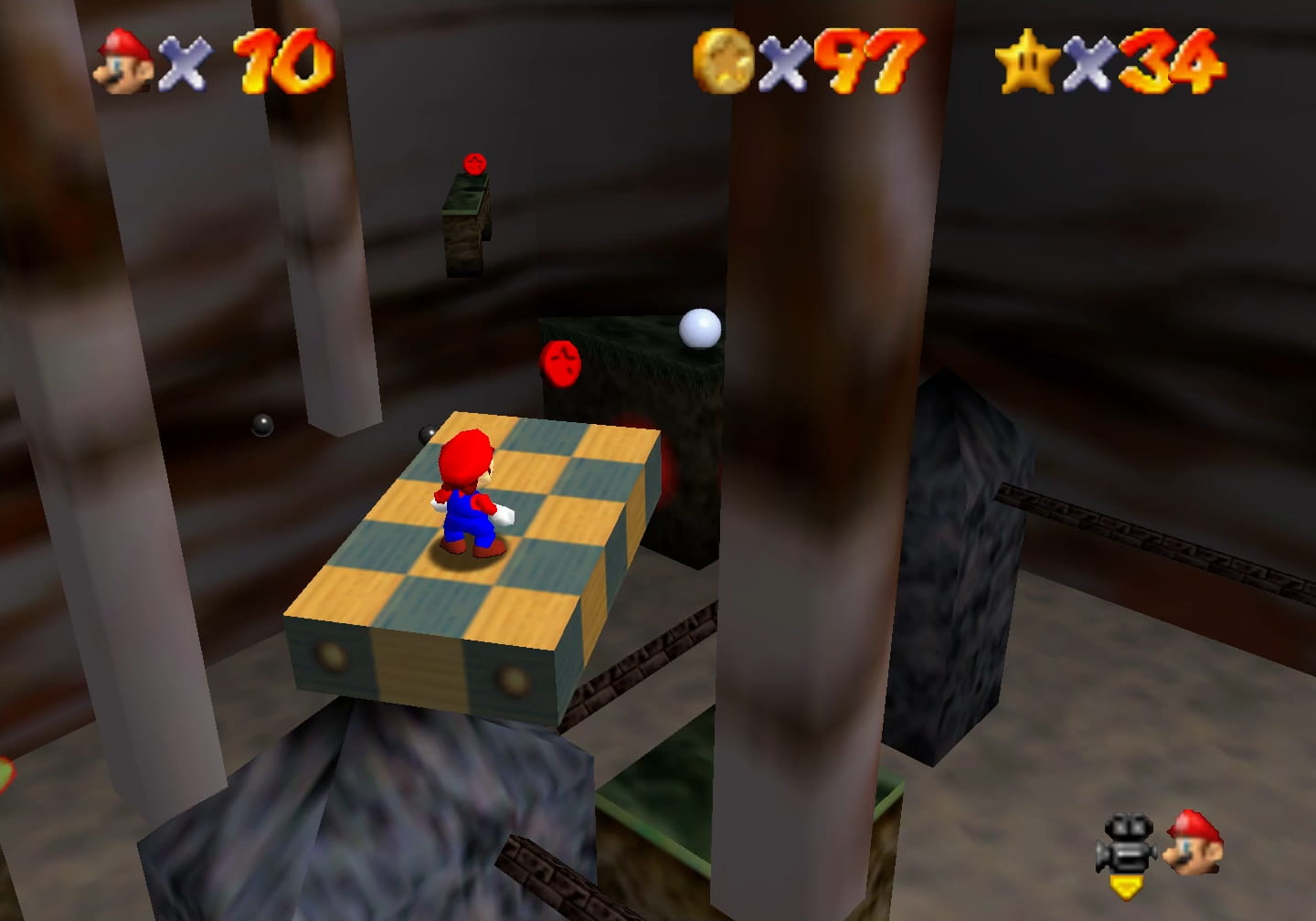
The DS remake decides to add to this already well-used room by adding yet ’nother switch star with “Underground Switch Star”, which also requires Wario to break a black brick ’bove the switch, making it virtually a copy o’ “Big Boo’s Haunt” “Switch Star in the Basement”.
Hazy Maze Cave’s entrance isn’t a portrait, but a large hole full o’ some shiny black liquid. It’s unique & fits this level’s cavernous theme better than, say, “Shifting Sand Land” or “Snowman Land”’s weird entrances.
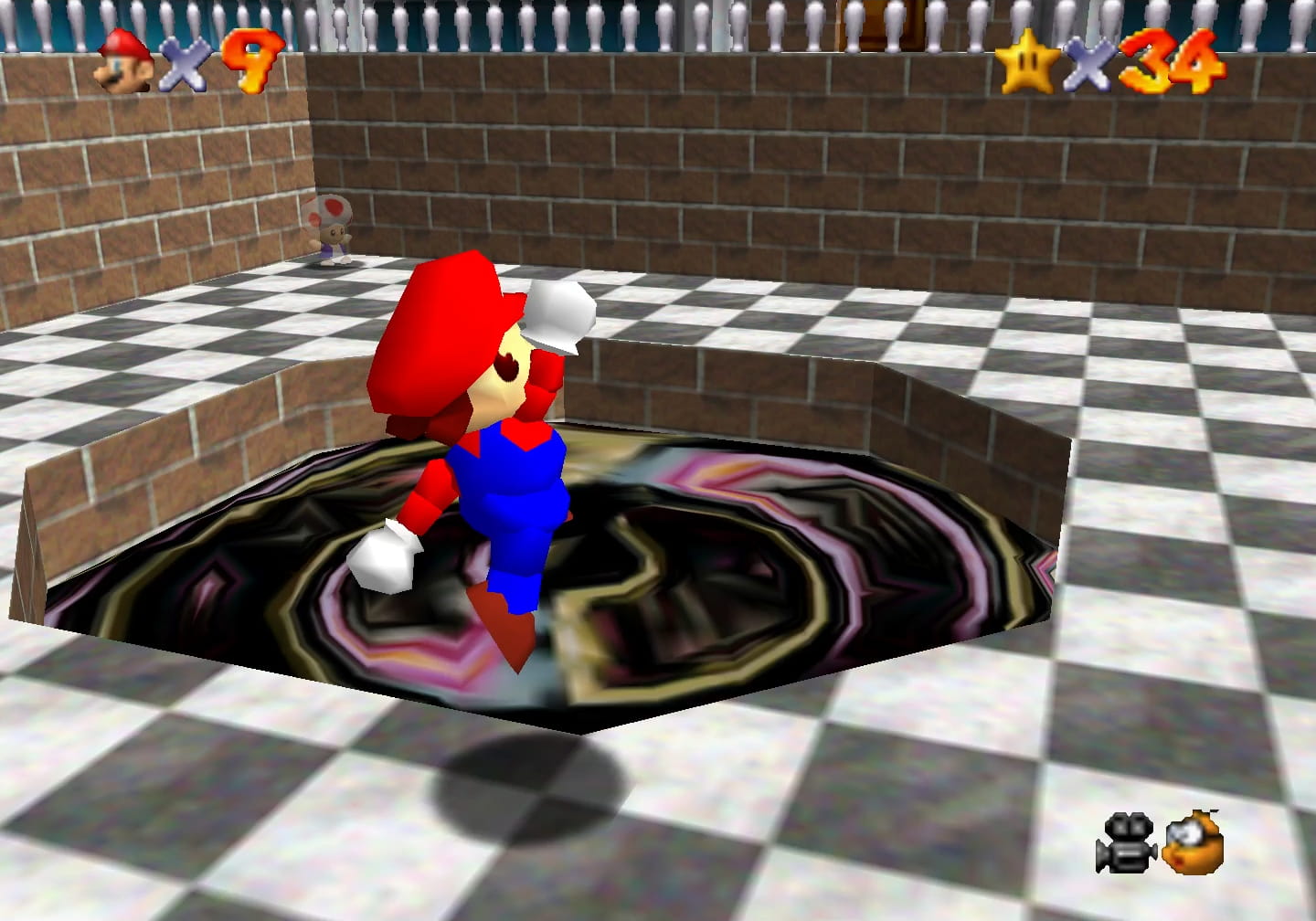
8. Snowman Land
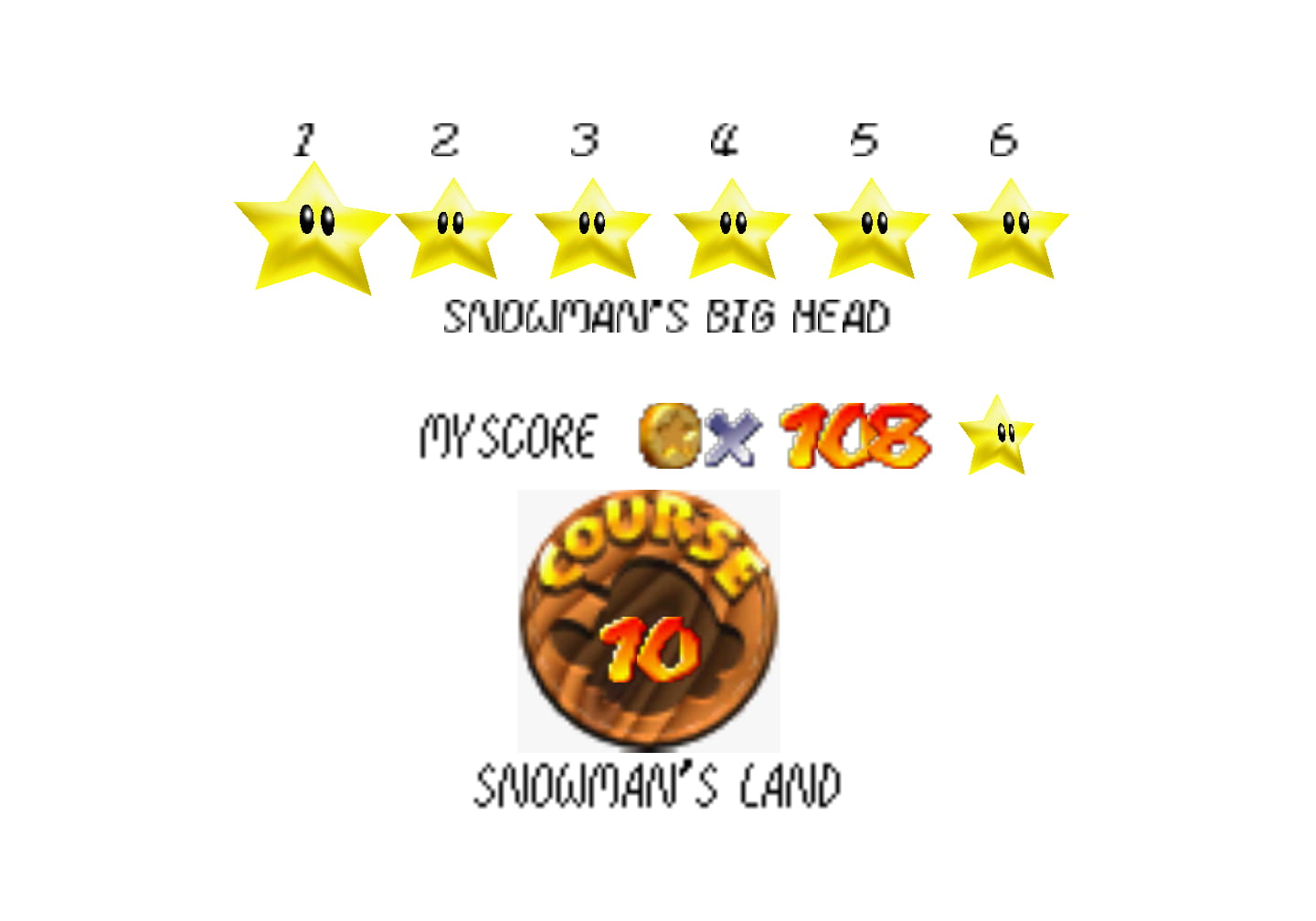
“Snowman Land” suffers a similar problem as “Dire Dire Docks” & “Jolly Roger Bay” in that it feels a bit redundant as yet ’nother snow level after “Cool, Cool Mountain”. Howe’er, “Snowman Land”’s similarities to “Cool, Cool Mountain” are mostly just aesthetics, while none o’ its stars are, gameplay-wise, similar @ all to “Cool, Cool Mountain’s”. While “Cool, Cool Mountain” focuses its gameplay more on its mountainous quality, with just 2 stars focusing on ice or snow, with snow & winter acting mainly as aesthetic flourishes, such as the chimney you enter to reach the slide, “Snowman Land” focuses all its gameplay on its icy state, whether it’s dodging the icy breath o’ the giant snowman, avoiding ice so cold it hurts you on touch or water that’s cold ’nough to make you lose health e’en when your face is o’er the surface, or exploring an ice sculpture and igloo.
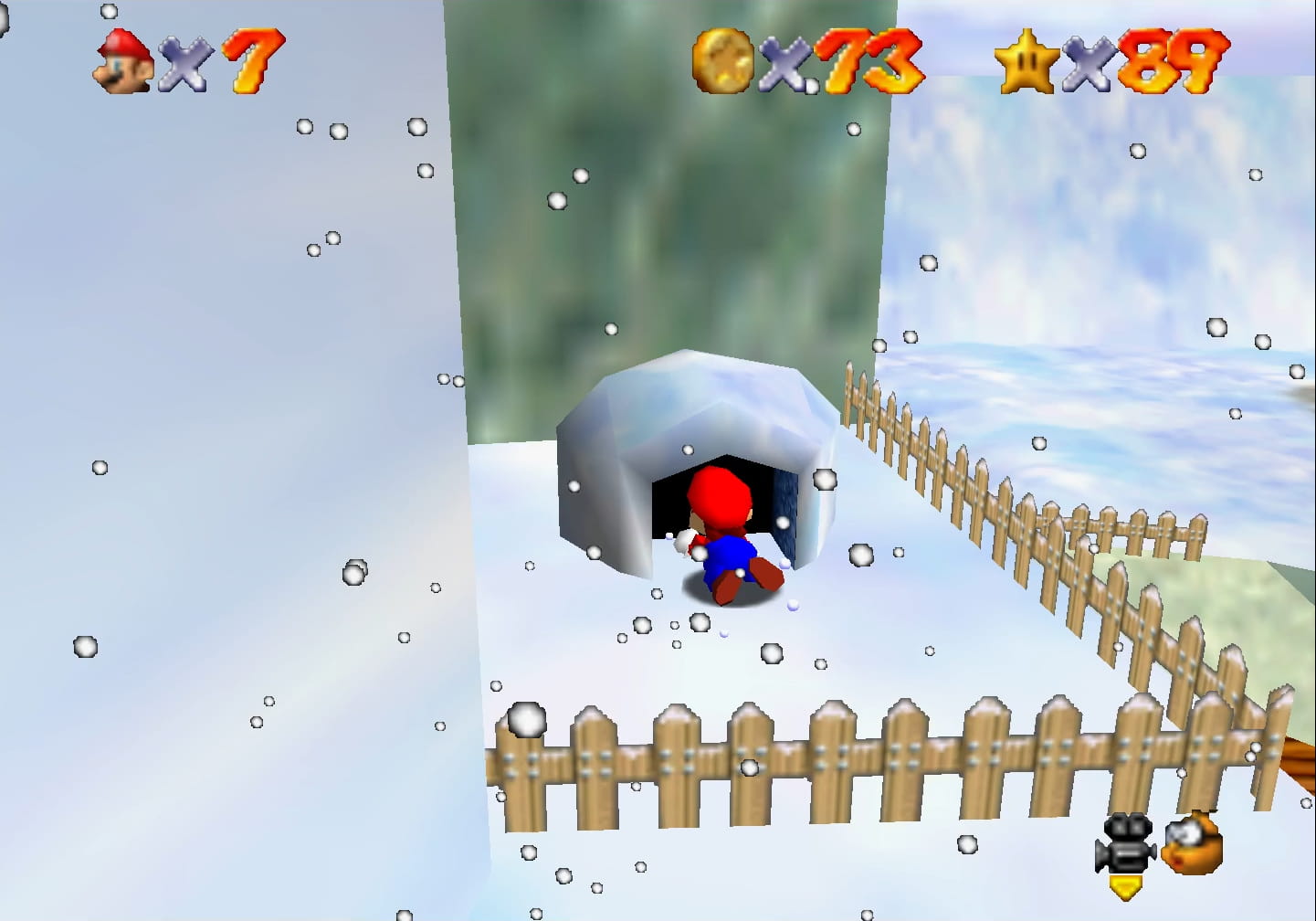
The 1st star, “Snowman’s Big Head”, where you have to climb the snowman & then use the walking penguin’s fat to block the snowman’s icy breath, is the most creative & interesting challenge. The only other place you see this sort o’ challenge is partway through “Tall, Tall Mountain”, ’cept that verison, which just made you wait till the cloud stopped blowing, was much weaker.
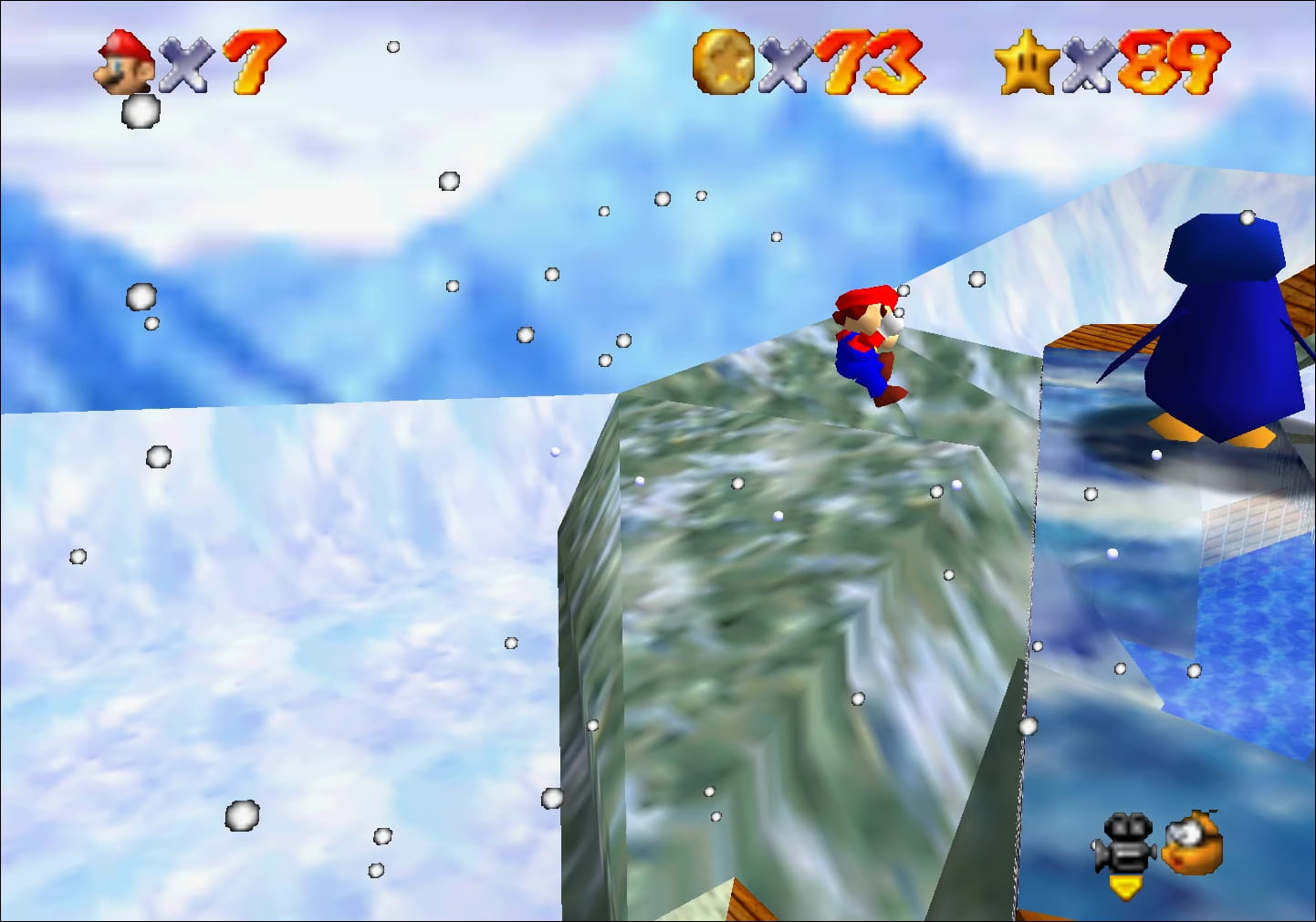
Like many other stars in this game, if you’re not up to this challenge, there are alternate ways to reach the star. For example, if you find the cannon Bob-omb hidden deep in the igloo ’hind an ice wall requiring an invisible cap, you can use the cannon near the start o’ the level to shoot straight up @ the star or a convenient tree right next to it.
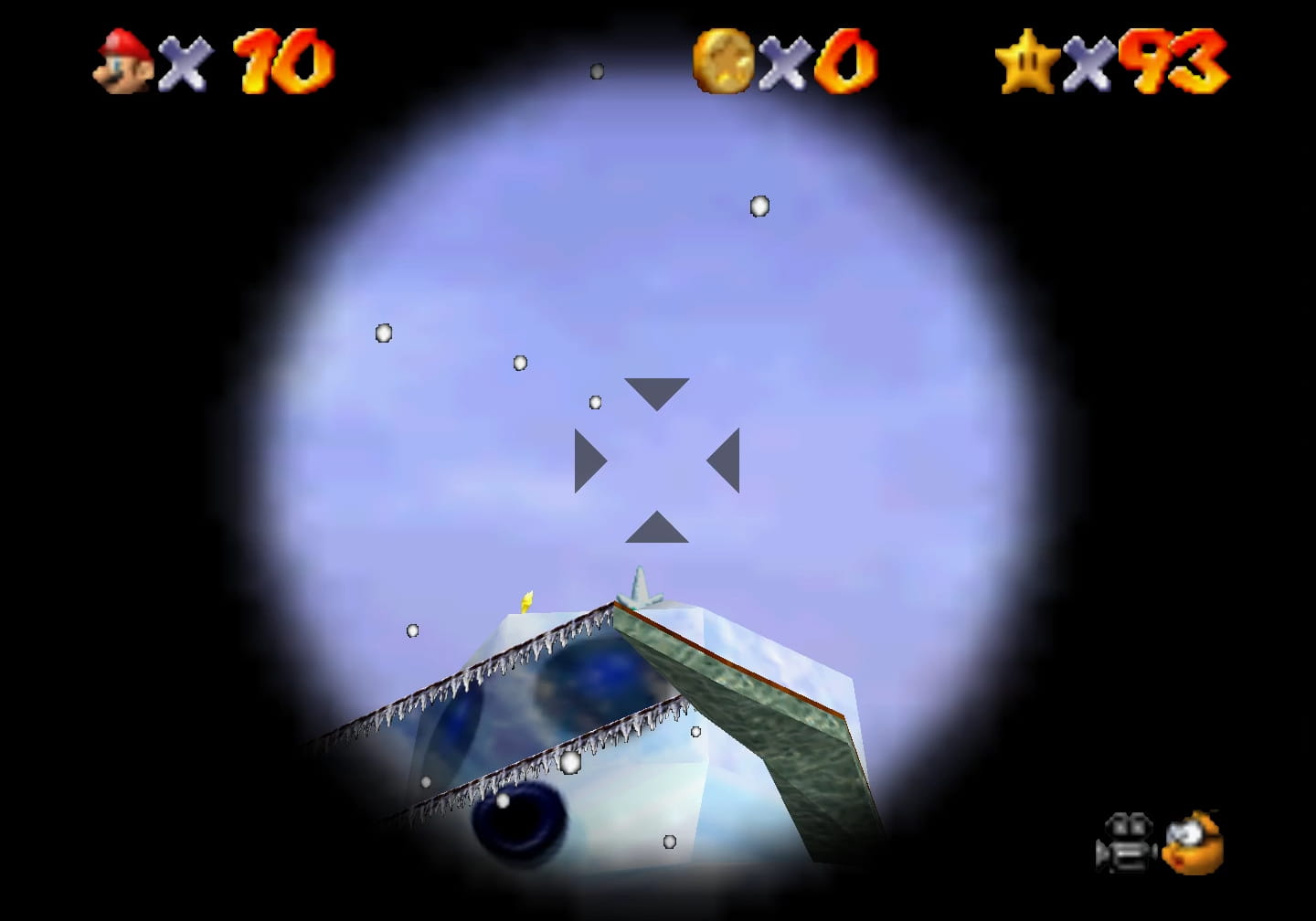
“In the Deep Freeze” is the 2nd most interesting star, requiring you to navigate a 3D maze o’ ice blocks, which are clear, & thus hard to distinguish from empty space. The DS remake replaces this clever challenge with a braindead challenge, “Yoshi’s Ice Sculpture”, that just asks if you can use Yoshi’s half-assedly thrown-in fire-breathing power to break an ice block with the star, which you already did in the DS version o’ “Cool, Cool Mountain”.
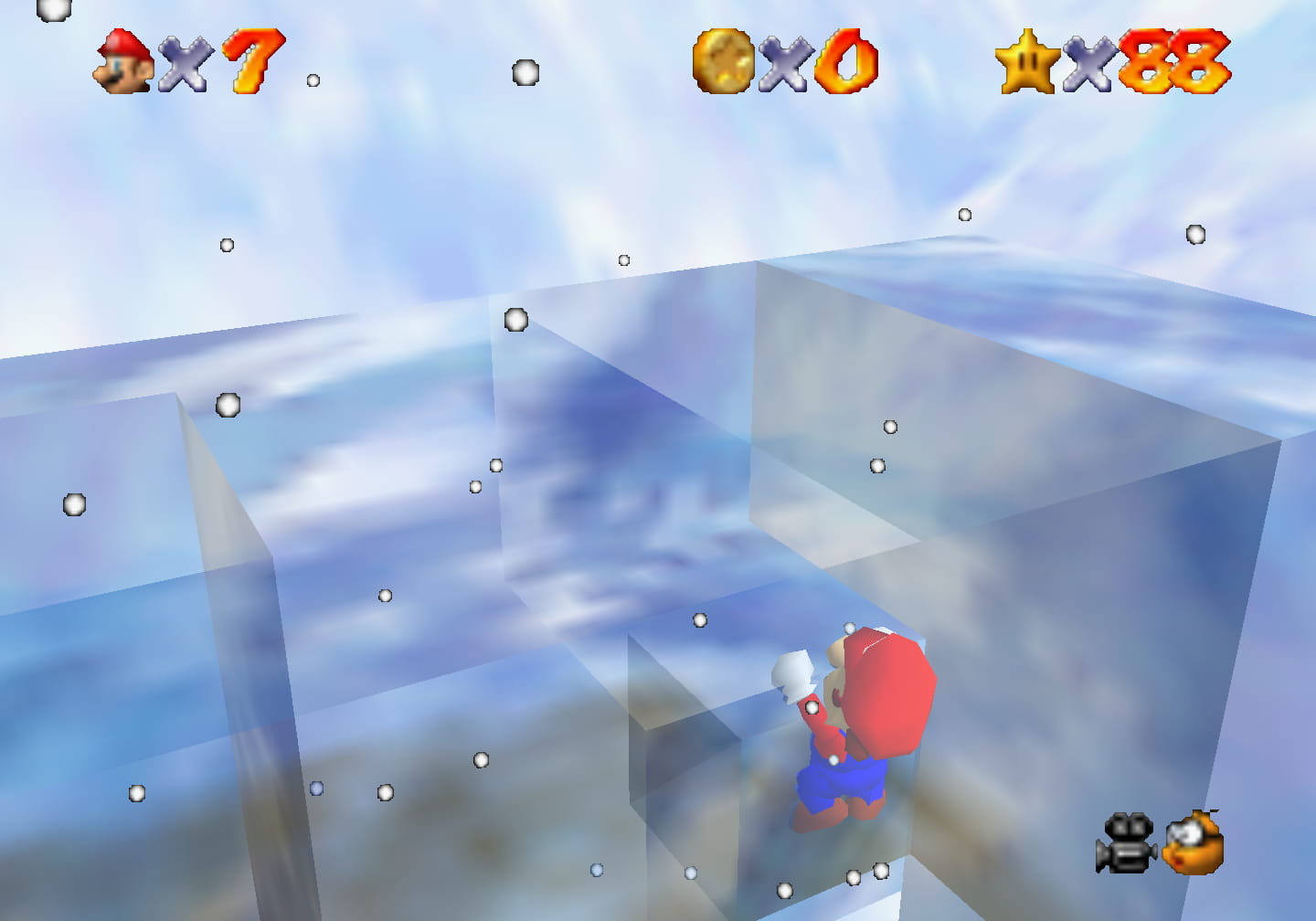
“Into the Igloo” challenges you to find the igloo hidden in the side o’ the Snowman mountain using the shell & inside to navigate a maze, find the invisible cap, & navigate back through the maze under a time limit to reach the star locked in ice. The way the invisible cap is hidden ’hind an ice wall that has a space @ the top allowing you to jump up & climb o’er it is particularly clever.
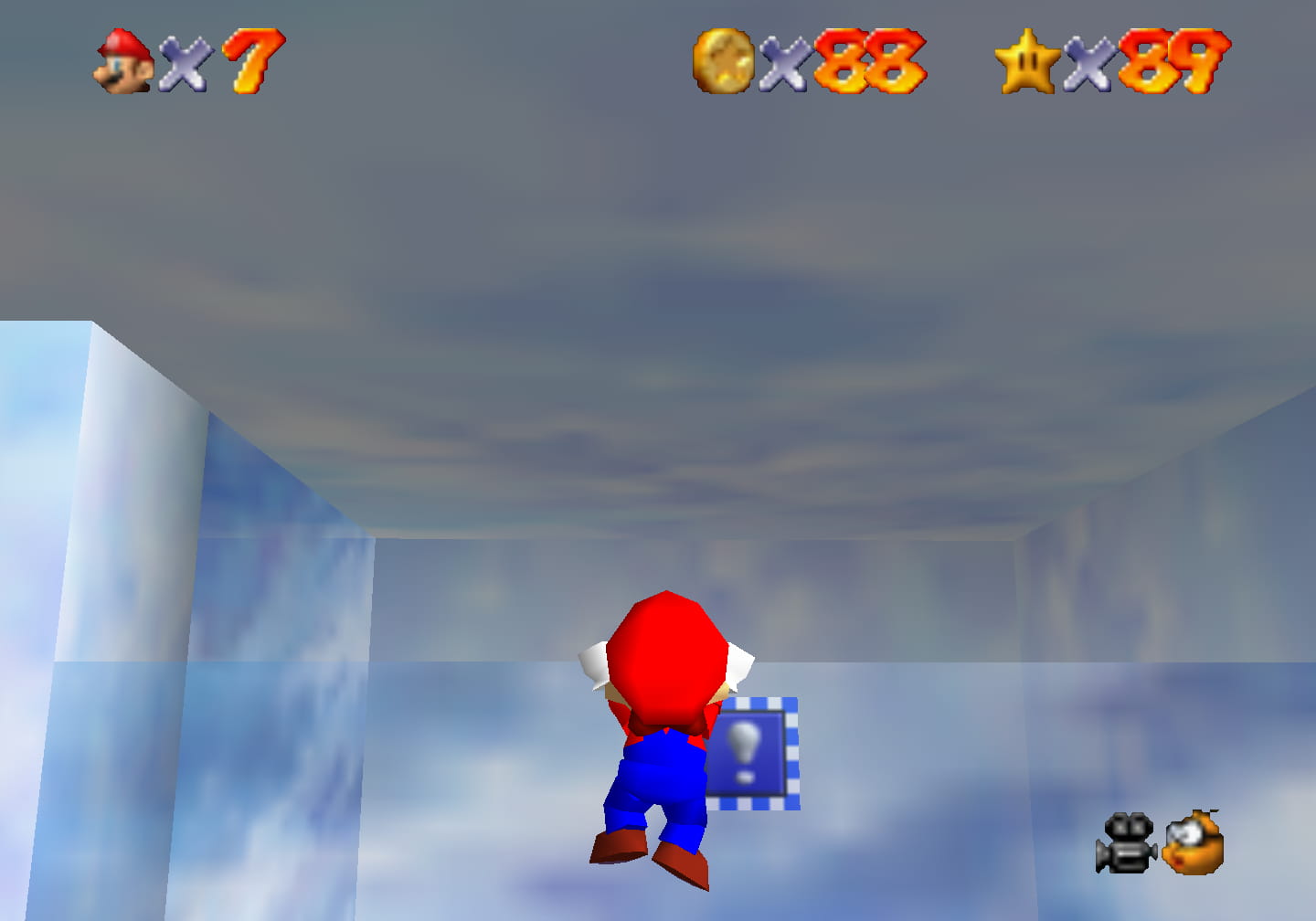
Not content to ruining just 1 star, the DS remake completely redesigned the igloo so that there is no maze, but just flat bridges o’er icy-cold water, so that you just have to jump straight to the power-up box, grab the invisibility flower as Luigi, & then jump back to the start o’ the area, where there’s a grate you can fall through. Since you have to be Luigi, you have godlike jumping powers, making this frivolous star e’en mo’ a joke. I’m mixed on replacing the ice walls with a grate: while the grate is mo’ explicit in that invisible character can go thru it, whereas invisible characters being able to move thru ice walls isn’t intuitive, grates break the icy theme o’ the level.
“Chill with the Bully” & “Shell Shreddin’ for Red Coins” begs for comparison with “Lethal Lava Land” a few levels earlier. “Shell Shreddin’ for Red Coins”, whose name asks you to ride a shell to pick up red coins, reveals a much mo’ interesting red coin challenge “Lethal Lava Land” could’ve employed than just having them all sitting round on a small sliding puzzle. Howe’er, this level, with just a small icy pond under the platform on which you fight the giant Bully, only requires the shell for getting 2 coins right next to each other on said pond, with the rest scattered in seemingly arbitrary places, & not spread well — in addition to this twin pair, there are also 2 red coins right next to each other on the slope after where you find the shell.
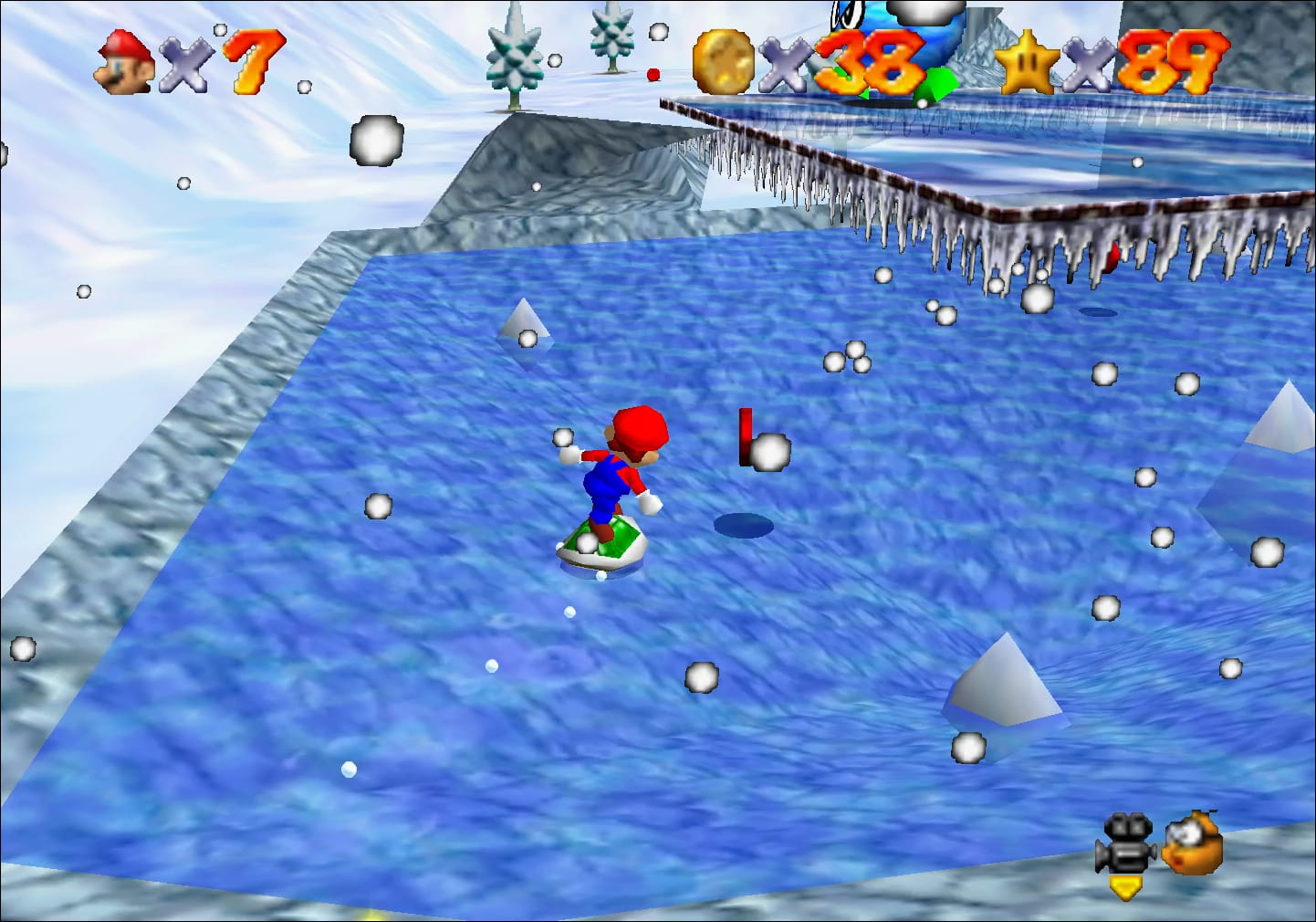
The developers for the DS remake apparently also found this star weak, as they replaced it with “Red Coins in the House”, using that ghetto slang straight from Rogueport ( it’s an igloo, not a house, you dumbshits ), a star challenging you to collect red coins floating o’er icy bridges o’er freezing cold water… which, thinking ’bout it, is not unlike “Lethal Lava Land”’s lame red coin mission: the red coins are just there for the taking, & the water pits aren’t e’en a true challenge, since they only slowly sap your health if you fall in them & can just jump right out & grab 1 o’ the abundant coins to heal yourself instantly afterward. The original version a’least requires some exploration.
’Cept, psyche, the interns they threw into working on “Snowman’s Land” for the DS remake were dropped on their heads as children & decided to add “Snowman’s Silver Star”, a silver star star that puts the silver stars… in pretty much the same places as the red coins were in the original’s “Shell Shreddin’ for Red Coins”. I would actually praise replacing 8 red coins, many o’ which are just duplicated next to each other, with 5 silver stars all in unique places if it mattered… but they just moved the red coins somewhere else, none o’ which are in interesting places, & completely destroyed the actually interesting original’s igloo layout in the process. ¿What the fuck were they thinking?
“Chill with the Bully” is yet ’nother “defeat big Bully” mission after you already did 2 in “Lethal Lava Land”. That level a’least had most o’ the level lead up to their missions; this is right after the start. I guess the icy physics does offer some evolution o’ challenge.
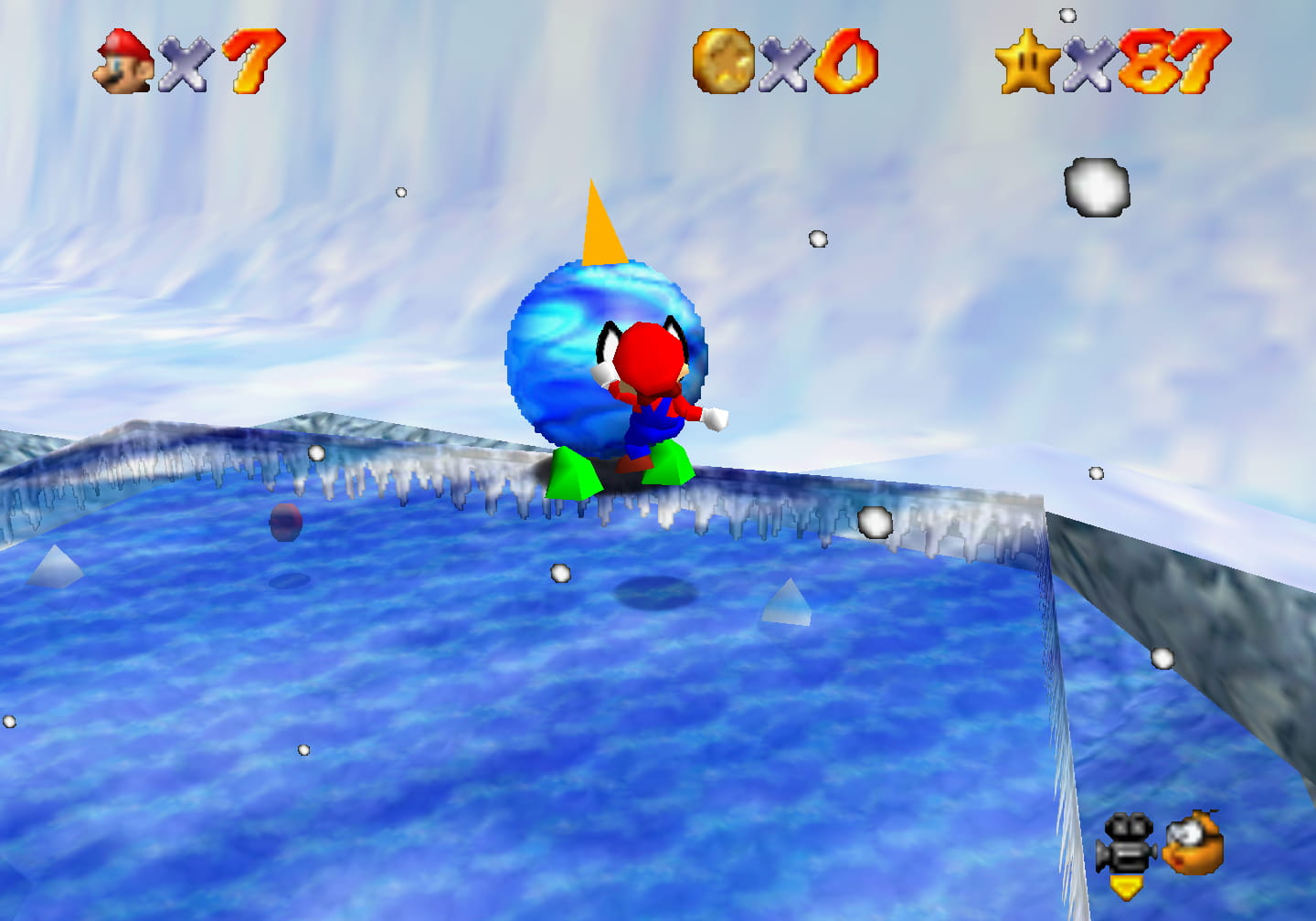
“Whirl from the Freezing Pond” is a pointless star that challenges you to do something you have to do to get half the red coins, anyway: get o’er the wall. It would’ve been nice if they could’ve managed to squeeze in an icy section that requires you to ride the shell thru to reach a star, which would’ve made this star mo’ fleshed-out & less redundant & would’ve given the shell mo’ action. But considering how time-strained this game was, I can’t be surprised to see a filler star every once & a while. A’least “Whirl from the Freezing Pond” is short & easy to get o’er with, which is better than, say, “Cruiser Crossing the Rainbow” from “Rainbow Ride”.
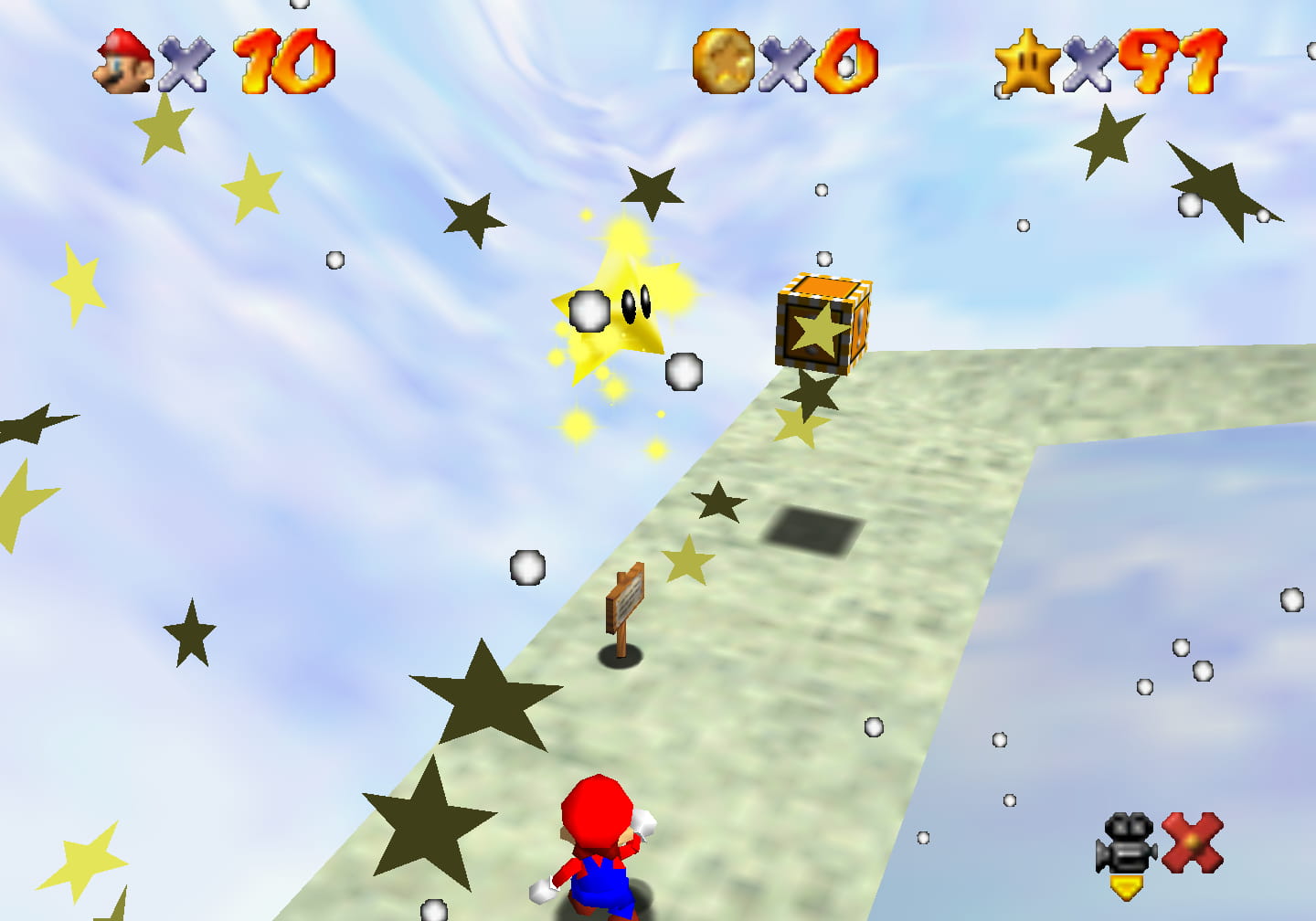
The painting itself is a clever idea: it’s just a wall in a mirror room whose mirror shows “Cool, Cool Mountain”’s painting. This is cleverer than “Shifting Sand Land”’s, which is just a wall without any hint that it acts as a painting. But like “Shifting Sand Land”, it’s odd that they chose this for “Snowman’s Land”, as this level doesn’t have much to do with mirrors. It makes me almost wish they gave this level a mo’ exotic mirror-based theme rather than make it ’nother snow level.
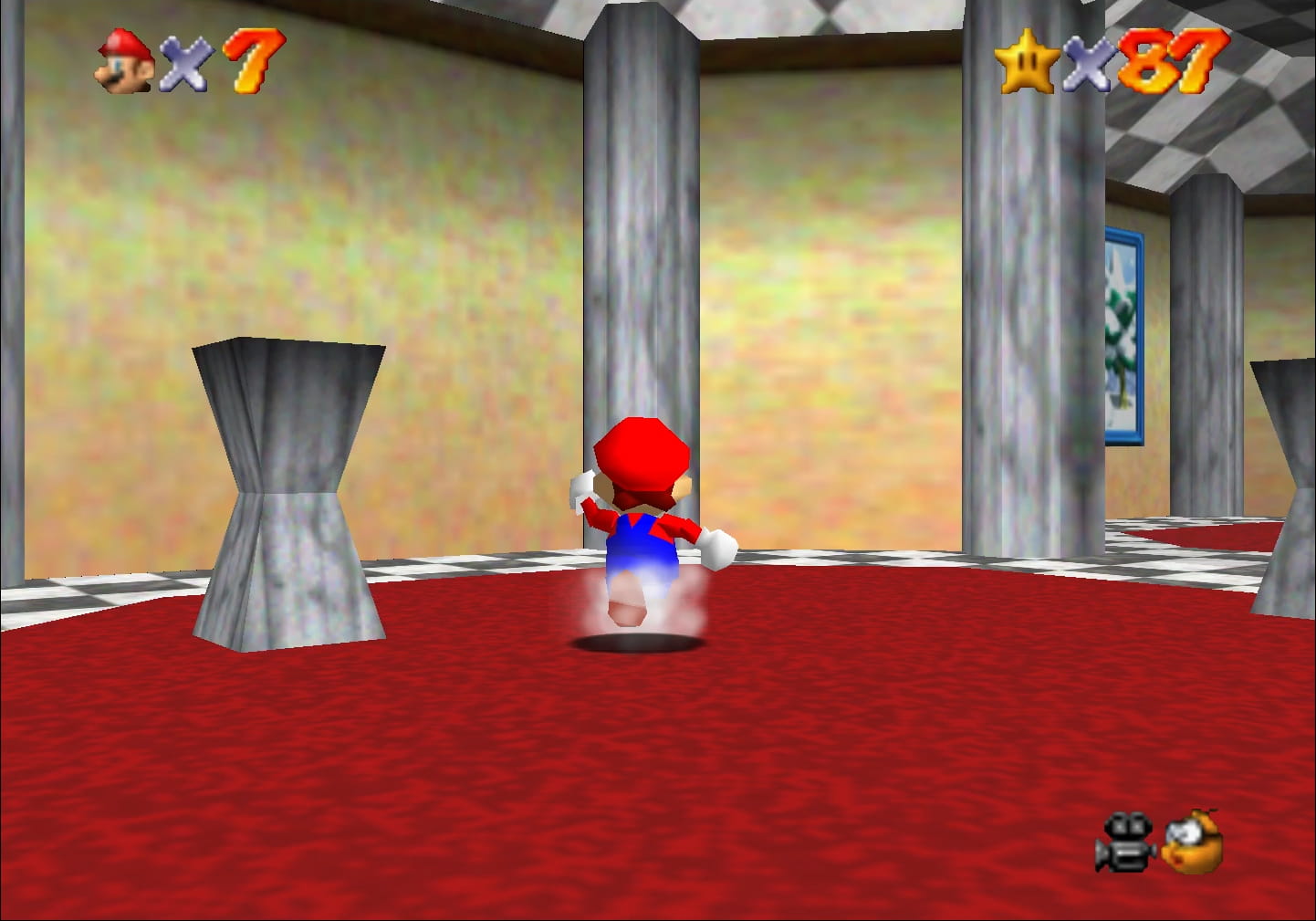
7. Whomp’s Fortress
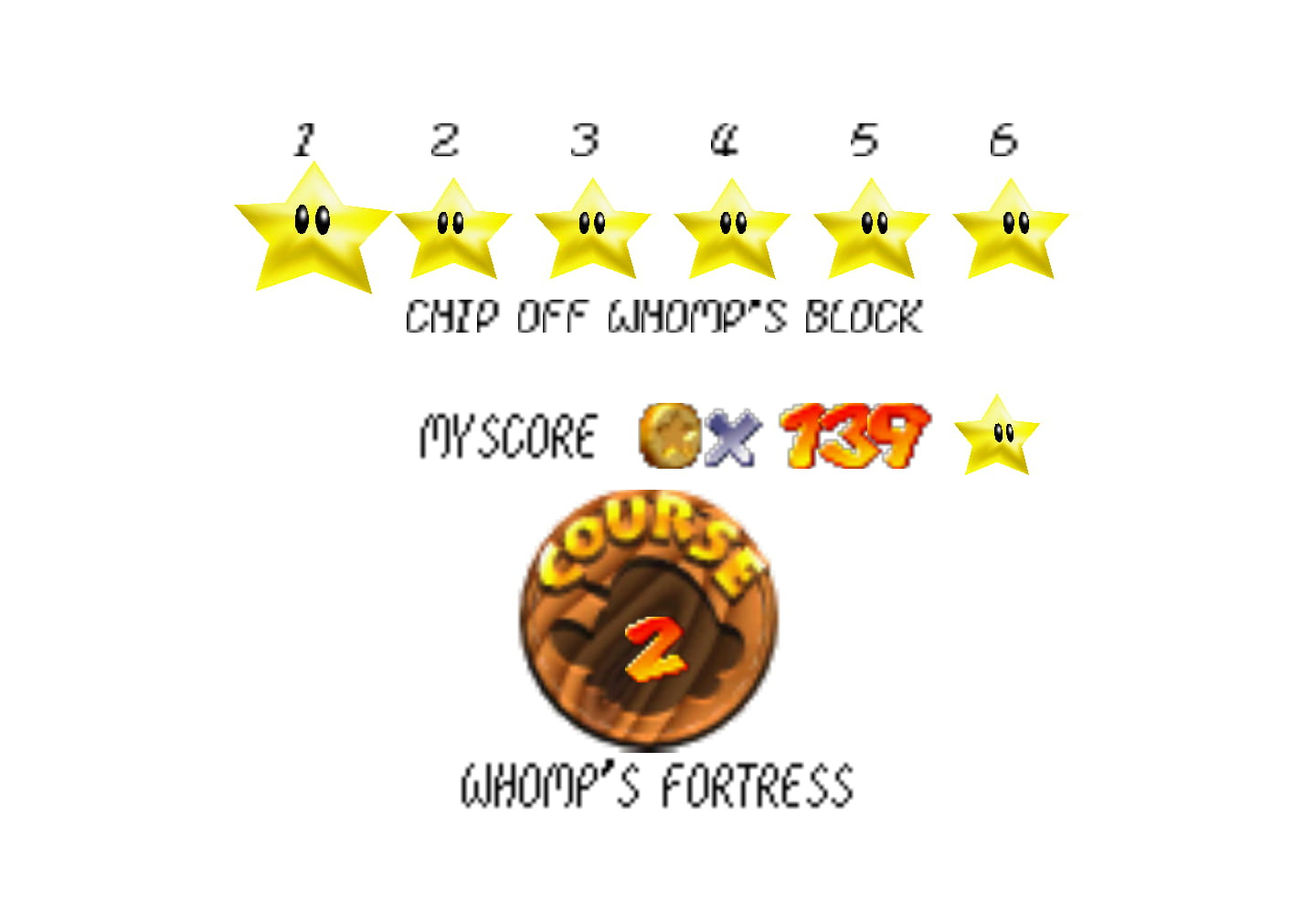
Making thematically similar level come right after “Bob-omb Battlefield” was a bad idea. This level is also harder than a lot o’ the levels that are later in sequence, like “Jolly Roger Bay” or “Big Boo’s Haunt”, with many places where it’s easy to fall off into a bottomless pit.
That said, “Whomp’s Fortress” is a much mo’ interesting level than “Bob-omb Battlefield”. 1st, its fortress theme stands out mo’ than “Bob-omb Battlefield’s” negligible military theme. While that level just threw a bunch o’ bombs & cannons round a generic grassy mountain in a game that already had many mo’, greater mountains, “Whomp’s Fortress” mixes fenced-off floral fields with a stone & brick structures, & e’en included a li’l shallow lake. Indeed, while “Bob-omb Battlefield” might be 1 o’ the least impressive levels visually in a game that already wasn’t going to win any awards for visuals in its time ( honestly, most Super Nintendo games still looked better ), “Whomp’s Fortress” is 1 o’ the better-looking levels in the game with its small flourishes.
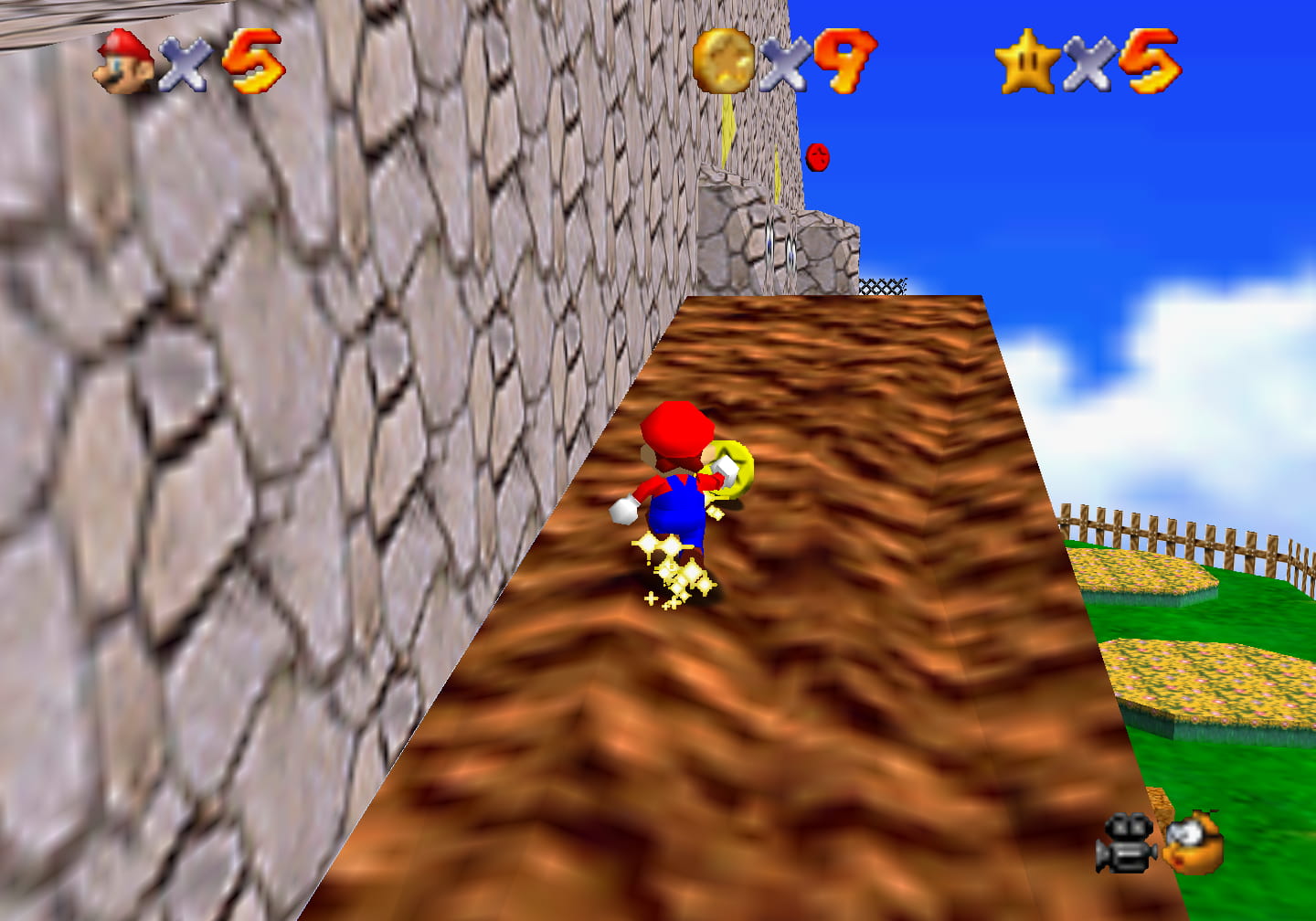
1 problem I have with this level is that it also has a lot o’ cannon-based puzzles, making it e’en mo’ similar to “Bob-omb Battlefield”. Arguably, both levels fit the cannon theme all right, tho “Bob-omb Battlefield” fits it a bit better. Howe’er, “Whomp’s Fortress”’s puzzles are better. To be fair, the only cannon-based star in “Bob-omb Battlefield” that doesn’t also make heavy use o’ the wing cap, the island star, I & the developers o’ the DS remake have already established shouldn’t exist.
If fighting a boss for the 1st star in the 1st level wasn’t ’nough, the 2nd level requires it, too, with “Chip Off Whomp’s Block”. Oddly, tho, the Whomp King is far easier than Big Bob-omb. He also makes clever use o’ 3D positioning, but not as clever as Big Bob-omb. Also, they messed up programming the Whomp King’s hitbox, as you can easily just jump through the Whomp King’s stomach as he falls onto you, sapping any threat had.
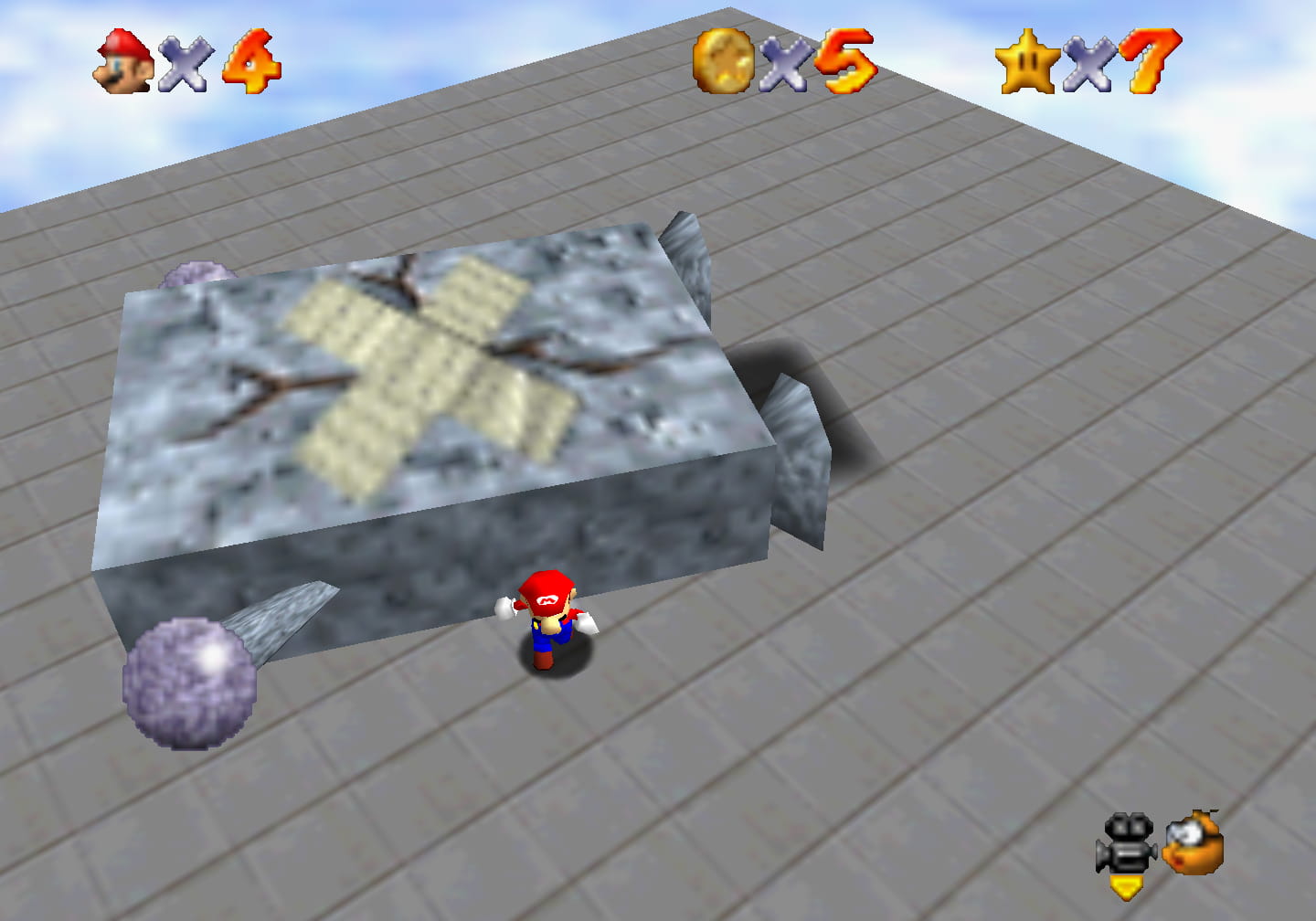
“To the Top of the Fortress” challenges you to do the same thing as the 1st star, but also climb a tower @ the top ’stead o’ defeating a giant Whomp. I’m not sure why they put this right after the 1st star. Luckily, “Whomp’s Fortress” lets you do all o’ the other stars in any order, so you can save this for last to give yourself a palate-cleanser if desired. The kind o’ diagonal jumps needed to spiral up the tower’s moving blocks are harder than they appear, but not as hard as the version o’ this puzzle blatantly ripped off in Donkey Kong 64’s final main level, ’cause that game’s controls are 500 times worse than this game’s.
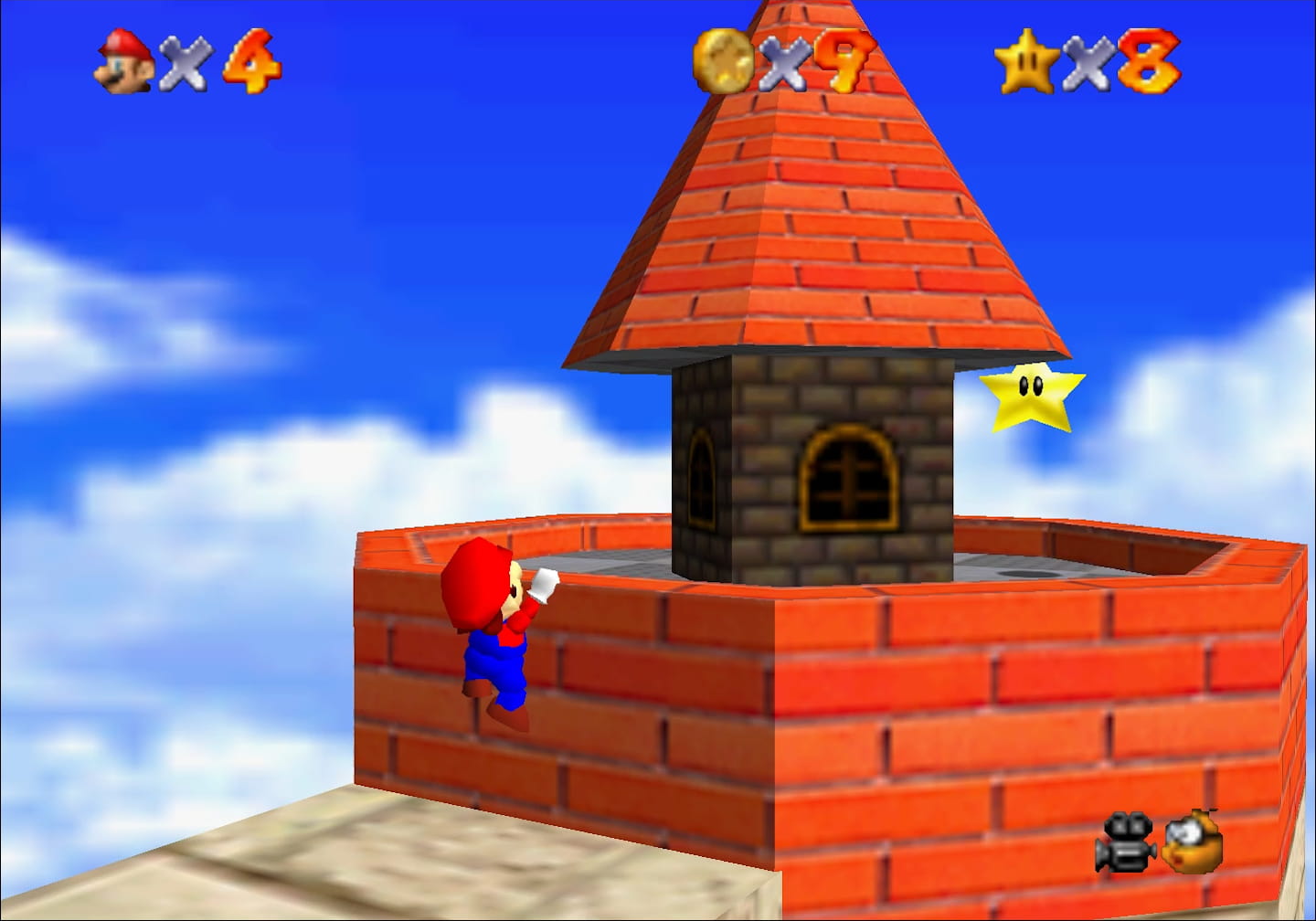
“Shoot into the Wild Blue” is a star that’s hard to evaluate, being someone who has know this game since so young that I can’t e’en remember a time I didn’t know its prominent elements. This star name is vague & almost urges players to be suicidally stupid & shoot themselves into the sky, where they will meet only death in a bottomless pit magical ’nough to still show your drop-shadow. The game actually expects you to shoot yourself up @ a brick structure to the side o’ the fortress. In the game’s defense, it’s a prominent structure that you’d have to be oblivious to not notice & be curious ’bout & the cannon, being in a corner o’ the level, only gives you a few places to shoot yourself that aren’t a gaping bottomless pit. ’Course, Super Mario 64 being Super Mario 64, you can easily triple jump up to the structure, which means 1st-time players may be mo’ likely to find the star while exploring after giving up on this star’s puzzle.
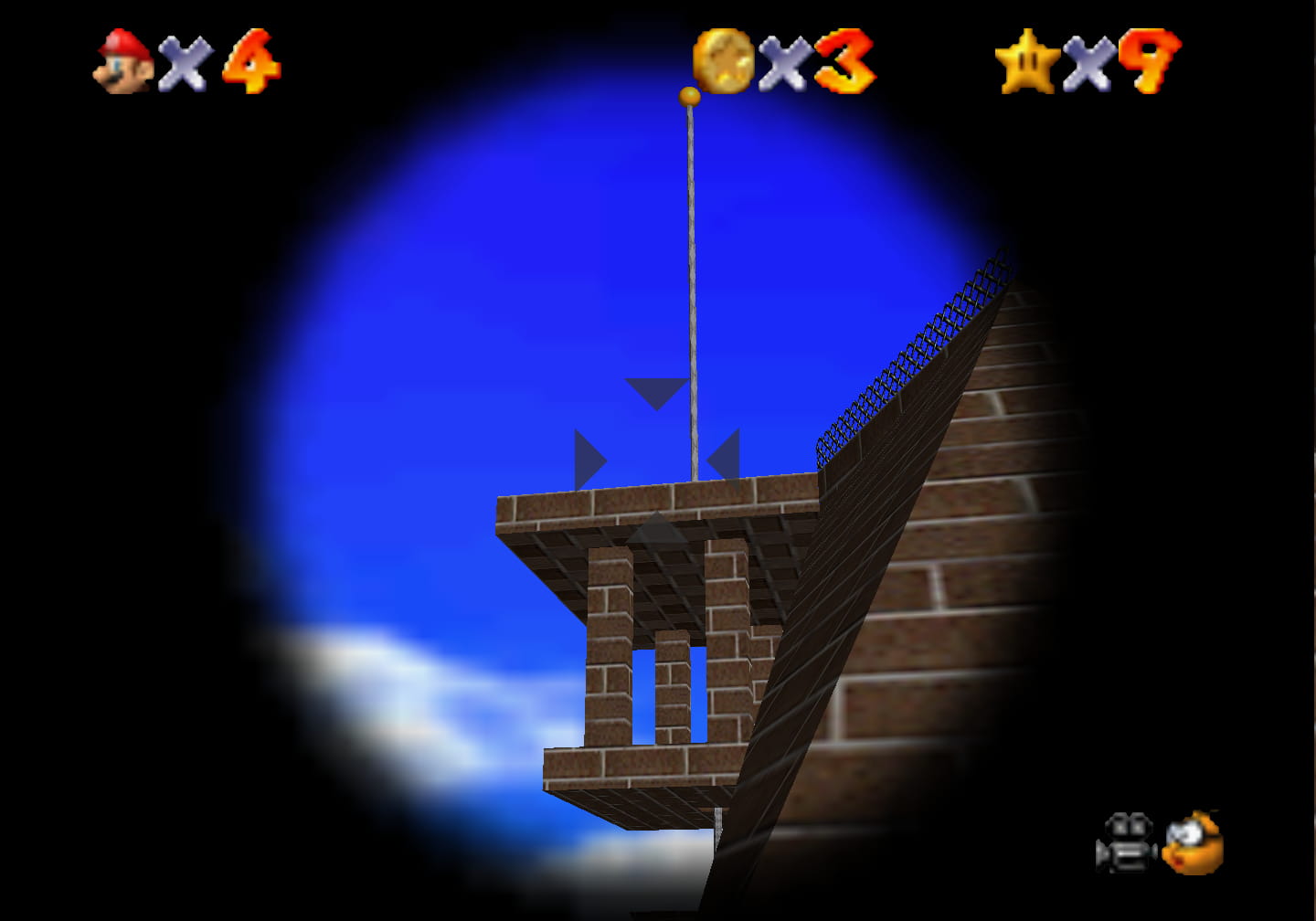
“Red Coins on the Floating Isle” is 1 o’ the better scattered red coin placements, with placements that feel similar to how the developers o’ Super Mario World placed dragon coins, rather than the thoughtless placements in “Bob-omb Battlefield”. The only red coin placement I don’t like is the red coin ’hind the piranha plant ’bove the 1st ramp, which is right next to a red coin on a thin passage. I could think o’ much better places to put it, like past the collapsible bridge, which is otherwise useless. I do find the 2 red coins up on the floating islands fine, since a’least they are on different platforms with some challenge to going from 1 to the other, not just right next to each other on flat ground with only a few dreaded Goombas to get in your way. This star’s name is interesting: the “floating isles” probably refers to the spinning tiny platforms up in the air, but most o’ the red coins are scattered throughout the whole level. But, wait, it’s called “on the Floating Isle”, singular. Well, that’s ’cause the whole level is a floating island. I don’t know if that’s intentional, but it doesn’t matter: unintentional clever design is still clever design.
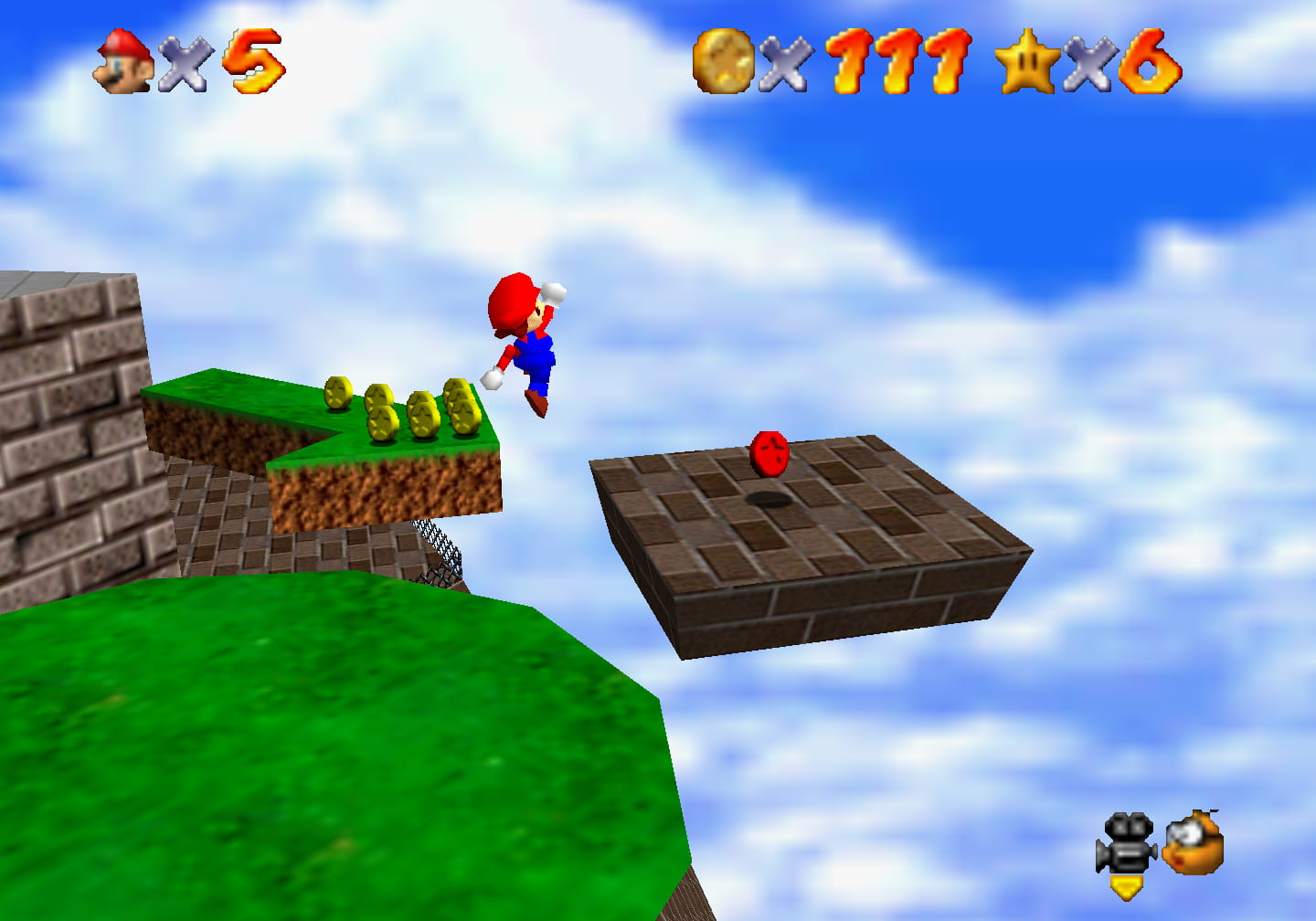
“Fall onto the Caged Island” is a great example o’ what I love most ’bout Super Mario 64: the way most o’ its challenges have many ways you can go @ them, as opposed to a lot o’ modern “pixel-perfect” platformer level design where you’re s’posed to play the level exactly as the developer demands like a robotic slave, which is perfect design for a recreational work o’ art & doesn’t make those games feel like chores @ all. As the title suggests, you’re s’posed to grab an owl & release your grasp when you’re o’er the hole. This, ’course, requires finding the owl, which you can only make appear after climbing up the top o’ a seemingly arbitrary tree @ the beginning o’ the level. Luckily, this star has far mo’ interesting ways to collect it, such as performing a running jump off the top o’ the tower in the 2nd star, shooting yourself into it with precise aim from the cannon, or, if you’re particularly adventurous, doing a double jump off 1 o’ the spinning isles & wall kicking off the cage wall & grabbing onto the cage.
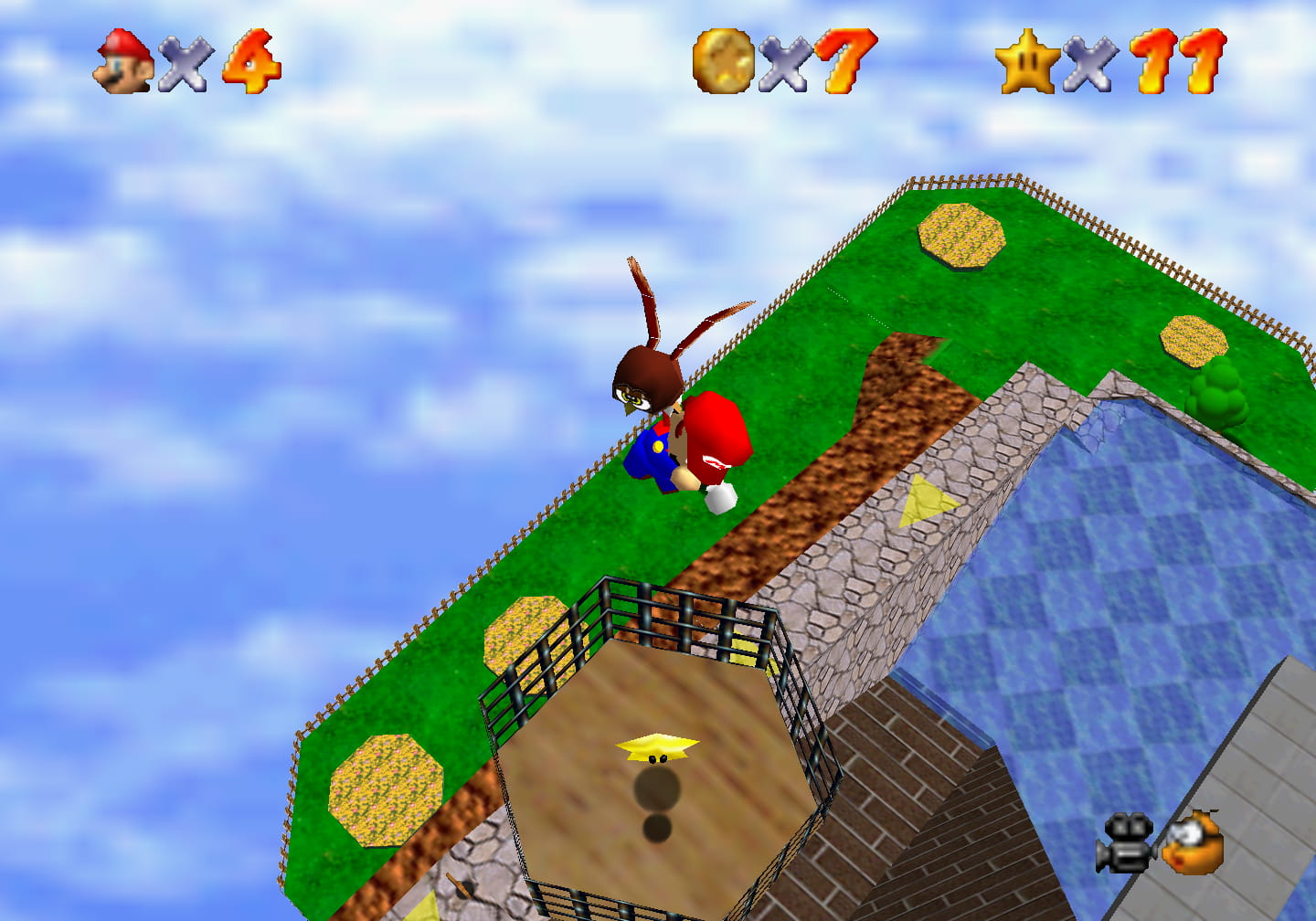
Oddly ’nough, the last star, “Blast Away the Wall” is the easiest star to get. But you can’t say it doesn’t fit the level theme: it mixes the cannon with the focus on the fortress structure. One could consider this star a bonus o’ sorts: your reward for completing all the other stars is a breather star; & if you already know the game well, you can get an advantage by doing this easy star before the game tells you exists. You can do this star @ any point, but ’less you have outside knowledge, you’d need the game to tell you to “Blast Away the Wall” to realize that shooting yourself straight into a wall would do anything but give Mario e’en mo’ brain damage than his incessant infantile exclamations every time he jumps hint that he already has.
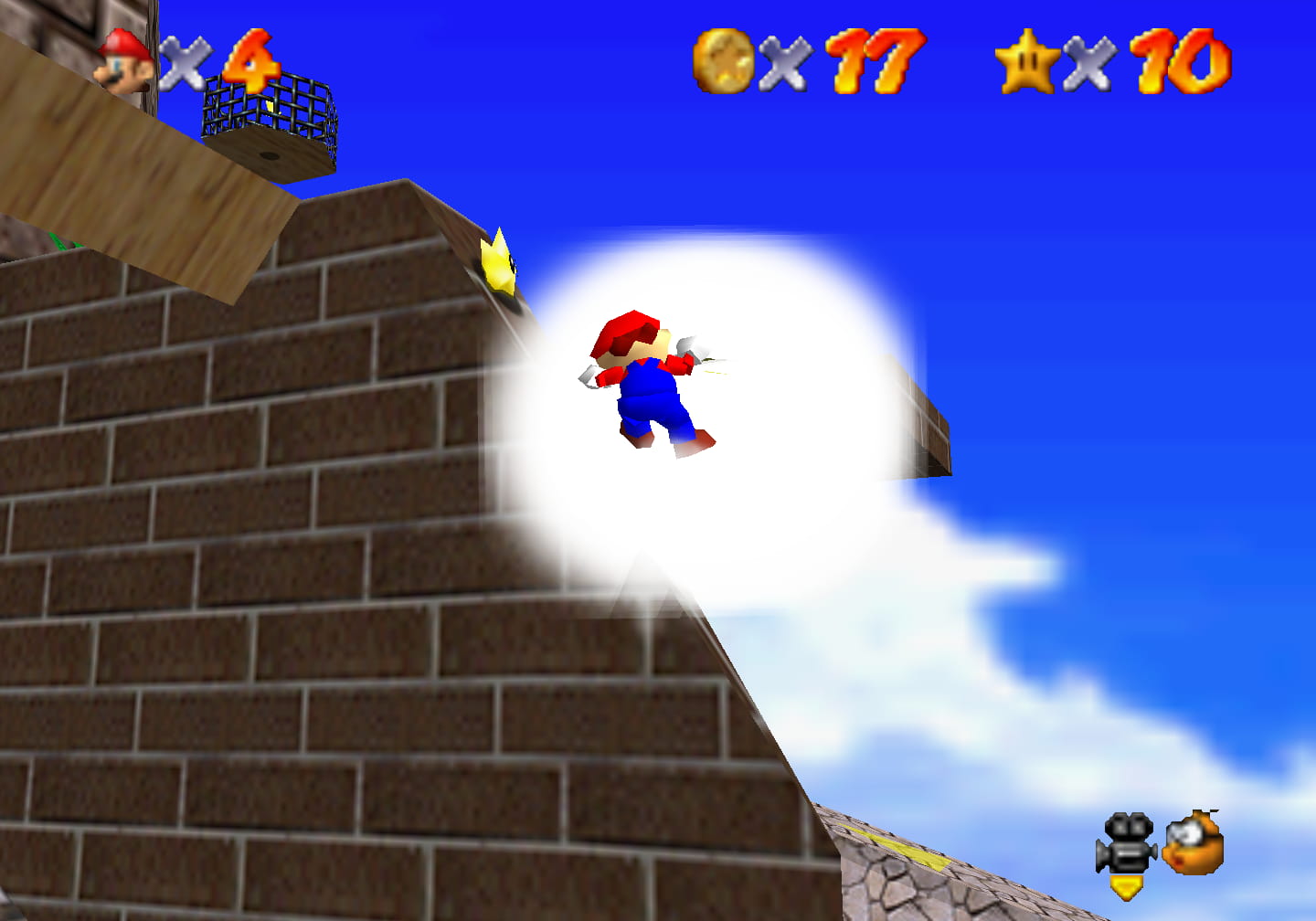
This level’s 100-coin star is actually easier than the 1st level’s, without any power-up unlocks needed. In fact, I would oft get the 100-coin star 1st. Piranha Plants & Whomps throw money @ you, & unlike “Bob-omb Battlefield”, this level has a blue coin switch. The DS remake, which expands the garden to surround the back o’ the fortress ( I’m guessing to make it less likely to fall off the back end & die, which is quite easy to do ) & fills it with Piranha Plants who give you a blue coin each, makes it e’en mo’ trivial.
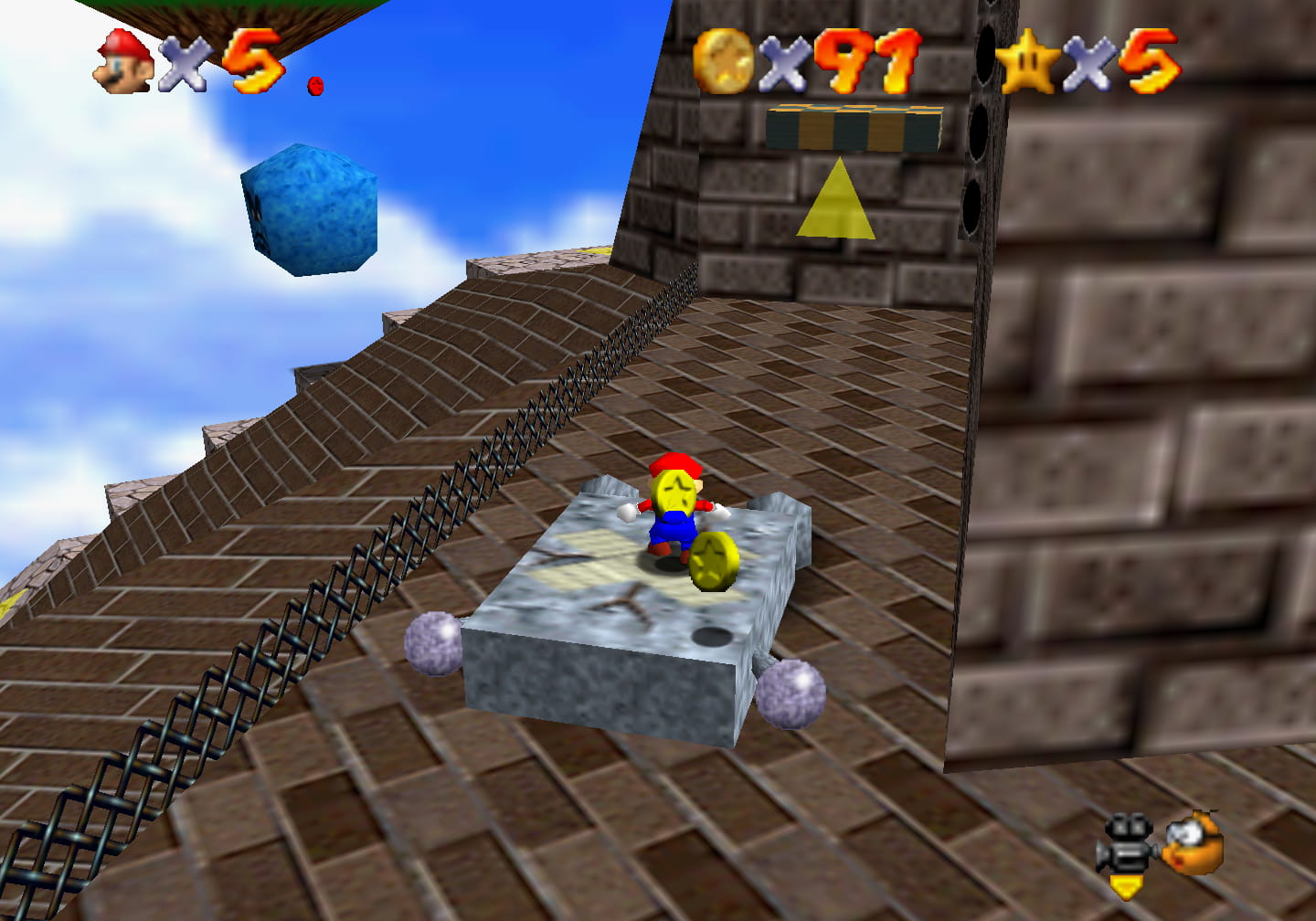
’Course, the DS remake couldn’t add a new garden area without polluting it with ’nother switch star: “Switch Star of the Fortress”. Actually, since this involves a new area that isn’t used for anything else beyond collecting coins, I don’t mind this star. If I were tasked with pruning the excess switch stars, I would keep this 1.
6. Tall, Tall Mountain
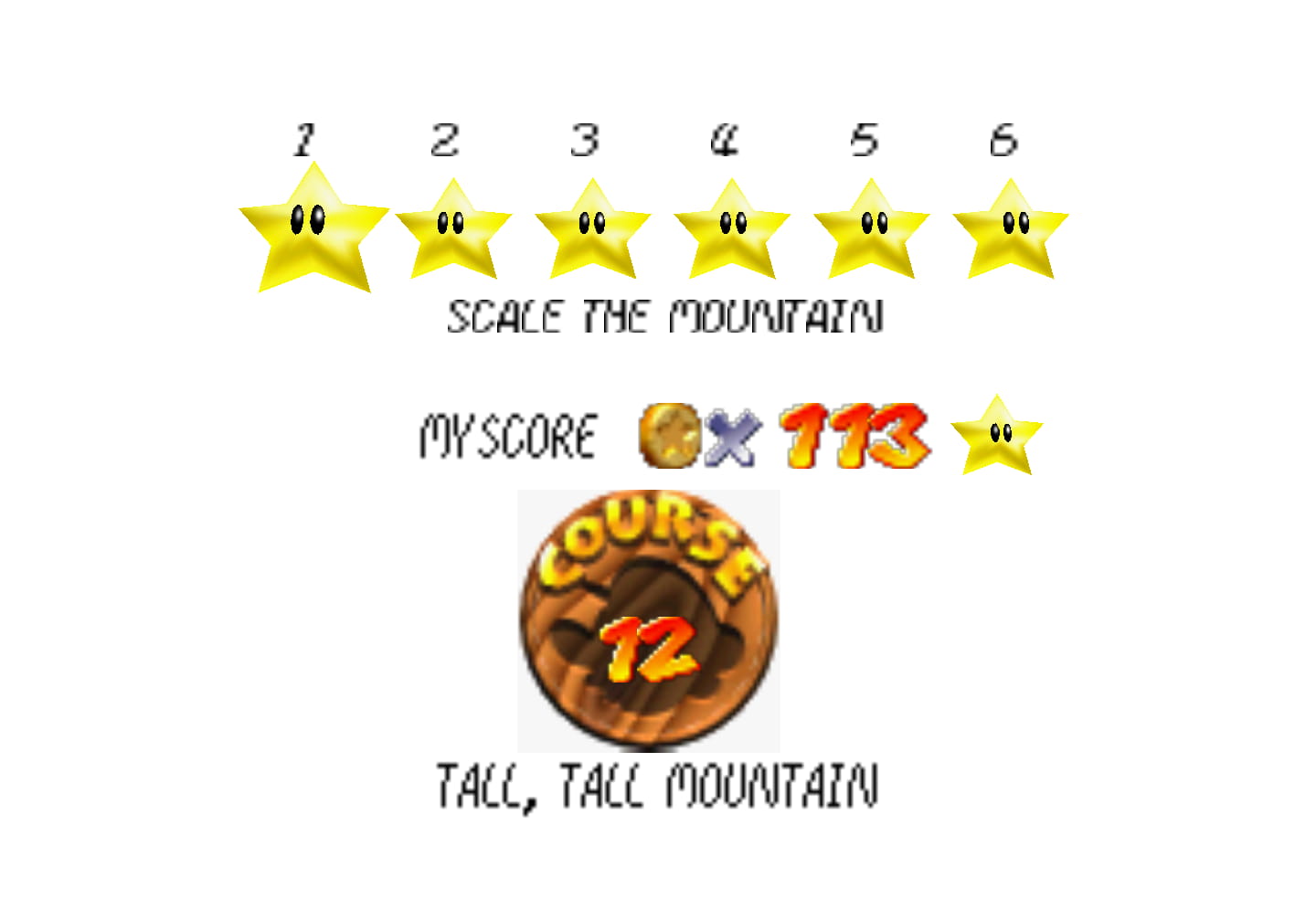
“Tall Tall Mountain” stands out ’mong its surrounding levels not by how odd it is but by how normal it is. Sandwiched ’tween an urban-water level with a rising & falling water gimmick & a level where everything is super large or super small, this is just an almost-linear ( tho with a few branches & some other shortcuts to keep it from getting too monotonous ) level climbing up a mountain — in a game full o’ mountains. But while it does comprise mechanics mostly found earlier in the game, it does not so much regurgitate them without doing much interesting with them as, say, “Dire, Dire Docks”, so much as ramp them up in difficulty; & indeed, this level is a notable difficulty spike, with every star being something o’ a formidable challenge, coming after the tame “Snowman’s Land” & “Wet-Dry World”.
The weakest stars are probably the 1st 2. The 1st star, “Scale the Mountain”, as its name indicates, is the all-too-common “get to the top from the bottom” star. It’s weird that this game likes making these the 1st star, as this is usually 1 o’ the most challenging tasks. Howe’er, “Tall Tall Mountain”’s other stars are challenging ’nough that that’s not as certain as, say, the 1st star o’ “Bob-omb Battlefield”.
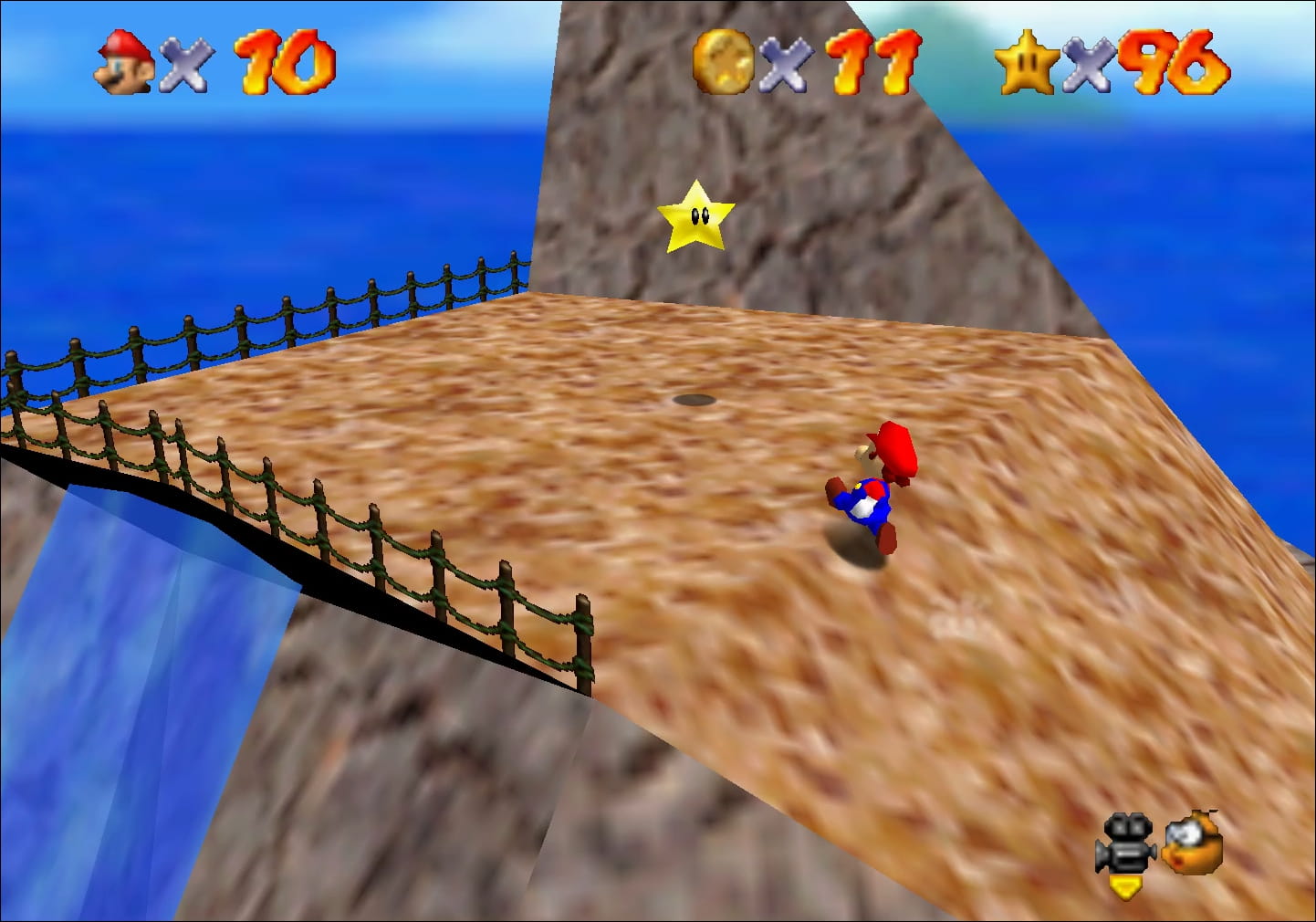
Unfortunately, like “Whomp’s Fortress”, “Tall Tall Mountain” requires you to get to the top ’gain for the 2nd star, “Mystery of the Monkey Cage”, but this time grab a monkey so they can break open a cage for you. Other than a few extra steps after reaching the top, it’s virtually identical. I guess catching the monkey challenges skills you’ve likely honed trying to catch Mips in the basement. But the game is inconsistent & unintuitive with this requirement: grabbing any other monkey makes them steal your cap, which is a punishment ( which is weird, since you have to go out o’ your way to do it; the monkey won’t try to take your cap if you don’t do anything to it ). So the game teaches you not to grab the monkeys, only for it to turn round & tell you to grab this monkey to get the star. I do remember finding this star disorienting as a kid for that very reason, since I was always ’fraid o’ losing my cap.
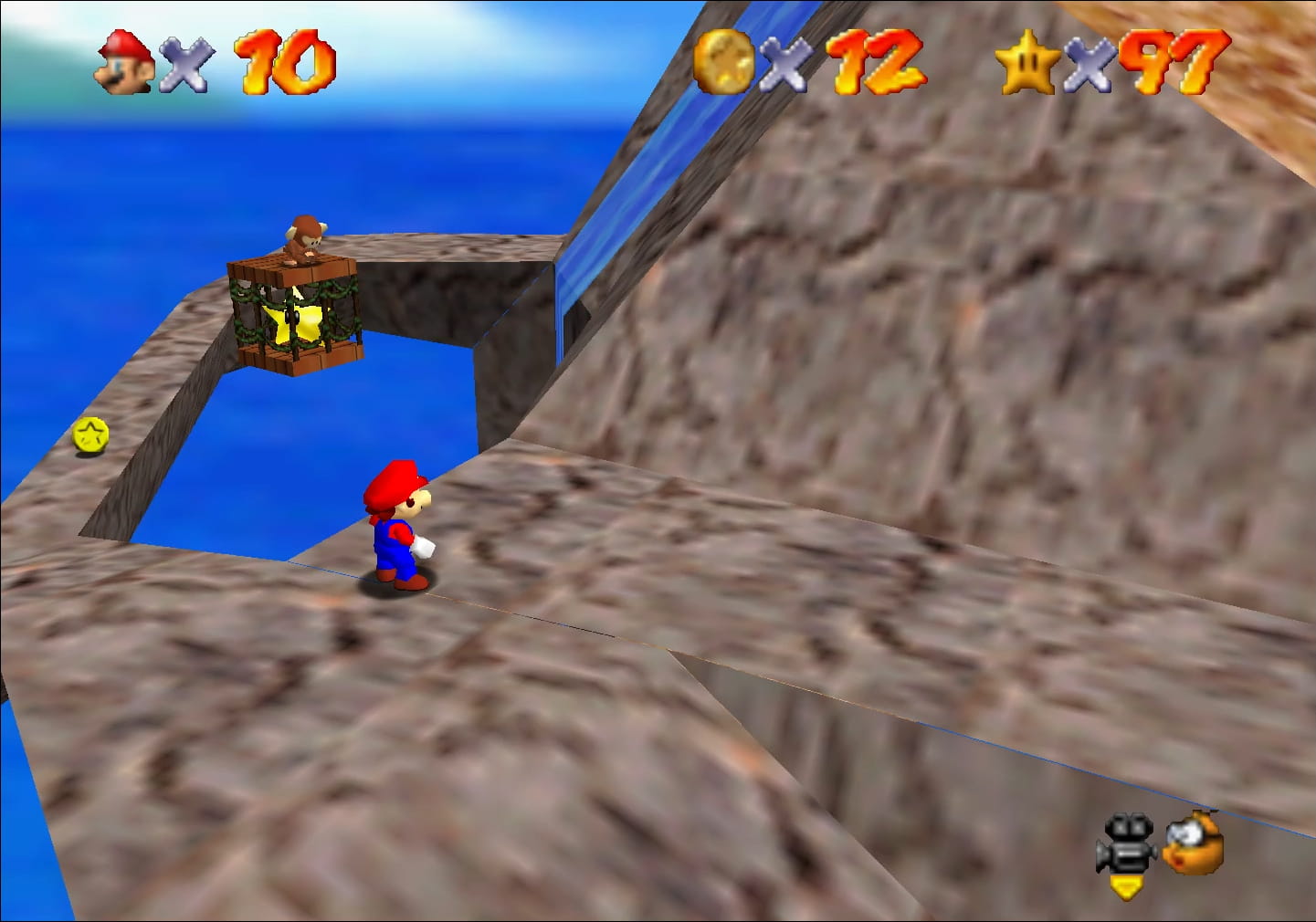
“Breathtaking View from Bridge” ( or the mo’ grammatically-correct “Breathtaking View from the Bridge” in the DS remake ) comes dangerously close to copying the 1st 2 stars, too, but not as conspicuously as the 2nd star. You come close to the top, but have to hit a switch & cross thin cork blocks to reach the star hidden ’hind the waterfall. You have plenty o’ time to cross, so the ticking time limit is mo’ a psychological challenge than anything authentic. Anyway, you can rather easily long jump or tripe jump to the waterfall, ignoring the switch completely. Honestly, I feel the developers mainly liked the aesthetics o’ having a star ’hind the waterfall mo’ than having any interesting challenge to go with this.
The DS remake forces you to use Wario to break a black brick block, which I guess adds some challenge to it, since Wario is hopeless when it comes to platforming in that game. But then they nerf the level’s difficulty by eliminating the whole timed bridge & just adding a regular bridge right under it, so that the entire challenge is just “get to the top o’ the level, but with Wario”.
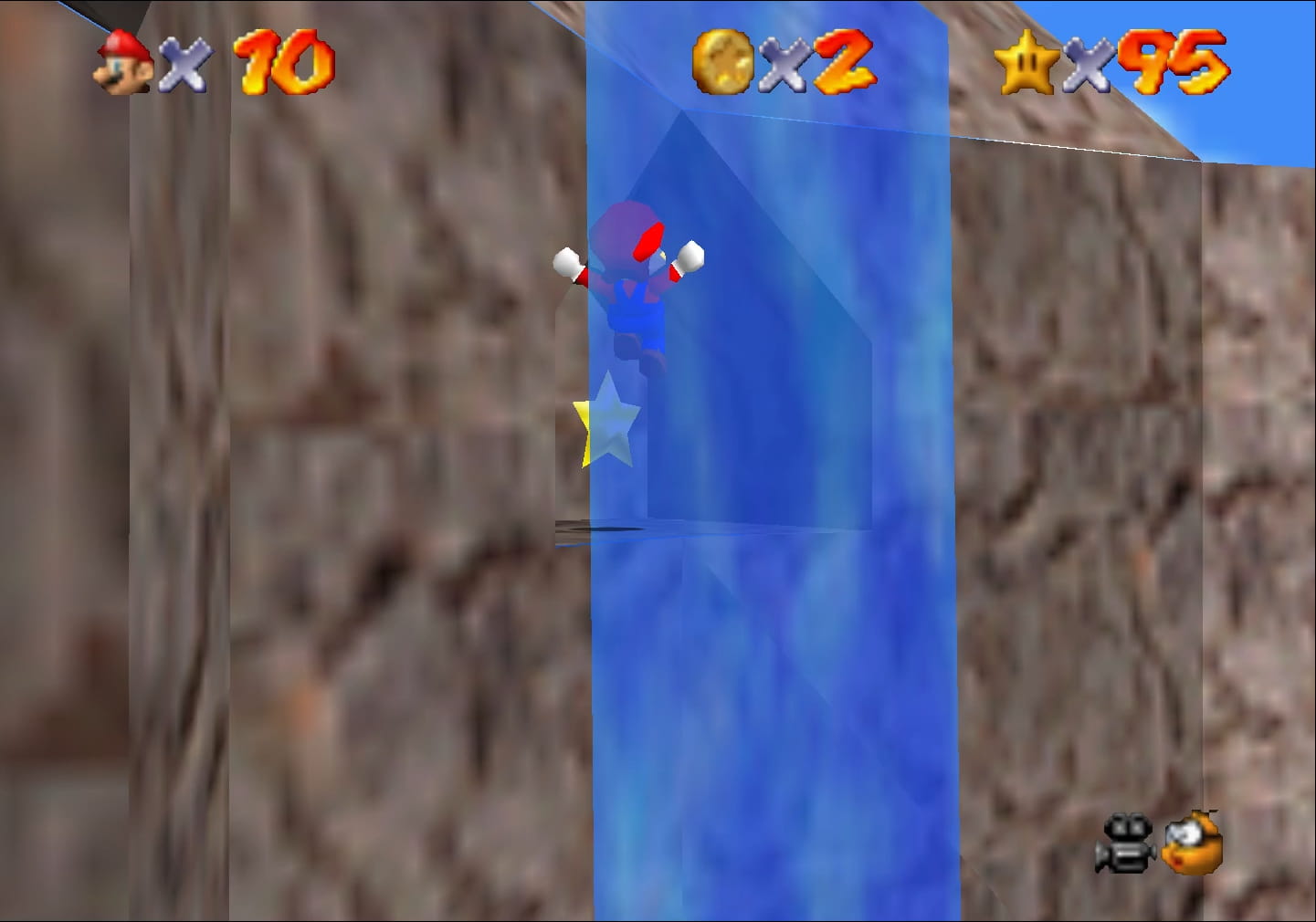
But the other stars are quite good. I like the red-coin placements — tho like in many other red-coin stars, “Scary ‘Shrooms, Red Coins” isn’t entirely accurate: only 4 o’ the red coins are on the “scary shrooms”, while the other 4 are scattered round the viney maze. Still, both offer fun platforming challenges while giving a variety o’ scenery. The mushroom platforms feel like a throwback to the mushroom platforms in classic Super Mario Bros.

“Mysterious Mountainside” is basically “Slip Slidin’ Away” from a level with a strikingly similar name as this, “Cool, Cool Mountain”, but much mo’ challenging. While “Cool, Cool Mountain”’s slide could get narrow @ places, ’twas a linear path with no tricks; this slide twists @ points, challenging you to grind up gainst the wall @ certain parts to avoid falling off the narrow edge, & has a sharp corner @ a fork near the middle, where, if you don’t take it, you get to see Mario slowly slide toward a giant skull signally for him to start saying his prayers. Finally, this slide ends with a large jump that can be surprisingly easy to screw up.
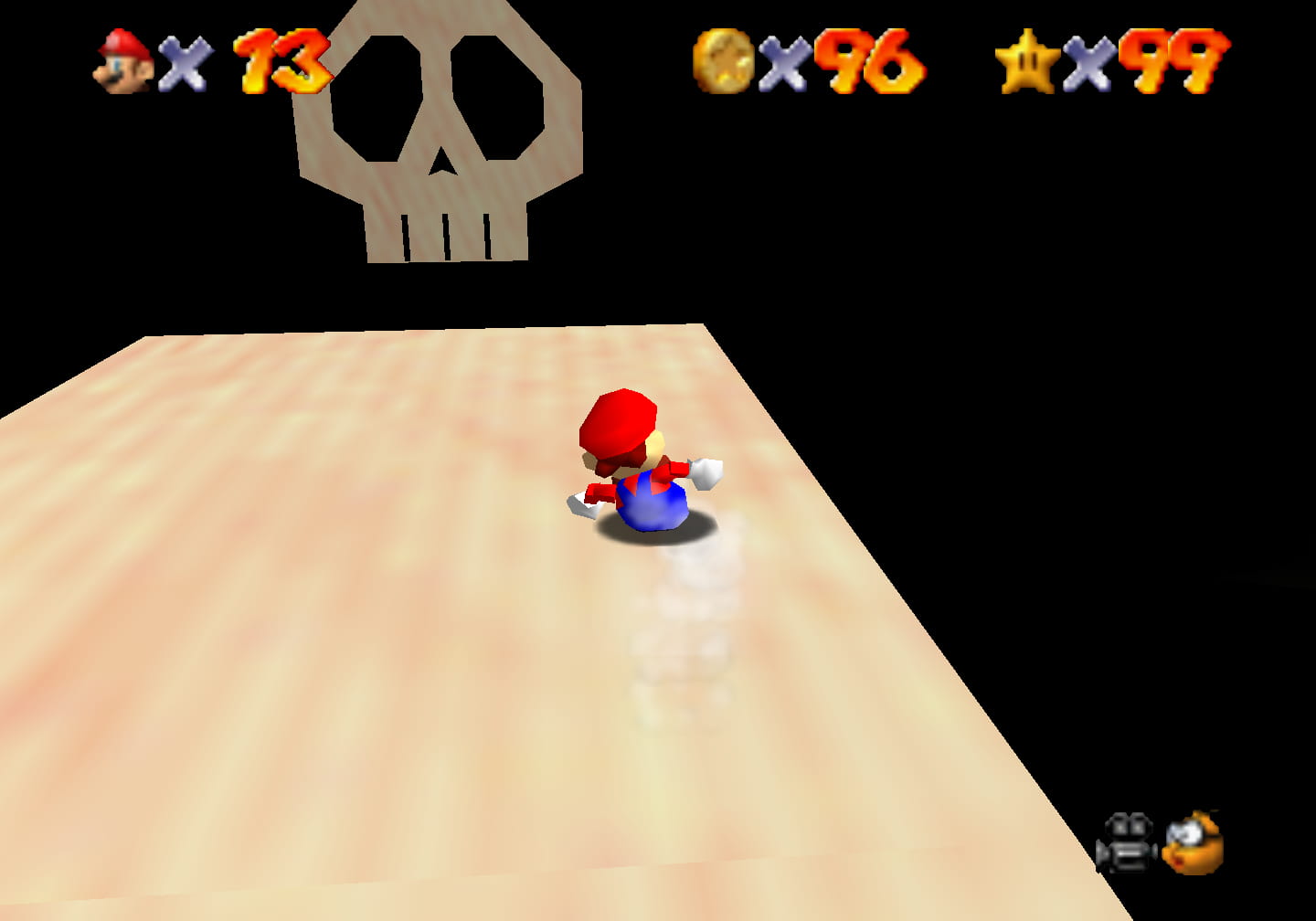
Unlike “Cool, Cool Mountain”’s slide, which simply takes you to the bottom & allows you to play the rest o’ the level, “Tall, Tall Mountain”’s places you into a small alcove that’s hard to get out o’ & impossible to get out o’ on the DS remake. In the N64 version you can get up into the alcove without taking the slide @ all with well-timed jumps. The DS remake attempts to prevent this with a grated wall, but stupidly makes the grated wall passable with Invisible Luigi, who is also the character with the best jumping to be able to easily get through there.
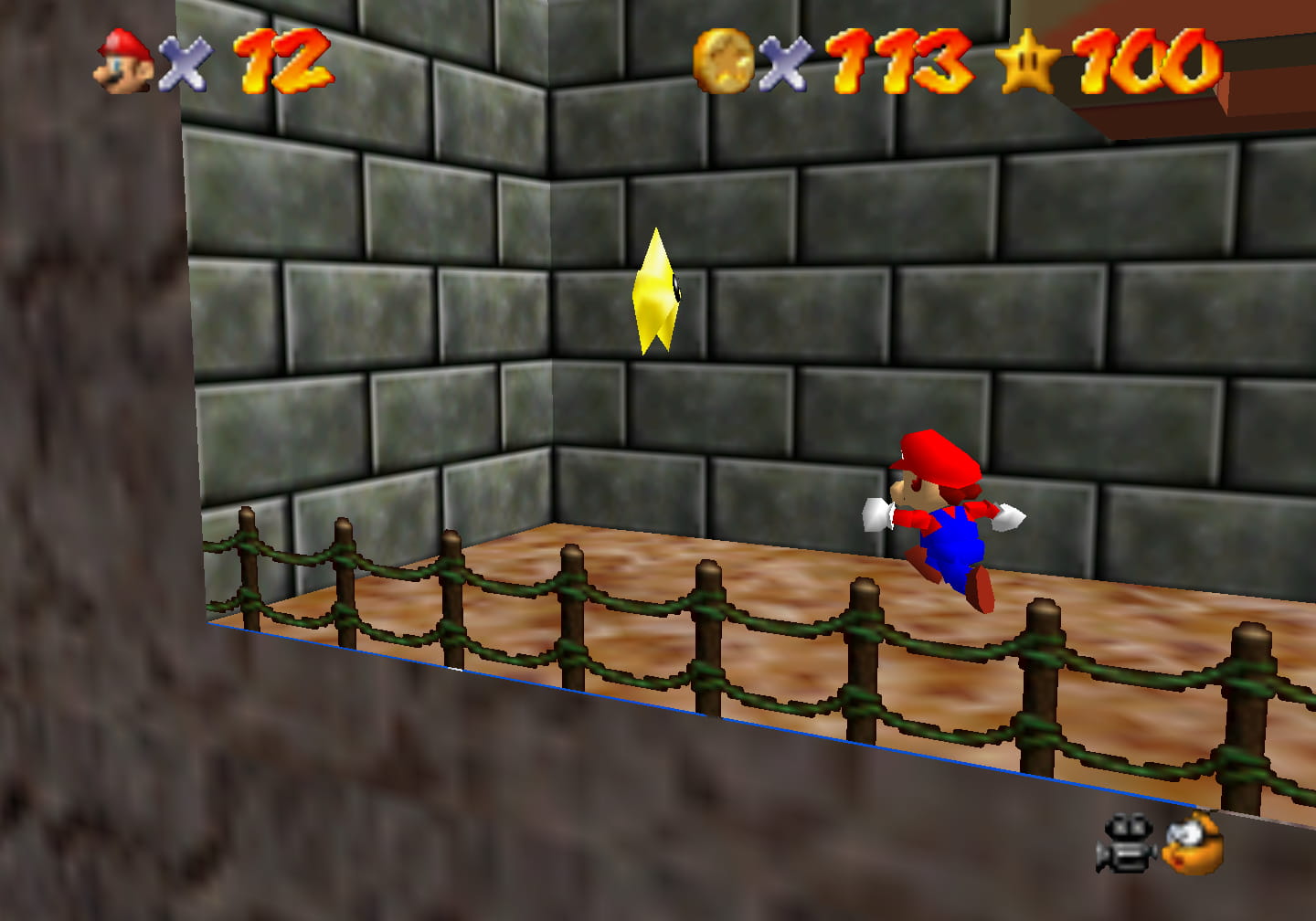
“Blast to the Lonely Mushroom” is a much harder — & mo’ dangerous, since failure ensures death — version o’ the cannon challenges scattered ’mong “Bob-omb Battlefield”, “Whomp’s Fortress”, & “Jolly Roger Bay”. ’Course, you can also just long jump from many places on the mountain or jump off a flying Shy Guy to spin o’er to it.
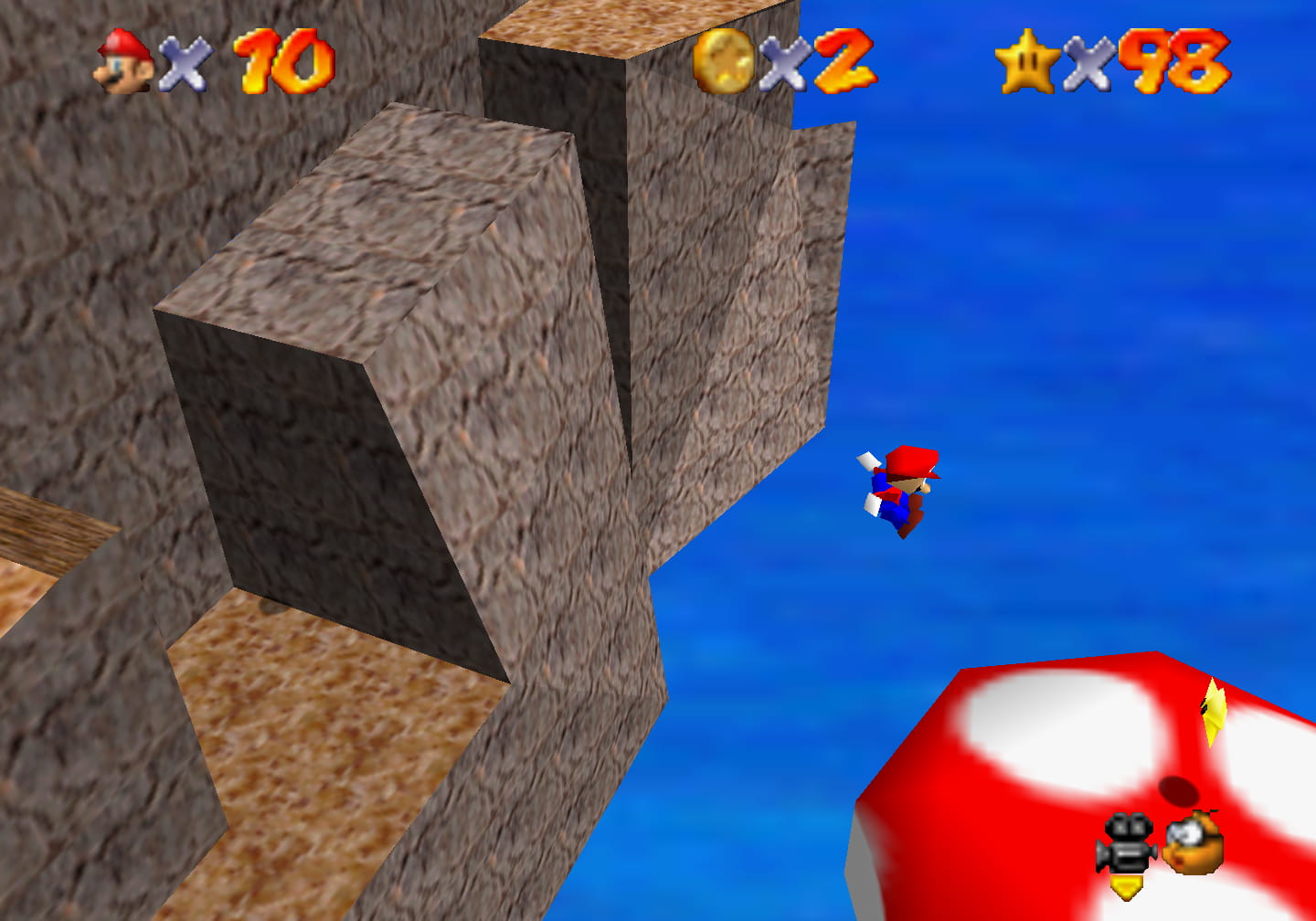
In fact, I’m quite certain that’s the only way I’ve e’er gotten this star before; when I insisted on trying the cannon route while playing through this level recently, I was surprised to realize I had no idea where the cannon or cannon Bob-omb were & was surprised by how weird their placements were.
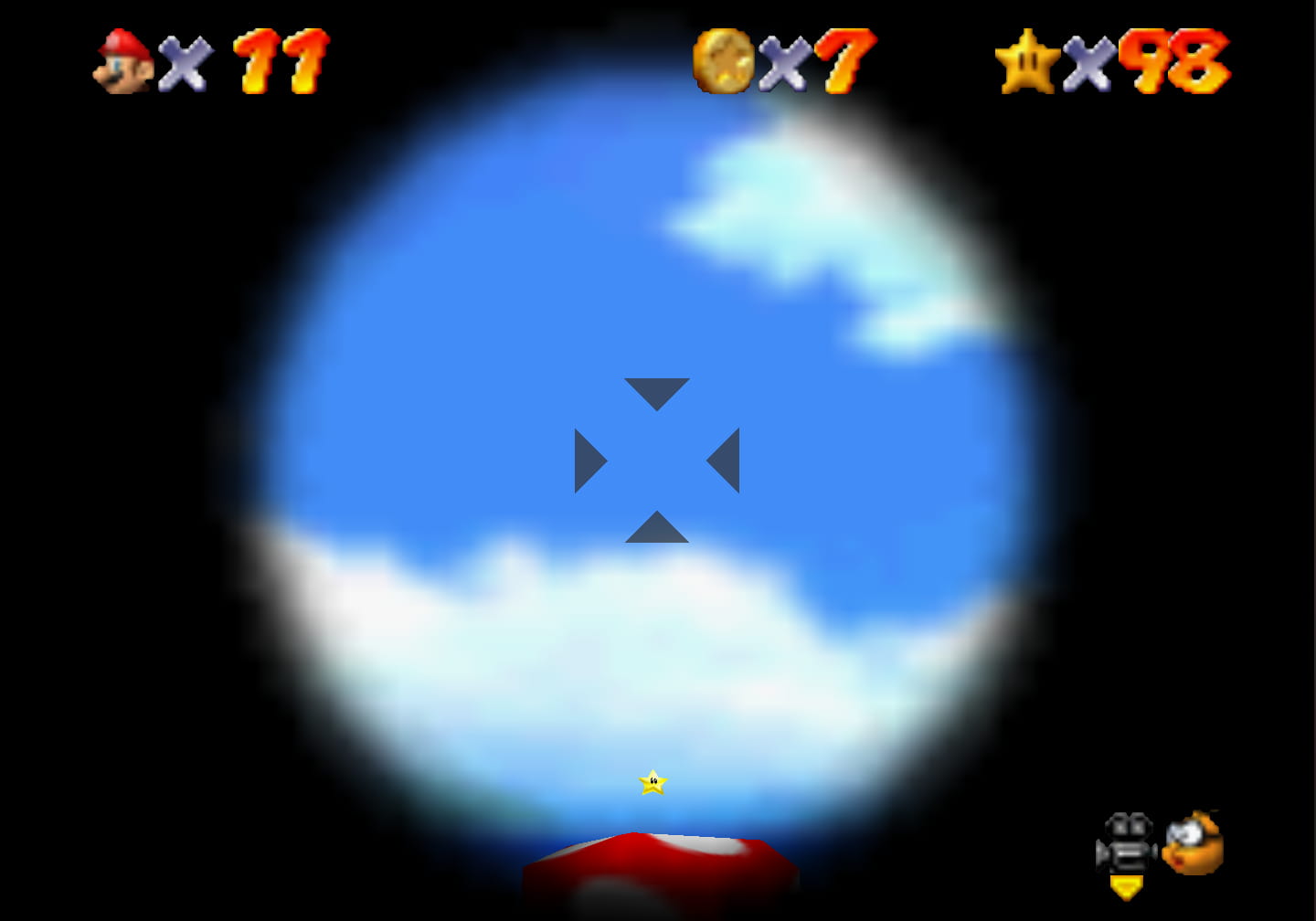
This level is 1 o’ the rare instances where its new star in the DS remake, “5 Secrets of the Mountain”, isn’t just “collect 5 silver stars” or “hit a switch & race to a certain spot”, but implements a slightly harder version o’ the challenge o’ flying through the center o’ 5 coin rings found in “Bob-omb Battlefield”. Unfortunately, unlike the other stars in this level, this star doesn’t do much to ramp the challenge up, making it feel like just a repeat. & honestly, secrets & silver stars are basically the same thing — to the point that I’m surprised the developers didn’t just replace the middle coin in the rings on both stars with silver stars like they did to the coins in “Pyramid Puzzle” from “Shifting Sand Land”.
The coin star in this level can be annoying thanks to 1 mo’ similarity to “Cool, Cool Mountain”: you need to take the slide to get 100 coins. But unlike “Cool, Cool Mountain” it’s much harder in many places to jump & collect the star after it appears on the slide, & it’s much harder to return to the main level after leaving the slide ( & impossible in the DS version ). Also, I found that every time I collect the 100-coin star on the slide, Mario falls on his belly, which makes collecting the “Mysterious Mountainside” star afterward mo’ annoying.
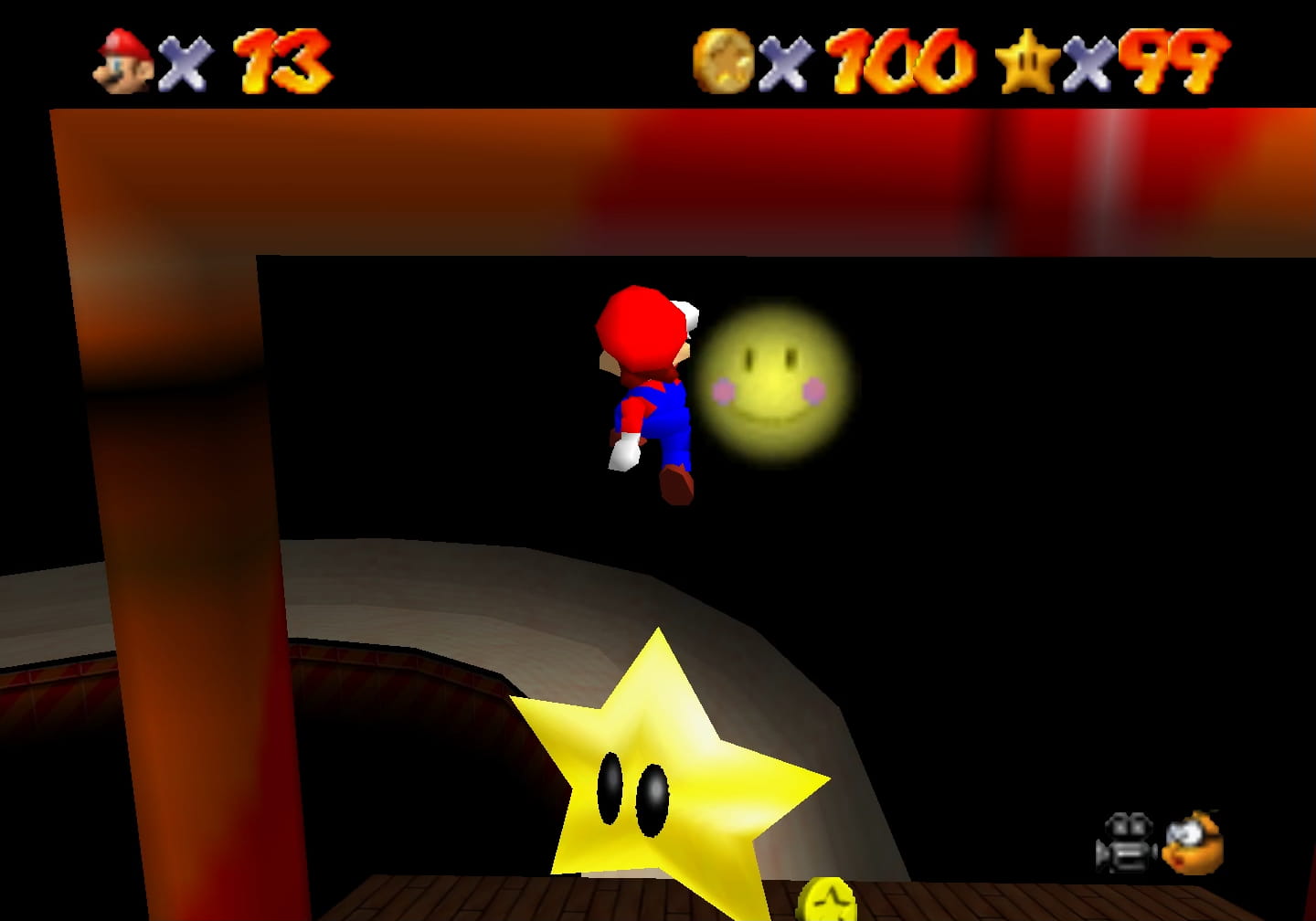
5. Shifting Sand Land

“Shifting Sand Land” has nothing but great star ideas, e’en if a few o’ them are implemented rather poorly. For a desert level, which oft fall into looking like bland, colorless, barren wastelands, “Shifting Sand Land” has quite a bit o’ variety & detail, such as the tiny oasis in the northwest corner. I particularly like the Sonic-like red & gold checkered blocks that make up the 4 pillars & the Eyerok boss chamber.
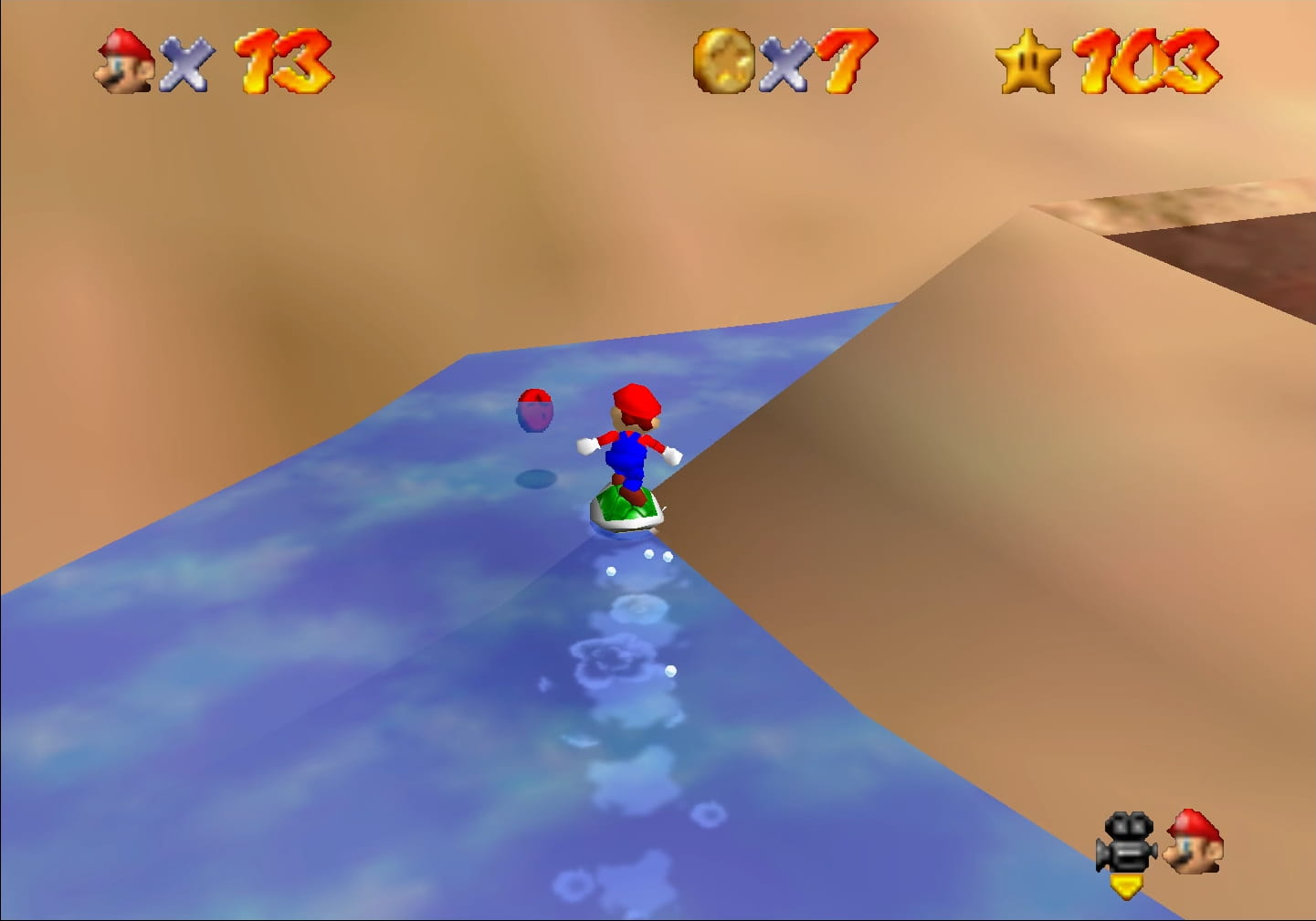
Outside “Shifting Sand Land” has an odd design. Tho it has a clearly-defined path, spiraling from the southwest to the southeast, up through the north into northwest through the toy-block bridge, the game doesn’t require one to go through there — & indeed, I don’t know anyone who does go through this long tedious path. But the level is not quite as open as most levels, as e’en tho one can bypass the main path, there are still hazards that one must traverse, either through well-timed jumps or using the wing cap or shell on top o’ the stone structure in the southeast section. “Shifting Sand Land” offers what many levels offer, but to the greatest extent: slow, easy paths & fast, challenging paths, which is what makes Super Mario 64 still popular with both casual players & speedrunners.
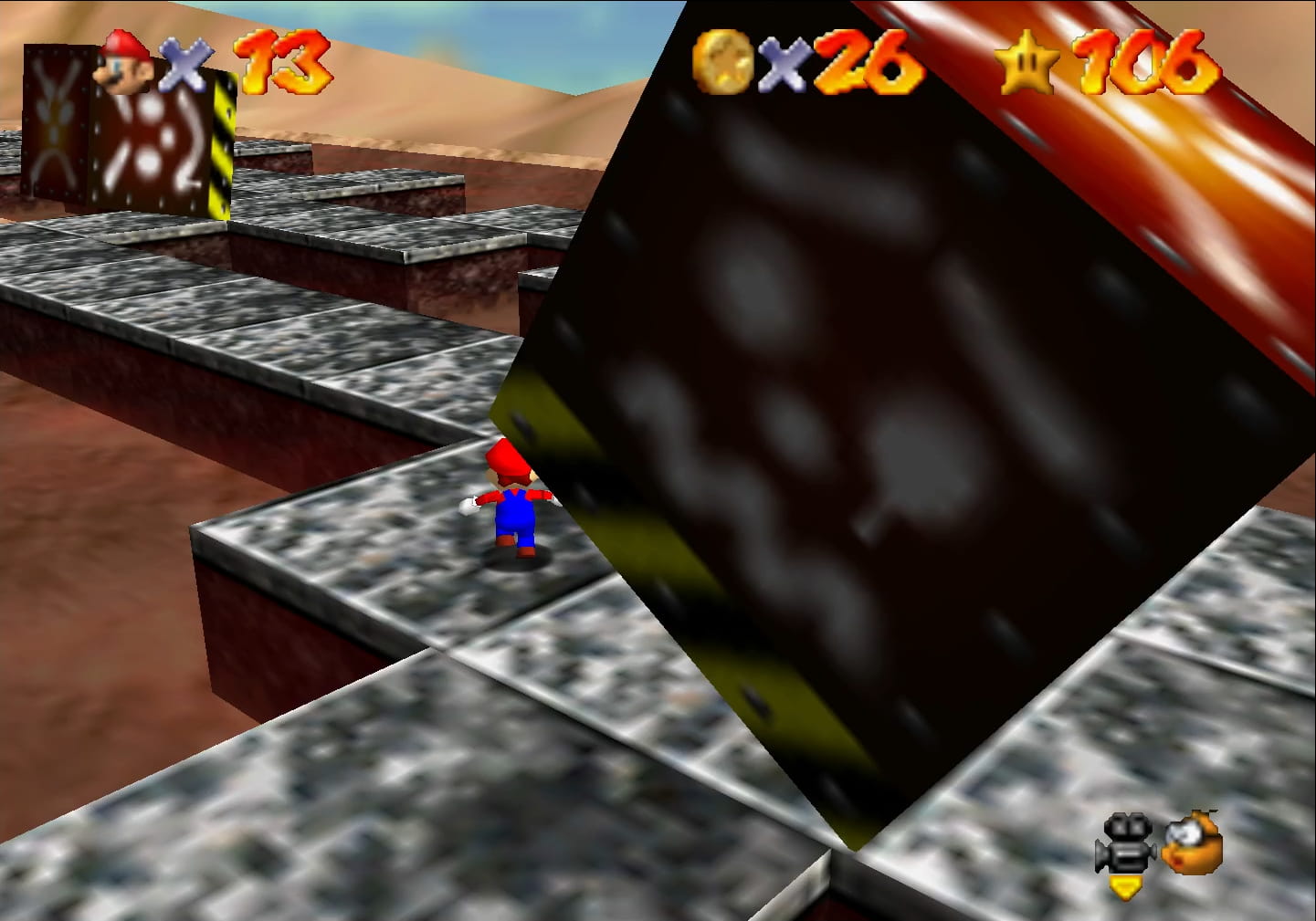
“Shifting Sand Land” starts with its strongest star, “In the Talons of the Big Bird”, which requires you to climb up 1 o’ the 4 pillars surrounding the pyramid that Klepto the Condor is approaching & jump @ it when it nears you so it drops its star. While many levels start with stars that define their levels but are long & harder than most other stars, “Shifting Sand Land” finds a balance with a star that’s relatively quick & simple, but still level-defining. That this star still involves platform challenge & a li’l puzzle-solving, while also fitting the level theme & having a li’l story to it strengthens it.
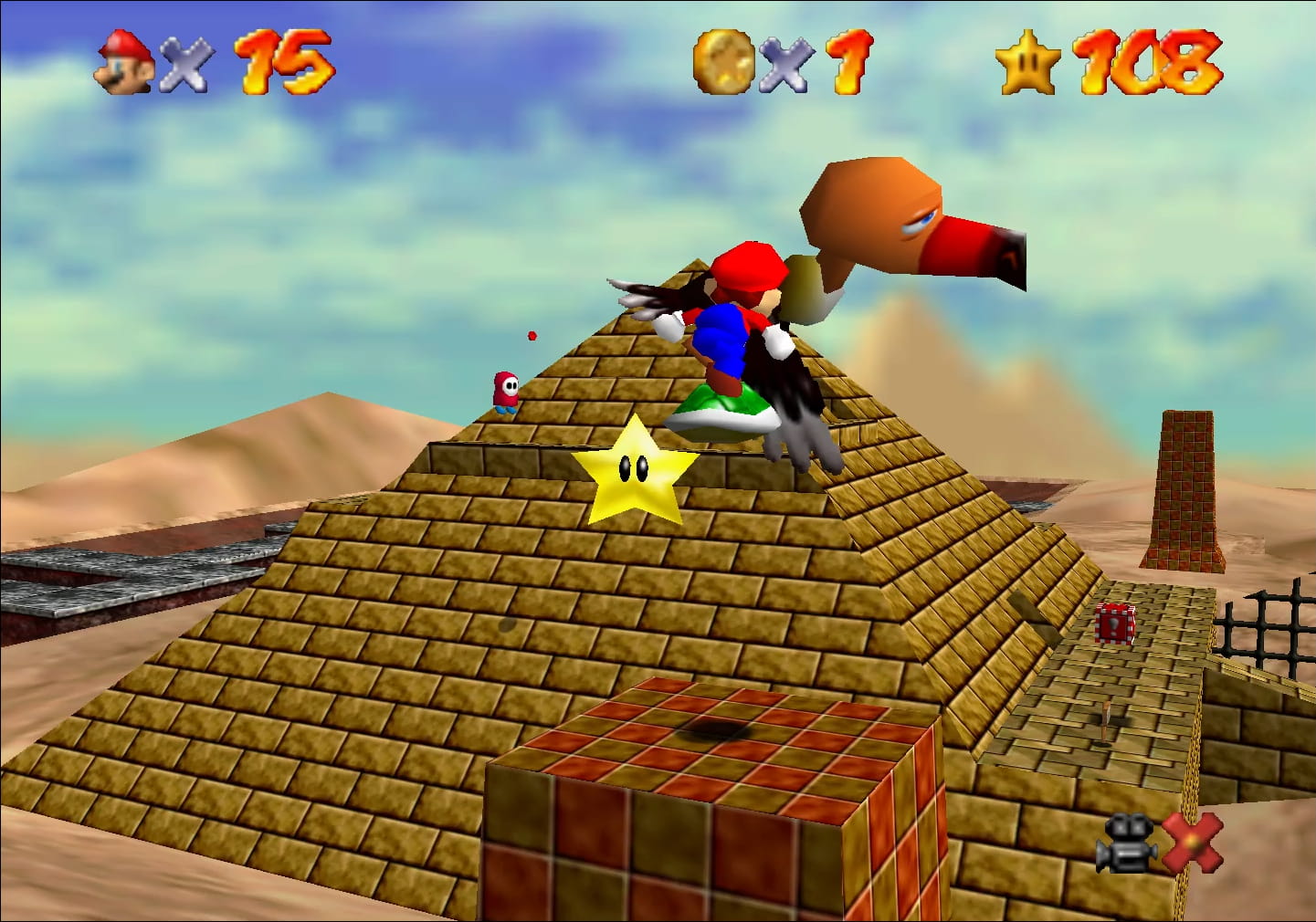
“Shining Atop the Pyramid” has the weakest concept o’ all the stars, being just a star in an alcove atop the pyramid, but it works well in execution. I would save this breather star for a bit later, tho — probably switch it with the long 3rd star.
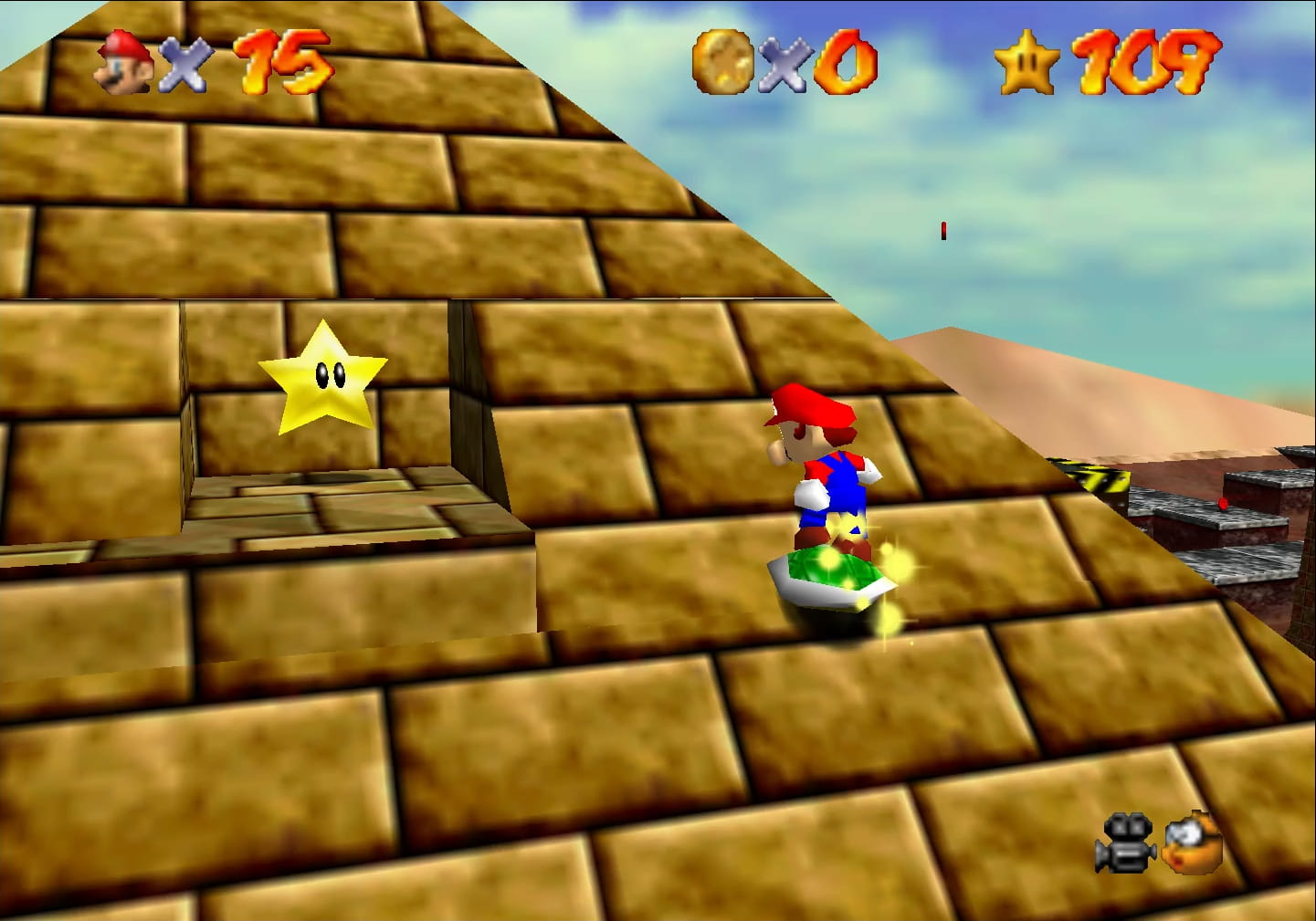
Speaking o’ the 3rd star, “Inside the Ancient Pyramid” is the closest approximation to a “get to the end” star, challenging you to make it inside the pyramid & then while inside climb all the way to the top, going round the perimeter spiraling up — the kind o’ inverse-mountain ( with space in the center o’ the thin perimeter, rather than a mountain with space round it ) formation also seen inside the volcano o’ “Lethal Lava Land” & in “Tick Tock Clock”. I can appreciate the attempt @ creative a balance o’ linear challenge platforming without sacrificing open-ended by still allowing extra paths; howe’er, the challenges this pyramid spreads ’long its path, tho they look nice in all their details, are rarely mind-blowing & are oft slow. Contrast that with the main volcano star in “Lethal Lava Land”, which tho less intricate & interesting had mo’ challenge to it. & yet, I think I’d still prefer this level’s pyramid, since that level’s greater challenge wasn’t much to write ’bout, either.
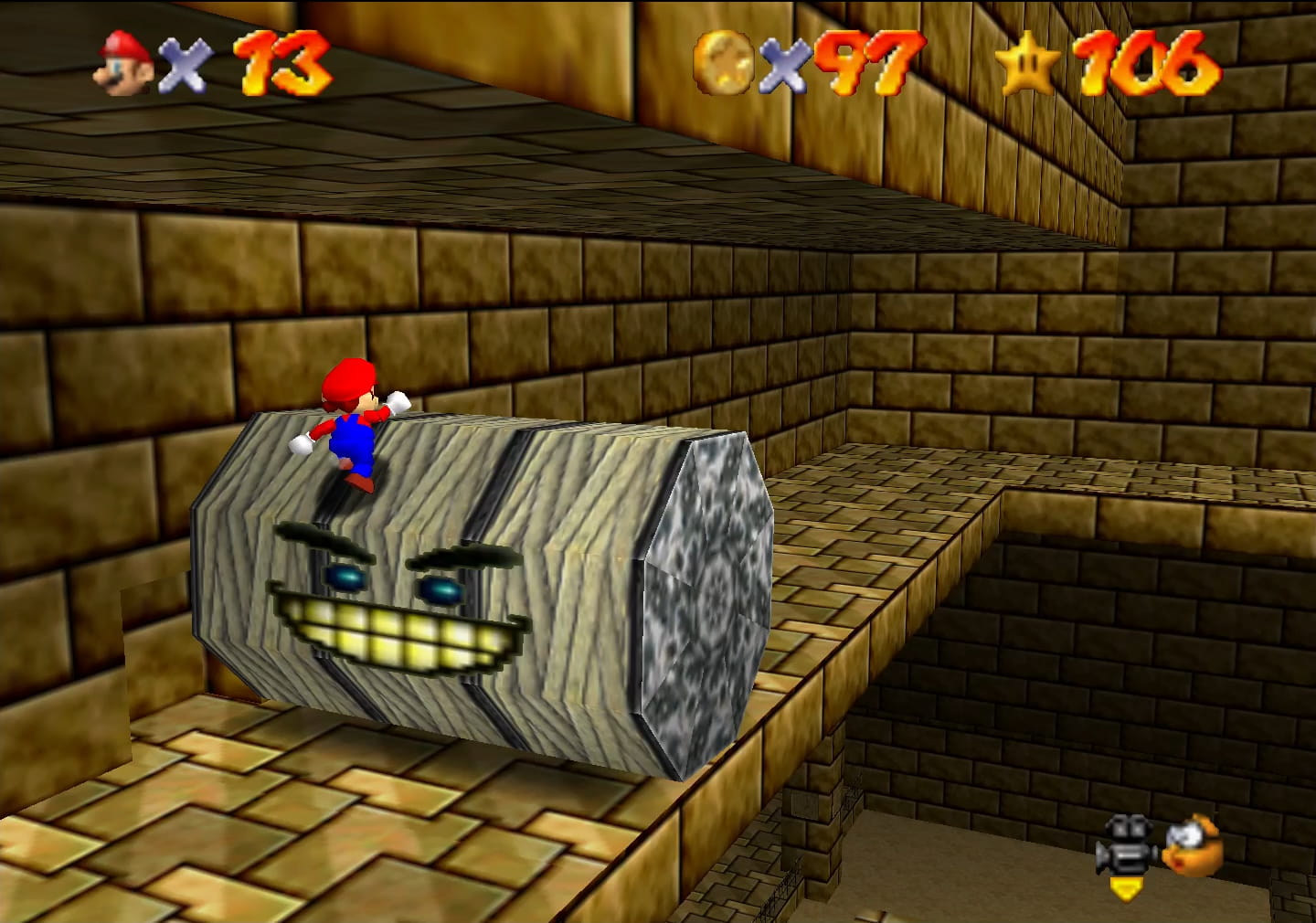
My only real problem with the inside o’ the pyramid is that the sand is annoying: it makes it hard to jump & get back off the sand, which isn’t a challenge so much as a waste o’ time caused by deliberately gimping my controls.
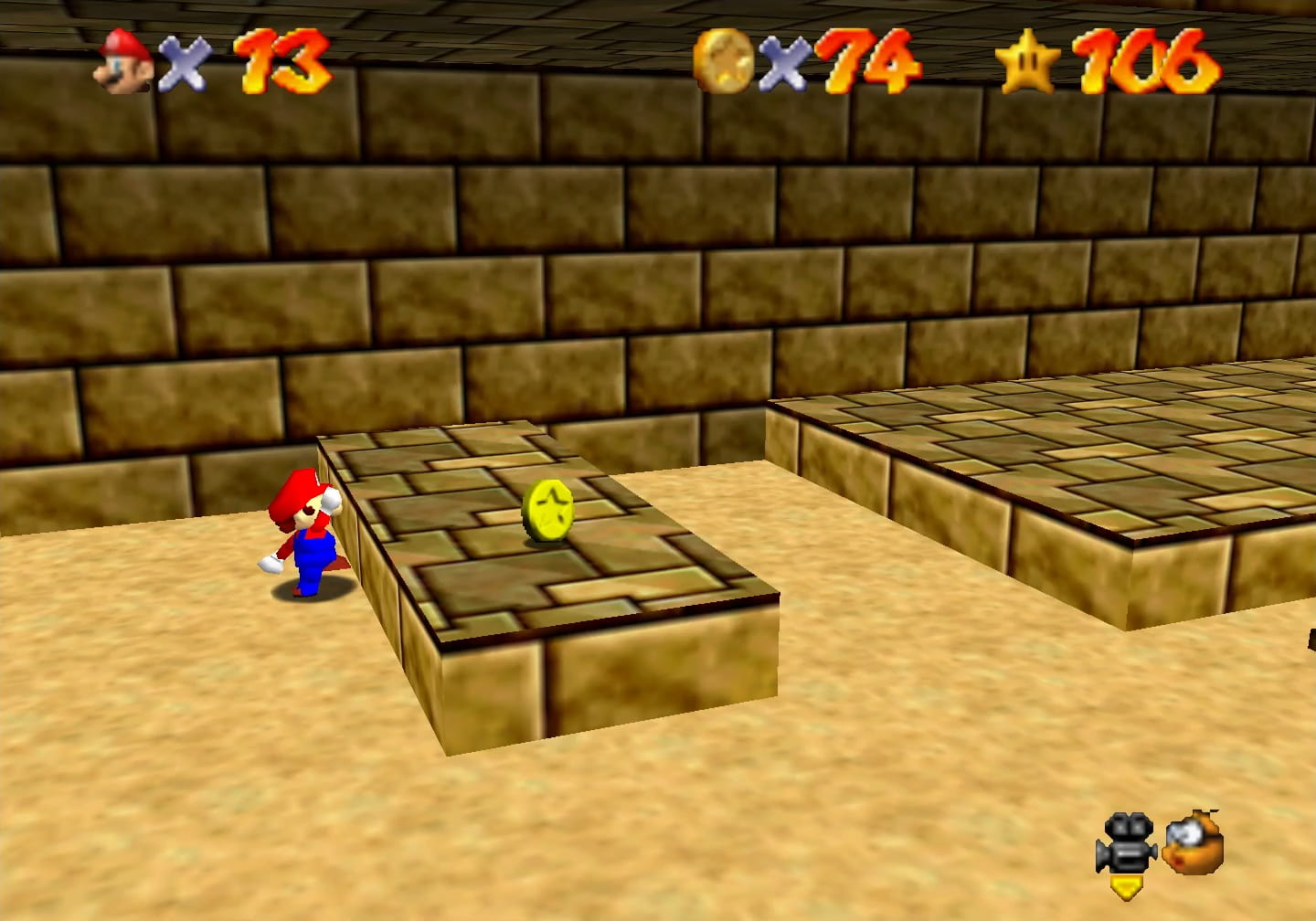
“Free Flying for 8 Red Coins” is a middle-quality red-coin star: not as bad as “Lethal Lava Land’s”, but not as good as “Big Boo’s Haunt”’s or “Tick Tock Clock”’s. Also, like many other red-coin stars, it has a bit o’ a misnomer: only half the coins are in the air, while the rest are scattered in notable places. Having flight be a notable part o’ this star is strange to me: deserts usually don’t make me think o’ sky mechanics. We already saw what happens when a dumbass romhacker fell into that thinking.7 Furthermo’, this game already has ’nough coin-collecting with the wing cap in “Bob-omb Battlefield” & 2 o’ the castle secret courses. In fact, ¿why not make “Bob-omb Battlefield”, which had many lazy red-coin placements, challenge you to grab red coins in the sky? Meanwhile, I think this level has mo’ notable places to hide red coins, like in ’nother hiding place in the pyramid. This is also a case where it would’ve been great if the developers could’ve let you go back out o’ the pyramid.
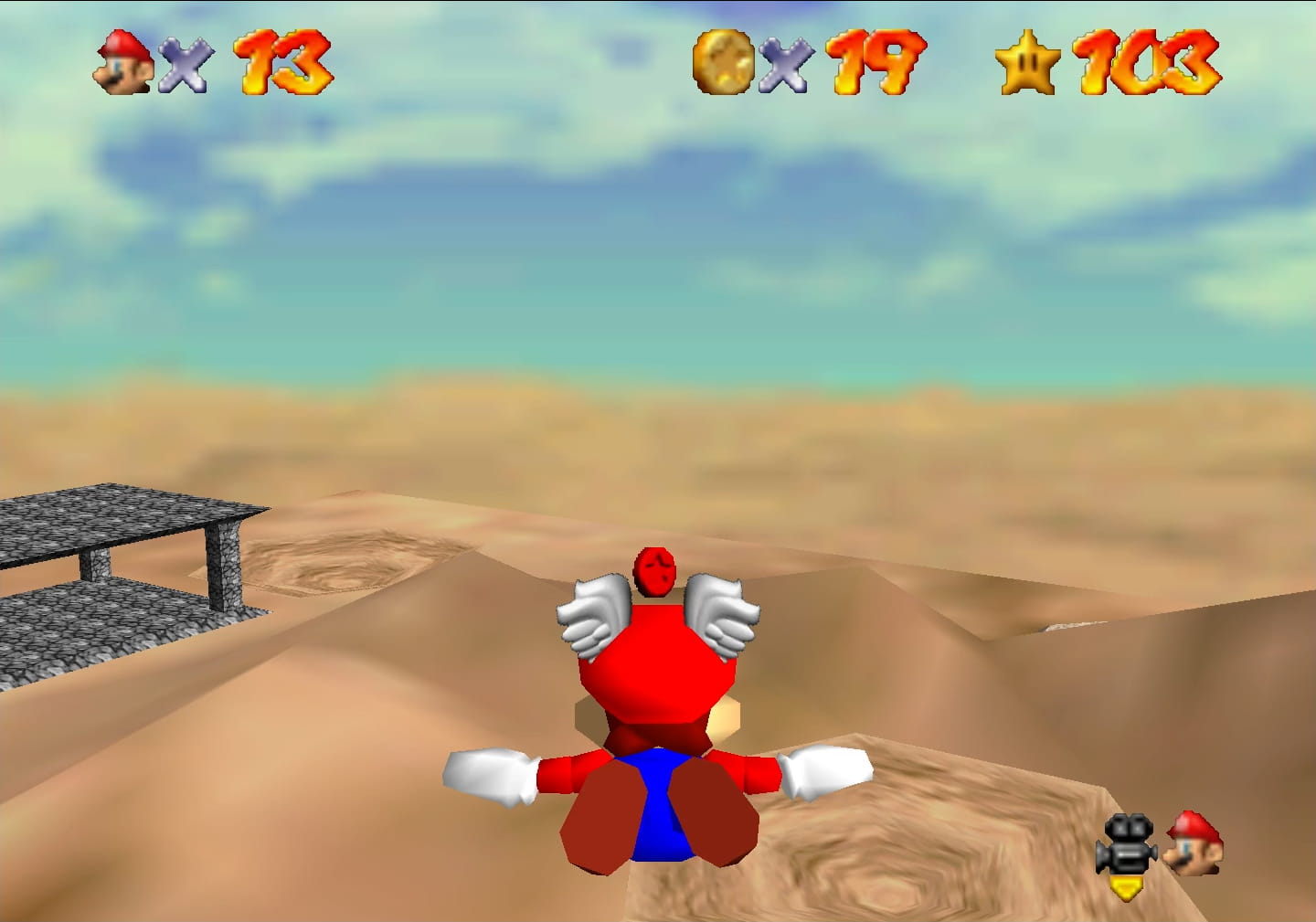
“Stand Tall on the Four Pillars” is a fine idea with a slightly flawed implementation. Opening the secret entrance to the pyramid requires going onto all 4 pillars surrounding the pyramid. Howe’er, I’ve found that the game’s detection o’ such is wonky, oft requiring multiple trips back to pillars. As is typical o’ Super Mario 64, tho, you can reach the opening this secret entrance leads to through other means, tho it can be annoying. Interestingly, on the flip side, the secret entrance leads to the top o’ the pyramid, where, if one times their jump right, they can bypass almost all o’ climbing the pyramid for “Inside the Ancient Pyramid”.

This opening leads to a boss that is a pair o’ hands with a single eye on each palm: an interesting design, but a simple case o’ timing punches when they ram into you that is much simpler & much less a creative use o’ 3D space than Big Bob-omb or the Whomp King. The vast majority o’ the time, this boss is a free victory; but on very rare occasions the hit detection on their eyes don’t work & I’ve punched their eye multiple times futilely only for it to succeed @ shoving me clear off the stage. Luckily, due to the level creating a checkpoint ’pon entering the pyramid, you don’t have to redo the pillar nonsense in the case o’ this unlikely scenario.
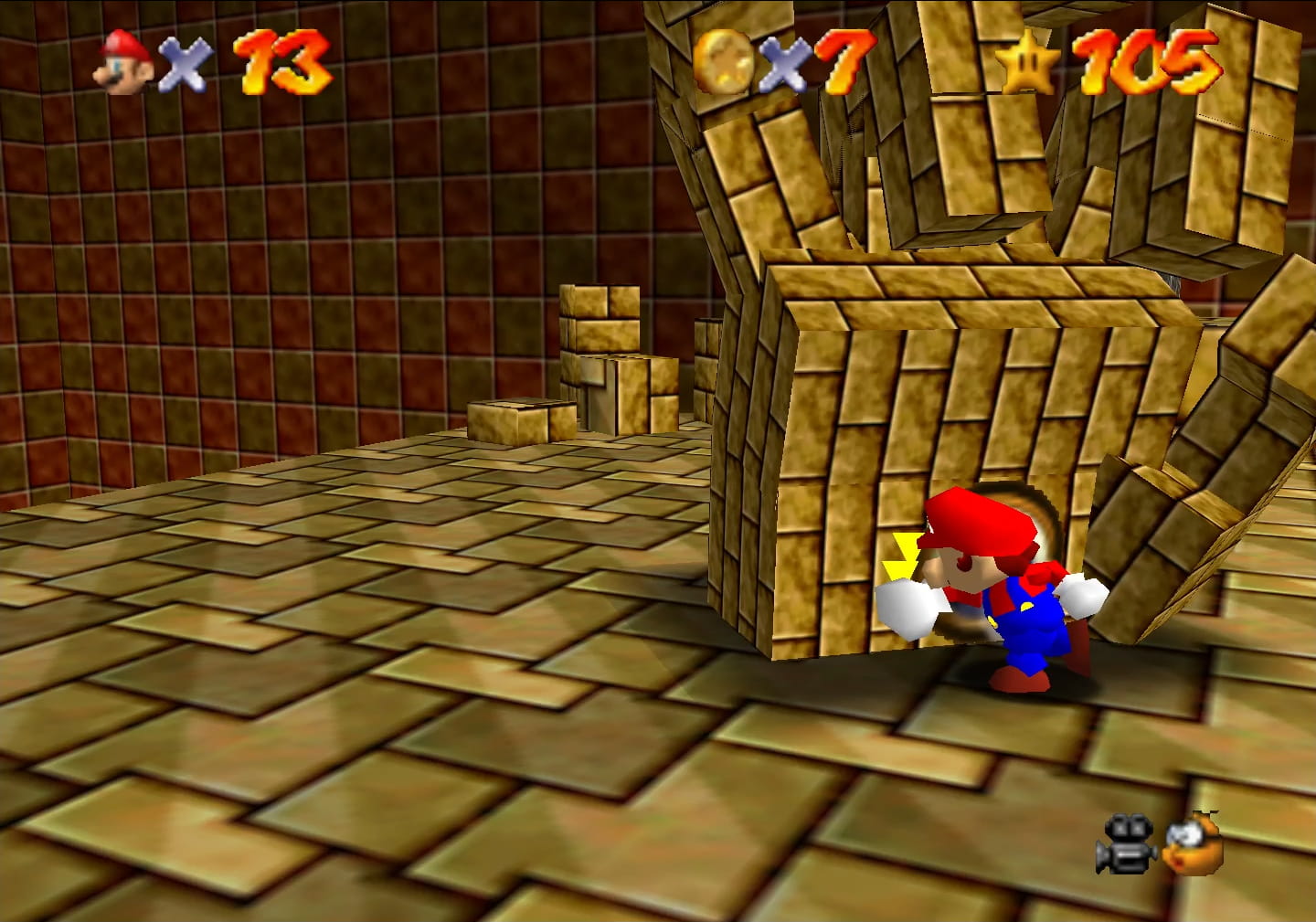
“Pyramid Puzzle” requires you to get to the top o’ the pyramid & then jump down platforms to a sand aqueduct, collecting all the coins to find all the 5 secrets needed to make the star appear @ the end o’ the sand aqueduct. This either requires you to enter the pyramid from the top doing the 4-pillars puzzle ’gain or climb the pyramid from the bottom & basically do the “Inside the Ancient Pyramid” star ’gain. ’Cause the camera was ne’er designed to look downward, trying to jump down the rather small platforms feels like a crapshoot. The only weak star in this level, which makes it unfortunate that they saved it as its final taste in regular sequence.
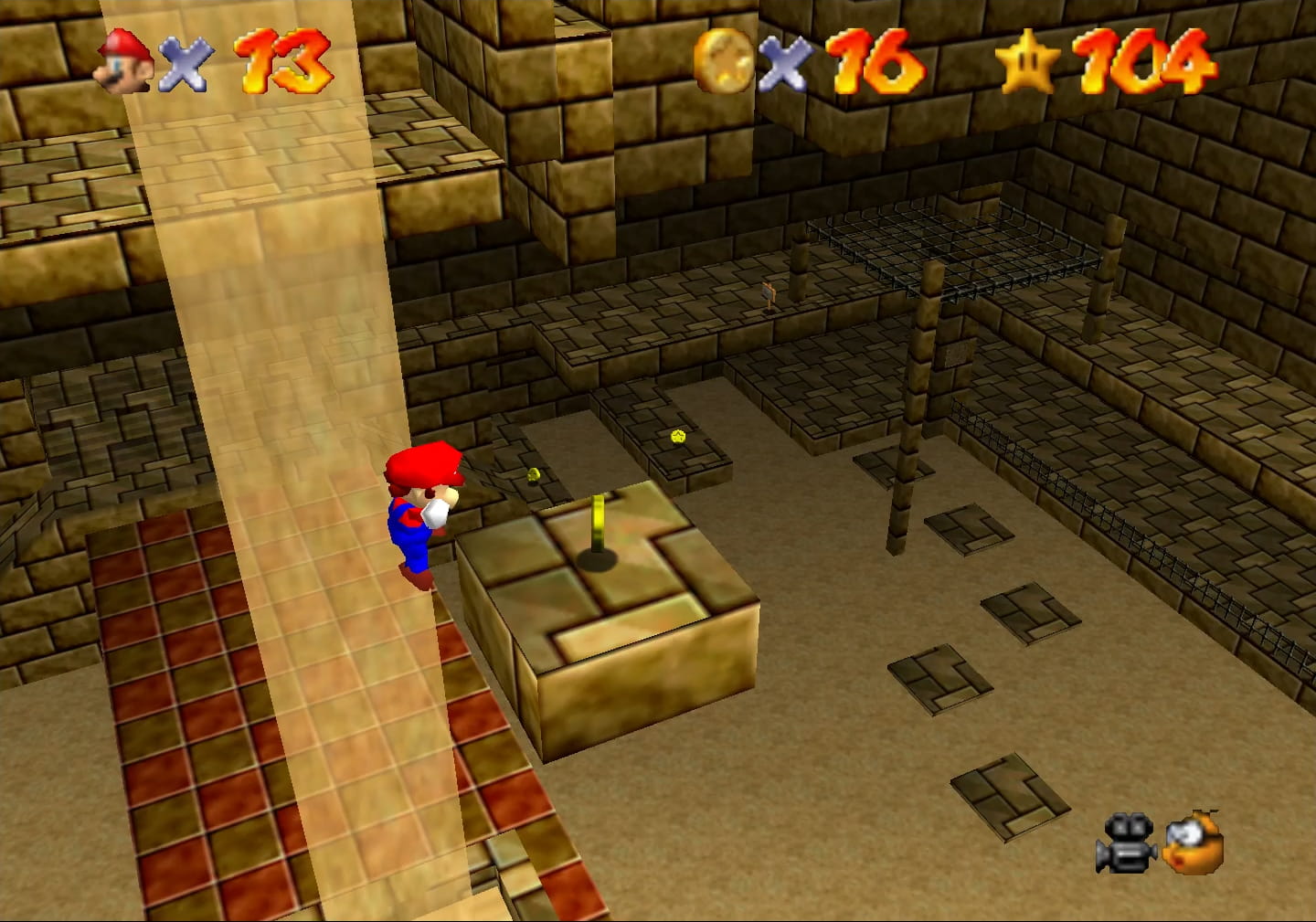
The developers o’ the DS remake, in their obsession with silver stars, replaced the secret coins with silver stars. Actually, this is an improvement, since having a few random coins act as secrets makes less sense. & since they only replaced an original star with that 1, they were also able to create a switch star, “Tox Box Switch Star”, ’cause we need yet ’nother switch star. Since this is in an underutilized area, & since maneuvering the maze with the “toy boxes” in the way within a time limit is an interesting challenge, I’m fine with this iteration. It’s far from the 1st switch star I’d cull ( that would be the “Big Boo’s Haunt” 1 ).
“Shifting Sand Land”’s entrance isn’t a painting, but just a wall @ a dead end that you can jump into. Unfortunately, since I was born knowing this game, I have no idea how obscure this was. I’ve heard some complain ’bout it. Yes, it’s a dead end: but that’s not suspicious by itself, since it’s not e’en the only dead end, & anyone playing would most likely assume a dead end’s there to add to the challenge o’ grabbing MIPS the rabbit. Then ’gain, maybe the idea is that the player might accidentally dive into the “wall” while trying to dive @ MIPS & be pleasantly surprised.
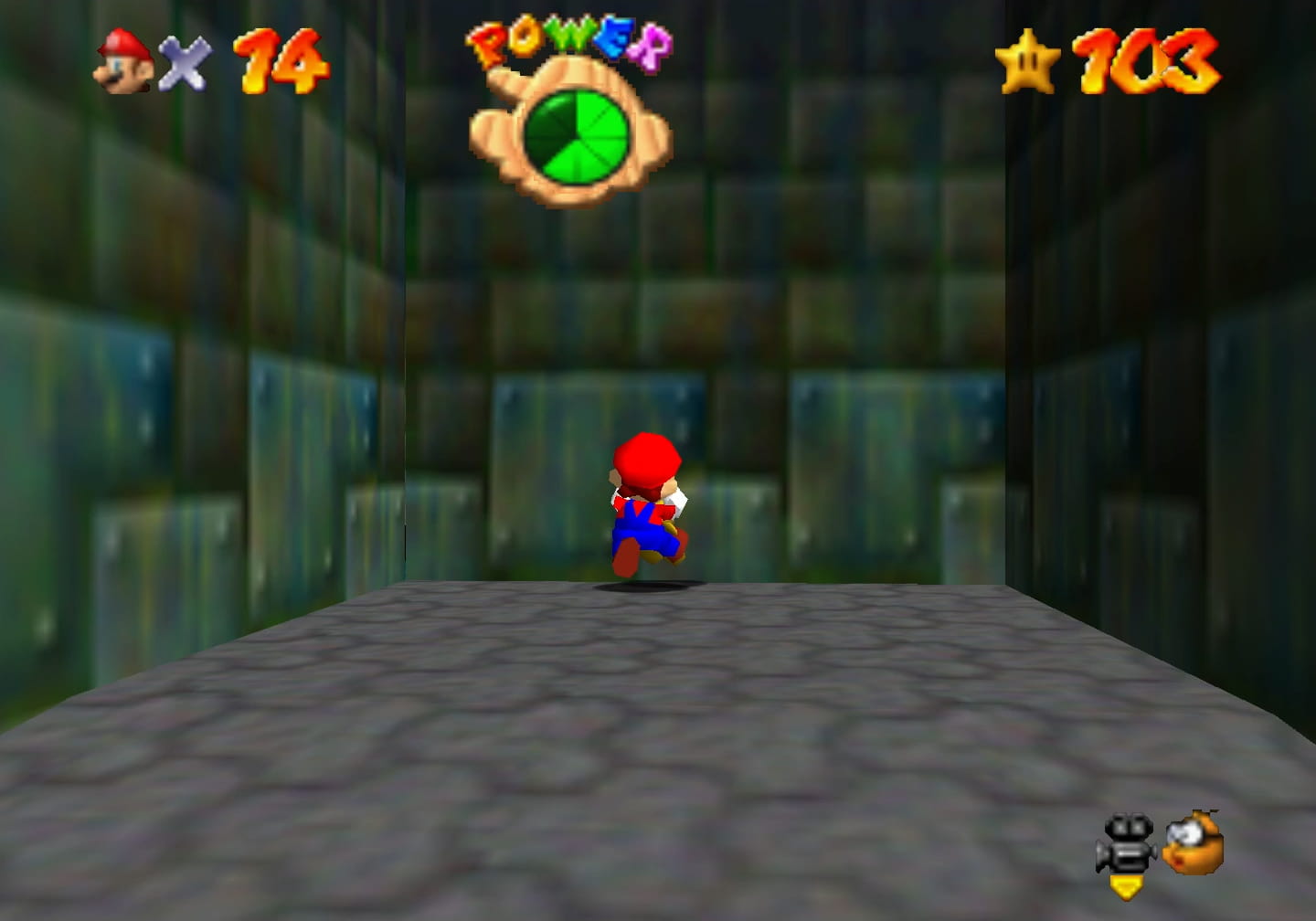
I’m mo’ confused by why they’d do this for a desert level. I guess maybe they were thinking o’ mirages… ’cept it’s the opposite o’ a mirage: something’s truly there, e’en if it doesn’t look it. Maybe the graphic artists just didn’t feel like drawing a desert portrait.
4. Tiny-Huge Island
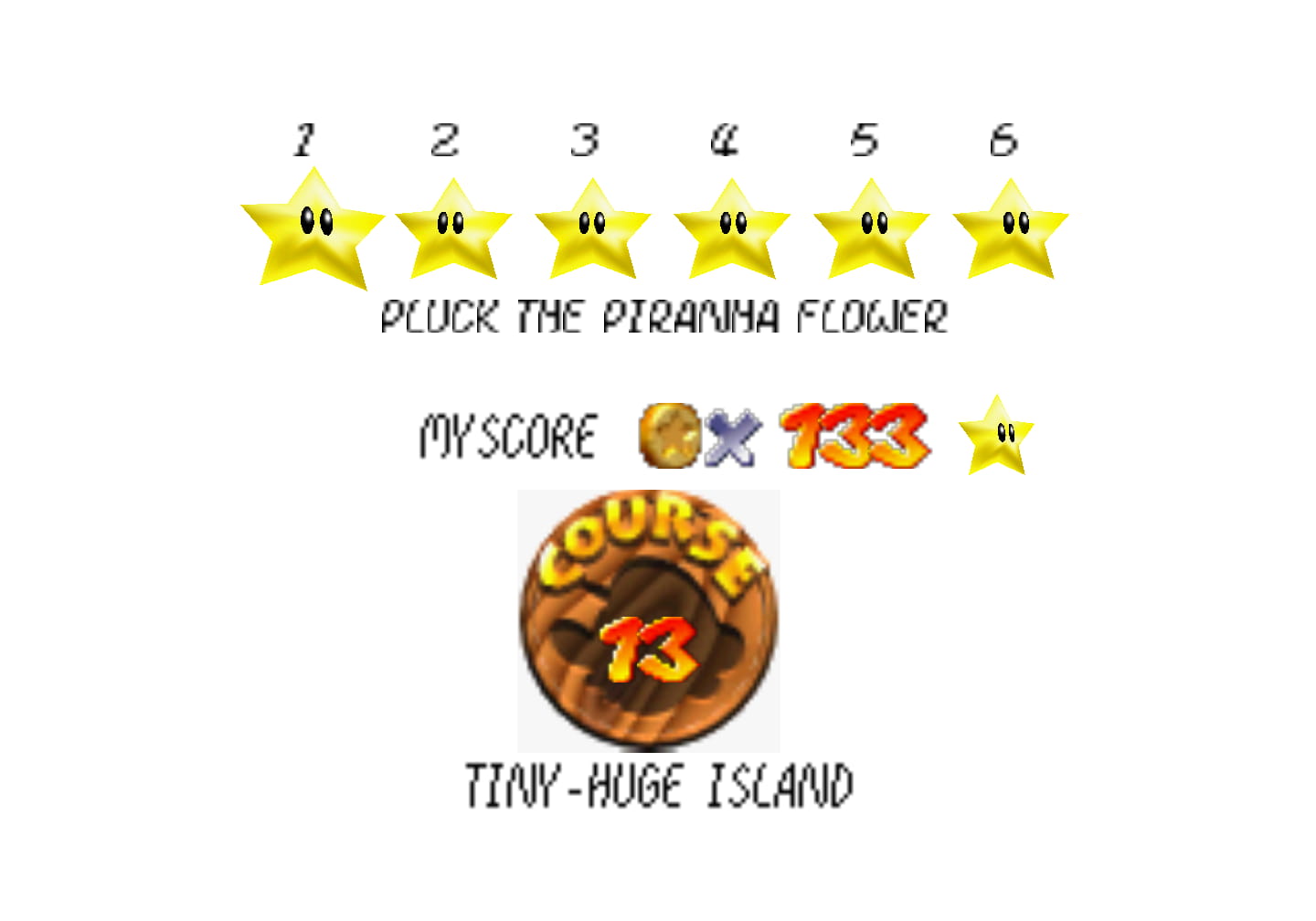
“Tiny-Huge Island” plays with the tiny-huge theme in many ways: while tiny you enter an enlarged garden & fight giant plants; dodge giant fish that threaten to eat you; race the giant Koopa, Koopa the Quick ( who, in an amusing twist on 2 general Super Mario 64 mechanics, becomes a regular small Koopa enemy in the tiny version, who you can kill for 5 coins ); enter a 2 holes in the mountain to collect red coins & battle a giant Wiggler. Meanwhile, while large you… roam round the island finding secrets in random places ( or in the DS remake, hit Klepto the Condor ). Clearly the developers had mo’ ideas for Huge Island than for Tiny Island, & I can understand why: a larger level can be full o’ crevices to hide things, while a tiny level feels unwieldy to move on, — like an adult trying to “explore” a LEGO island, only to stumble o’er everything & probably stub their toes on something — not helped by the wasplike tiny Goombas that shove you round & require perfect timing to jump on.
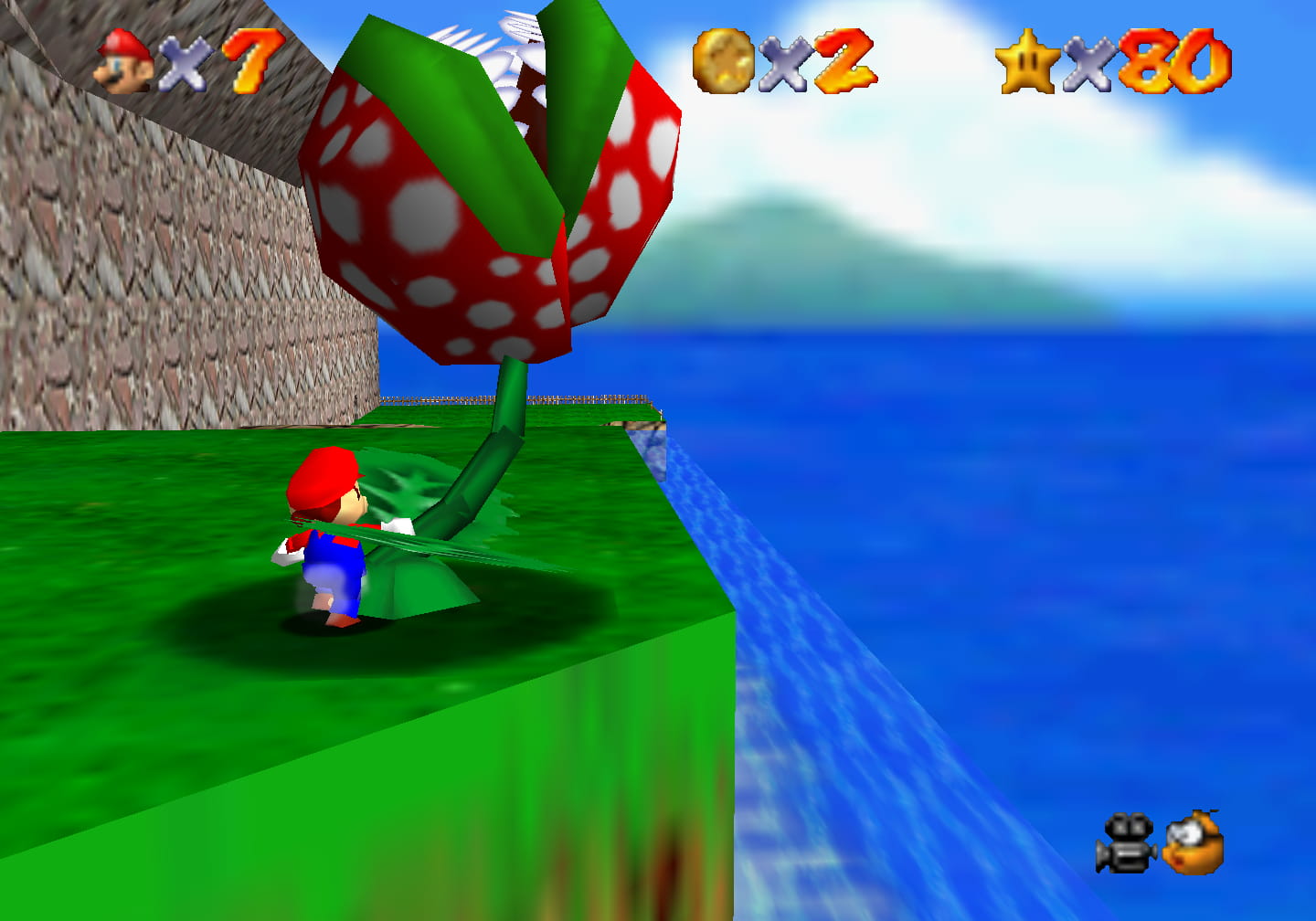
The perspective tricks the game plays with the 2 paintings that let you choose whether to start the level in Tiny or Huge Island wherein they look the same size & distance from the center, but reveal themselves to be a tiny painting nearby & a huge painting far ’way is brilliant.
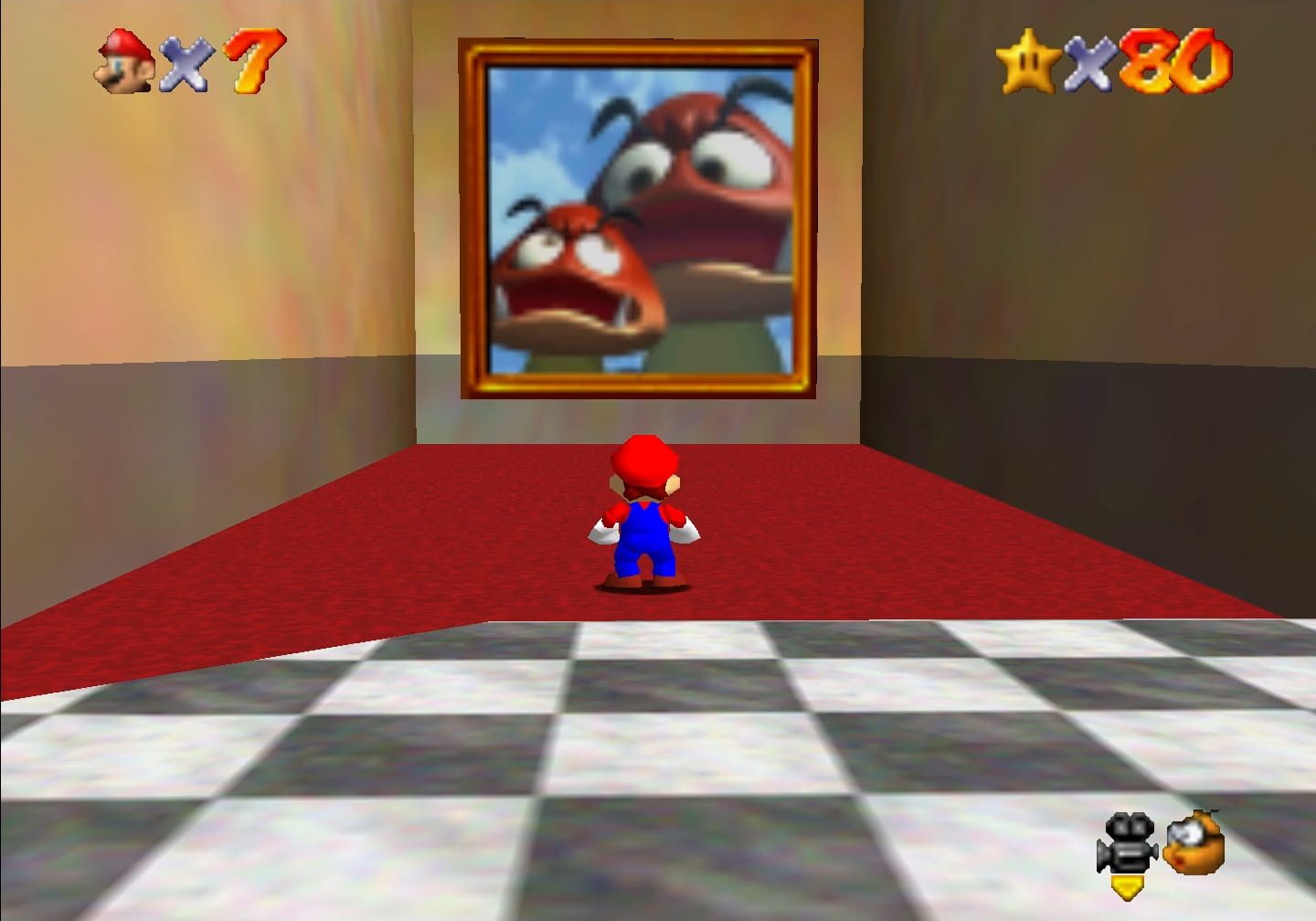
The challenges themselves, tho all fitting the theme well, are nothing amazing, but nothing terribly-done, execution-wise. Fighting the giant piranha plants in “Pluck the Piranha Flower” & e’en fighting the Wiggler in “Make Wiggler Squirm” are just basic combat. It’s strange that such a late-game boss would require just jumping on it a few times, while the 1st boss o’ the 1st star is much trickier to deal with.
Meanwhile, we have not only the obligatory red-coin collection star, “Wiggler’s Red Coins”, but also a star gotten by collecting 5 “secrets” in 5 openings on Tiny Island, “Five Itty Bitty Secrets”. The former’s red coins are all in a cave entered through a tiny hole on Huge Island & requires quite a bit o’ platforming prowess. It’s sort o’ like the “Tall, Tall Mountain” red-coin challenge, but mo’ focused & aesthetically less impressive.
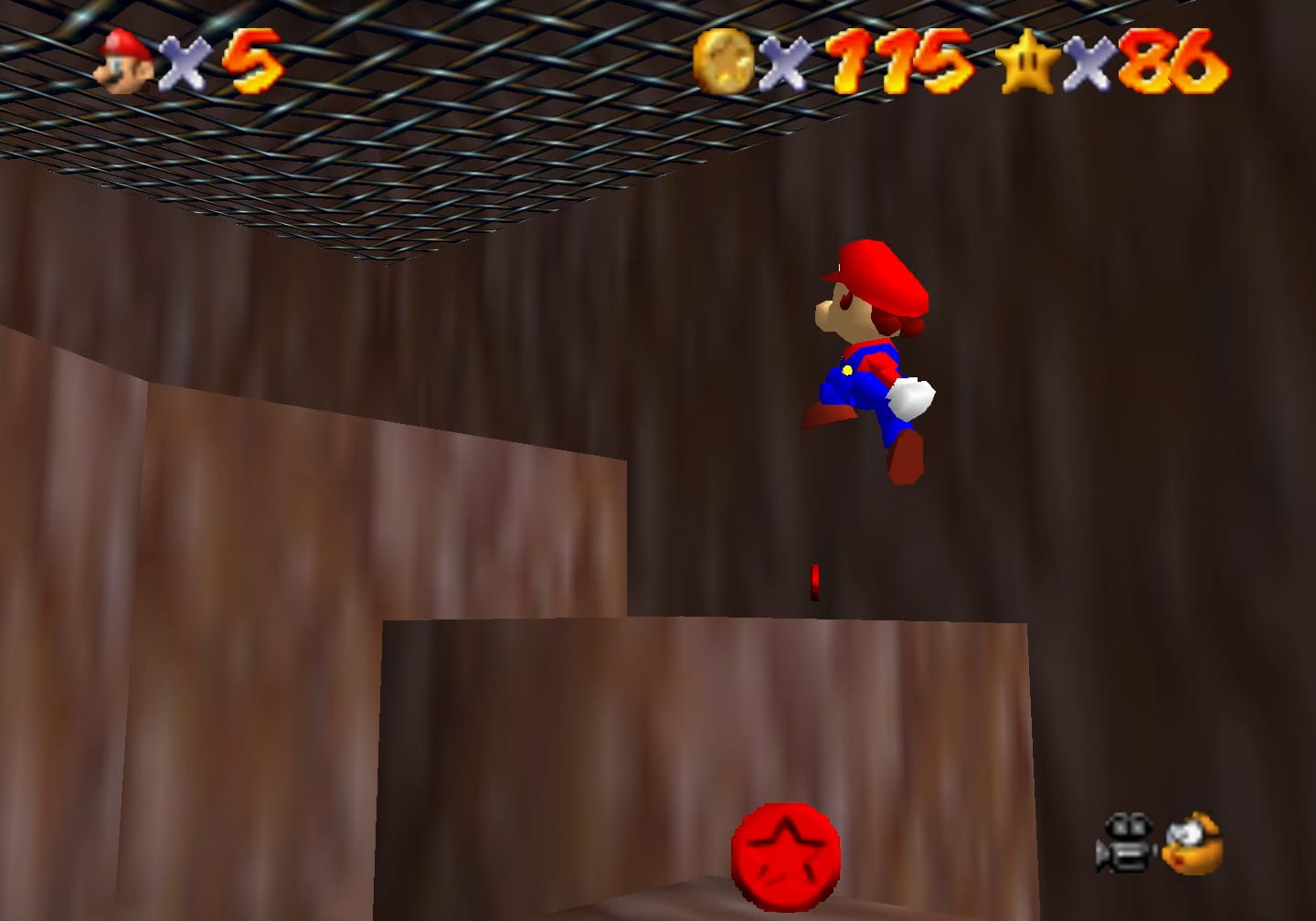
While the developers try to spice up the secret-collection star by making you do it on Tiny Island & they do a rather good job indicating the secrets with holes you should be familiar with when collecting other stars but without being too obvious, I could understand one being wary ’bout ’nothing “collect x # o’ McGuffins” in a game already ’bout collecting McGuffins as pushing it.
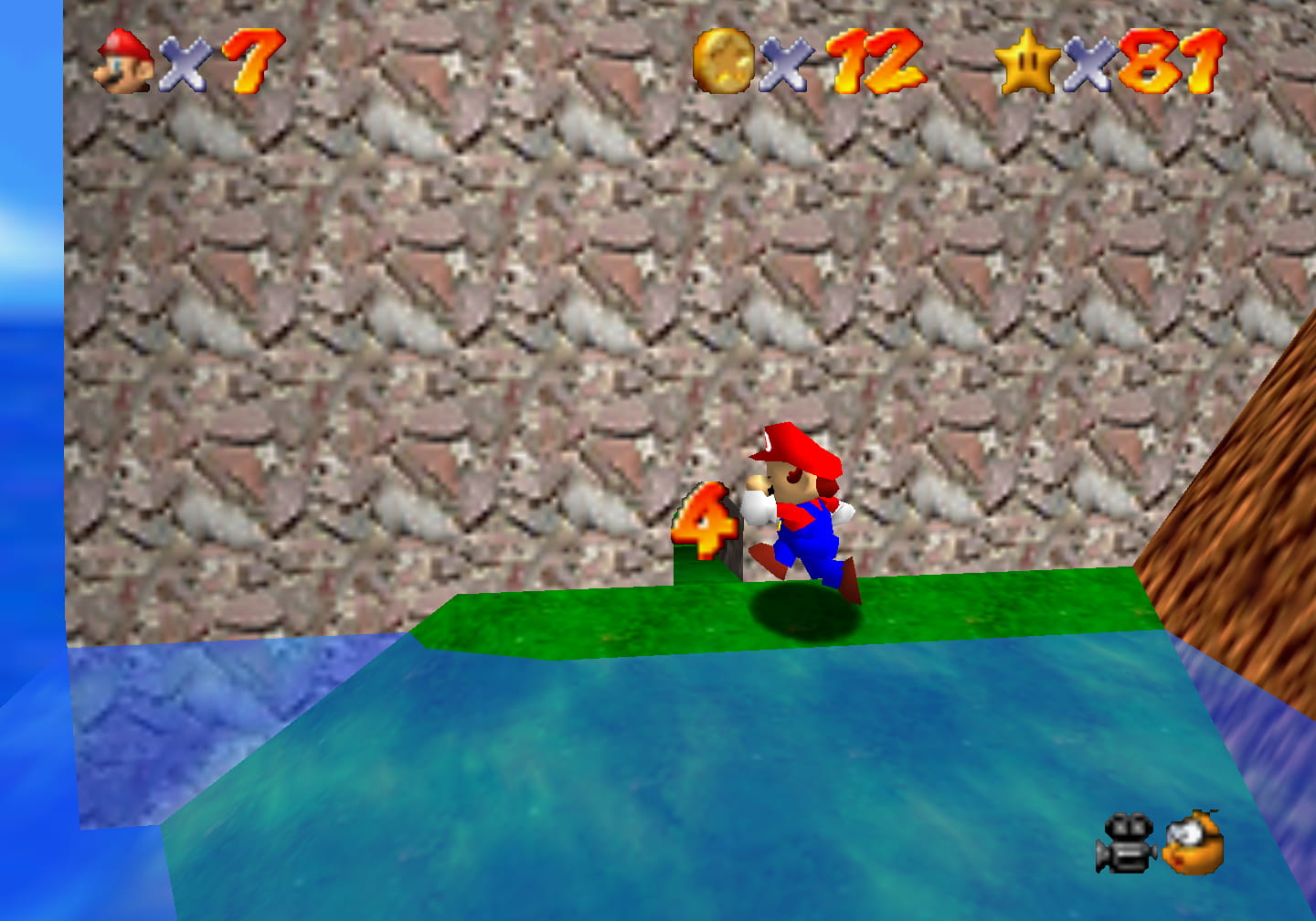
The developers o’ the DS remake seemed to agree with this concern, as they nix it to make 1 mo’ use o’ the otherwise single-use Klepto the Condor in a star called… “Klepto the Condor”. I guess it kind o’ fits the theme. I like the inclusion, but wish they had it as the new star for this level, rather than insist on having yet ’nother “hit a switch & race to some random spot” star, “Switch Star on the Island”, which is made worse by being in a small cave, rather than challenging you to run o’er most o’ the level.
Then ’gain, we already have a much better race star that does just that with “Rematch with Koopa the Quick”, a much better iteration than the “Bob-omb Battlefield”. After a long period after the start o’ not seeing him, it’s a pleasing call-back to see him ’gain in a late-game stage, & since he’s a huge Koopa, it fits well with the theme.
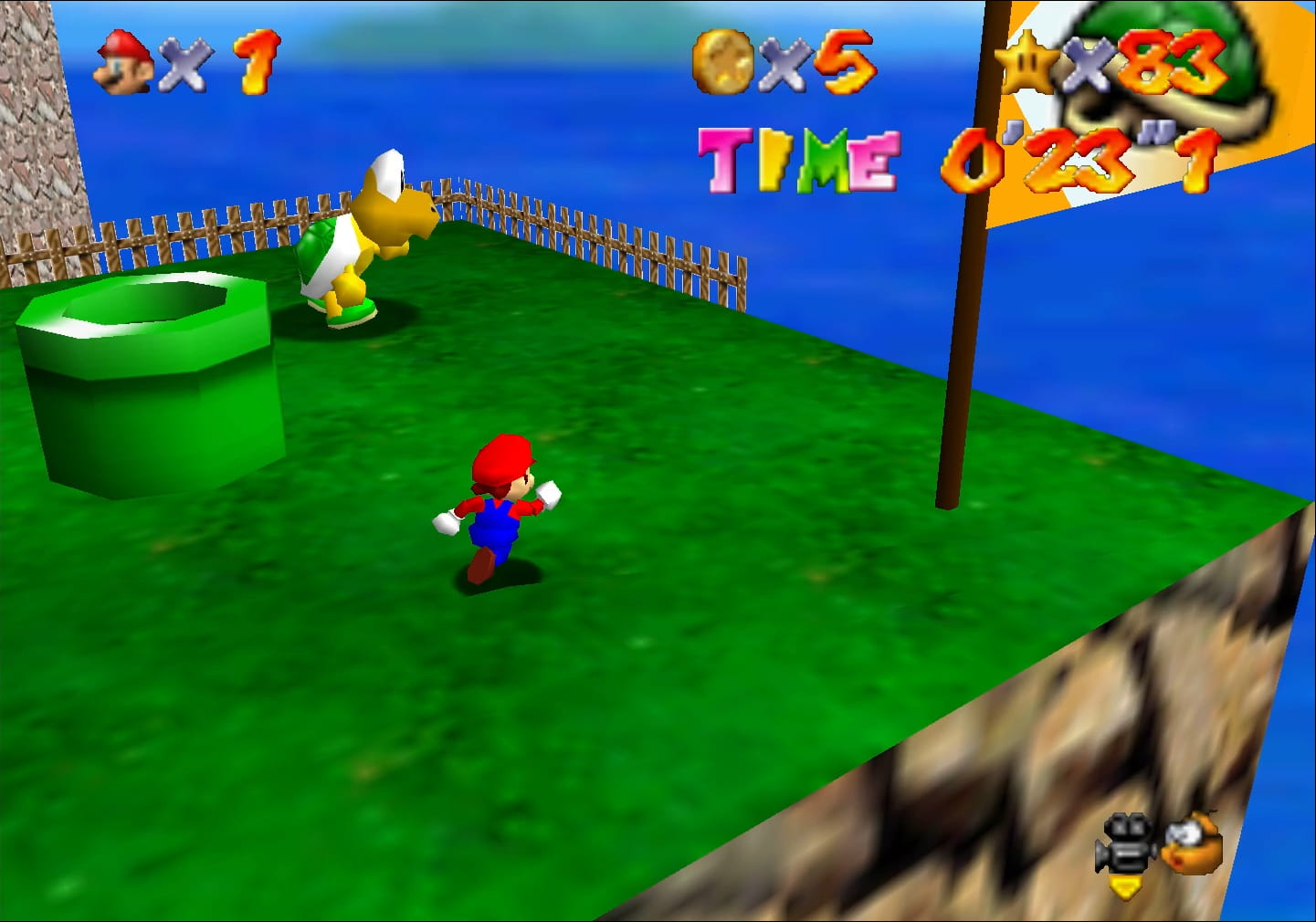
But you can’t truly describe playing “Tiny-Huge Island” by just its star-concluding challenges as, say, games with much less creative level design, like Super Mario Galaxy. A large part o’ “Tiny-Huge Island” is figuring out how to get round. This is far on the wide-open scale o’ level design; but unlike most other levels like that, which make it easy to go in whate’er direction you want, going in “Tiny-Huge Island”’s many directions isn’t so simple. While Tiny Island is easy to traverse, since Mario is big ’nough to jump o’er the whole mountain, every is so small that you can’t do anything with much o’ anything. Meanwhile, Huge Island makes everything so big that it’s that much harder to get round. Tho you need to be tiny to fight the piranha plants ’cross the water from the start, you can’t reach the high cliff while small, forcing you to get there while huge & enter 1 o’ the warp pipes to turn tiny. The only other direction open when entering the level tiny goes through a large lake, where you are threatened by an instant-kill fish, where you can go all the way down the lake to go ’long the side o’ the mountain, or take a fork @ the beach & figure out how to climb the now-steep mountain using a Koopa shell.
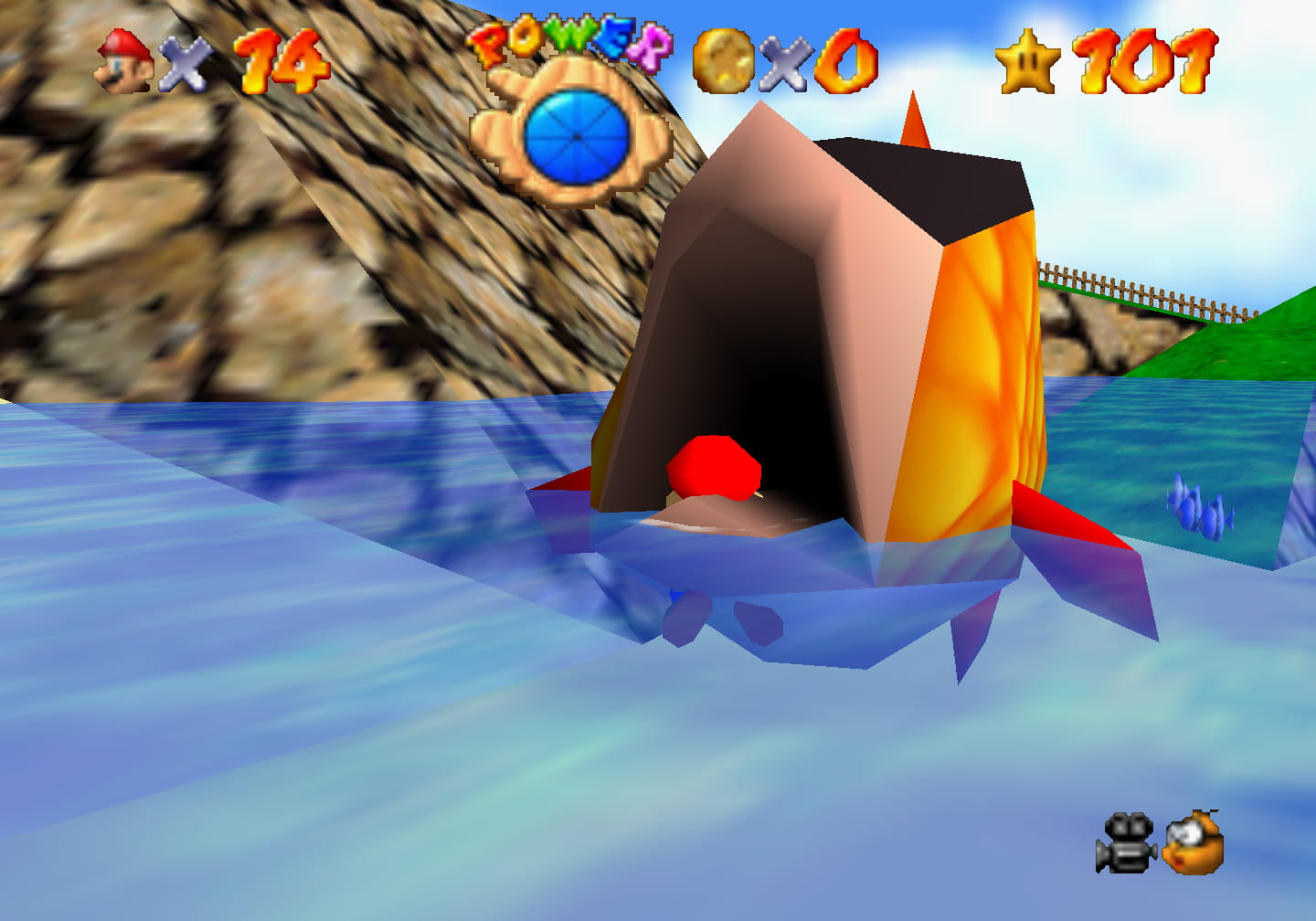
“Tiny-Huge Island”’s greatest weakness is its bland grassland appearance, which is a bit too similar to “Bob-omb Battlefield”’s, which was already generic, e’en for a grassland. Super Mario Bros. 3’s “Big Island” was similar, but Super Mario Bros. 3 had a much mo’ memorable & iconic aesthetic to it with all the wooden blocks, colored rounded-edge blocks with screws in them, & music blocks, so it was much less boring to look @. “Tiny-Huge Island” doesn’t e’en have any mushroom platforms; it’s just, well, grass & mountains in a game where almost every level has a mountain in it.
3. Cool, Cool Mountain
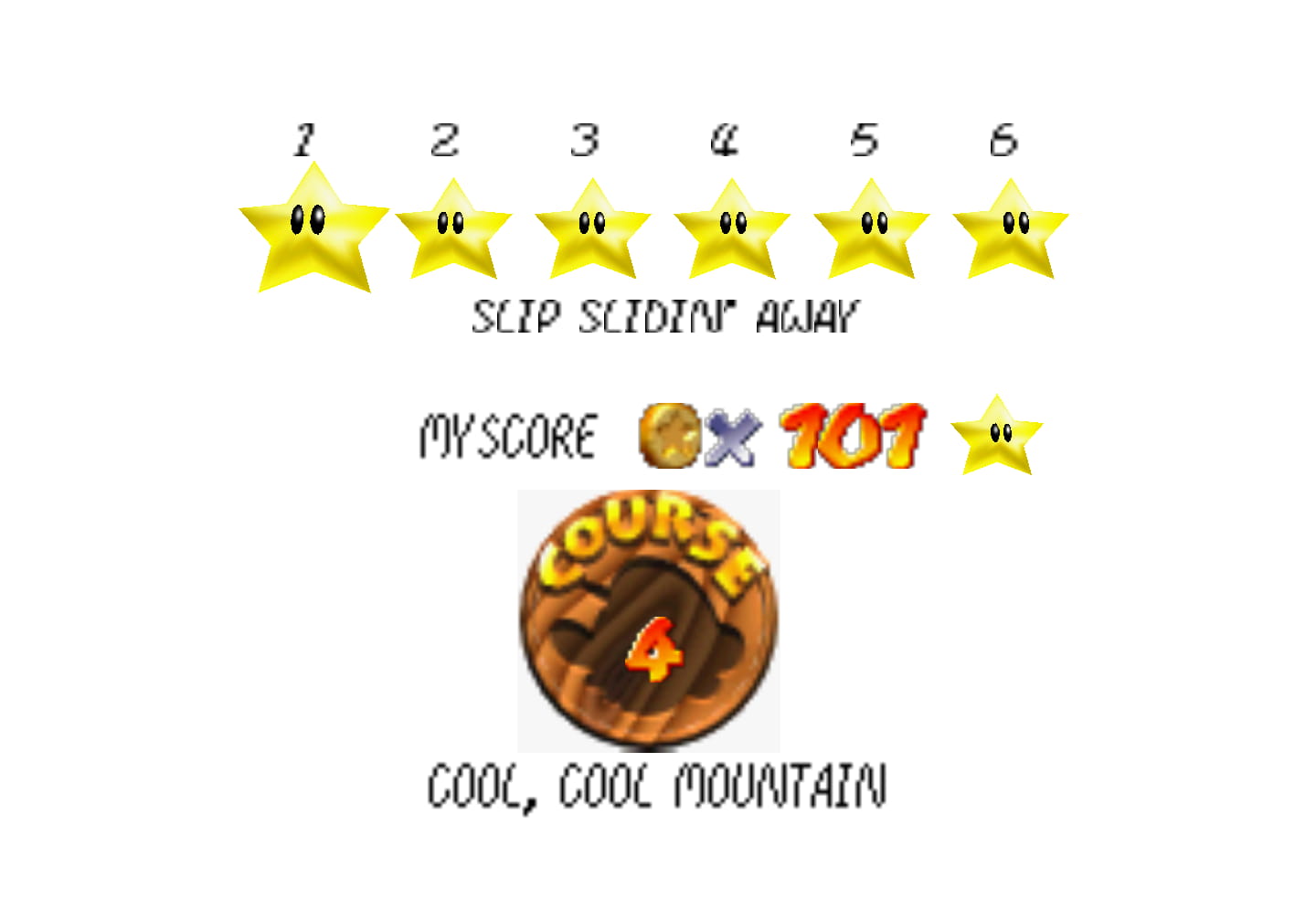
While not having the most refreshing level theme, having both a commonplace video game level theme & also sharing that theme with ’nother level, in terms o’ general challenge construction & theme cohesion almost every star in this level is excellent & memorable.
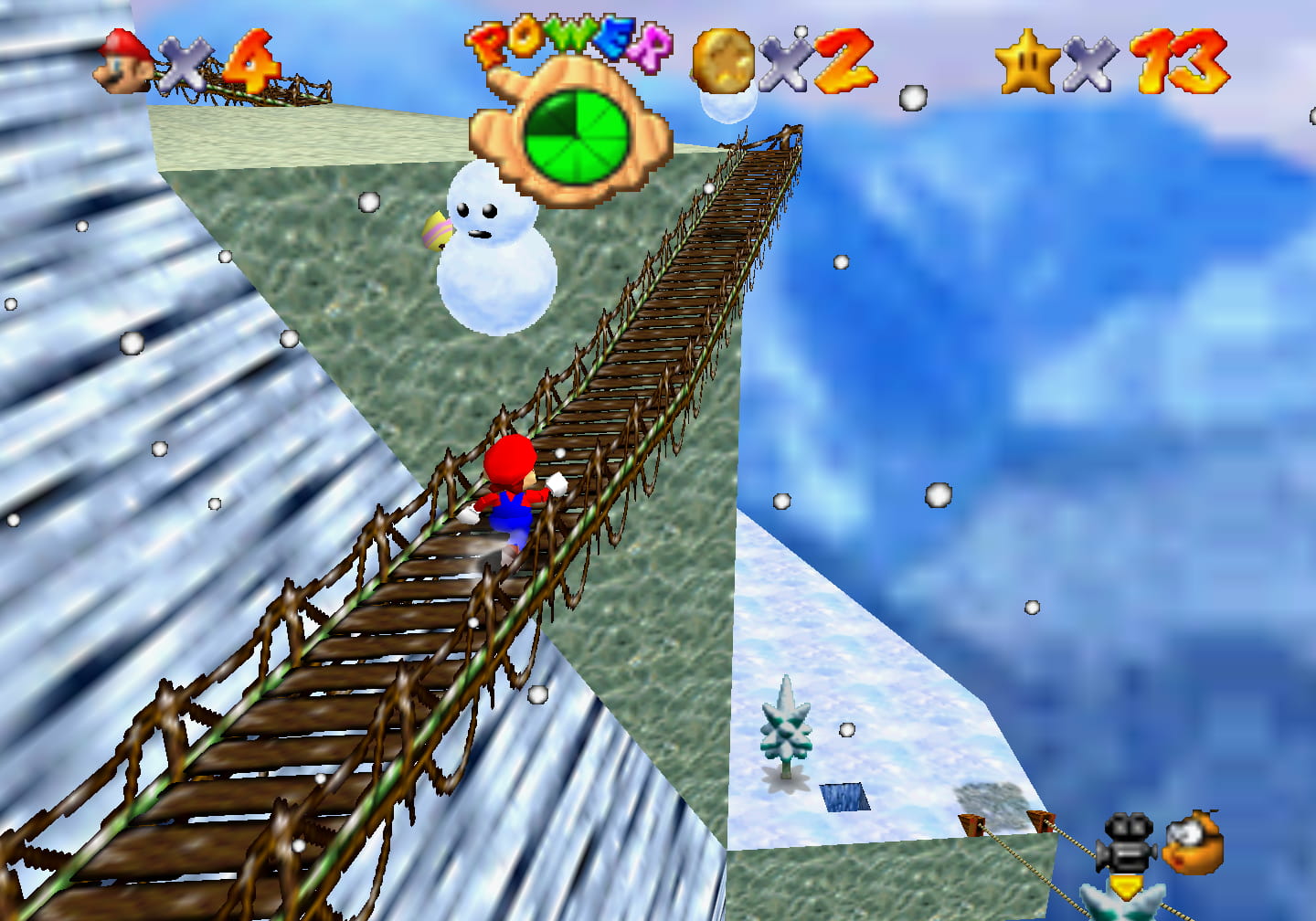
The o’erall level environment is also great. Tho it revolves round a mountain, as too many levels in this game do, “Cool, Cool Mountain”’s is 1 o’ the mo’ memorable & the 1 that most emphasizes its mountainous qualities. In fact, other than slippery physics affecting the platforming for “Wall Kicks Will Work” / “Mario’s Super Wall Kick” & all the aesthetic elements that make the level feel ’live, like penguins, the wintry house with a chimney you can enter, & the snowman hopping on the bridges, this level focuses on mountain movement mo’ than snow, which helps it stand out a bit from “Snowman Land”.
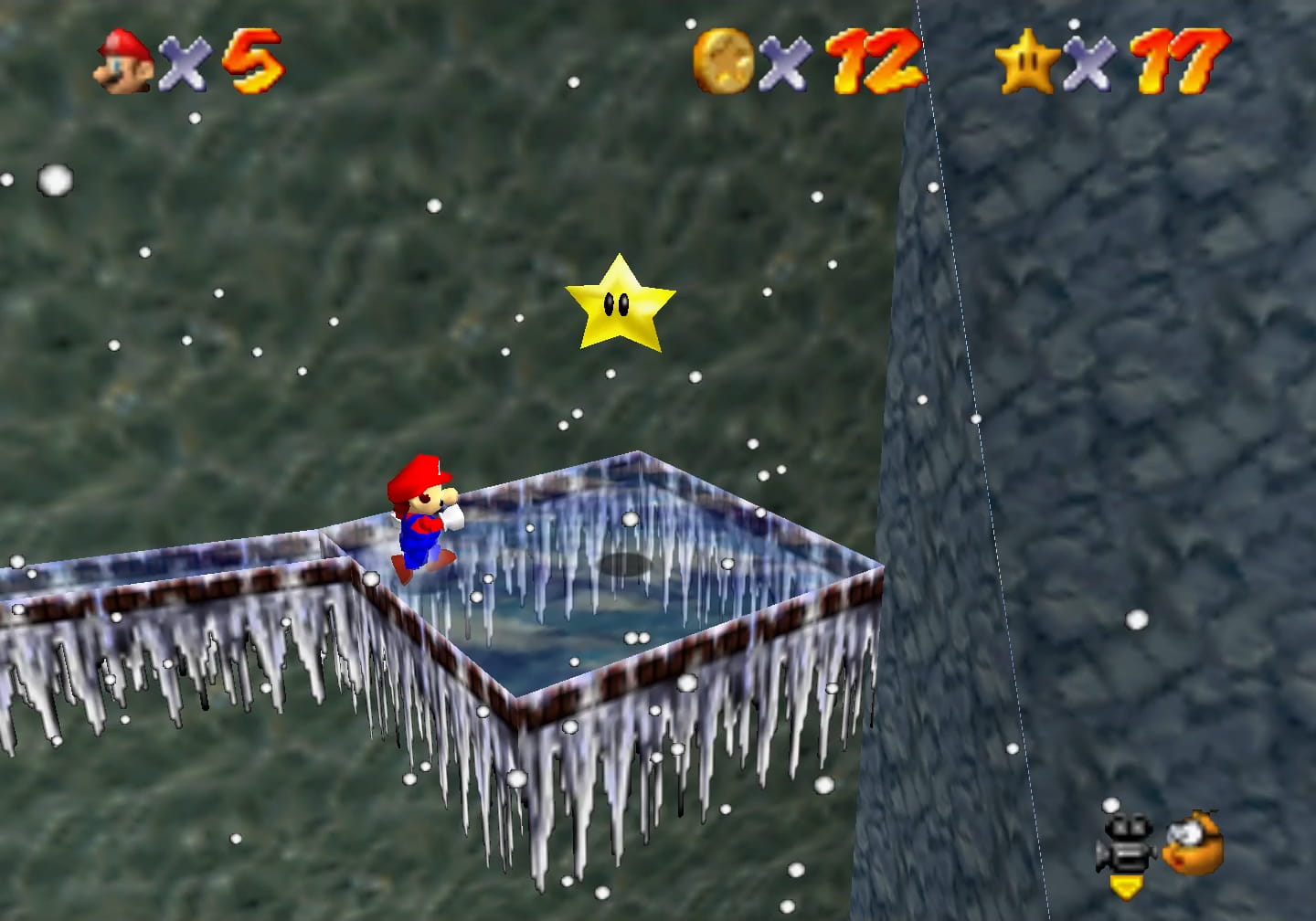
1 thing “Cool, Cool Mountain” does that no other level does is have you start @ the top & make the main path end @ the bottom. This this level’s mountain is slippery & much mo’ complex than, say, the mountain in “Bob-omb Battlefield” & closer mo’ toward the kind o’ mountain in, say, “Tall, Tall Mountain”, this was a necessary adjustment to keep this level’s difficulty fitting its early sequential position, while also having the perk o’ making it stand out from “Tall, Tall Mountain”. As I mentioned in that level’s review, “Tall, Tall Mountain” in many ways feels like a ramping-up o’ difficulty o’ much o’ what this level sets up.
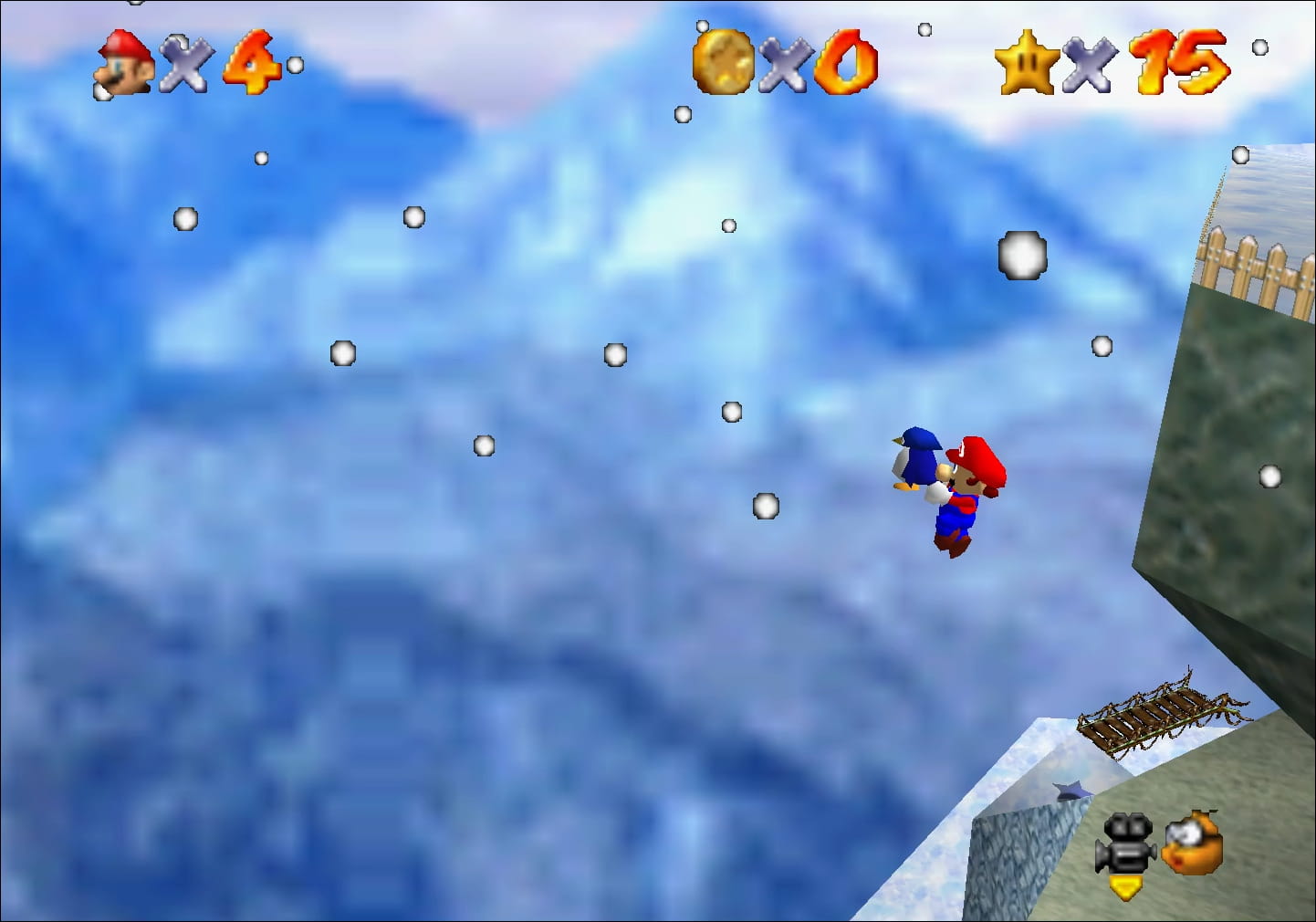
’Nother perk o’ this level’s downward direction is that it offers many mo’ ways to reach the bottom: you can slide all the way down & take the bridge & go down the slopes to the bottom, you can take the secret warp @ the broken bridge near the start, or you can just jump straight down to the bottom. Similarly, this level offers many ways back up, including a li’l ski lift, the aforementioned slopes littered with snowball-throwing snowmen, & a secret warp on a broken bridge near the bottom. This level has a particularly good mix o’ having something o’ a straight path, while also having many branching off points, like the section with the fire ’bove the middle bridge or the cliffside you’re s’posed to shoot to with the cannon ( tho there are alternate ways to reach it, such as making clever use o’ the spinning glide ability you gain when you jump on a Spindrift ) that leads to the slopes & icy bridge o’ “Wall Kicks Will Work”, the 1st star that requires using the wall-jump mechanic.
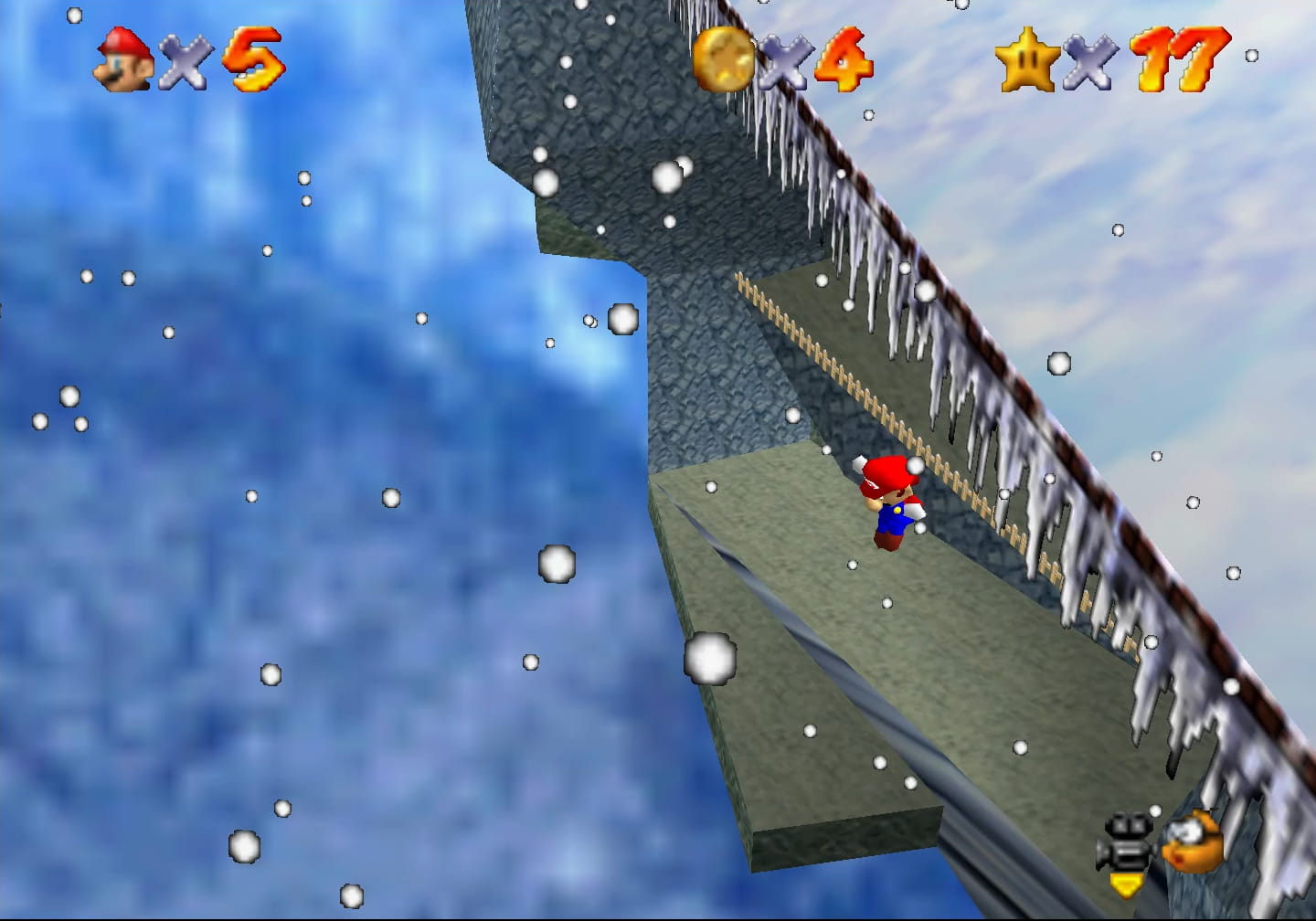
Their choice for the 1st star o’ this level, “Slip Slidin’ Away” takes place inside a subroom hidden in a chimney, which the star name doesn’t hint to @ all, while all o’ the previous levels are obvious ’bout where their 1st, as well as most other stars, are. This coupled with the numerous places where you can fall off the level & into a bottomless pit makes this level the point when the game starts taking off the training wheels, in terms o’ both raw difficulty & the need to learn how to explore without the game holding your hand & telling you exactly what to do. & yet, the star heavily telegraphs what you should do, anyway, for the chimney is highlighted by a line o’ yellow coins that stand out gainst the white snow right @ the beginning o’ the level, & which are virtually impossible to get without falling into the chimney. Unfortunately, I can’t remember my 1st experience playing this level; — & if I had to guess ’twas probably watching someone else who already knew the level playing it — but I wouldn’t be surprised if a high % o’ players started this level by jumping into that chimney simply from how noticeable its coins are & the natural urge to collect them.
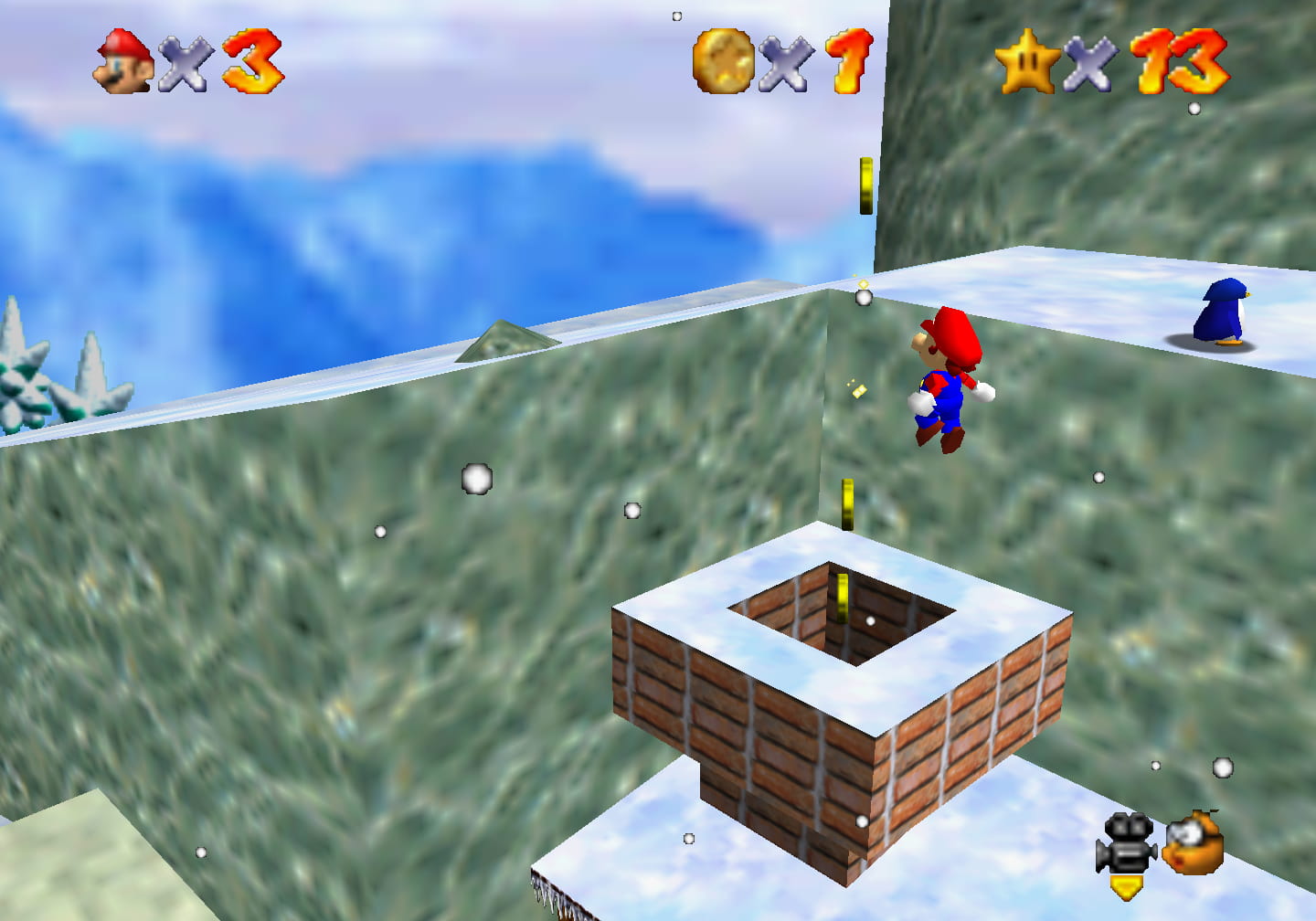
The other thing the player may notice near the start o’ the level is the baby penguin waddling round. In fact, the player may be mo’ likely to investigate it before the chimney with its coins, since its moving. Trying to interact with it will quickly reveal that one can pick it up, but not what else to do with it. One may either explore the rest o’ the level with it & ’ventually reach the bottom, where they will find the giant penguin & put 2 & 2 together or take the slide down & collect the 1st star, where they will also find the giant penguin, & will put the pieces together e’en mo’ when they see the next star name, “Li’l Penguin Lost”.

Many familiar with this game know that there is ’nother baby closer to the mother who will elicit an angry response from the mother if you try to give it to her10. But I would not be surprised if there are many who aren’t, & I know, despite it being closer to the mother, I definitely don’t recognize it as much as the real baby near the beginning. Once you see that 1st baby it gets locked into your mind, while that other baby gets thrown @ the end as “that other baby that’s not the 1 @ the start”.
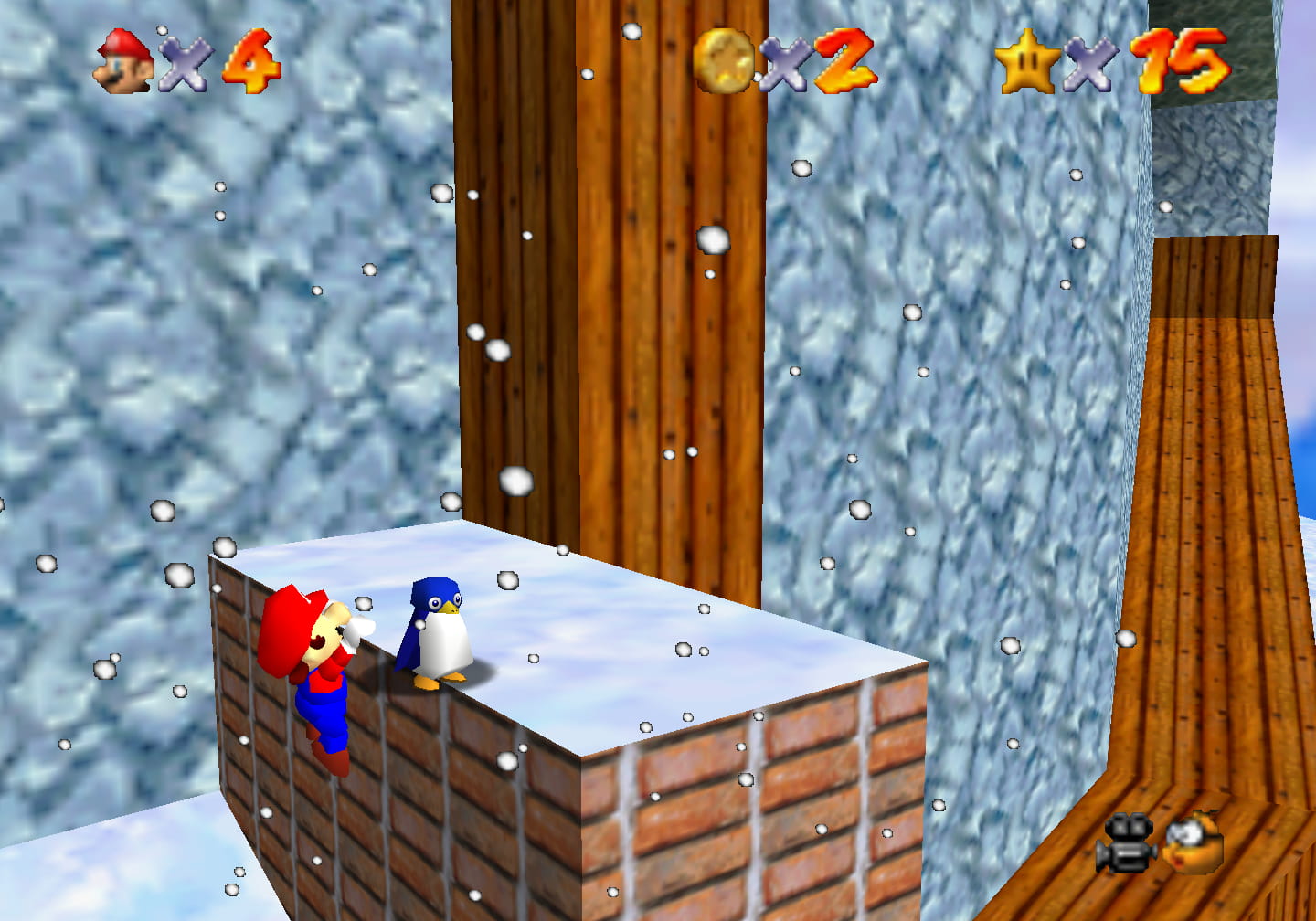
The 3rd star, “Big Penguin Race”, would probably be confusing to new players, as the logical assumption would be that it refers to the giant mother penguin @ the bottom o’ the level, to whom the player has just returned the baby. In fact, since one has already ridden the slide down to the bottom &, from appearances, have explored everything that subarea has, the player is unlikely to return. Only as a last resort after exploring everything else or the tenuous connection o’ “race” & the slide might clue to someone that the slide has changed since they 1st rode it. I feel this is a bit unfair & that perhaps the star name should’ve clued the player in mo’ that it is on the slide: “Big Penguin Race Down the Slide”.
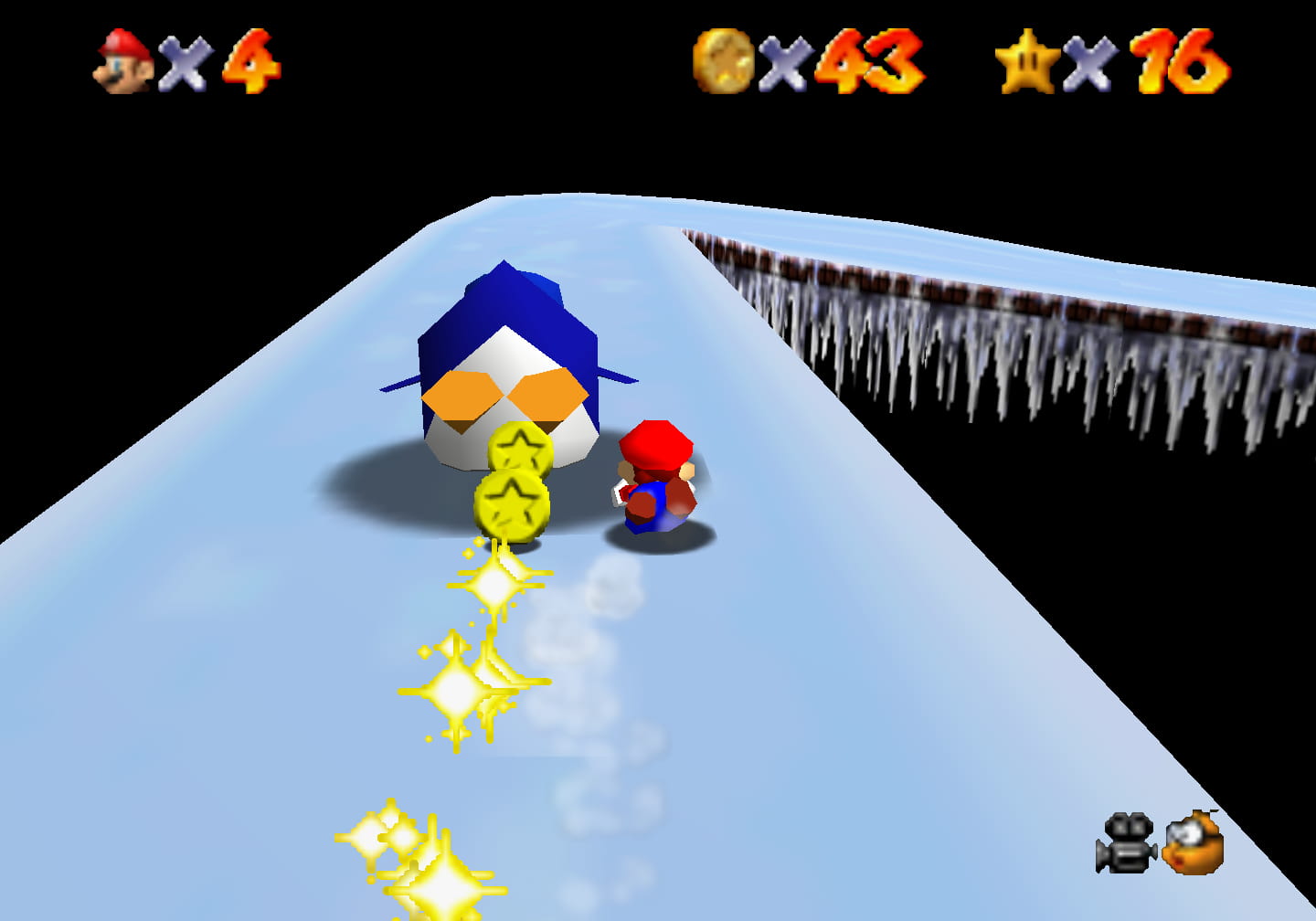
Other than that, it’s a useful evolution to the 1st star’s challenge, forcing the player to not only make it to the bottom without falling into a pit, but also do so quickly & without taking any shortcuts. It’s also a way to use a feature o’ penguins, their proclivity for sliding on their bellies, in a way that affects challenges, rather than just a particular paint o’er what might work for any animals, such as the baby & mother penguins, which could have been bears & would’ve still made sense.
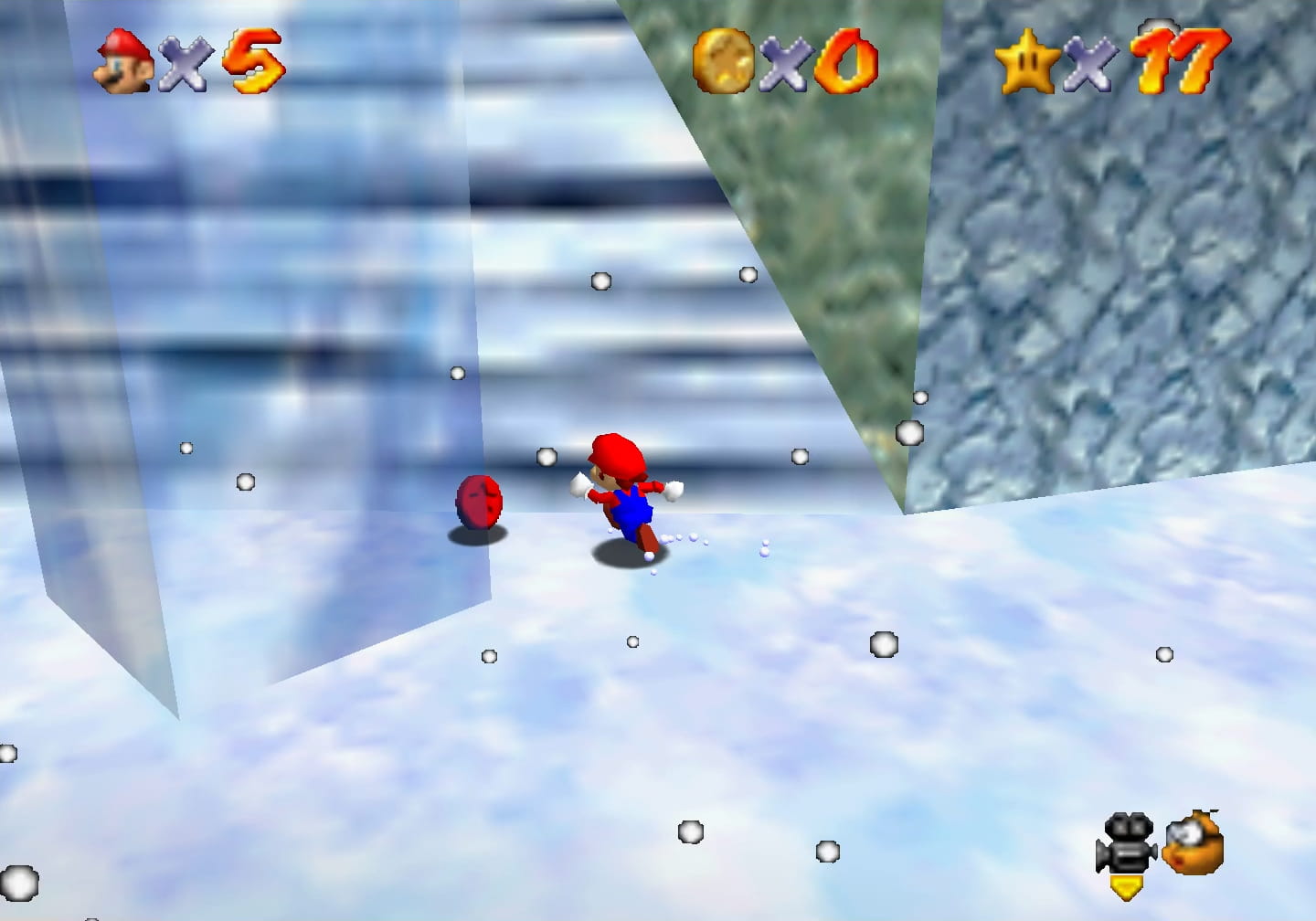
“Frosty Slide for 8 Red Coins” is this level’s weakest star, which demonstrates how good this level is, ’cause it’s not too bad a star in itself. The red coin placements aren’t the most inspired, but they’re not as lazy as, say, “Bob-omb Battlefield”’s or “Lethal Lava Land”’s. None o’ “Cool, Cool Mountain”’s are right next to each other a’least. Honestly, the only good location is the 1 near the corner round the edge, which challenges the player to make precise movements on slippery ground to avoid falling off the level, & in the DS remake, the 1 encased in ice to use Yoshi’s mostly pointless firebreath ability ( but I’d rather have it usurp 1 o’ “Cool, Cool Mountain”’s unimpressive red-coin positions than a well-crafted star, as in “Snowman’s Land” ). If anything, the star placement just after a broken bridge requiring a precise long jump is mo’ interesting than any o’ the coin placements.
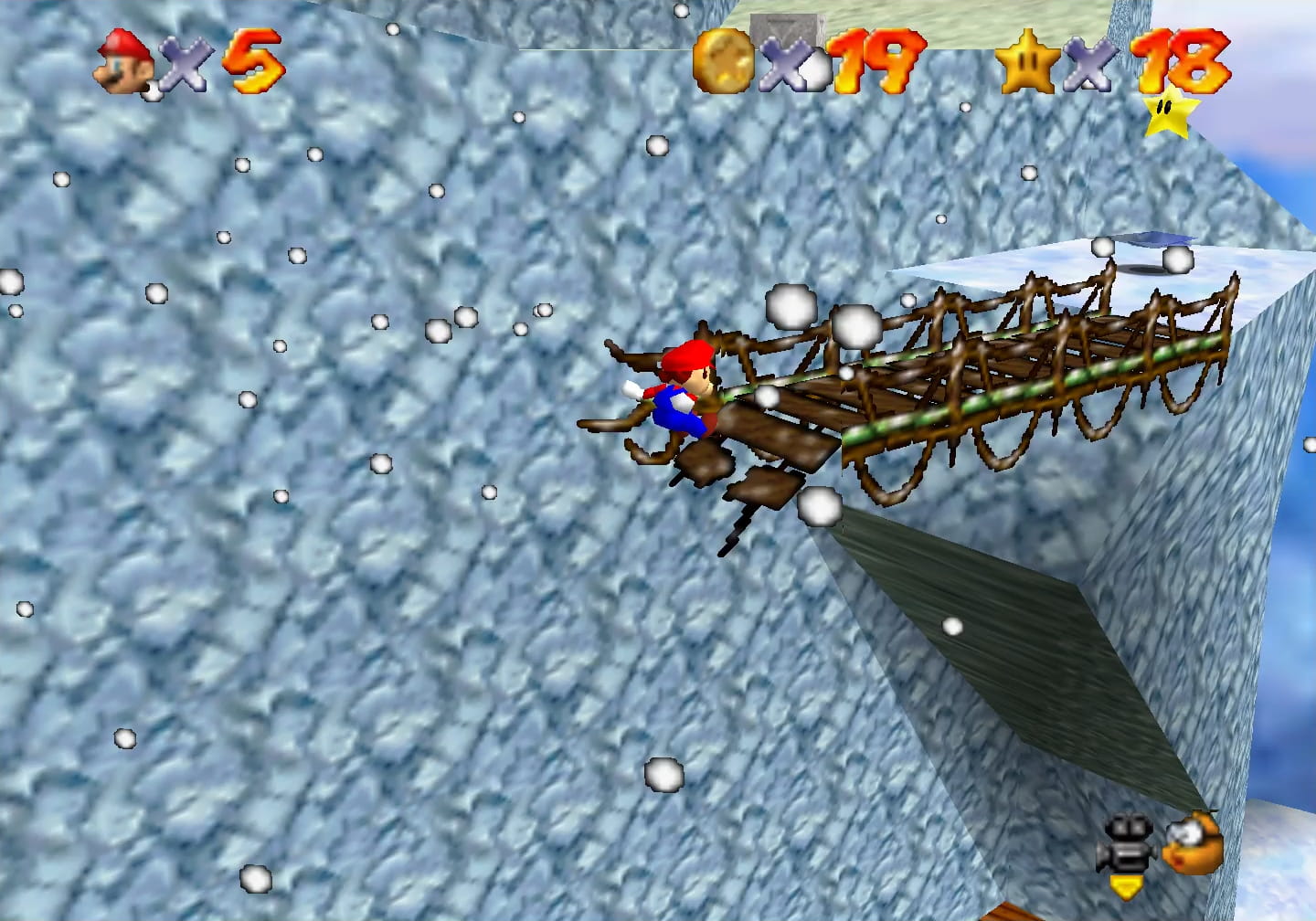
“Snowman’s Lost His Head” is a twist on the penguin race: you need to race ’head o’ the rolling head, but you can’t take a shortcut, not ’cause it’s “cheating”, which the snowman wouldn’t care ’bout, but ’cause you’re s’posed to be leading it. The path is shorter & wider, with safe ground ’neath; but you have to stand in a certain place @ the end to lead the head to the body — simply beating the head to the body won’t suffice.
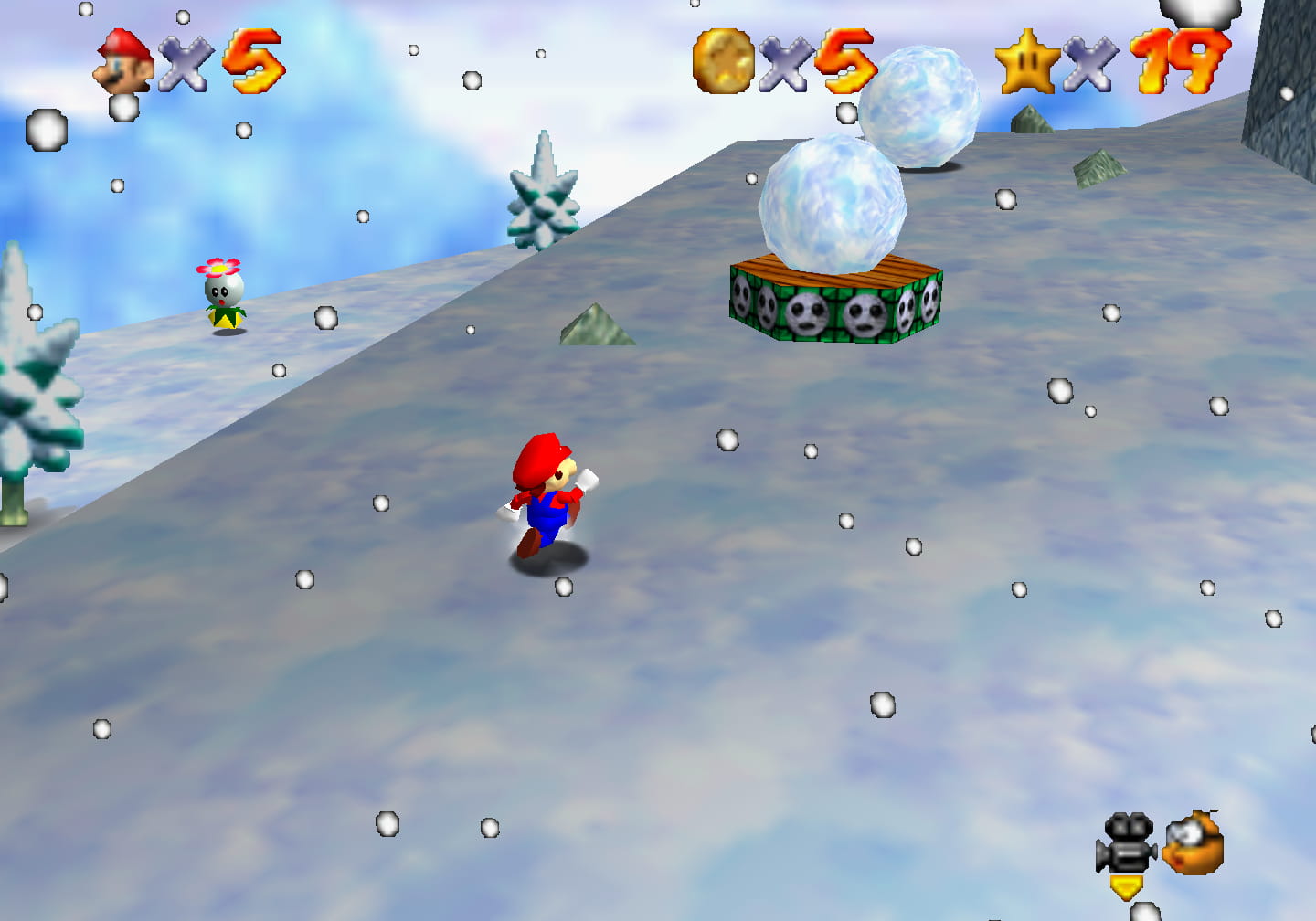
“Switch Star of Cool, Cool Mountain”, the DS remake’s extra star, is actually a good use o’ their o’erused timed switch star. Unlike most levels, where the switch star is just thrown in some forgettable place, this star is under the ice ’neath the mother penguin, which Wario needs to ground pound to break: a unique interaction that makes use o’ the underused Wario & fits the ice theme. Wario needs to take the ski-lift up to the switch, which is easy, & then race down, which is much mo’ challenging.
While “Cool, Cool Mountain” ramps up the difficulty from the 3 preceding levels ( & the level after it, actually ) a bit, its 100-coin star eases things by putting mo’ than half the coins you need on the slide.
2. Wet-Dry World
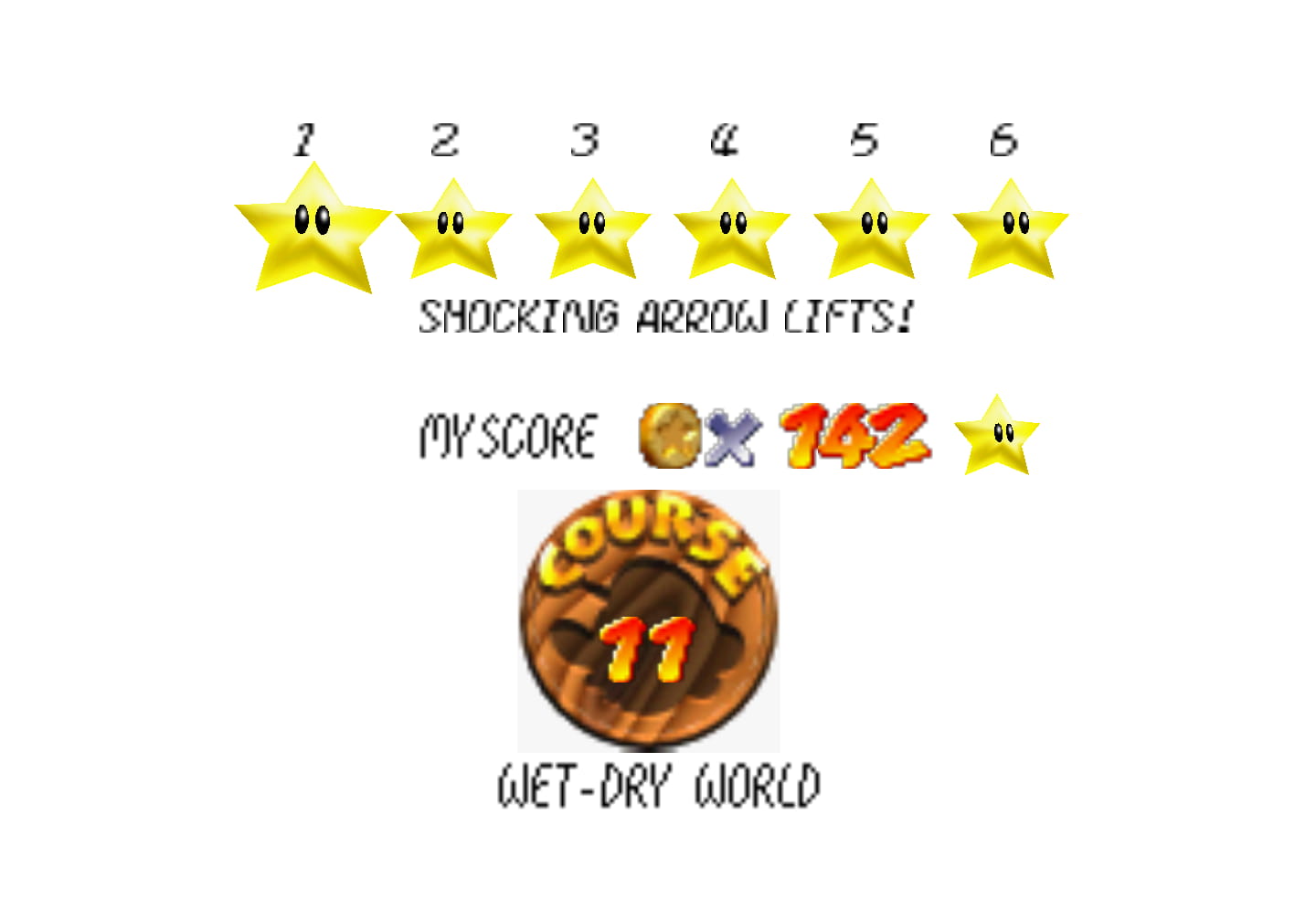
“Wet-Dry World” is similar to “Tiny-Huge Island” in that it revolves round a creative new gimmick to spice up exploring a level whose main star challenges are otherwise hit-&-miss. The difference is that “Wet-Dry World”’s challenges are a bit fresher & mo’ creative than “Tiny-Huge Island”’s & its aesthetics are much better.
“Wet-Dry World” mixes a water & urban/electric theme in a way I don’t think I’ve seen in any other game ’cept Sonic 3’s “Hydrocity Zone”. That the skybox is not a generic city, but a particular Italian-style city makes it e’en mo’ refreshing & helps add a bit o’ color to a level that otherwise is mostly gray blocks.
The way “Wet-Dry World” implements its gimmick allowing you to choose how high or low the water is, from nearly flooding the whole area to being all gone, based on both how high you enter the painting & touching the weird rainbow diamonds scattered round the level, is much mo’ creative than “Tiny-Huge Island”’s. Like that level, some stars in this level require the water to be @ certain levels, such as “Secrets in the Shallows & Sky” ( “5 Secrets in the Shallows & Sky” in the DS remake ) & “Express Elevator‐‐Hurry Up!”8 requiring the level to be dry & other stars require going back & forth, such as the downtown stars requiring you to raise the water to the top to reach downtown & then lower it to completely dry to get all the red coins or hit the invisible cap block to reach the gated-off star9.
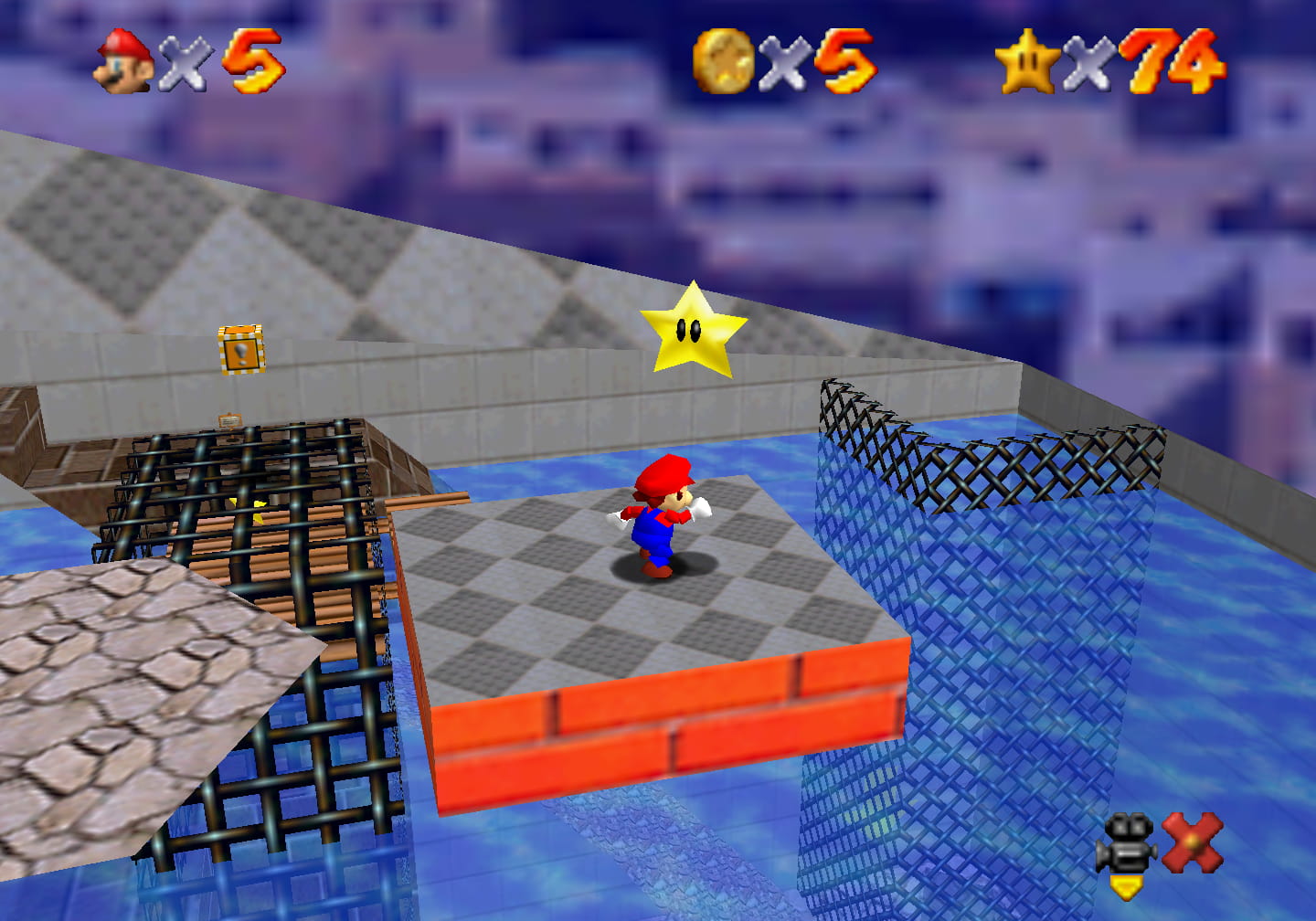
For other stars, tho, like “Shocking Arrow Lifts!” & “Top o’ the Town”, the obligatory “get to the top o’ the level” star, you can get the star @ most water heights, but it’s much easier with the water higher up. ’Course, getting the water higher up requires either timing your jump so that you enter @ the very top, which can be harder than you might think, or climbing to the top o’ the level to set it higher, which negates the whole advantage.
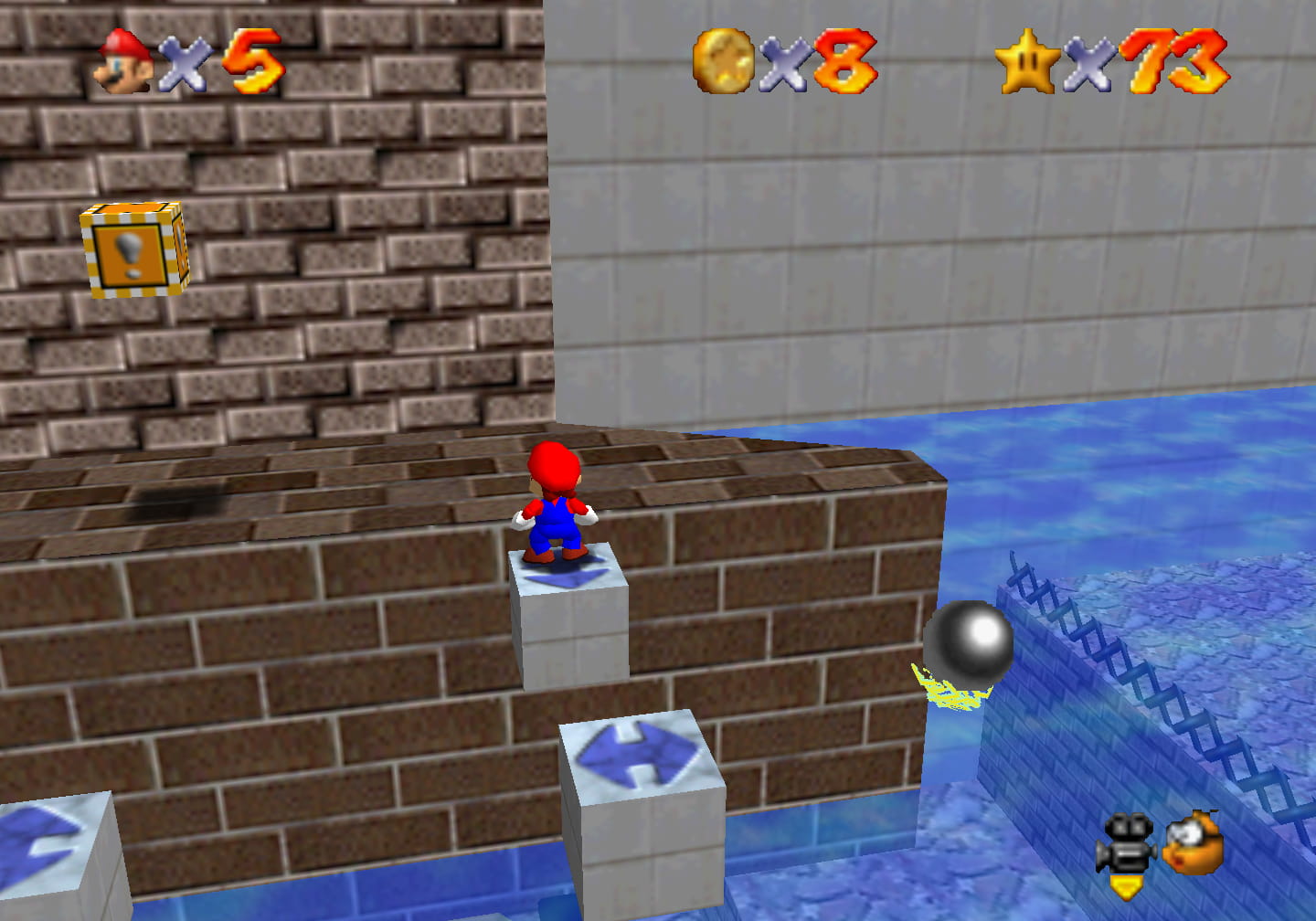
In short, “Wet-Dry World” is a level that gives the player a lot o’ leeway, but forces them to trade platforming challenges for brainwork to figure out these bypasses.
Like “Tiny-Huge Island”, “Wet-Dry World” has both a red-coin collection star, “Go to Town for Red Coins” ( “Go to Town for the Red Coins” in the DS remake ), & a 5-secrets star, “Secrets in the Shallows & Sky” ( “5 Secrets in the Shallows & Sky” in the DS remake ); & like that level, the red coins are isolated in a 2nd area to make them less repetitive. The DS remake also adds a star challenging you to collect 5 silver stars in the main area, which is very redundant. I guess the developers o’ the remake didn’t want to use a timed switch star as they did in “Tiny-Huge Island” ’cause this level already has a timed star using the invisible cap for “Quick Race Through Downtown!” & it would’ve killed the developers to come up with an actually original idea. While “Tiny-Huge Island”’s secrets are found in openings, “Wet-Dry World”’s are found by shoving metal blocks. I think “Tiny-Huge Island”’s is a bit mo’ logical & works better, as it involves level pieces you encounter normally in other stars, whereas the metal blocks in “Wet-Dry World” are otherwise irrelevant pieces. Still, I’m glad “Wet-Dry World” did something to make their secret star different from “Tiny-Huge Island”’s while still having some pattern to them.

Howe’er, I think “Wet-Dry World”’s red-coin star is better, & is 1 o’ the better 1s in the game. The red coins are call placed in downtown, a place full o’ buildings begging for exploration, giving the coins a coherence, but there’s more o’ an exploration element to having to find the red coins, ’specially those hiding in cork/brick boxes, while still keeping the platforming challenges, while “Tiny-Huge Island”’s are just in plain sight.
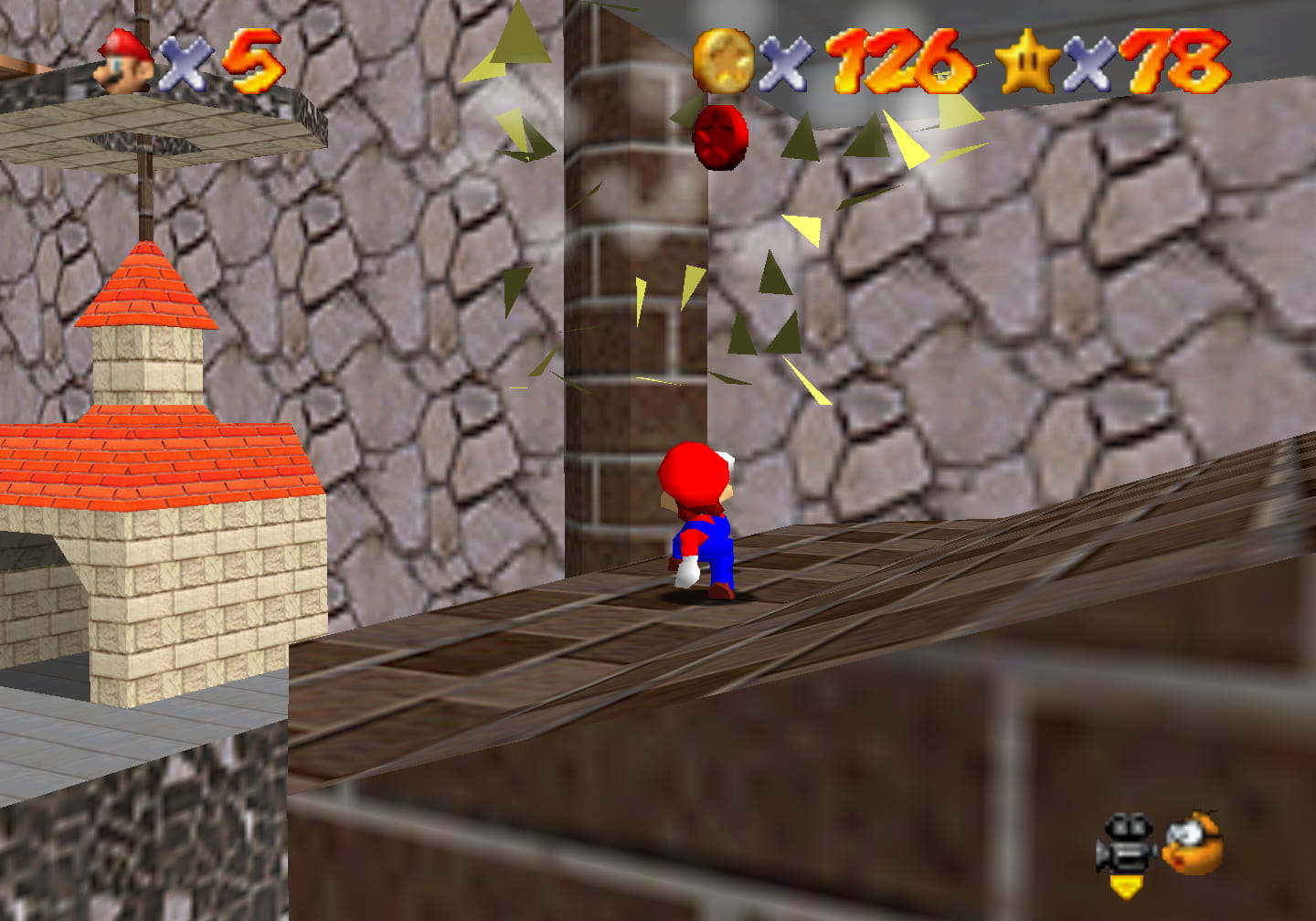
“Quick Race Through Downtown!” is probably “Wet-Dry World”’s weakest star, tho it’s not terrible. Downtown is constructed in a way that makes it easy to get lost in, but the path from the invisible cap box to the gated-off area is still not very complex. Once your inside the gated area, you just need to do some simple jumps up platforms with li’l punishment if you fall. It would’ve been nice if they could’ve gated off the star box @ the top so you had to climb the platforms before the cap ran out, too.
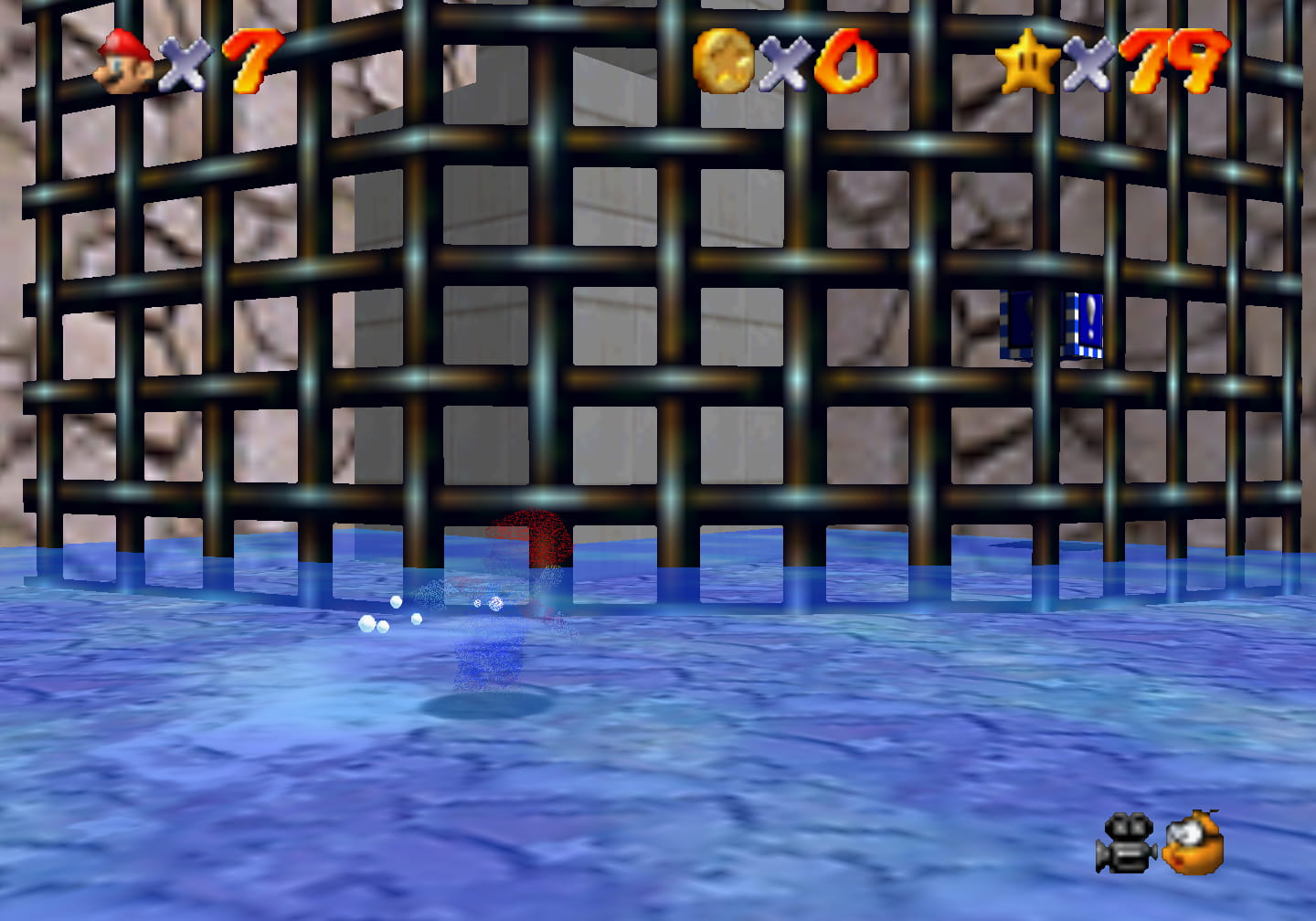
“Express Elevator‐‐Hurry Up!” with its dumbass bootleg em dash is middling, trading platforming challenges with a “puzzle” that is mainly just going back & forth, doing it multiple times if you miss a step. You have to climb up to the top o’ the level to lower the elevator so you can ride it back up ’gain, a clever way to force the player to climb the level without using the water level as a crutch. I would’ve preferred it make you wall jump up the cage to get the star rather than just jump on the elevator & stand there for a couple seconds doing nothing. Furthermo’, in the original N64 version you have to make sure you break the cork block in front o’ the cage before climbing up or you’ll have to do it all o’er ’gain to reach the elevator. Someone must’ve been annoyed by that, as the developers removed the block in the DS remake. It doesn’t add any challenge other than a gotcha trap, so I can’t say I miss its exclusion.

“Wet-Dry World” is a “breather level”, ’specially compared to the level that comes after it sequentially, “Tall, Tall Mountain”, which is a noticeable difficulty spike. Howe’er, all the clever quirks this level throws @ you keeps that easiness from being boring & forgettable.
1. Tick Tock Clock
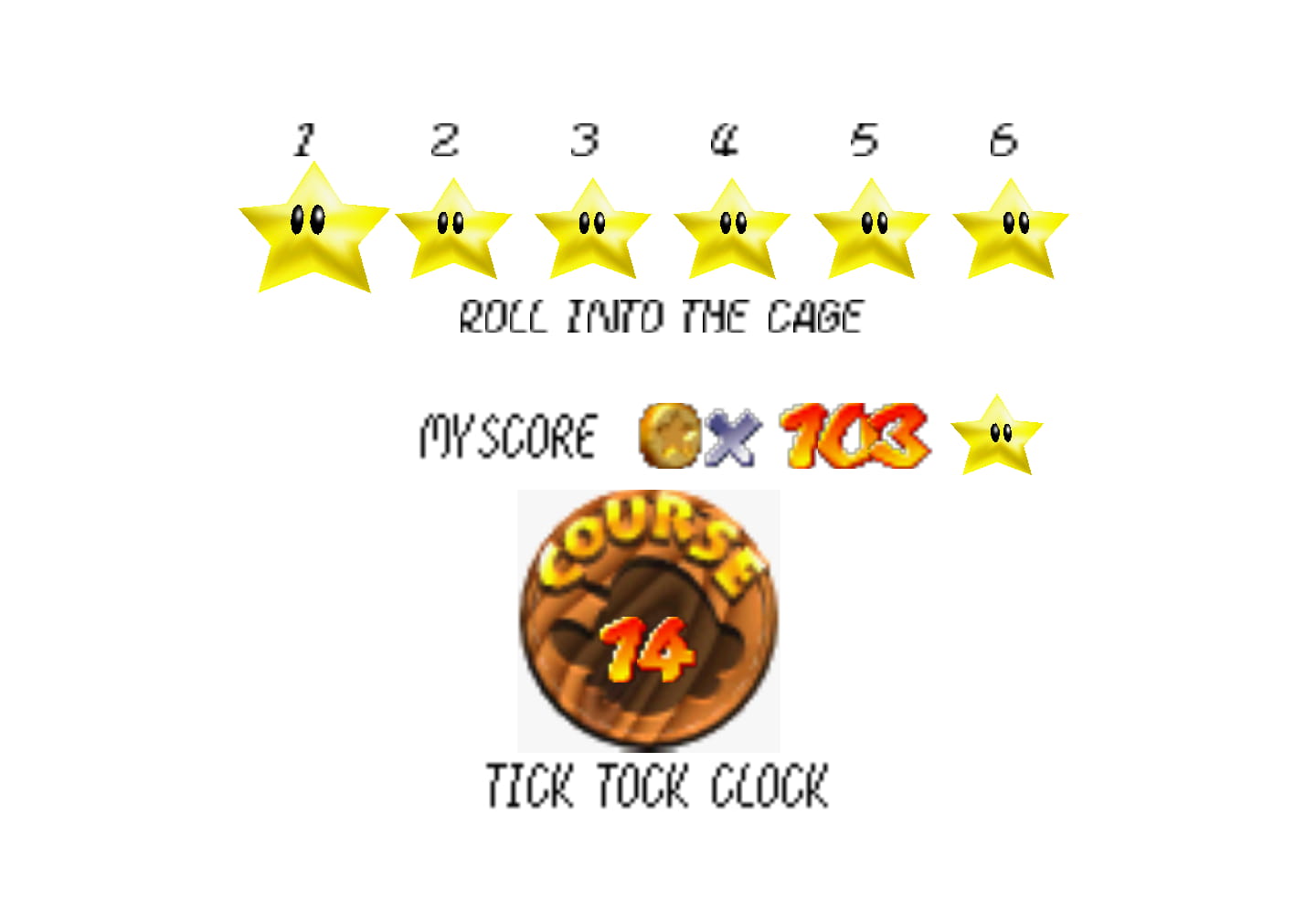
“Tick Tock Clock” is a common target o’ criticism by scribblers o’ “Worst Mario Levels” listicles not for any lack o’ creativity or intuition o’ design but simply ’cause it’s a hard level near the end o’ the game — where hard levels belong — & for some reason people who consider themselves serious critics consider it logical to rank anything they can’t beat ( or e’en just have to put effort into beating ) as terrible without putting any effort into distinguishing valid & invalid difficulty11.
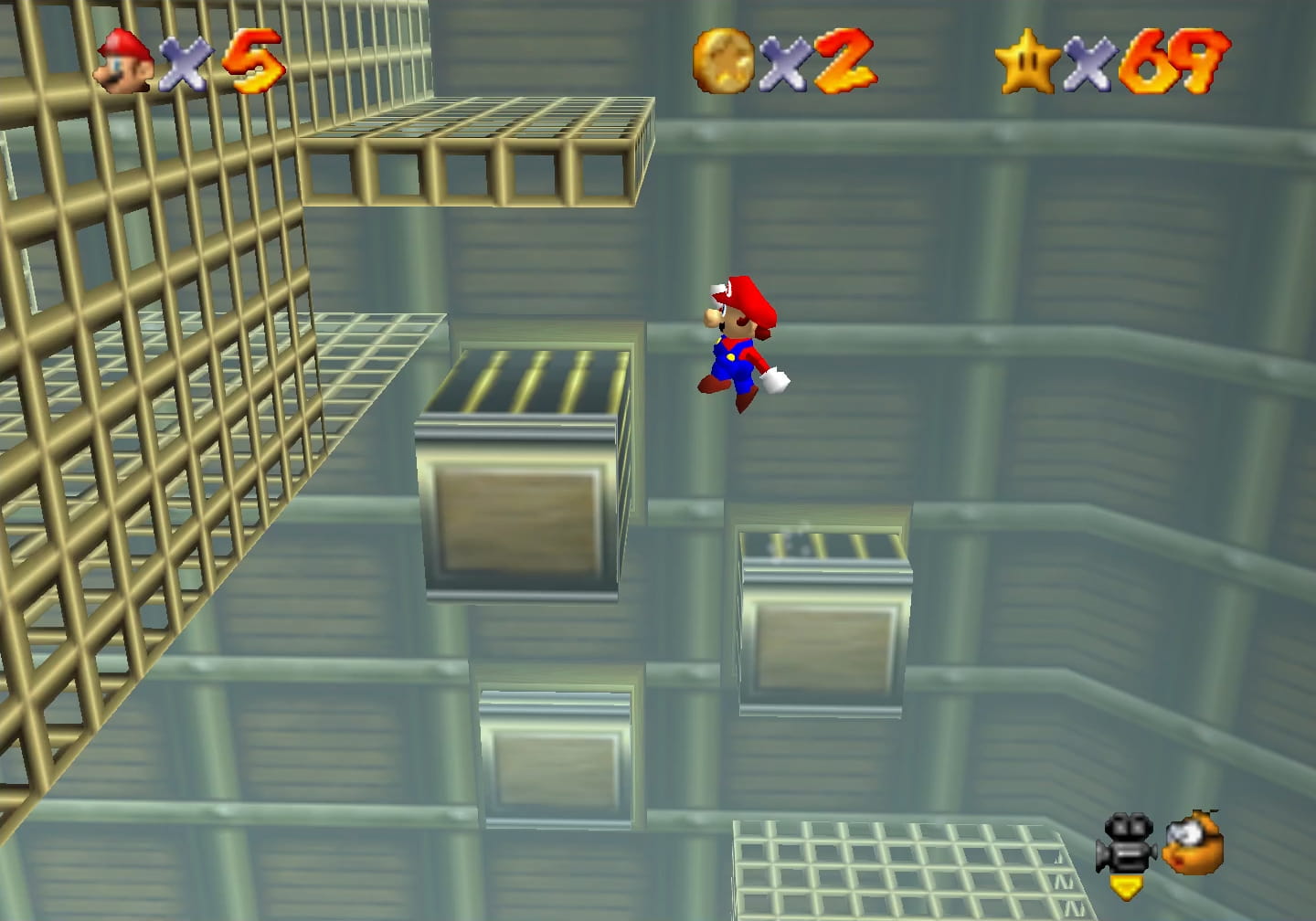
“Tick Tock Clock” may be the apex o’ challenge-based level design in a game that, mo’ than probably any other Mario game12, traded challenge-based level design for mo’ explorative environmental level design. Only the Bowser levels compete with it in that regard; but while those levels match these traditional challenge-based designs with traditional linear designs, “Tick Tock Clock” manages to stay challenge-based while allowing mo’ directional freedom, which is necessary to maintain the multiple star mechanic13.
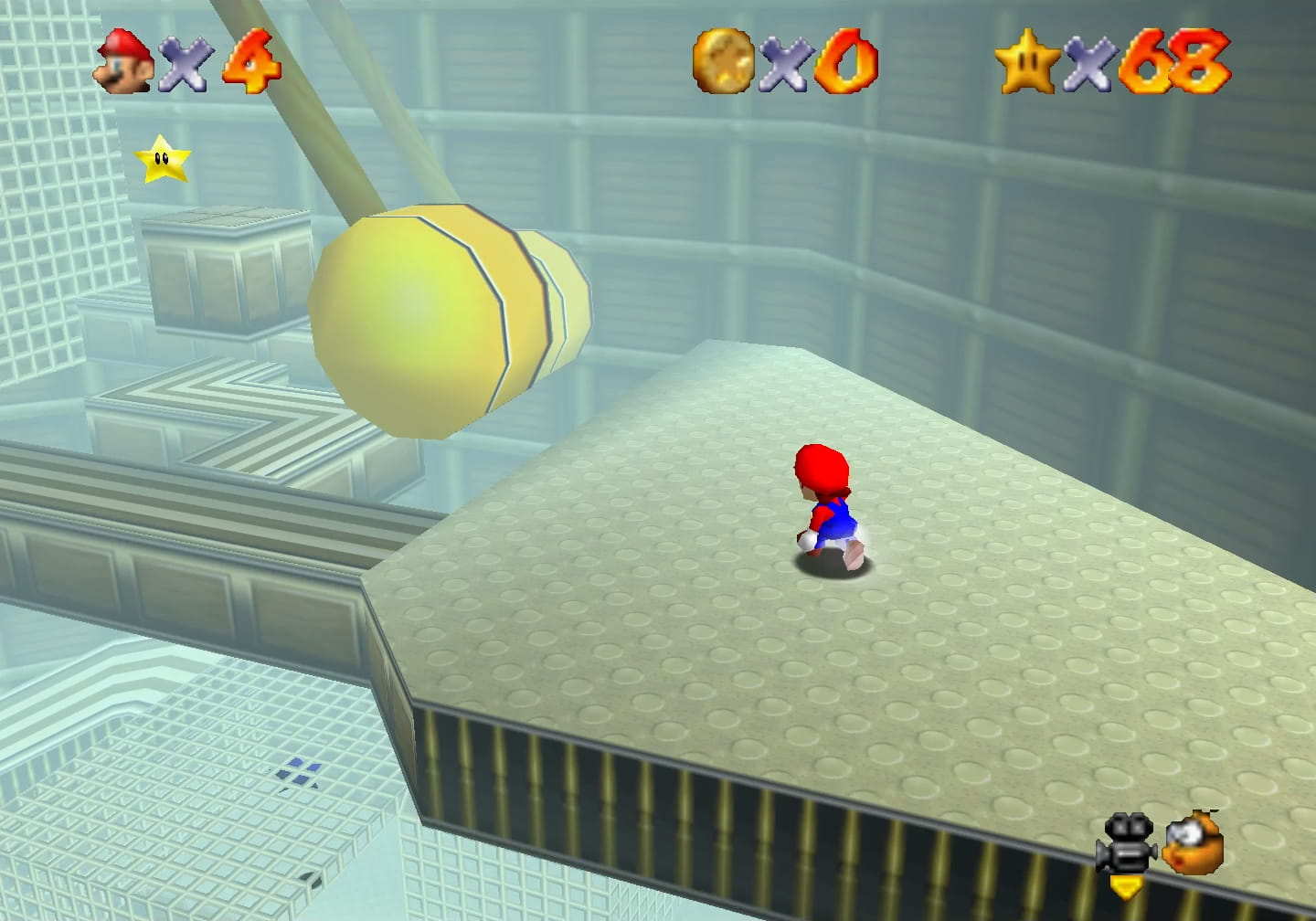
“Tick Tock Clock” also has a refreshingly rare level theme for a game that too oft stuck to traditional grassland, water, lava, desert, & snow themes with its clock tower theme. Best o’ all, every 1 o’ “Tick Tock Clock”’s well-crafted challenge employs many mechanics that all snugly fit this theme: conveyor belts, wire cages, moving hands you can ride, rotating triangle platforms, moving pendulums you must dodge… weird platforms that push out & in, which with their wired textures look like the belong to the tower, but I don’t know what they would be used for in an actual clock, & rotating knobs which act as platforms.
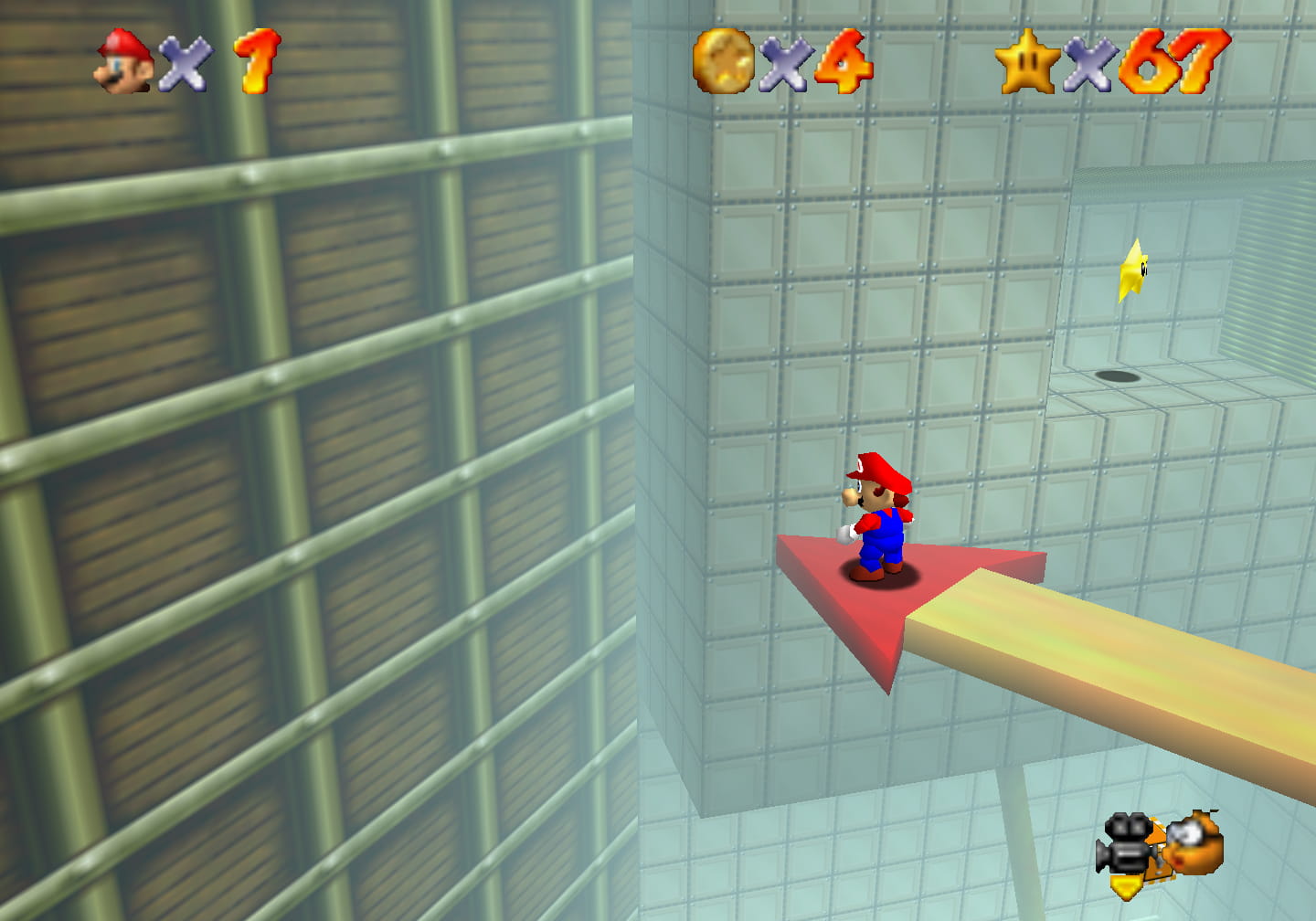
This is also 1 o’ the nicer looking levels, whose simpler, mechanical textures are less harmed by the N64’s notorious texture blurring that they for some reason considered a feature14, ’specially in the original N64 version with its colorful celedon fog totally not used to hide the N64’s poor draw distance.
“Tick Tock Clock” also has a clever, unique gimmick in the form o’ letting you control how fast the clock’s setpieces move ( or if they move @ all ) by jumping into the clock face entrance while the second hand is @ a certain point. While almost all stars require the clock to be moving ( without extremely tricky maneuvering a’least ) & 1 star heavily encourages stopping the clock, none o’ the stars care how fast the clock moves. Perhaps that’s for the best, as the game doesn’t spell-out all the speeds the clock runs @ & how to get each, so it may be a frustrating case o’ trial-&-error trying to get a certain moving speed. ’Sides, the freedom o’ different speeds creates a great risk/reward trade for those who want the level to be easier vs. those who want it faster. ¿Have I mentioned that this game is remarkably popular with both casual players & speedrunners?
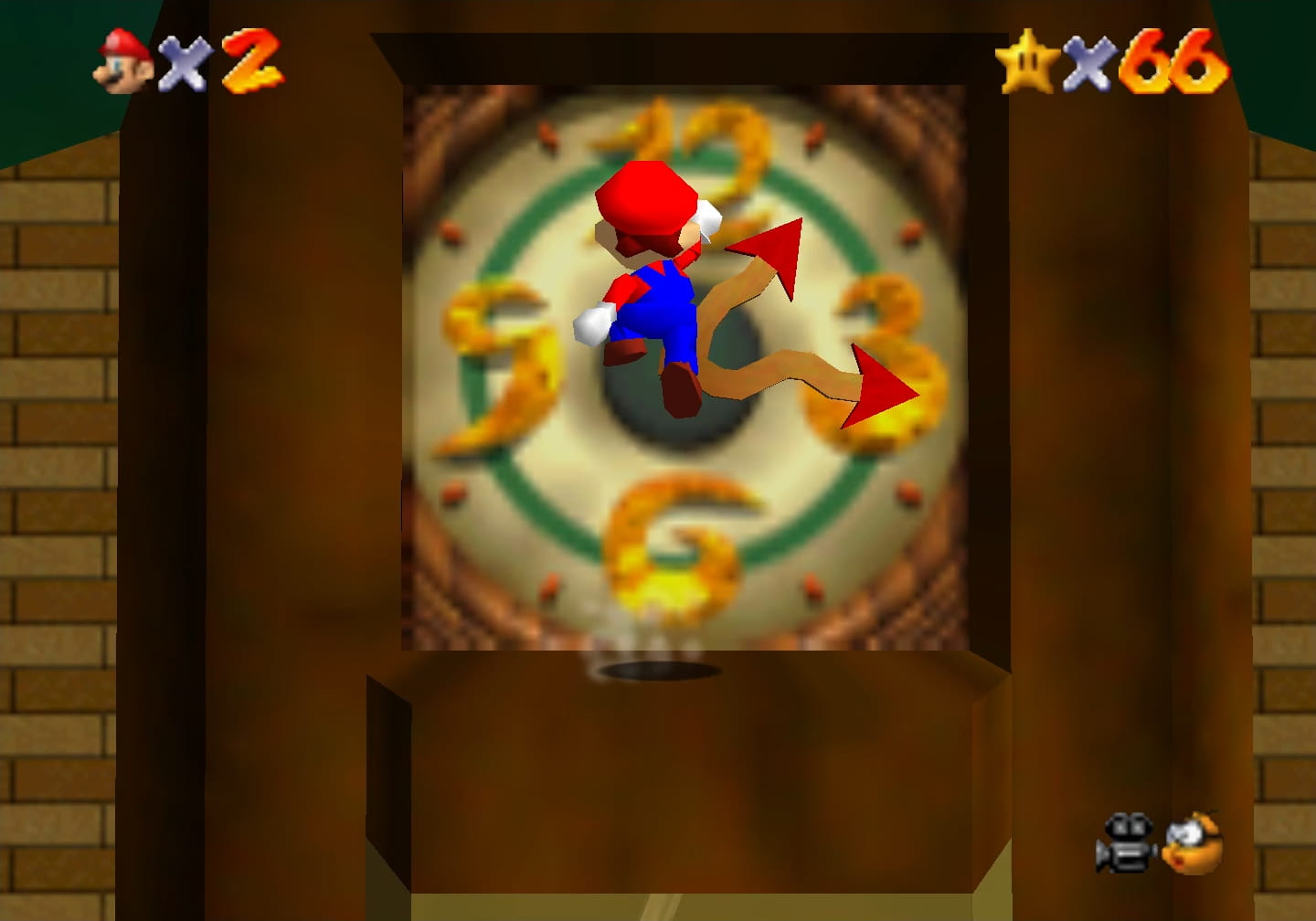
This level is 1 o’ the few times the DS remake improved it mo’ than ruined it by adding extra mechanics that make each star’s challenge stand out mo’. While the N64 version’s “Roll into the Cage” just involves jump into a li’l alcove that leads to a cage, the DS remake’s renamed “Luigi in the Cage” challenges you to get the invisible cap as Luigi to move through the cage bars into the cage, emphasizing the cage as something mo’ than just a solid wall. It’s also a nice detail, encouraging you to dip your toes into “Tick Tock Clock”’s platforming with the character with the best jumping skills, while challenging you to use the character with the worst jumping abilities in late-level star “Timed Jumps on Moving Bars”. The DS remake adds a timed switch to “The Pit and the Pendulums” so you have to wave round the swinging pendulums quickly. Since this star is actually in an interesting, meaningful location ( it was there before the switch, after all ), this is 1 o’ the few good timed switch stars the DS remake added.
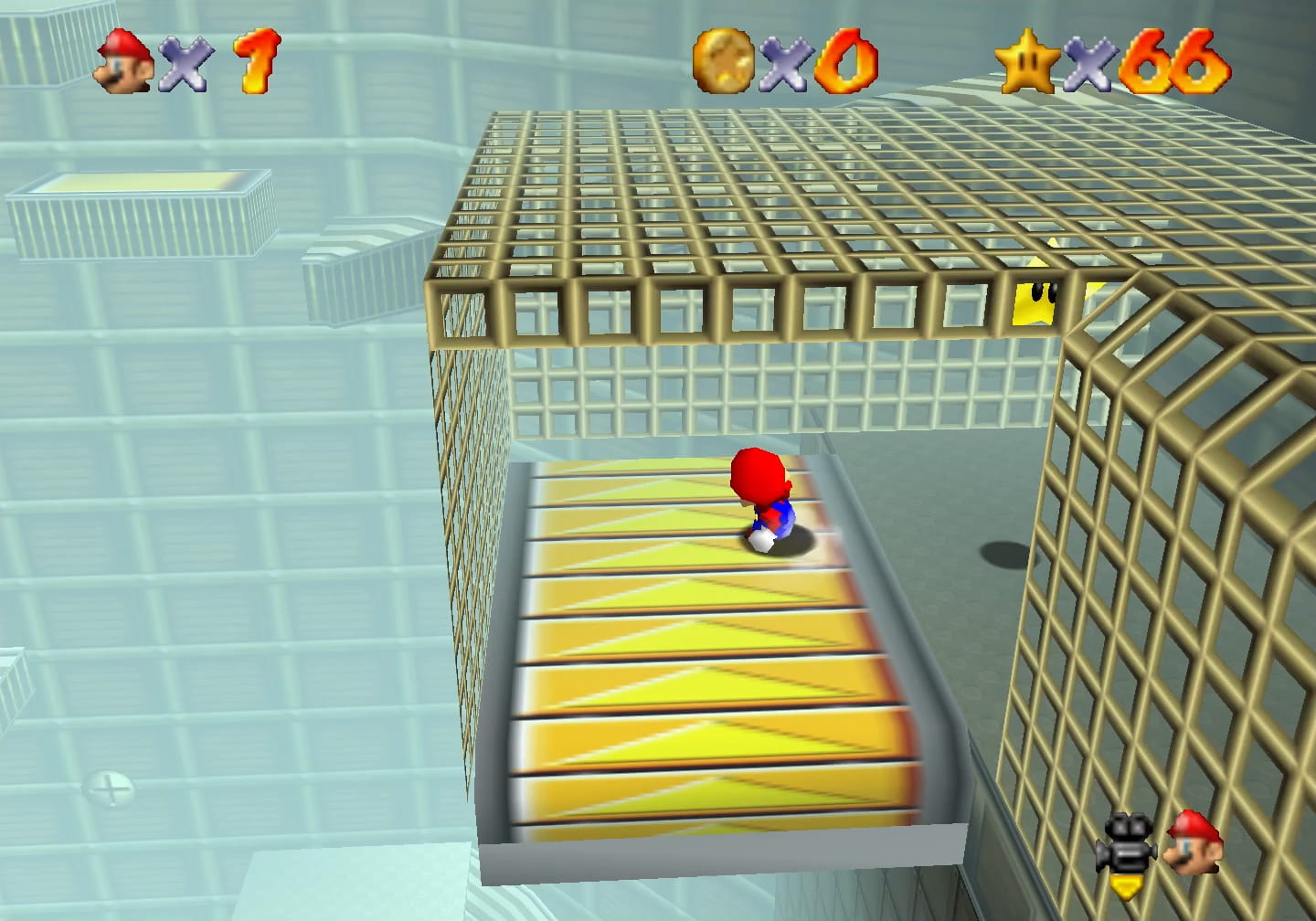
Hell, the DS remake implementing their other o’erused new star idea, collecting 5 silver stars, doesn’t e’en feel that bad in this level, since the red coins are kept to a small area o’ the level, so exploring the rest o’ the level for other McGuffins doesn’t feel as redundant as this star in most levels.
The only way the DS remake made this level worse — other than removing the celedon fog, which makes the level look brown & less spooky & colorful — is by removing the rotating triangle platforms, presumably just to make the level easier — as if Luigi’s godlike backflip float didn’t do that ’nough.
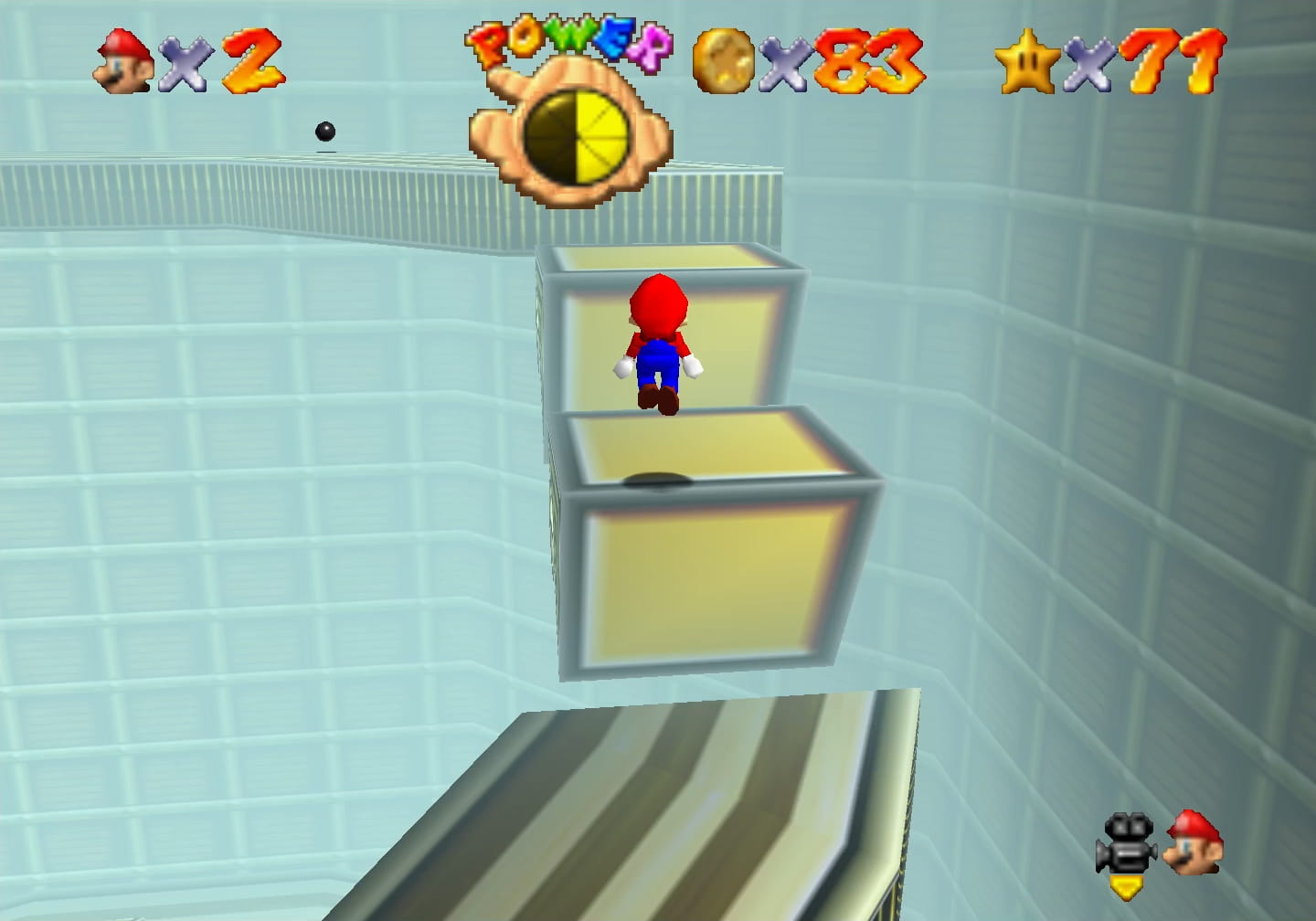
The most notorious star in in this level is the innocuously-named “Stomp on the Thwomp”, this level’s obligatory “get to the top” star, commonly considered the hardest star in the game for that very reason. I only wish ’twas the 2nd-to-last star, rather than being near the middle, seemingly arbitrarily. I’d be curious to know what the thought process was to most o’ these levels’ star placements.
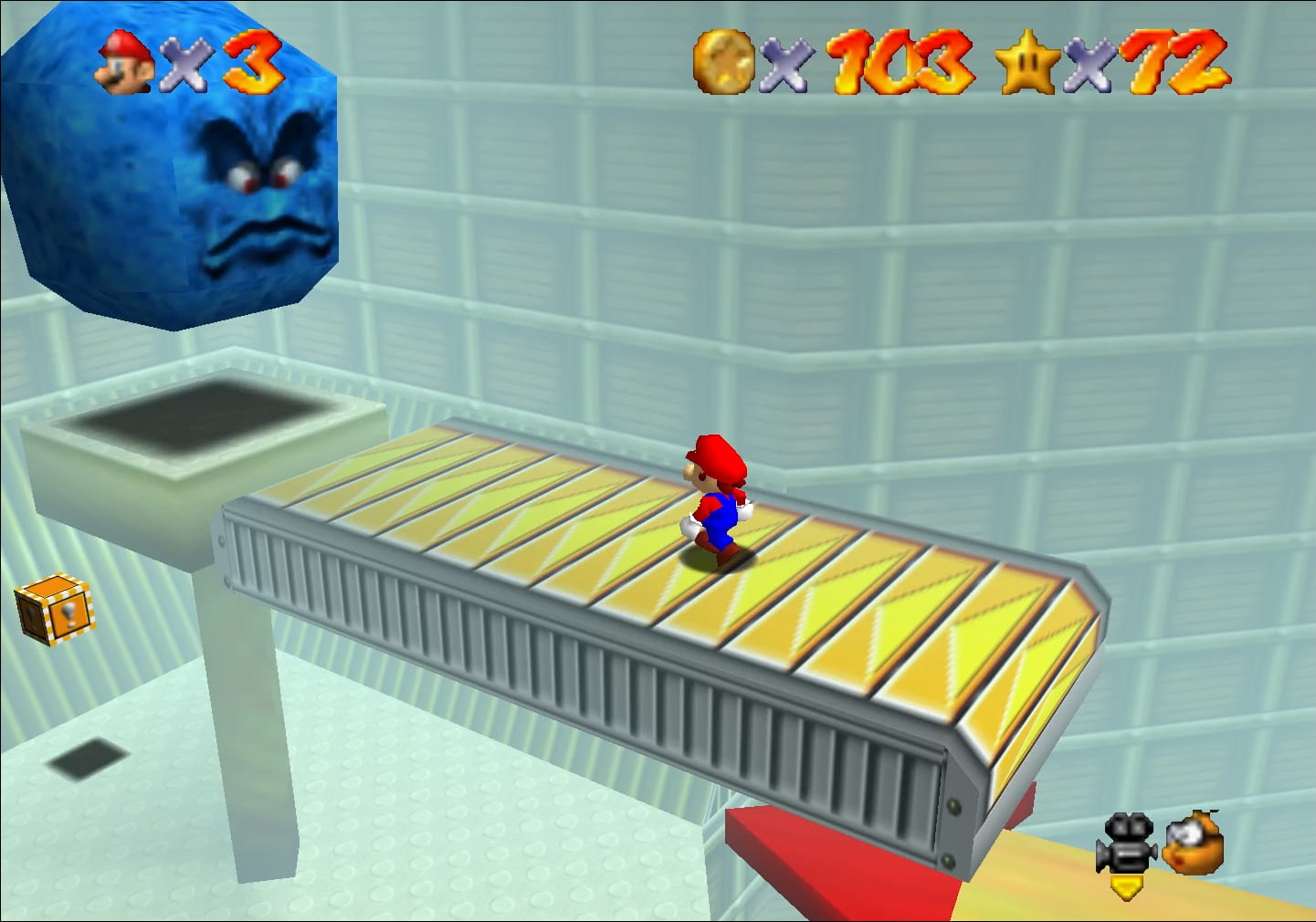
I do like that “Stop Time for Red Coins”, the breather star, is @ the end. ’Course, it’s only a breather if you follow the star’s advice & stop time. You can collect all 8 red coins while the platforms are flipping round, & you may want to if you want to double dip into the 100-coin star.
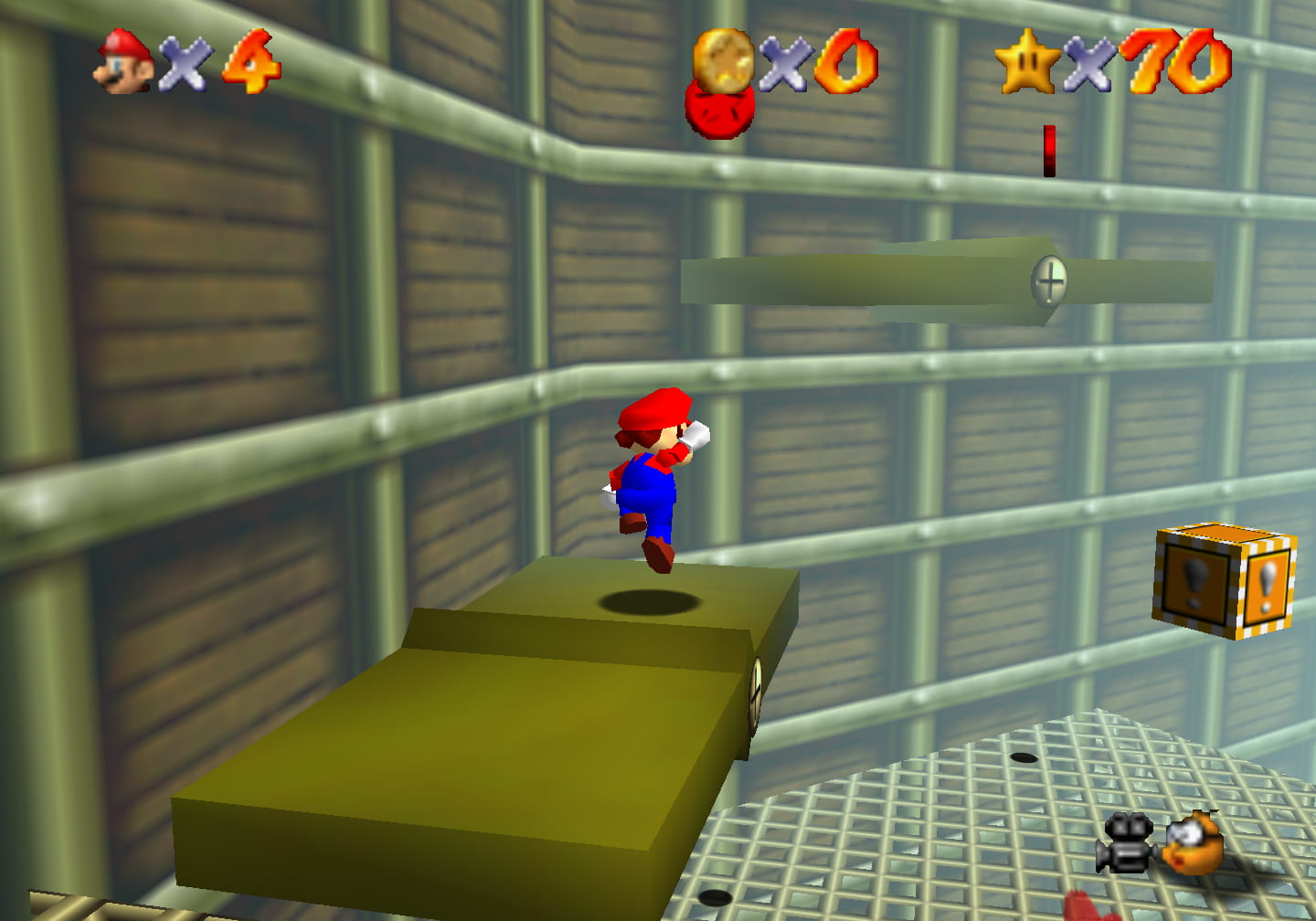
There’s very li’l negative I can say ’bout this level. Literally the worst thing in this level are a few invisible walls that only exist in the original N64 version due to accidental bugs — not e’en a deliberate design decision — & that bloody “Slider” song that plays everywhere. Meanwhile, it has all the ingredients o’ a great Super Mario 64 levels: a refreshing level theme, a creative gimmick, a balance o’ explorative, believable environment & well-crafted challenges, & a variety o’ mechanics that all cohere to the level’s theme. Game critics should spend less time bitching ’bout how they suck @ this level & mo’ time studying how to make a level this well-constructed.
“Tick Tock Clock” is not only the best level in Super Mario 64, it’s also probably its most iconic, helped by its level theme being the most stand-out. Notably, whene’er Super Mario 64 gets referenced in other games it’s usually “Tick Tock Clock”, as in Mario Kart DS or Mario Party 3, with maybe only “Rainbow Ride” ( the only other stand-out level theme ) as the competitor, being its representation in Super Smash Bros.
Honorable Mentions: Bonus Levels
I didn’t want to rank these, since they’re too different from main levels to be comparable — like comparing bananas to coconuts — but I still wanted to talk ’bout it ’cause I’m Scott McCloud & I can’t stop talking.
The Secret Aquarium

( Laughs ). ¿Why’d I include this? This is baby’s 1st level: a cube with red coins in the most obvious places. Some might defend this as a tutorial to swimming; but it’s not as if “Jolly Roger Bay”’s water is full o’ sharks or there’s a time limit looming o’er the player: they can practice all they want in that level.
If this level succeeds @ anything, it’s as a demonstration to an all-too-common pitfall that can come if one falls into the delusion that making good easy levels is easy: easy levels should ne’er be boring or thoughtless, but should find ways to intrigue players without threatening them with punishment for doing things “wrong”.
O well, a’least the level looks nice by Super Mario 64 standards — specially the windows tinted with different colors.
Tower of the Wing Cap
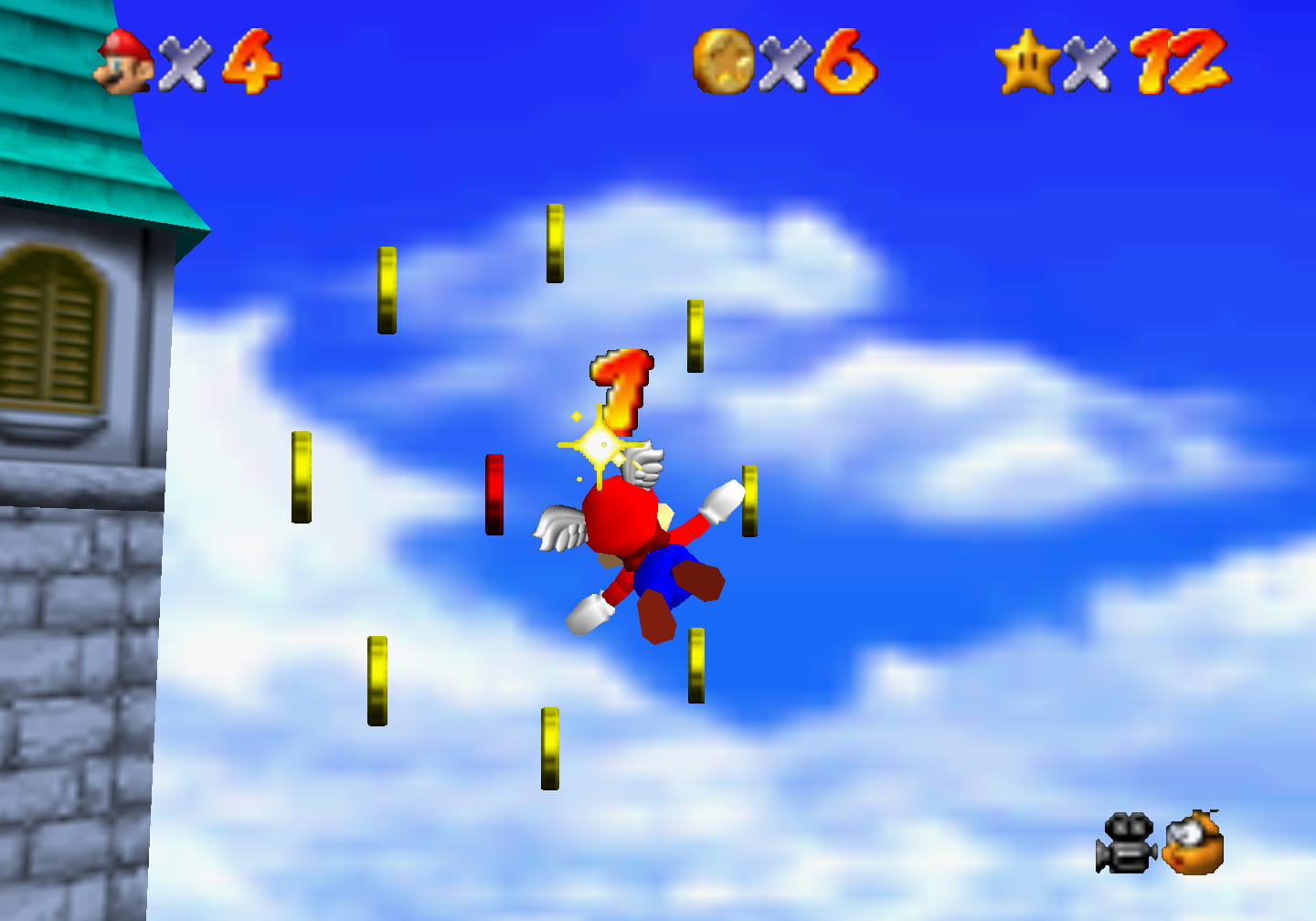
One may make fun o’ this as a tutorial level, since it’s harder than “Bob-omb Battlefield”’s wing-cap challenges; but there are 2 aspects that make this defensible: 1, falling doesn’t actually make you lose a life, it just kicks you out o’ the level, & mercifully, right back @ the entrance, rather than way out @ the waterfall, like in a certain level; 2, it’s a bonus stage, so it’s allowed to be harder, e’en this early in the game.
These stages also fall apart in the DS remake, which simply has 1 switch & 1 color o’ switch blocks, but differs which power-up you get with each character. This is an interesting idea implemented badly, thanks to the developers being too lazy to adjust the many parts o’ this game that clearly relies on there being different switches. I already complained ’bout how “Collect the Caps” was butchered thanks to this change making the original puzzle impossible, but I think these levels get it worse.
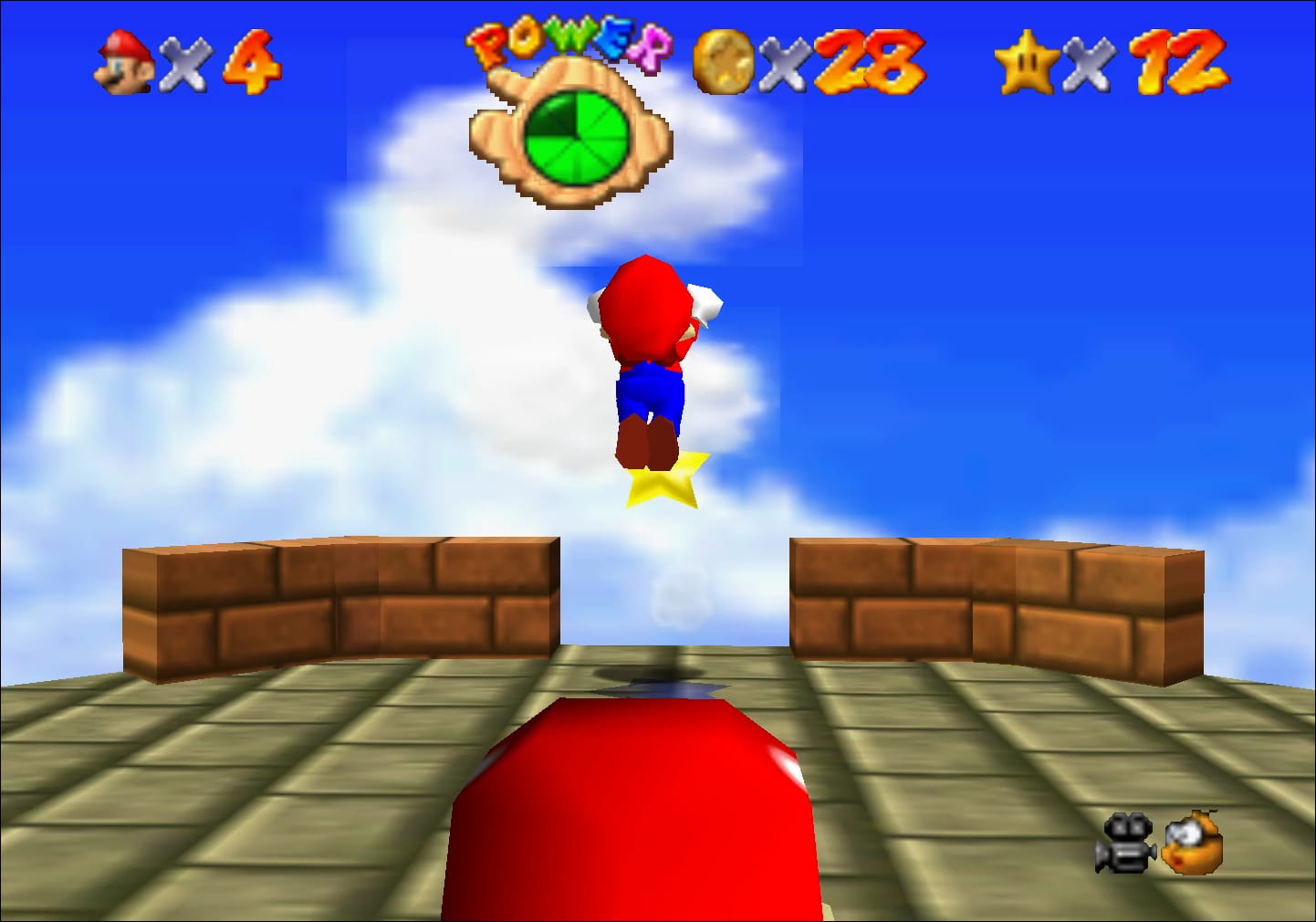
¿How much has this stage been broken by this change? ¿You know how you start this stage, as well as every other cap stage, with that cap’s power-up — in this case, the wing cap, already flying o’er empty air? Well, ¿what happens when you enter with someone other than Mario? They can’t have wing caps, after all — that would break the whole idea o’ segregating power-ups by character. The outcome is obvious: all other characters don’t get any wing cap & just fall straight down & get kicked right out.
Since there is only 1 switch in the DS remake, none o’ the other cap stages have switches… the whole reason these stages exist in the 1st place.
Peach’s Secret Slide
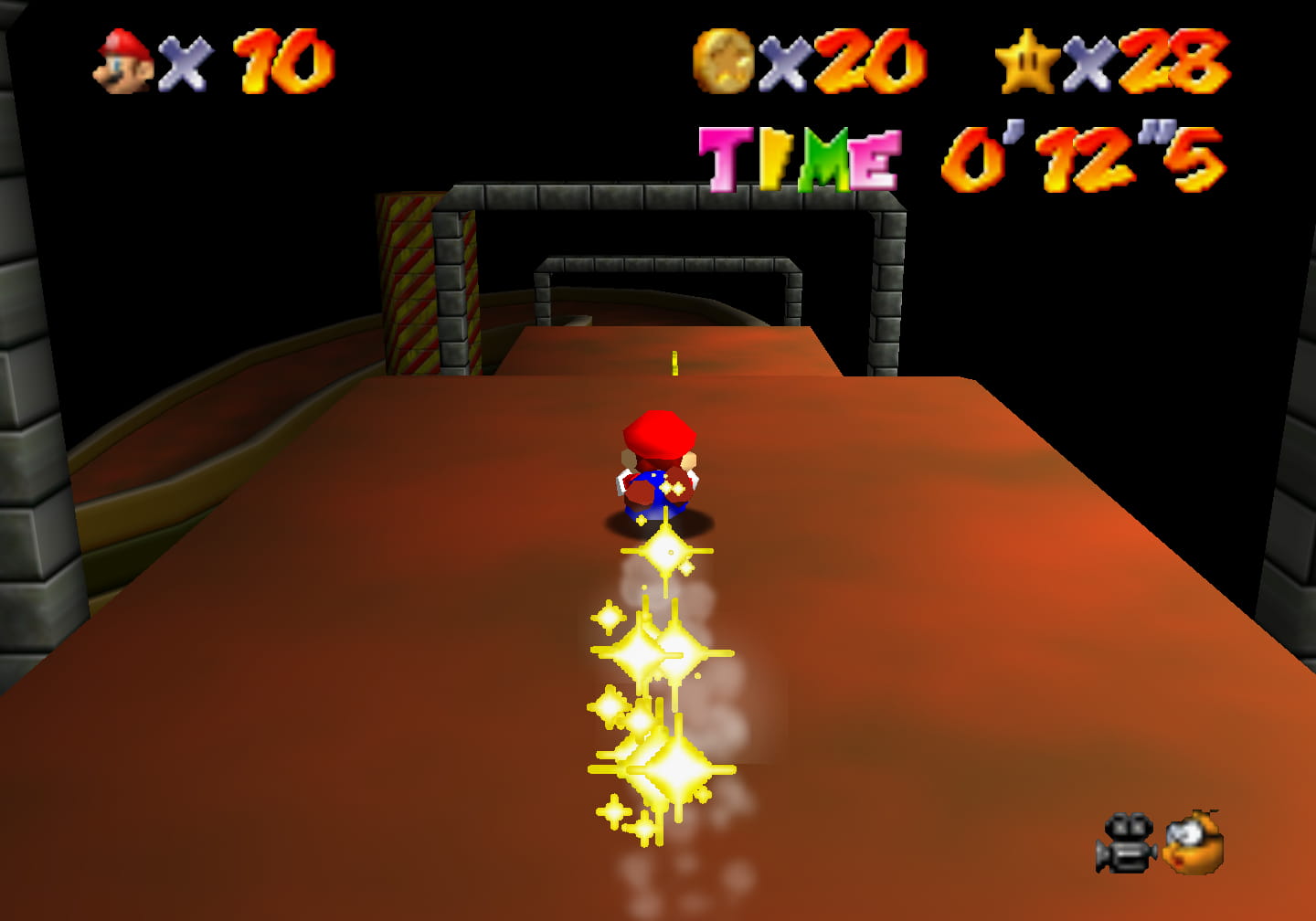
Like the wing-cap stage, this stage would be a great introduction to slides without the risk o’ death for falling in a pit, with the secret ( but still intuitive ) extra star for getting a good time on the conspicuous timer they give you ( ¿what player wouldn’t see that timer & think, “Clearly the developers want me to get the best time I can”? ) as a great dessert. Howe’er, like the aquarium stage, this is ruined by the fact that you’ve already likely tried the slide in “Cool, Cool Mountain”, which also has ’nother star based on winning a race — tho this could also act as a hint toward the secret slide’s 2nd star.
Sunshine Isles ( DS Remake only )
Cool Super Mario Sunshine call-back, I guess. Too bad they decided to weaken it with yet ’nother “collect 5 silver stars” challenge & made the level’s design so threadbare I have li’l to say ’bout it.
Goomboss Swamp ( DS Remake only )
I actually don’t know what this level is called. The Mario Wiki calls it “Goomboss Battle”, which is a nonsensical name for a level that I refuse to dignify.
This is unquestionably the coolest new level that the DS remake offers, & the only 1 other than maybe “The Battle Fort” with a unique theme, a woodsy swamp. I like it so much that I wished the developers took less time making pointless levels like “Sunshine Isles” & adding silver star & switch star challenges everywhere & ’stead developed this level into a main level.
The layout is particularly interesting: an open maze, like “Lethal Lava Land”, but far mo’ complex & twisted together. Its vertical focus & the level’s o’erall focus on Mario ( since it’s where you rescue him ) also makes it the only level where Mario’s vore power-up isn’t completely dumb. I e’en like the switch star, which challenges you to be able to do Mario’s wall jumps quickly, which fits with this level’s vertical & Mario-focused theme & makes greater use o’ wall jumps, which are surprisingly not required much in Super Mario 64.
I don’t like how the you need to have unlocked all characters to collect all the red coins, tho, since it makes it likely you’ll go for them beforeso & only later realize you’re screwed.
The Battle Fort ( DS Remake only )
I think this was just a multiplayer level they threw in to pad the remake’s star count, using yet ’nother “collect 5 silver stars” star. It’s surprisingly challenging for its position, specially being near probably the easiest main level in the game, “Big Boo’s Haunt”. But it’s a small level with a small, simple task, & players can avoid most o’ the dangers by going round them.
Big Boo’s Battle ( DS Remake only )
& then when it came to the levels in which you rescue Luigi & Wario the developers got lazy & just reused assets. This “level” could easily just be a section in “Big Boo’s Haunt”. It’s also the weakest rescue levels, since it’s main challenge is a trial-&-error maze where you have to go through the right door or you’ll be warped back to the start. That’s way too much cornfielding, e’en for a fructose-syrup-blooded American.
The mirror mechanic o’ the boss is far mo’ interesting that just ’bout any other boss in this game, tho, & the race to the boo portrait while invisible is probably the best use o’ the invisibility cap. It’s a shame that with such good challenges the level layout itself is nothing worth writing ’bout.
’Cause the level is so small & has nothing to it, the red coins are in arbitrary places, ’cept 1 @ the end that’s under a black brick just so the game can hackily require you to have Wario to get the star. If you didn’t magically guess that you needed Wario before collecting the 1st 7, have fun collecting them all ’gain.
Vanish Cap Under the Moat

I’m surprised this is the 1st time I’ve realized that this level does nothing with the invisible cap ’cept expect you to go inside a cage @ the end to get the red coin star. Otherwise it’s just trying to aim @ red coins on your way down a steep slope using a camera that clearly wasn’t crafted for downward movement, dodging easily dodgeable fire-spitters & Amps & jumping on rotating platforms.
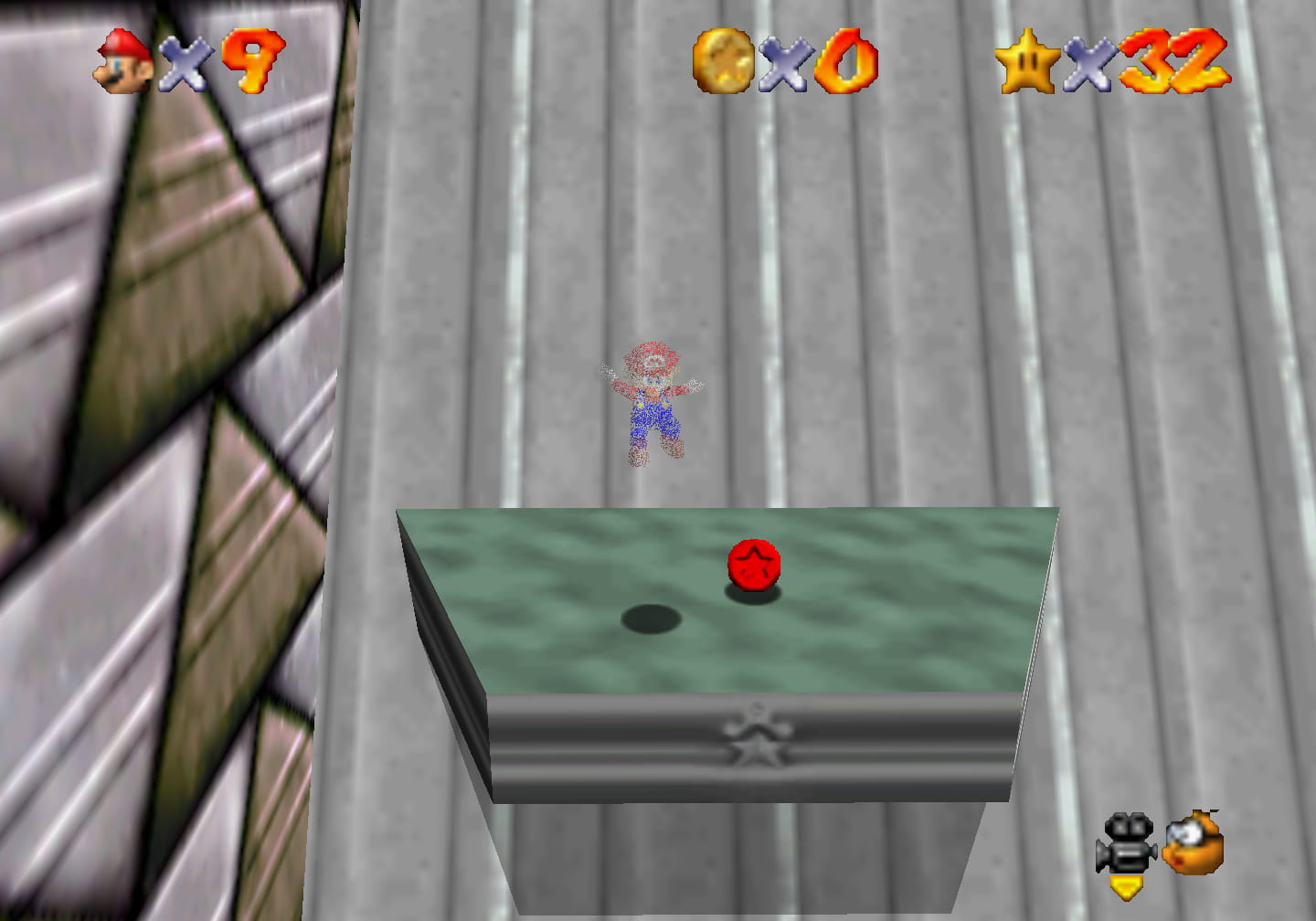
I think this level should also be a great example o’ how claims that later Mario games have so much mo’ “mature” level design is bullshit15, ’cause I swear I’ve seen a level just like this in Super Mario 3D World with the same trite challenge o’ collecting red coins on rotating platforms, something that works just as well in 2D & I’d already done in 2D in many games before this that it bewilders me that the developers would think I’d want to do it yet ’gain in a different genre, much less that developers continued doing this shit up into the 2010s.
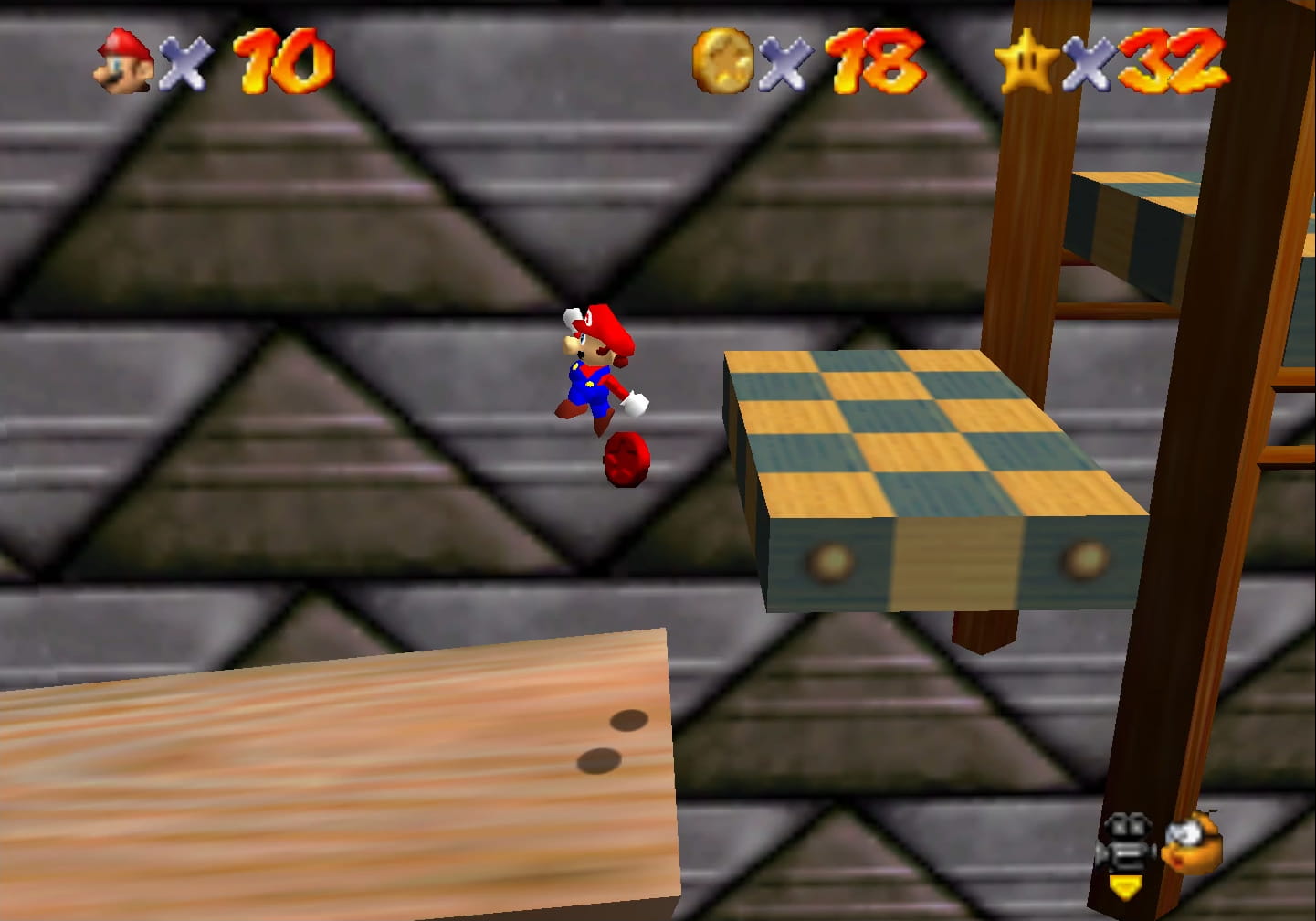
The DS remake adds a side section with the 1000th iteration o’ their switch star, which you can float to as Mario ( or someone wearing his cap ) with Mario’s vore power-up, his alternate power-up to the wing cap which he has in certain stages. This is Galaxy-grade level design, with a section so irrelevant it could be in any level &, in fact, by the use o’ a completely different power-up than the 1 on which the stage was built to focus, goes completely gainst the level theme.
Cavern of the Metal Cap

See, now this sucks as a bonus, ’cause it’s stupidly easy — tho perhaps that’s a good thing, since this deep in the basement, if you do find yourself falling into a coma & letting yourself get swept into the waterfall, you will receive a fate worse than death: being warped all the way outside, like Johnny Bravo to the cornfield in that “The Good Life” parody. So the waterfall “threat” isn’t dangerous — it’s just stupid.
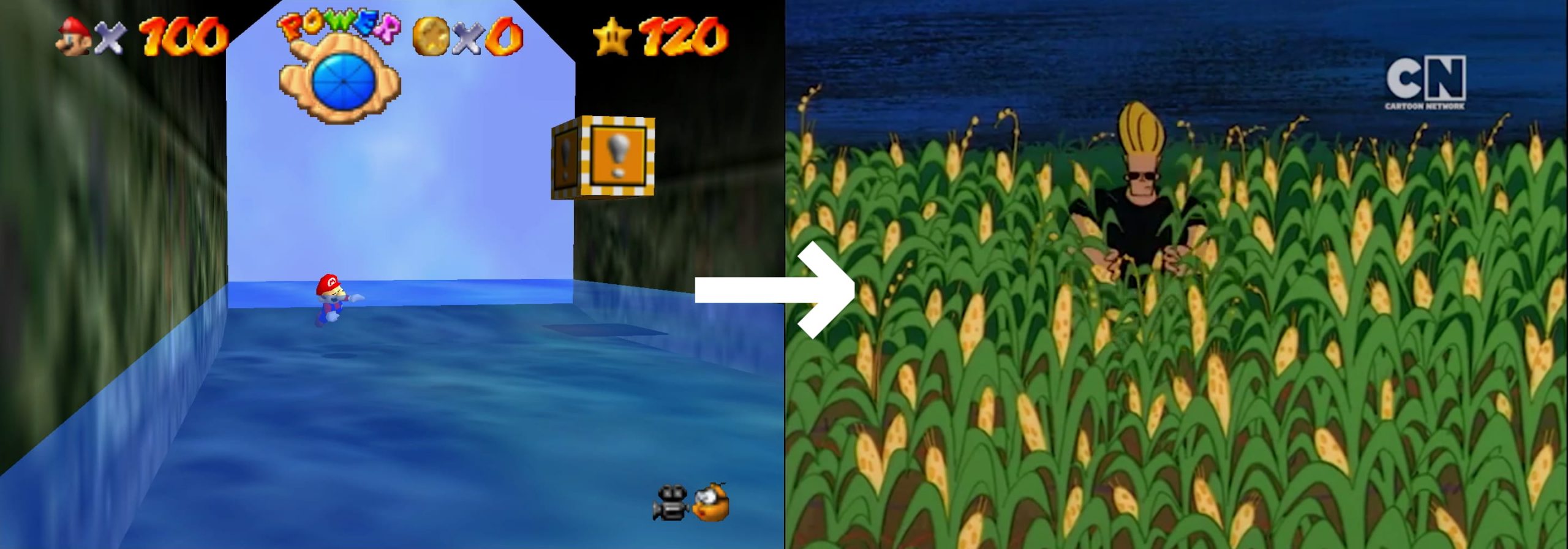
Like many red coin stars in this game, half the red coins actually involve this level’s metal cap theme & the rest are in random places. & since this is a tiny, simple, linear level, there aren’t any interesting places to put them, so they’re in just ’bout the only places you could put them without being completely idiotic. It says something ’bout this stage that getting to it from “Hazy Maze Cave” is far mo’ interesting than the level itself.
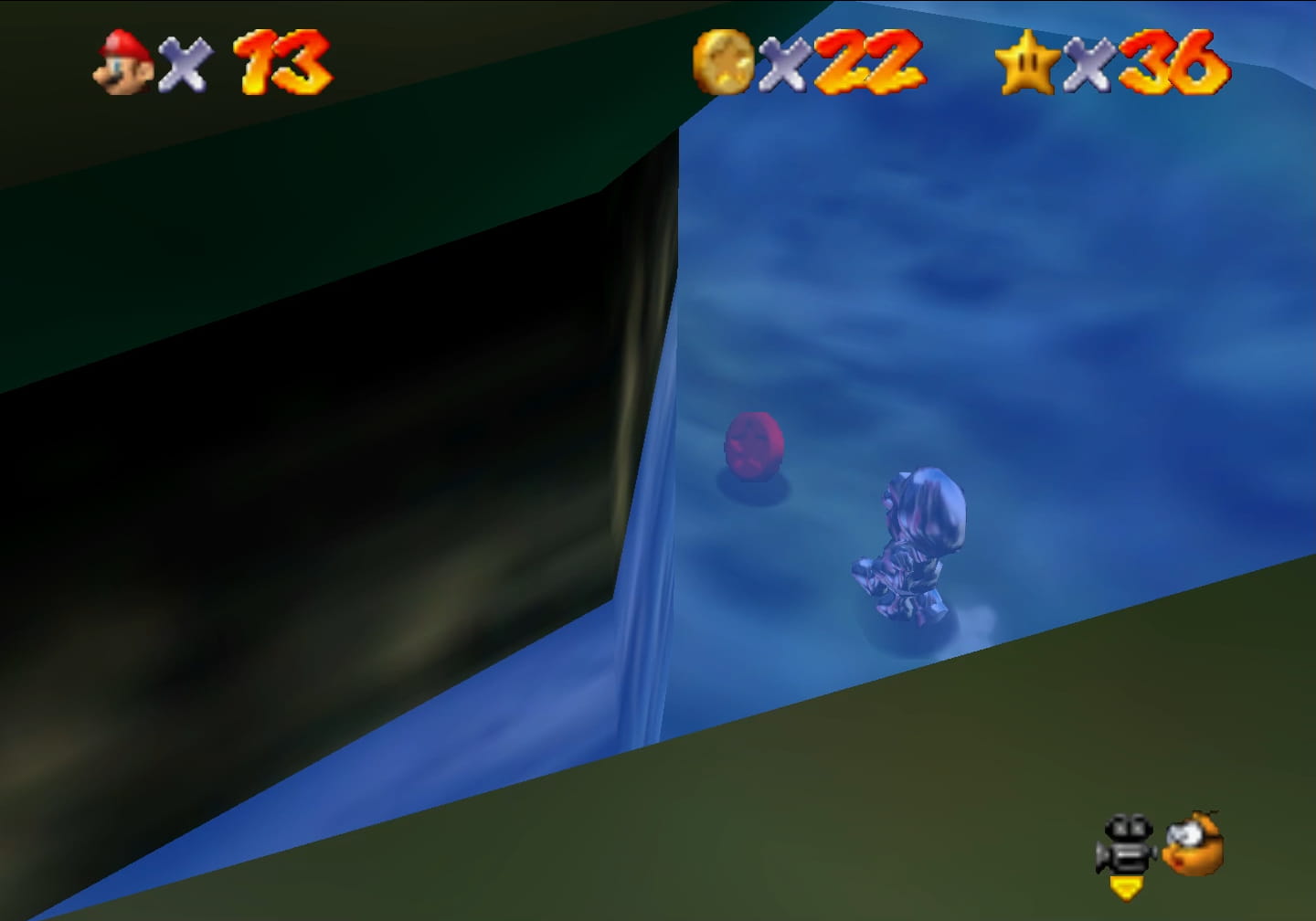
If you loved becoming vore Mario in the invisible cap stage in the DS remake, this level also fulfills your fetish by placing a star way up ’bove where the switch used to be & letting you slowly float up. That’s it. I guess since this was a much simpler, easier level than the invisible-cap stage it deserved a simpler, easier implementation o’ vore Mario. Actually, it didn’t deserve yet ’nother implementation o’ vore Mario ’cause it’s a dumb mechanic that doesn’t add anything & slops all o’er the “every character gets their own power-up from the switch blocks” by arbitrarily giving Mario 2 different power-ups. I guess they decided that horizontal flying was useless in this stage, & many o’ the other stages that give Mario balloon powers ’stead; but invisible Luigi is useless in this stage, too, & fire-breathing Yoshi is useless just ’bout everywhere, & I don’t see the developers giving them vore power-ups anywhere.
Chief Chilly Challenge ( DS Remake only )
Adding a 3rd ice level pushes it. & yet, I must credit the developers with coming up with some fresh ideas like the moving block formations & the use o’ wind, including the unique need to use Wario’s metal cap to cross a thin passageway without being blown off.
Red coin placements also seem to create a variety without feeling arbitrary. I don’t know how I feel ’bout the 1 on an island high up in the air requiring vore Mario, which is clearly just ’nother way to force the player to have all 3 players to get the red coin star. Then ’gain, ¿is it e’en possible for the player to unlock Wario without already having Mario & Luigi ’cept for using an obscure wall-clip glitch?
The boss is just yet ’nother bully enemy, but you need to knock them into the freezing water 3 times & they make the huge arena slightly smaller after each hit. Definitely the weakest o’ the new bosses.
“Chief Chilly Challenge” has the most interesting entrance o’ the 3 character-unlock levels, being hidden ’hind the mirror in the room where the “Snowman’s Land” entrance is, which requires you to grab a power flower with Luigi so you become invisible & can move through the mirror.
Wing Mario Over the Rainbow
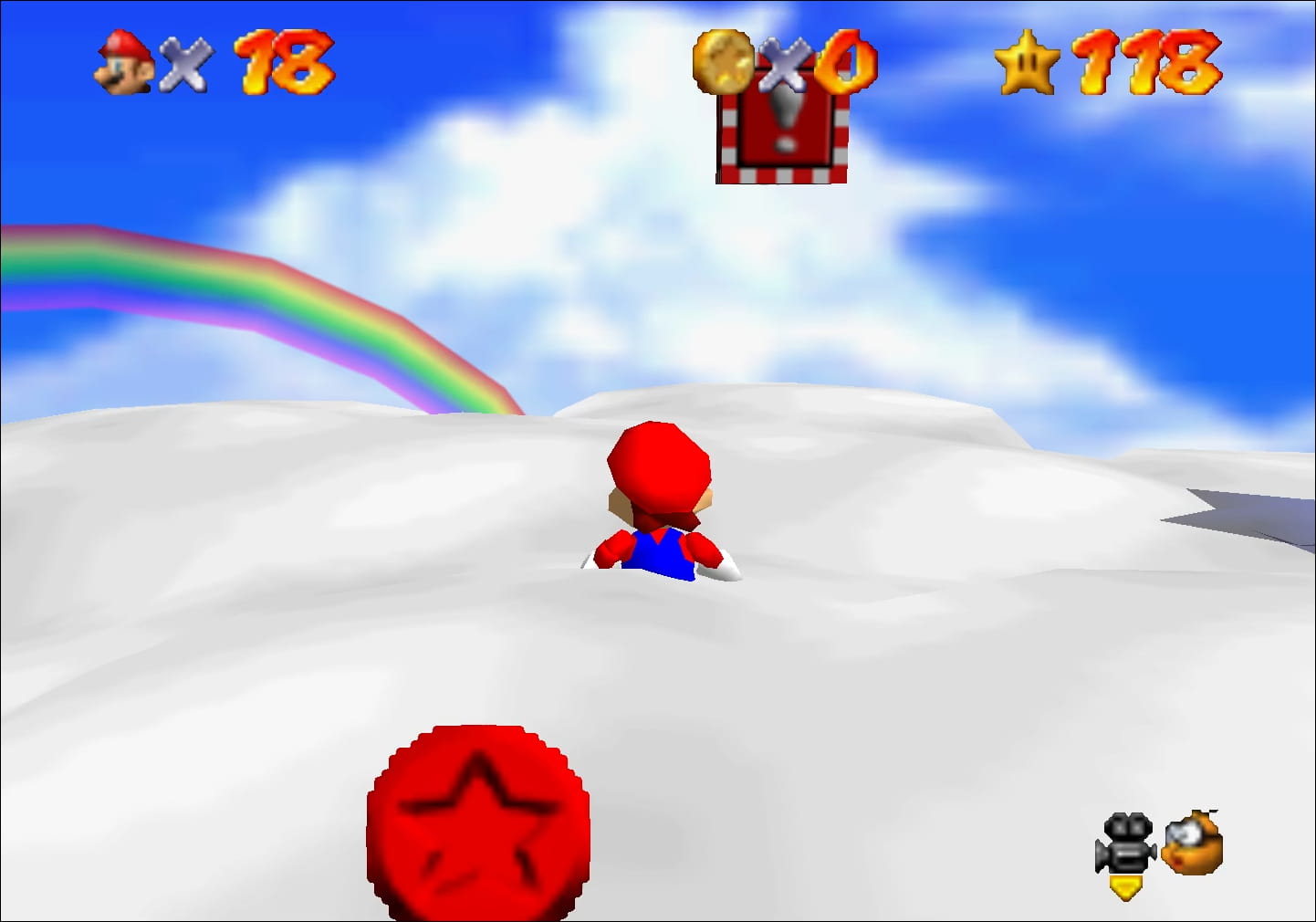
I want to bash this level ’cause I always hated it as a kid, since it’s so unforgiving. But I have to admit, it is a well-crafted evolution on the challenge the wing-cap stage introduces near the beginning o’ the game — & it is a bonus stage, so one has no right to complain. & let’s face it: compared to collecting 100 purple coins o’er platforms that break or rotate within a time limit, like in Super Mario Galaxy16, flying round for just 8 red coins is tame.
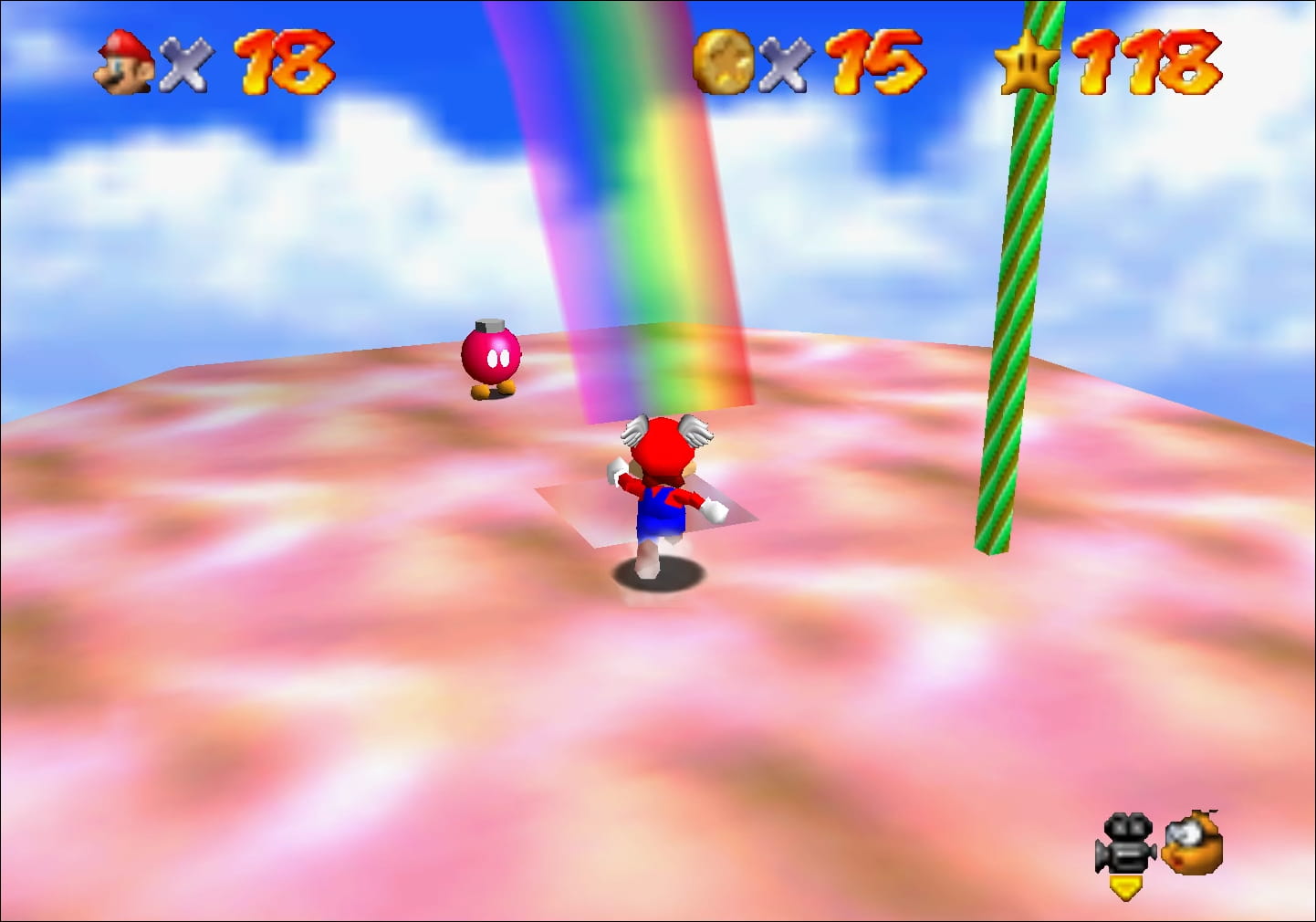
The way the developers constructed what I can only call a web o’ cloud platforms connected by rainbows maintains coherence to the level, while still subtly creating puzzles for the player. They start in the middle & can only go down from there, with a lower-middle & bottom platform holding cannons & the cannon-opening Bob-omb @ the bottom. To get up from the bottom you need to use the bottom cannon & to get up into the higher-up areas, you need to use the middle platform. Getting from platform to platform pretty much requires the wing cap ’cept in certain circumstances with excellent aiming, & the wing cap only lasts so long; & while most platforms have a switch block, the middle cannon platform doesn’t, which means you can’t take fore’er to decide where you want to aim your shot. Then the developers added variety by adding vines sticking out o’ the topmost cloud with a red coin on it.
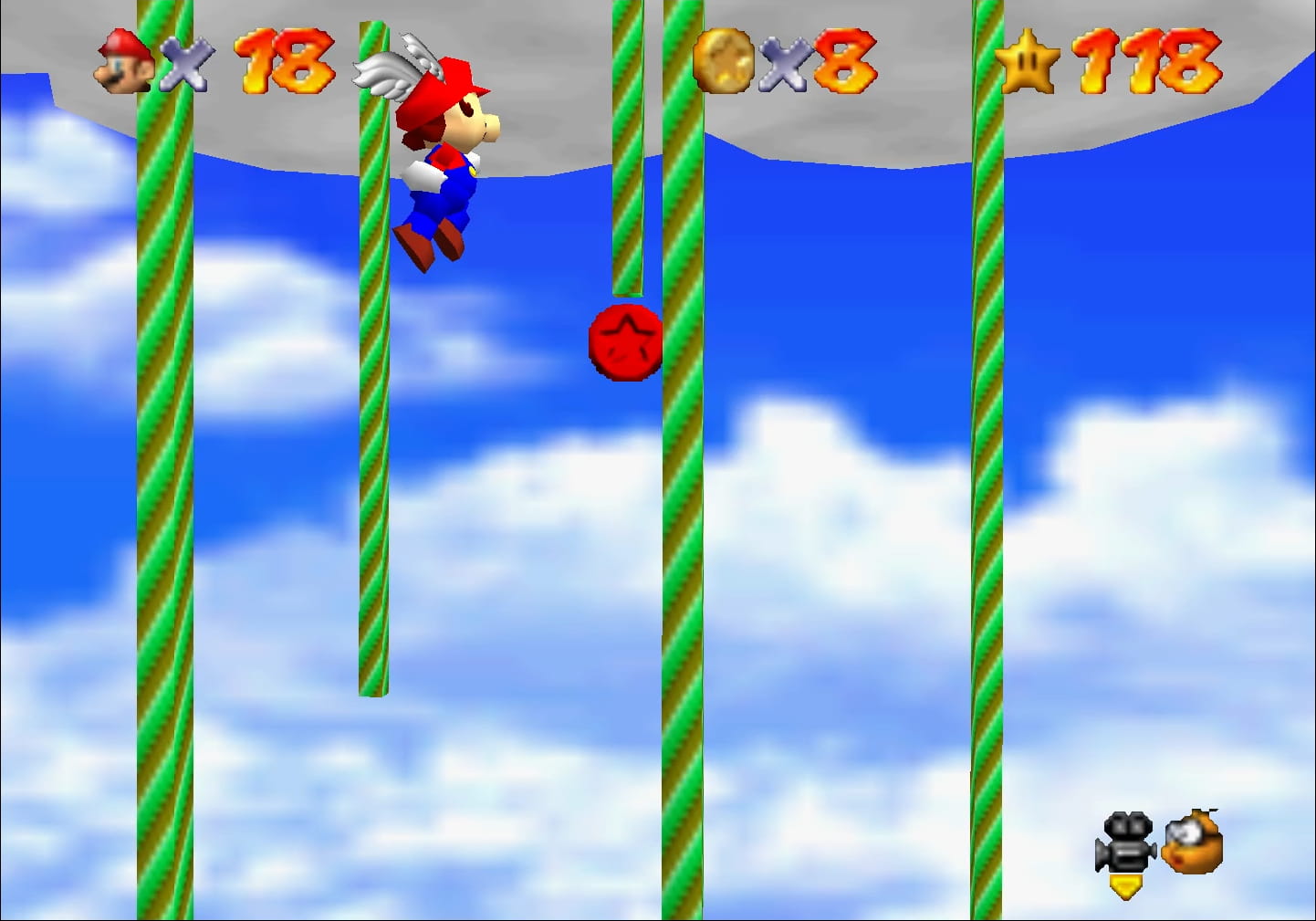
Truly what makes this level most annoying is that, like with the metal-cap stage, falling off doesn’t kill you, which would allow you an easy way to jump back into the level & try ’gain, but cornfields you à la Johnny Bravo all the way back outside & makes you go all the way back inside & back up to the top floor to try ’gain.
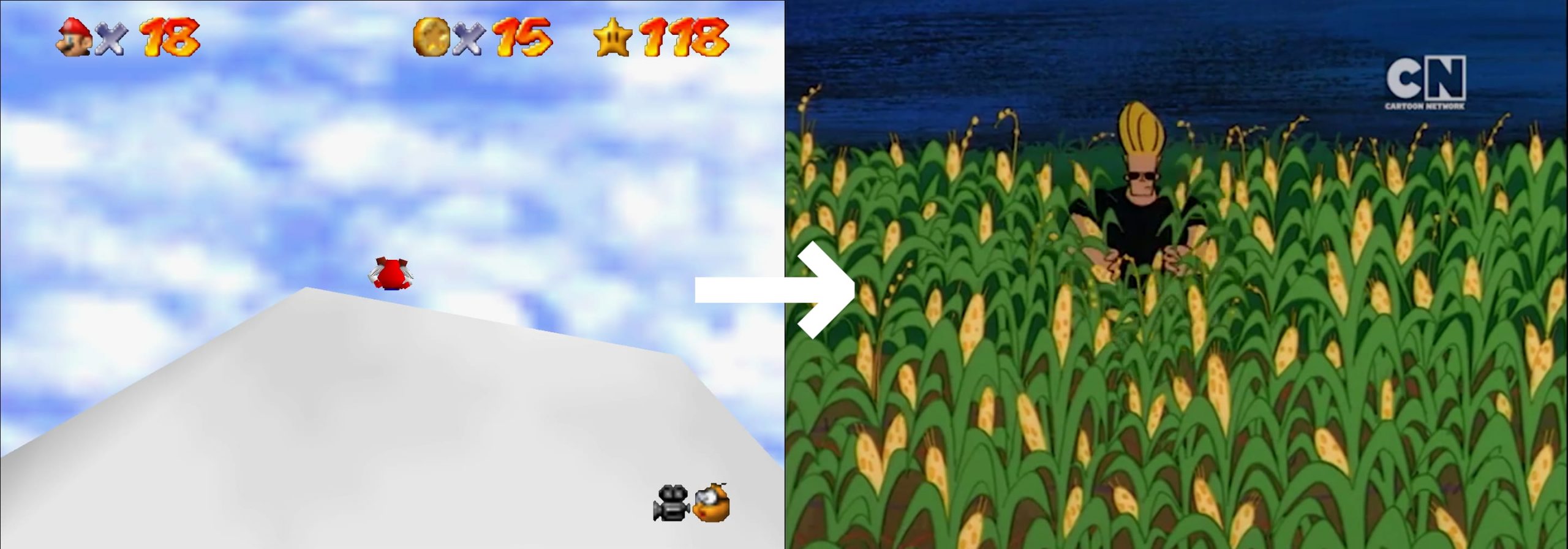
Also, some o’ the cloud platforms are transparent & aren’t platforms @ all, but just make you fall thru them. If I can’t stand on them, they should just be empty air, like everything else that I can’t step on — that’s kind o’ what empty air is for. If I see a transparent cloud, I’m just going to think that it’s a decoration to make it look different, not that that means this cloud is not a platform, but… has no reason to exist other than to trick me into thinking it’s a platform, since it doesn’t make any mo’ sense for me to be able to stand on opaque clouds.
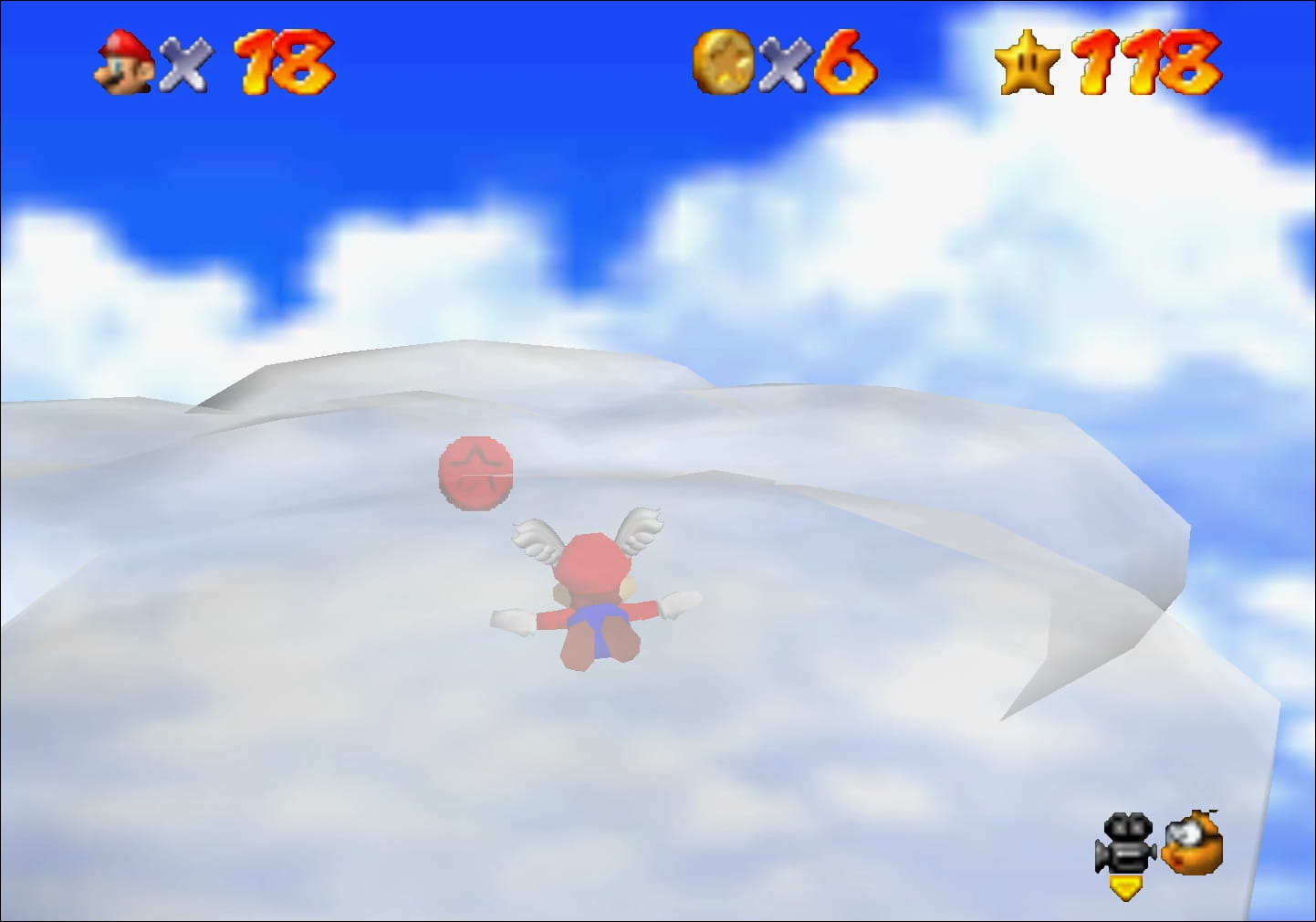
Bowser in the Dark World
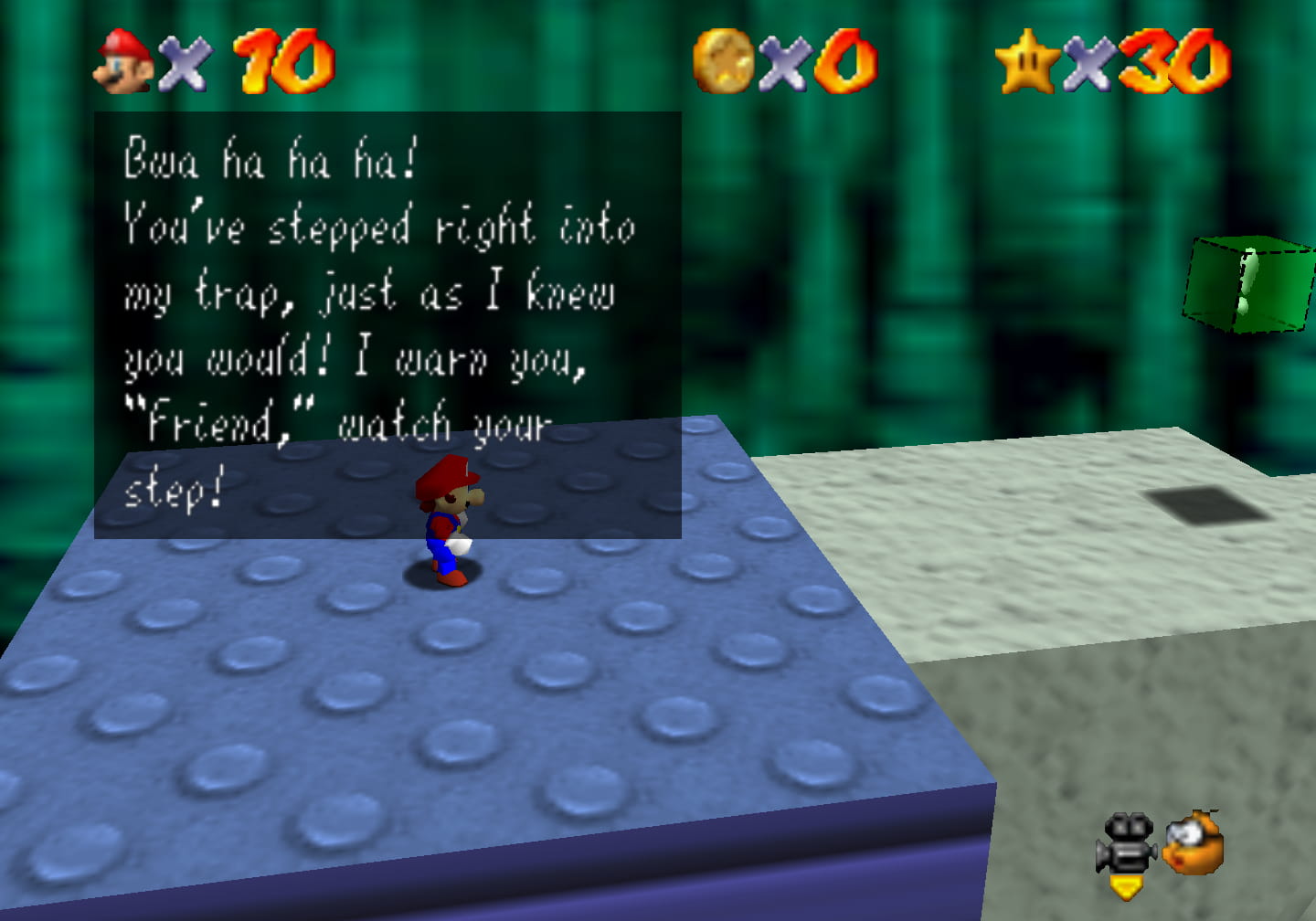
1 o’ the reasons I wanted to talk ’bout these side stages is I wanted to talk ’bout the Bowser levels &, mo’ importantly, qualify some o’ the complaints I had ’bout the o’erly linear main stages in this game or in the Super Mario Galaxy games. One might get the erroneous idea that I hate linear levels by principle, which is false: what I hate are linear levels twisted into something they don’t fit. The Bowser stages in this game or, say, the average stage in Super Mario 3D Land or World work ’cause they’re built to be linear levels. Part o’ that is that they have 1 goal, with some extra goals you can accomplish while you’re going after the main goal, so, if you’re good, you don’t have to redo shit. But in “Rainbow Ride”, e’en if you ne’er die, you have to redo shit ’cause you have to get 7 stars. In short, a corollary to my point that the multiple-goal system works perfectly for open-oriented explorative levels is that it only works for these type o’ levels & just falls apart into something terrible for linear levels. “Rainbow Ride”, as well as most levels in Super Mario Galaxy, should’ve been split into multiple levels, since that’s what they essentially are.
These Bowser levels also prove that not only does Galaxy “fail” @ open-oriented explorative level design ( it actually doesn’t e’en try, being a collectathon that’s embarrassed to be a collectathon ), it’s worse @ linear level design than Super Mario 64. One could make the point that Nintendo’s developers “finally” came to their senses when Super Mario 3D Land came round & they stopped pretending their levels had multiple missions & were not just different levels awkwardly squeezed into 1, but which magically changes on different missions, but just had different levels that worked better for linear design; but Super Mario 64 proves that the developers already knew how to do this way back in their 1st collectathon. Despite critics’ complaints ’bout Super Mario 64 being “backward” ’cause its level design is just too unfocused, these Bowser stages prove that Super Mario 64 was able to make levels that were linearly-focused & involved evolving challenges just as much as Galaxy — better, e’en, since unlike Galaxy, these don’t shoehorn in multiple stars, but just 1 secret star you can get on your way to the main goal.
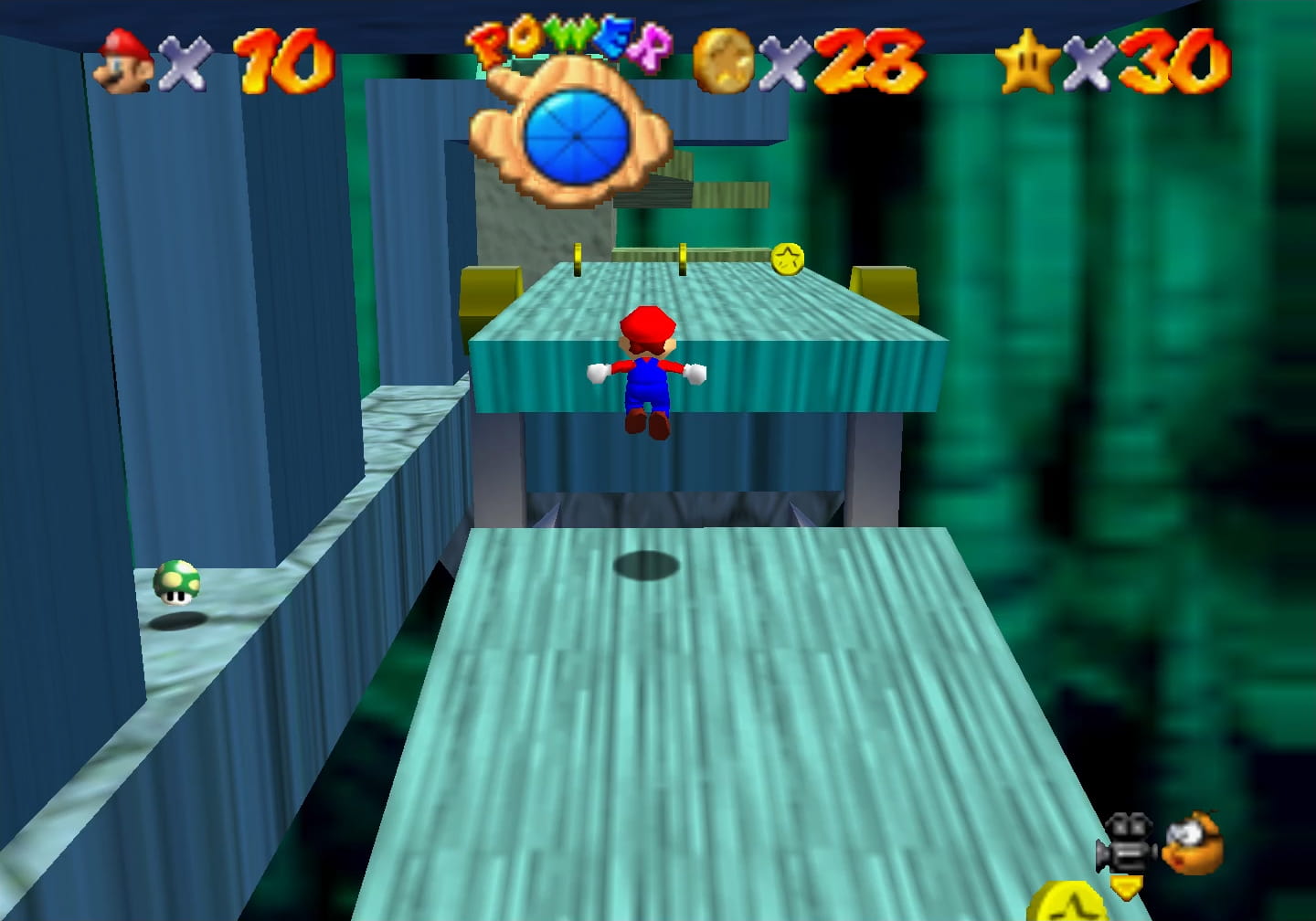
These Bowser levels go the Yoshi’s Island route o’ difficulty by making just getting to the end much easier than going to the trouble o’ getting all the red coins — tho this is dampened much mo’ than Yoshi’s Island, which made you collect many mo’ collectables & made just getting to the end hardly a challenge @ all. For instance, the 1st flamethrower is only truly a threat if you insist on hitting the switch & going out onto the switch-generated cork bridges to collect their red coins — & e’en then only if you didn’t unlock the metal cap ( which is likely if you hate backtracking, since it’s impossible to do before simply beating this level ). Similarly, most o’ the area surrounding the weight platforms near the end can be ignored if you’re not after red coins.
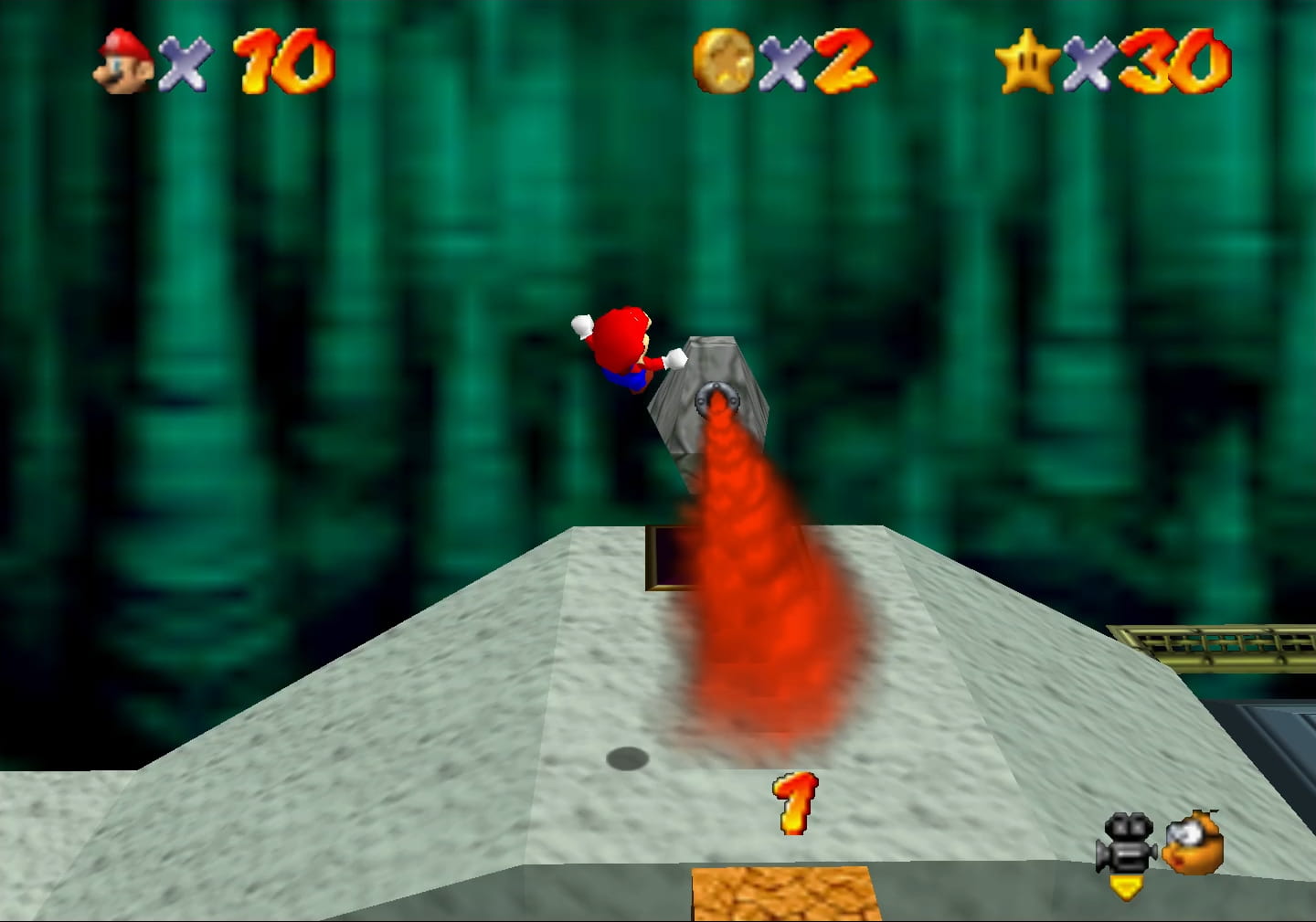
Tho this level is linear in terms o’ getting to the main goal, there is 1 branch to get a red coin midway thru, which involves probably the 1st real challenge o’ crossing a thin beam with this game’s terrible controls. That is, if you’re as incompetent as I have been for most o’ my life & didn’t realize, as I only did recently, that you can mo’ easily long jump from & to the platform before the sliding platforms.
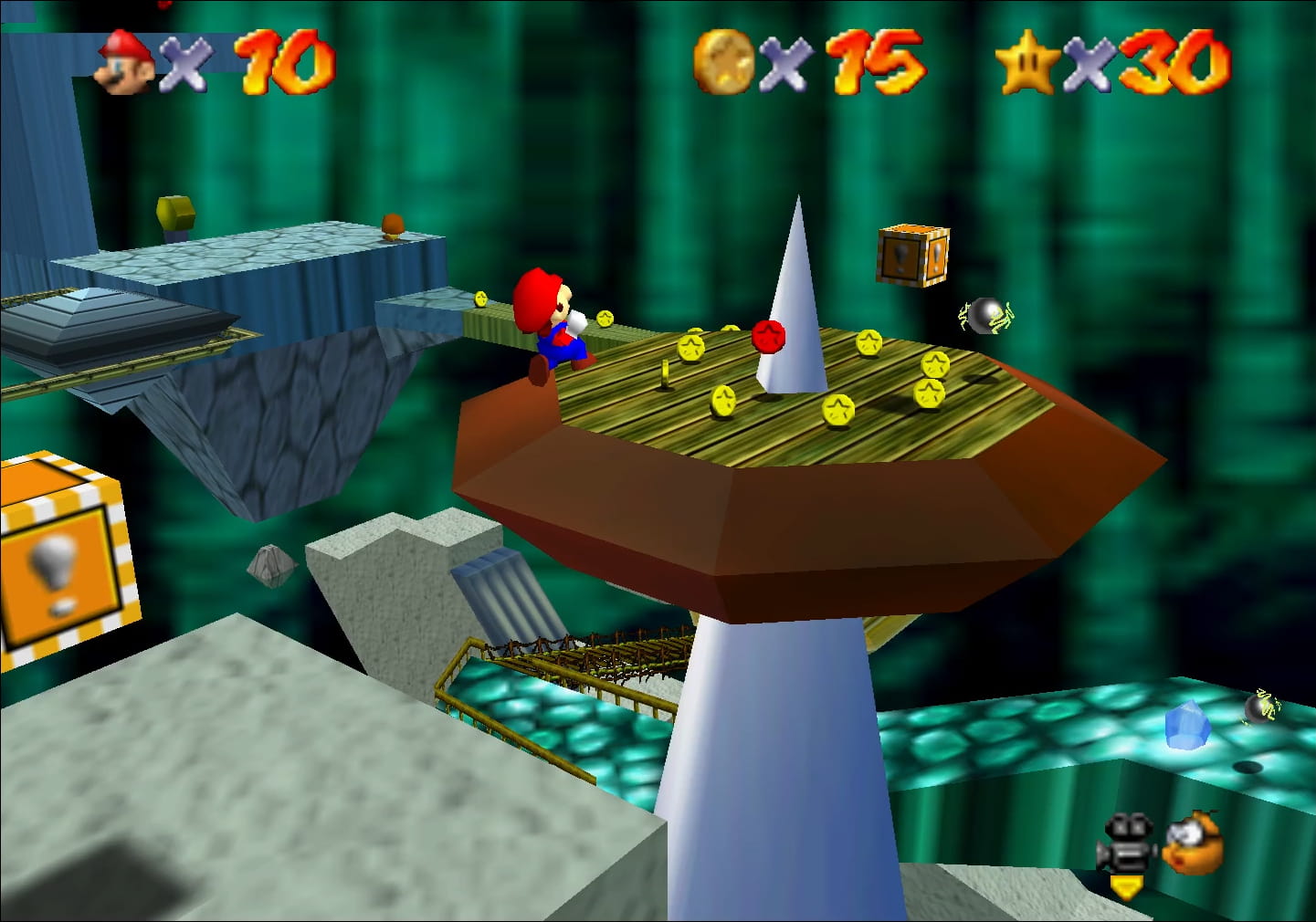
I know the Bowser battle is iconic & is a clever use o’ 3D… but it’s rather badly implemented. For 1, Bowser’s tail has a terrible hitbox. Half the time I dive for it Mario just goes straight thru it right into Bowser’s colon. But the worst problem is just that it’s repetitive, with 2 mo’ iterations that don’t add much to the challenge.
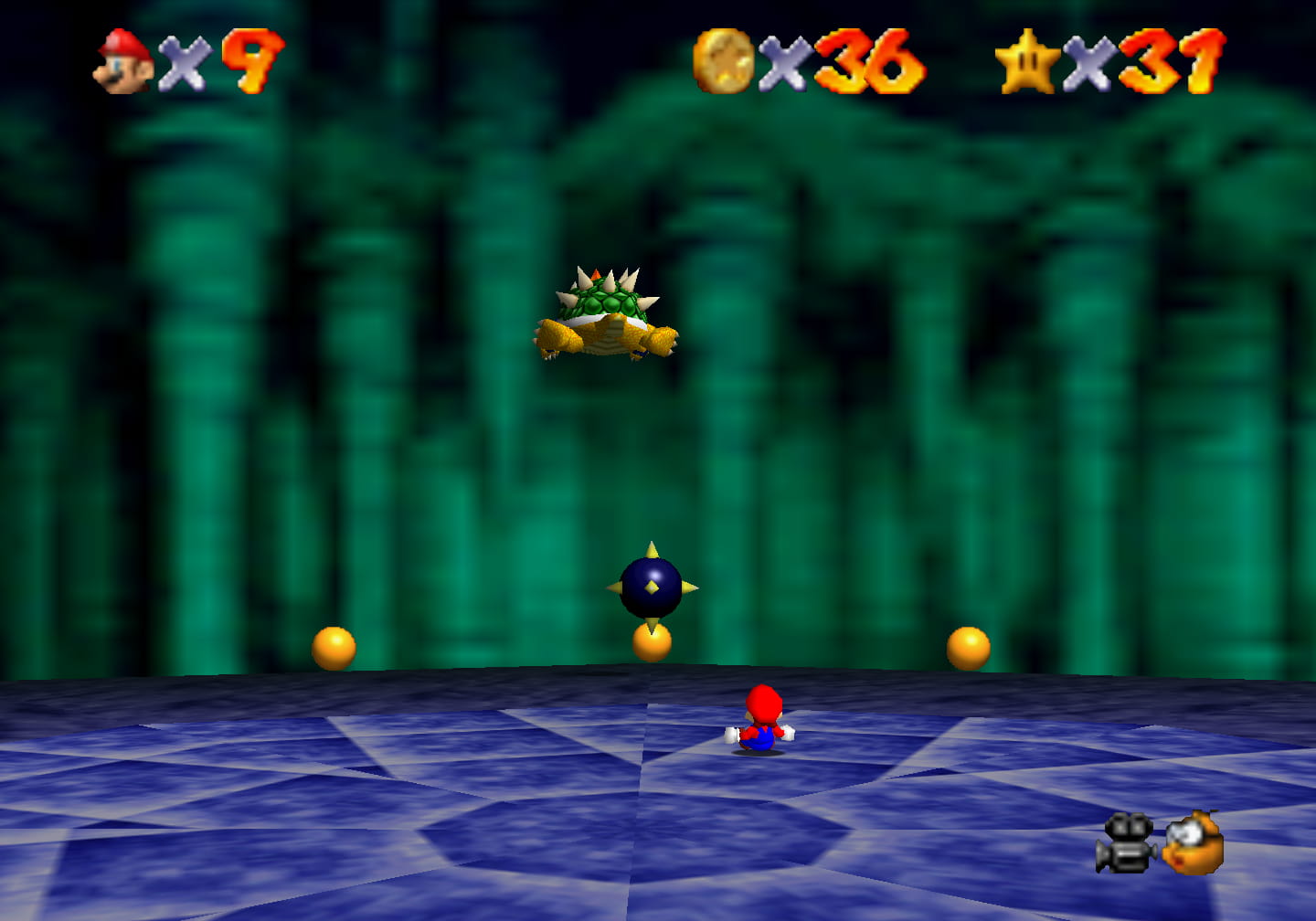
“Bowser in the Dark World” actually looks rather nice for a Super Mario 64 level, particularly the crystal passageway whose shape is crystal-like, constantly widening & thinning.
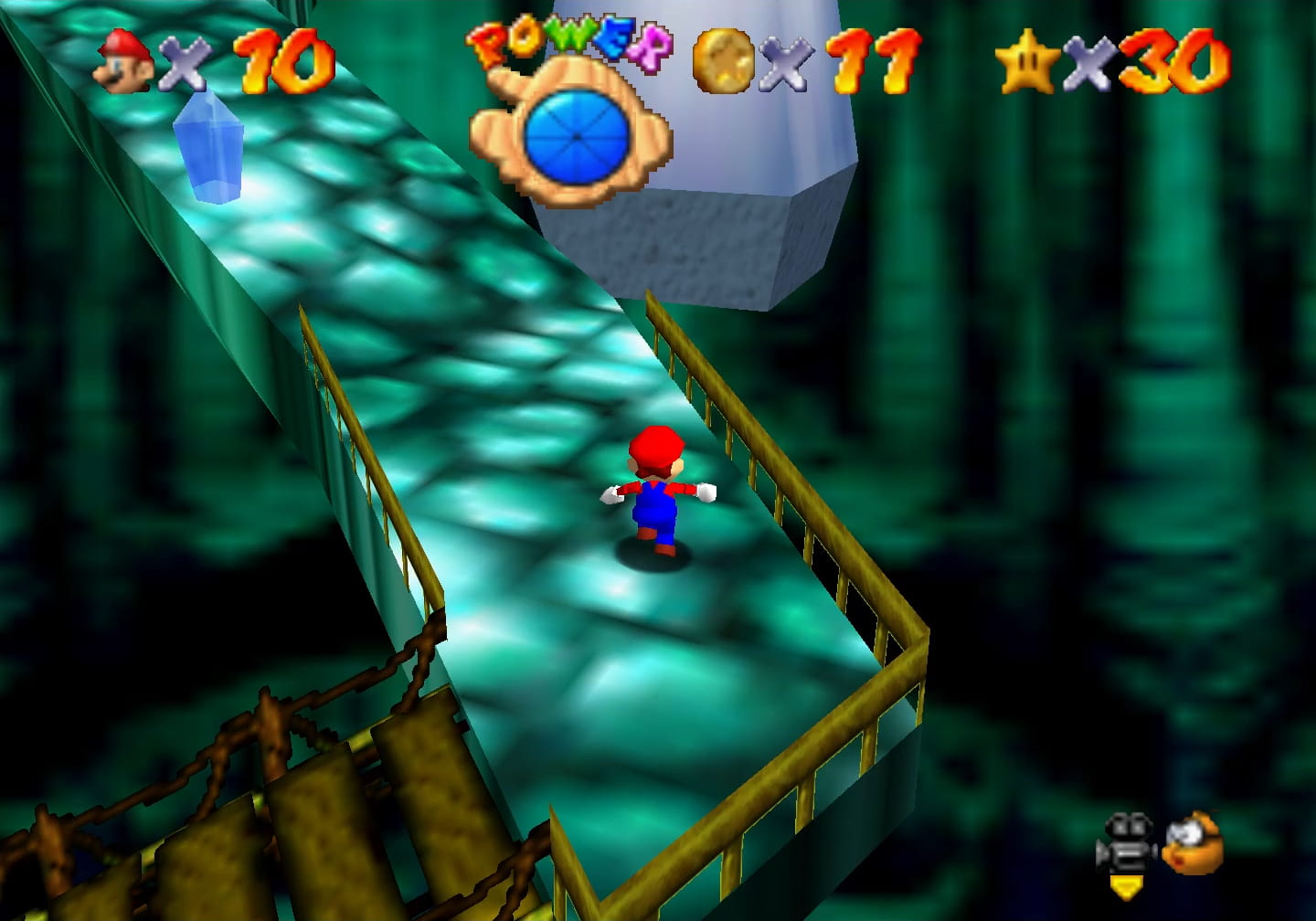
The entrance to “Bowser in the Dark World” is memorable for leading to a seemingly innocent Peach portrait, only for that portrait to transform into Bowser halfway through the hall, & then for the floor under Mario to open, causing him to fall into a trap entrance. It’s a fun surprise since it gives the player what they came for, anyway, rather than screwing them for not being a fortune teller.
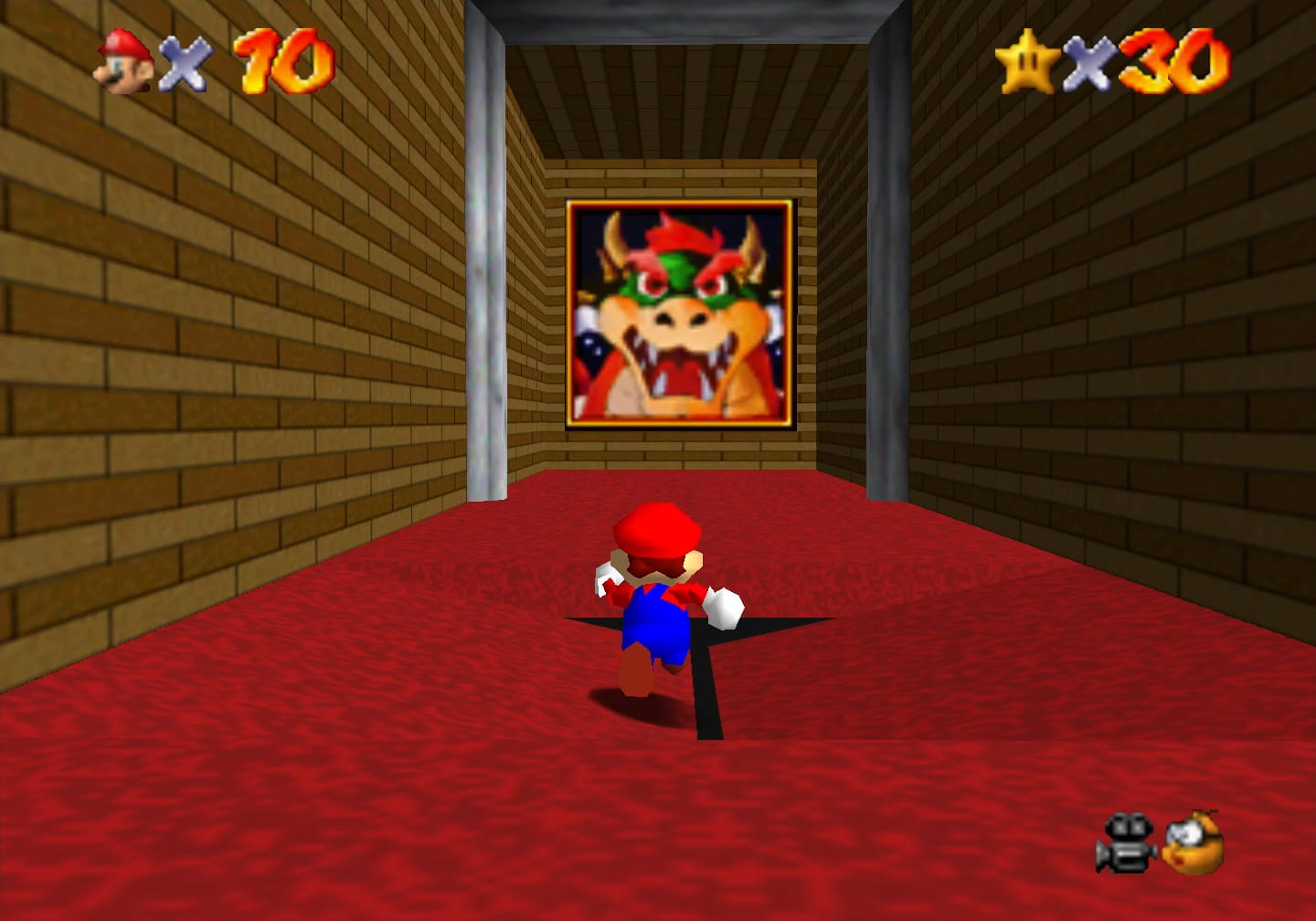
Bowser in the Fire Sea
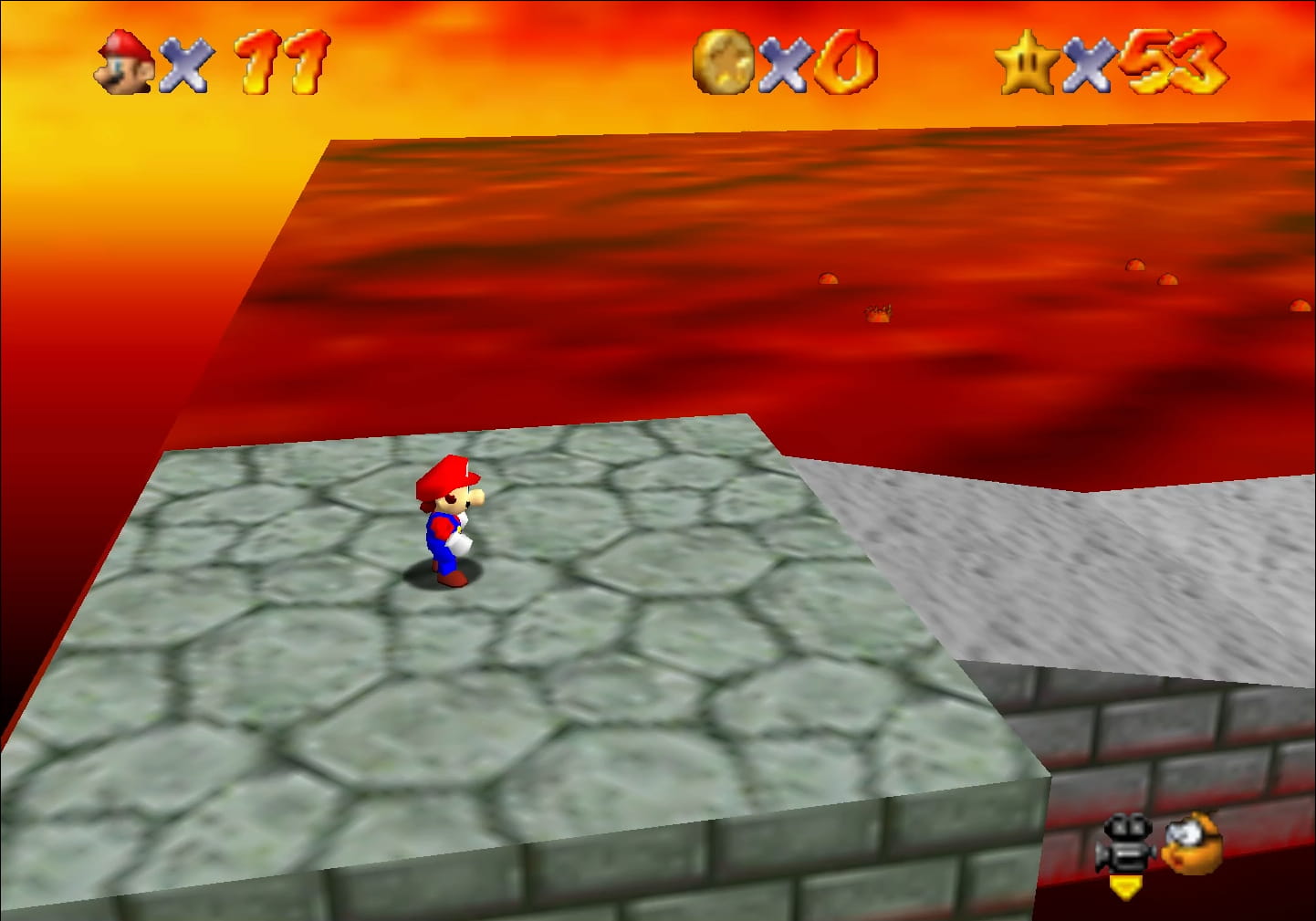
1 genuine complaint one could give to Super Mario 64’s level design is its bad difficulty curve, which is only made-up for by the freedom it gives you to skip levels & the fact that this difficulty curve problem usually only leads to levels way too easy for their placement, like “Big Boo’s Haunt”, which is probably the easiest level in the game, being the 5th stage — which requires mo’ stars to unlock than the 1st Bowser level & the 2nd area — or “Wet-Dry World”, which is easy ’nough to be a 1st-area level, being in the 3rd area. The only exception is “Cool, Cool Mountain”, which is a bit hard for how early you will likely stumble into it.
But Bowser stages, which are mandatory to gain progress, are an exception to the 1st point, but not the 2nd. While players may find the 1st Bowser stage quite challenging after the easy-going levels in the 1st area, they will be surprised to find the 2nd Bowser stage… is actually easier than the 1st Bowser stage.
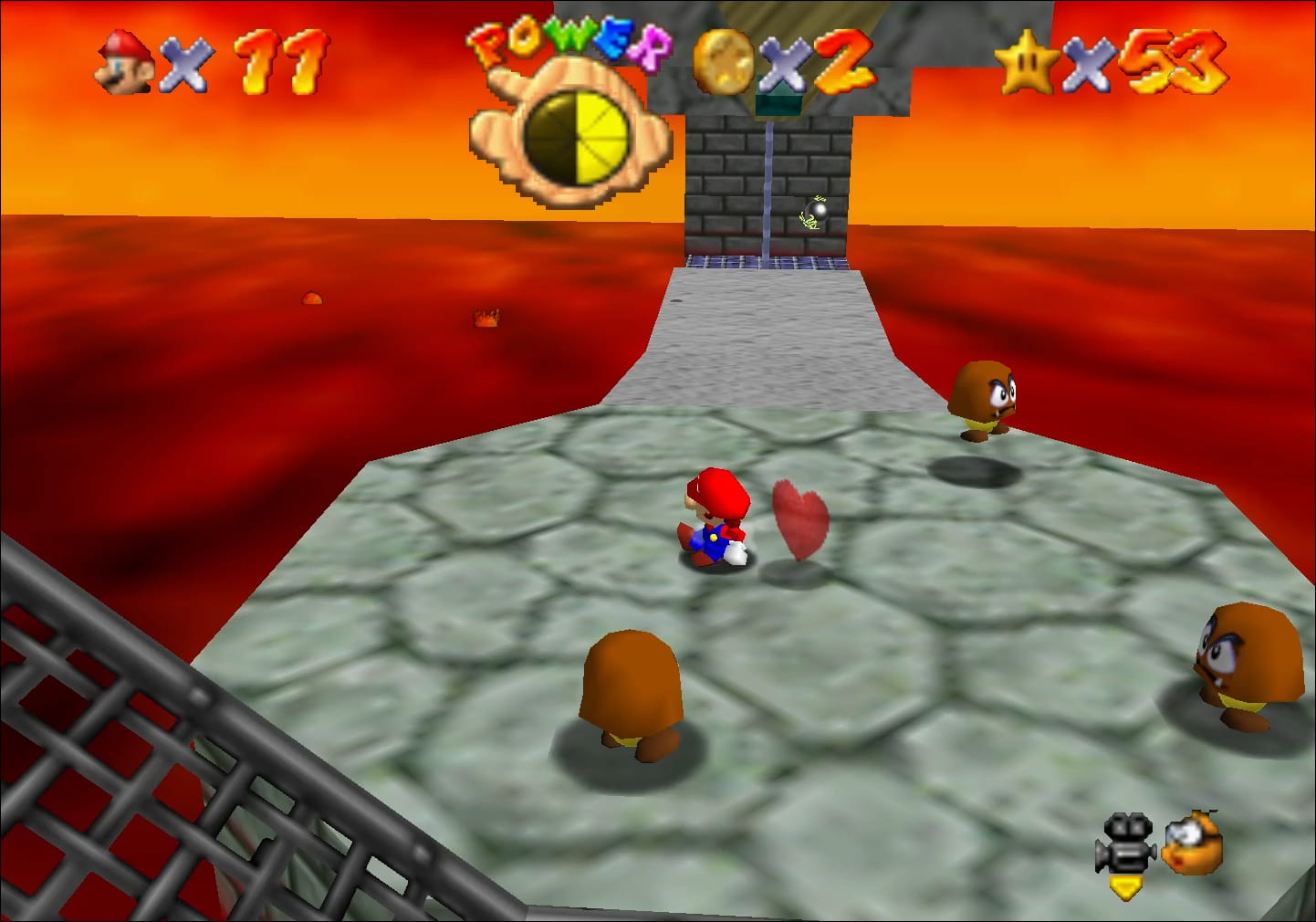
The key problem is that this level replaces the bottomless pits all round the 1st Bowser stage with lava, which hurts you, but doesn’t kill you instantly. To dampen this e’en mo’, this level has a whopping 2 spinning hearts that can infinitely heal you ( in fact, due to a quirk o’ how they work, they can also let you temporarily bounce in lava without getting hurt, which is a great way to skip the generic platforming ’tween the 1st heart & the pole ’bove it ).
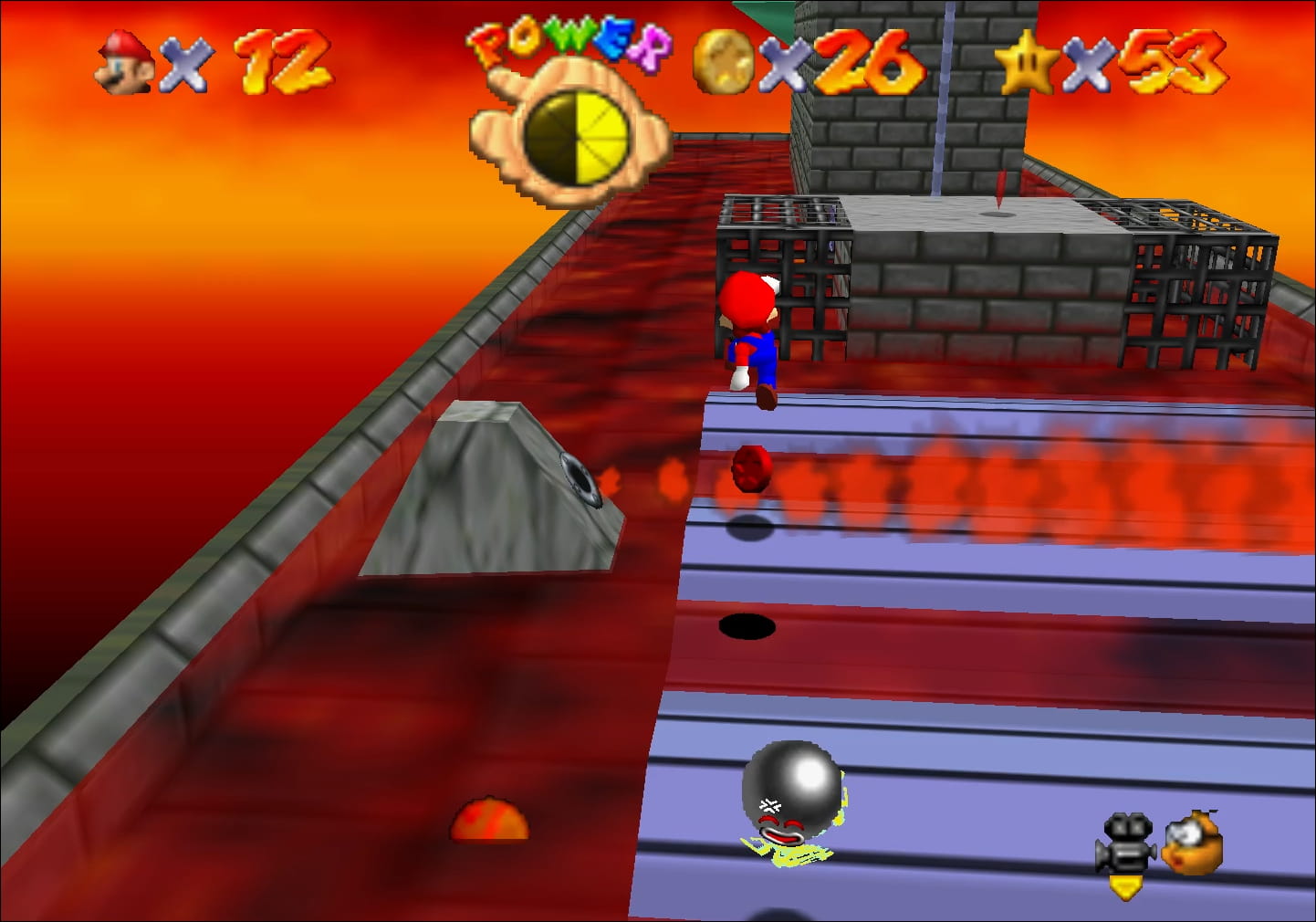
The red coins aren’t too hard to get, either. There’s certainly nothing close to as difficult as the 2 red coins @ the beginning o’ “Bowser in the Dark World”, with the tight time limit for the 1st & the flamethrower threatening to shove you off the stage for the 2nd. The hardest red coins to get in this level are the 1 in front o’ a flamethrower o’er platforms with lava rising & falling round it, which is on the way to the main goal, anyway, & some side area with zigzagging thin walkways — nothing you didn’t face in the 1st Bowser level. Indeed, most o’ the red coins are simply on the way, & get as easy as jumping into a nonthreatening corner o’ a box. The 3rd most “threatening” red coin is 1 that simply makes you let an elevator rise without you & jump down to get it, forcing you to climb back up ’gain ( which is lame padding, by the way ).

“Bowser in the Fire Sea” also has the stupidest Bowser fight e’er, involving a Bowser who has apparently magically developed teleportation powers, which you have no control o’er & just wastes your time.
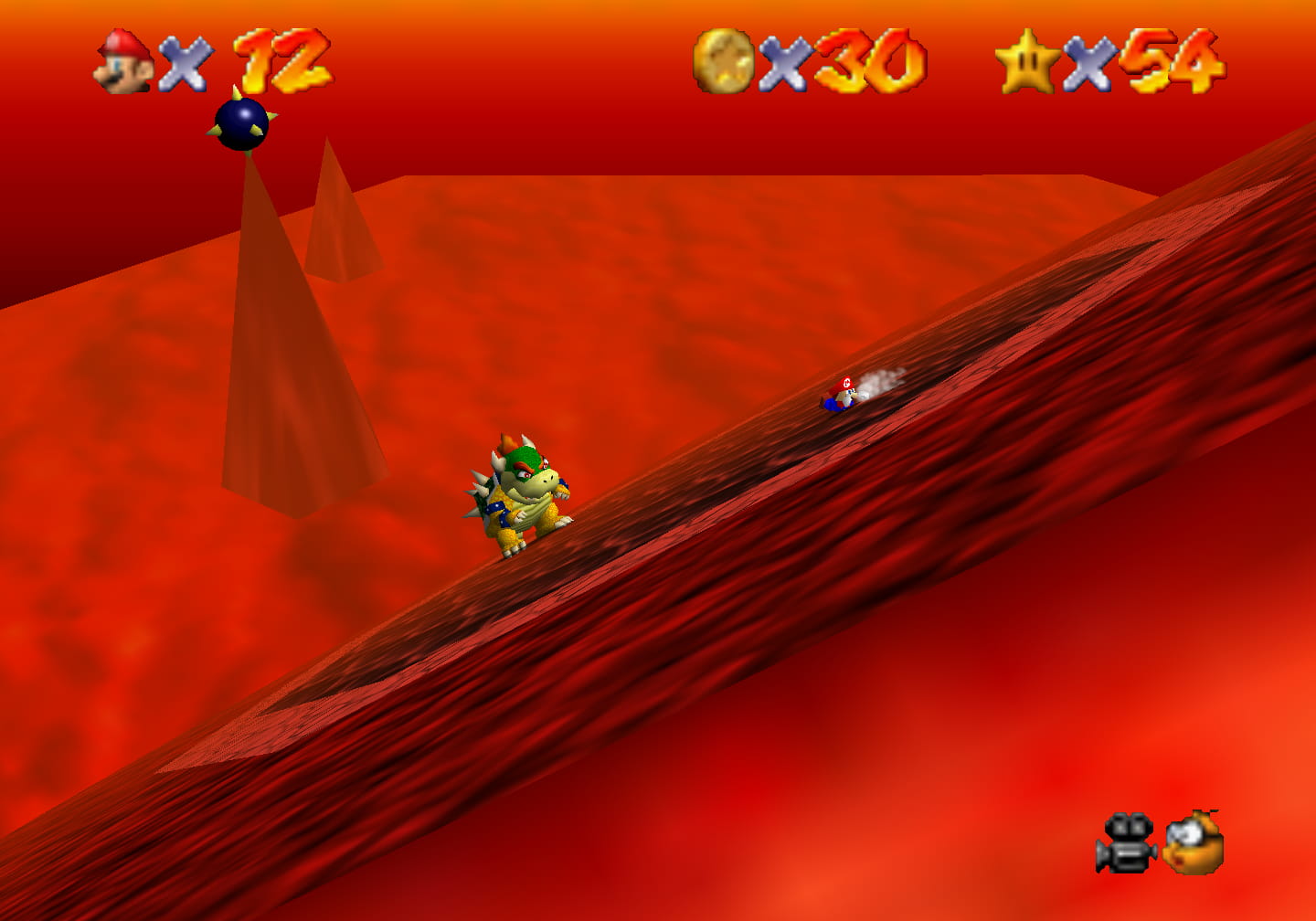
Bowser in the Sky
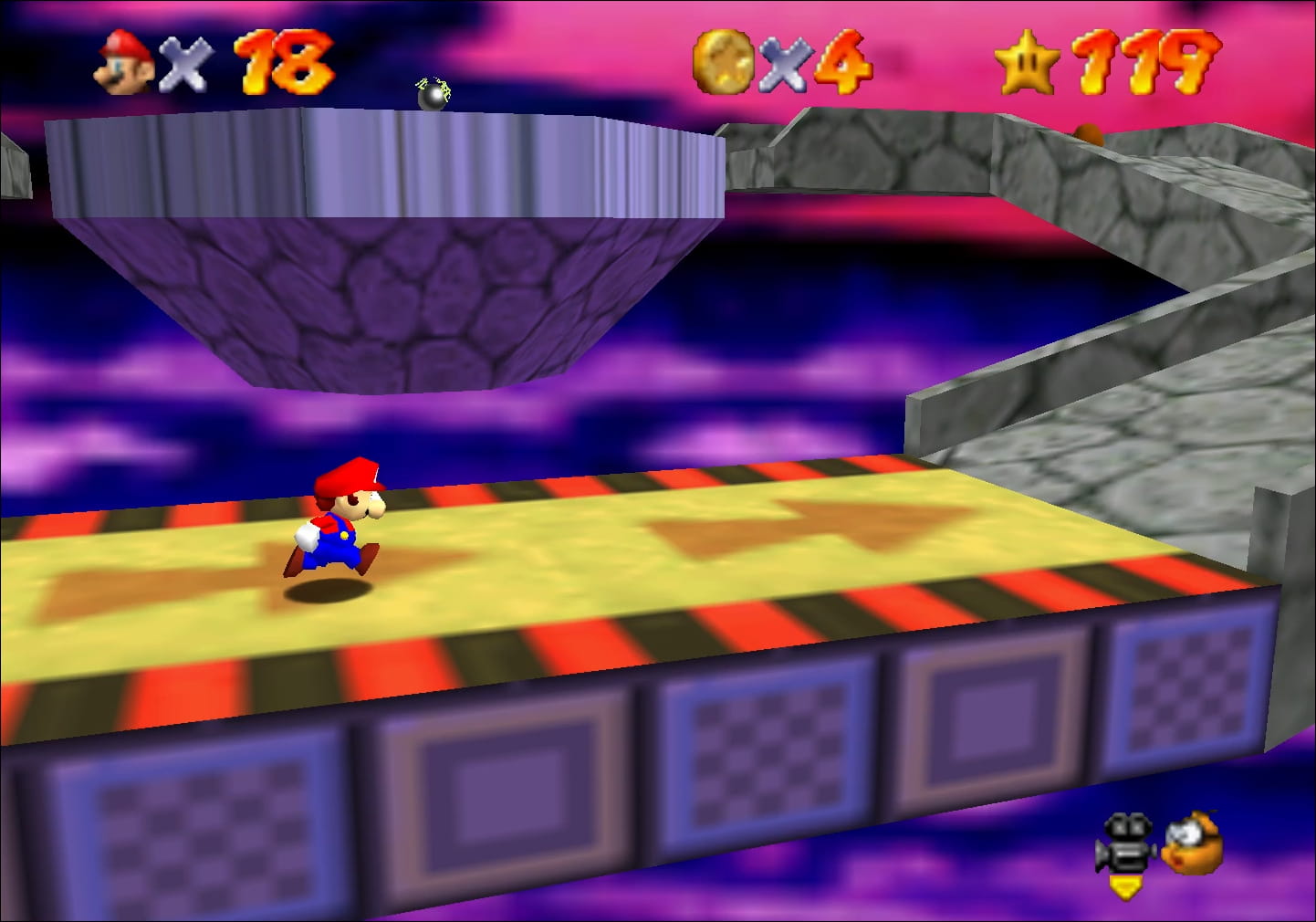
This level is the most visually-appealing this game e’er gets, bringing in rare pinks & purples, with a variety o’ bright colors & patterns on its various platforms — a reprieve from this game’s flood o’ basic greens, blues, & browns that look like they could all come from a 16-crayon box.

This also has Super Mario 64’s linear level design @ its cleverest, with plenty o’ platforming puzzles involving moveable blocks, Whomps in tricky positions, & plenty o’ rotating platforms — all while offering many mo’ challenging ways to bypass parts to speed things up. For instance, this level has a horizontal elevator section reminiscent o’ “Rainbow Ride”; but whereas that level has you go down large gaps full o’ nothing so that you have no choice but to stand & wait, this level’s version has so many blocks that you’re s’posed to “dodge” that a clever player could realize that they could just jump from block to block & skip the slow elevator.
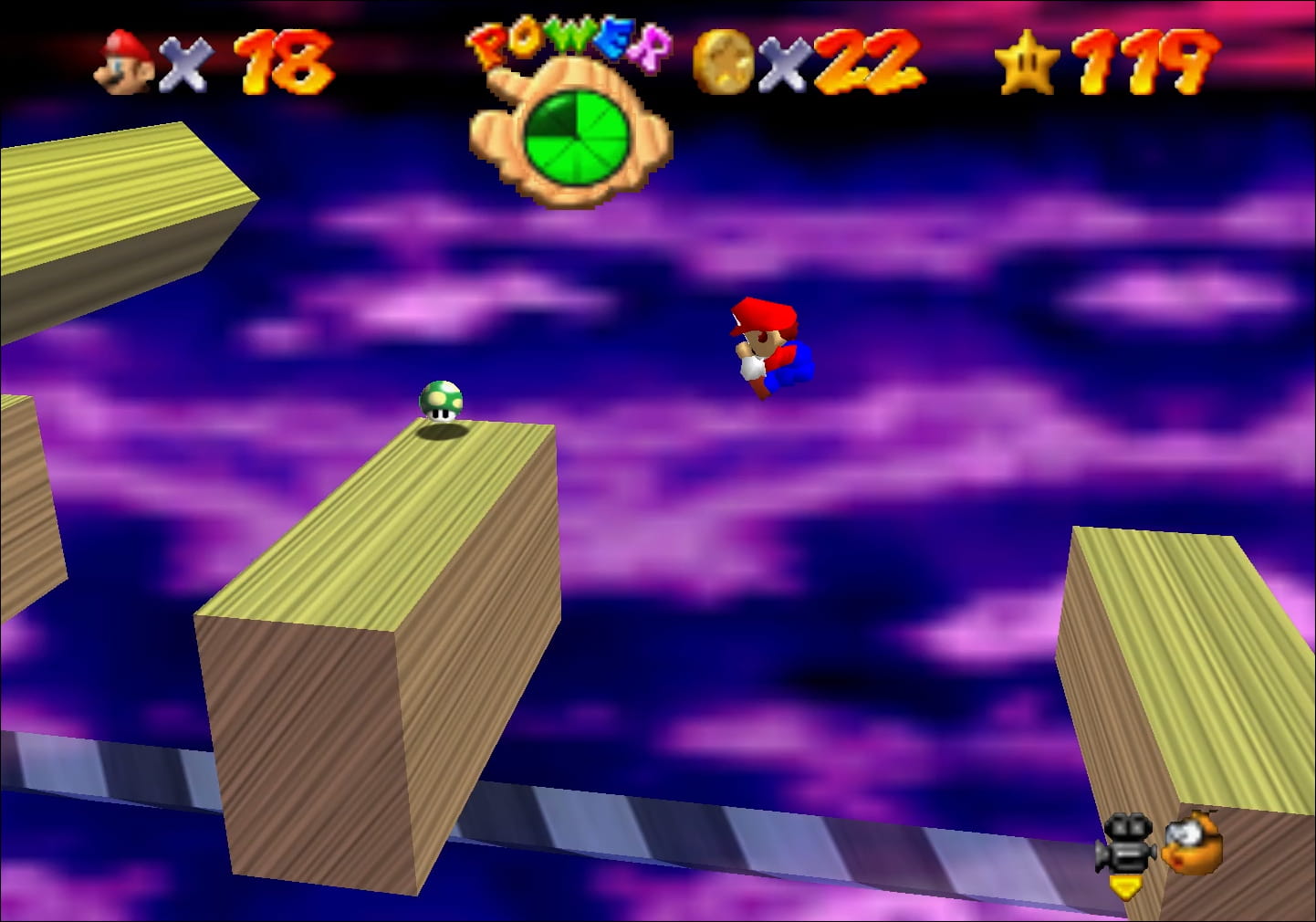
Possibly 1 o’ the most insulting design choices the developers o’ the DS remake implemented ( ’sides maybe having controls so asinine I can make my character walk in figure-8s by just holding a single direction on the crosspad ) is only allowing Mario to beat the final level. This whole remake makes a point o’ opening the game up to multiple characters & has you start as Yoshi, who needs to save Mario’s ass in the 1st place, ¿but the game denies you the right to beat the game with any o’ the others? & all ’cause Bowser just arbitrarily decides so, which just breaks logic on its head. These doors requiring a certain # o’ stars is s’posed to be, you know, gainst Bowser’s control ’cause if Bowser did have control o’er them he would’ve just made them impossible to open & made it impossible to beat him. If Bowser can just randomly say, “Nope, you can’t pass this part ’less you’re Mario”, ¿why can’t he just say, “Nope, you can’t pass this part”, period?
But I can’t talk ’bout “Bowser in the Sky” without reminding everyone o’ its memorable entrance — or rather, the way it prevented you from entering if you haven’t gotten 70 stars: not by refusing to open the door, but by making the staircase past the door go on fore’er while creepy Shepard tone music plays.
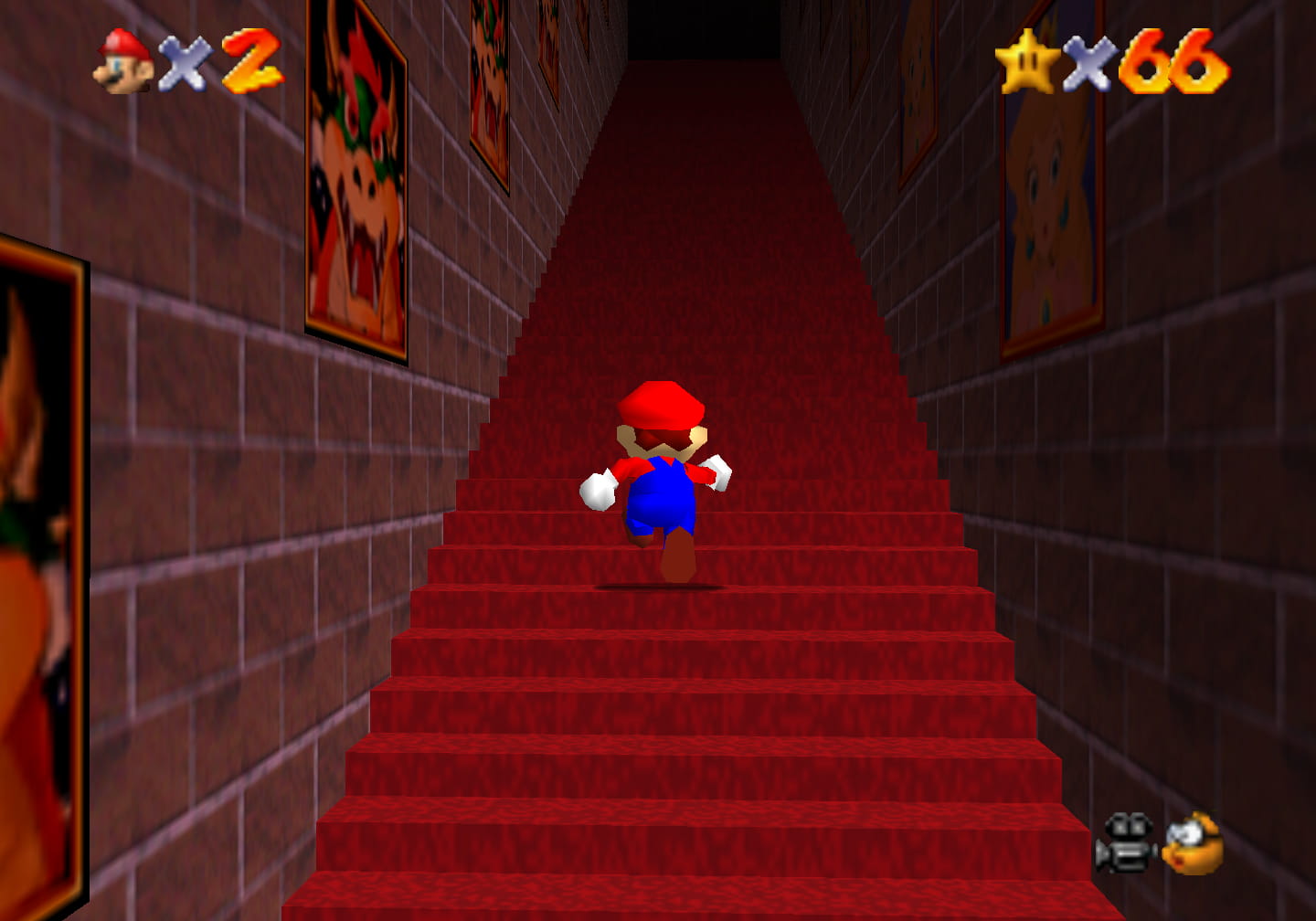
I’ve read complaints that the DS remake ruins it, thanks to the touchscreen map, which reveals that Mario just keeps warping back a meter or so. ¿Why didn’t they just make it so the map doesn’t show during this section?
& finally, perhaps the best level in the whole game…
Peach’s Castle
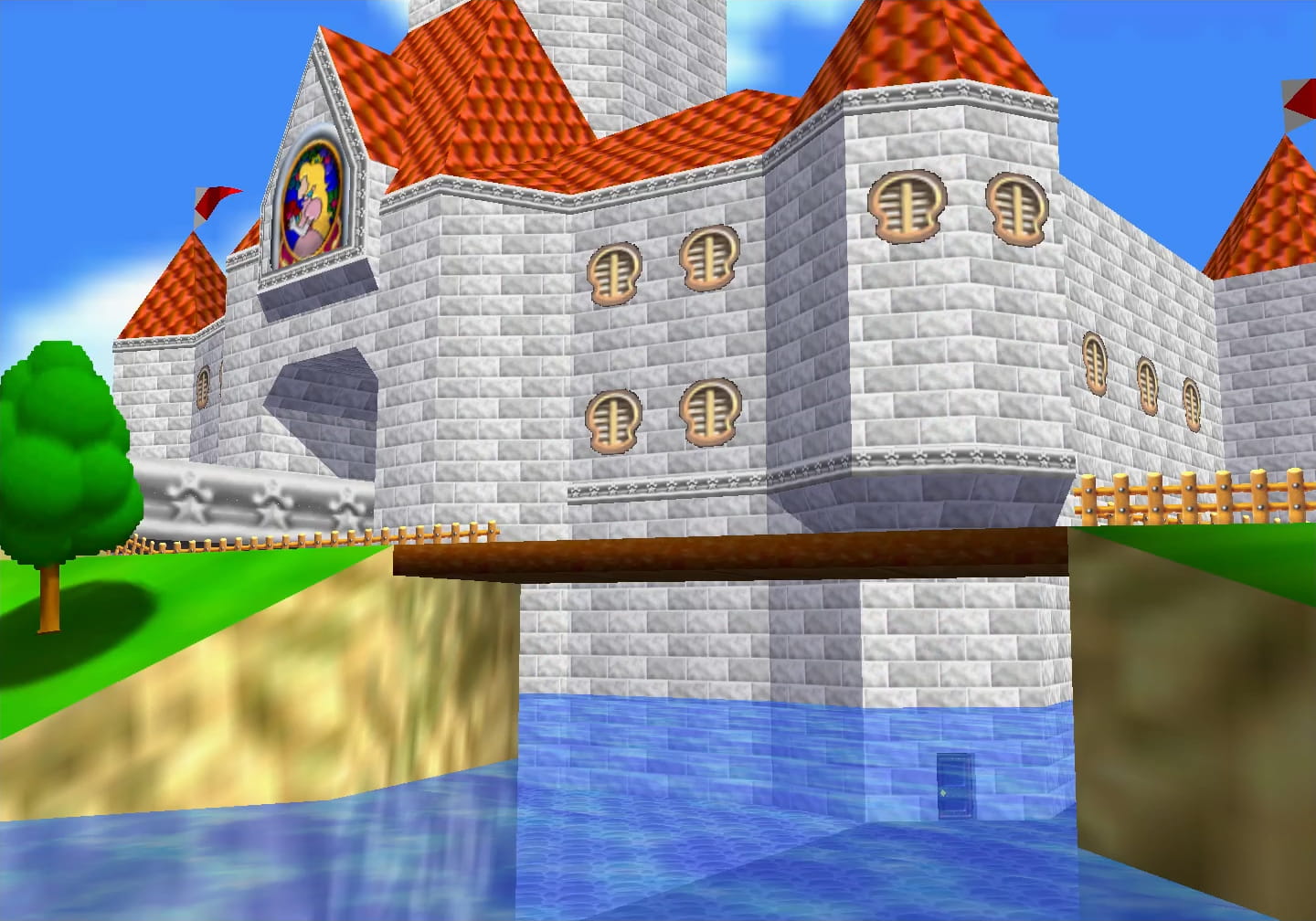
While 3D Mario fans disagree on what the best 3D Mario game is, e’en those who prefer later Mario 3D games usually admit that Peach’s Castle was the best hub world. While Super Mario Sunshine made a valiant attempt with “Isle Delfino”, which is, to be fair, a strong contender, Super Mario Galaxy abysmally failed with its space station full o’ pod rooms, which both lacked variety & coherency @ the same time; & after that Super Mario Galaxy 2 & Super Mario Odyssey just didn’t e’en bother to try.
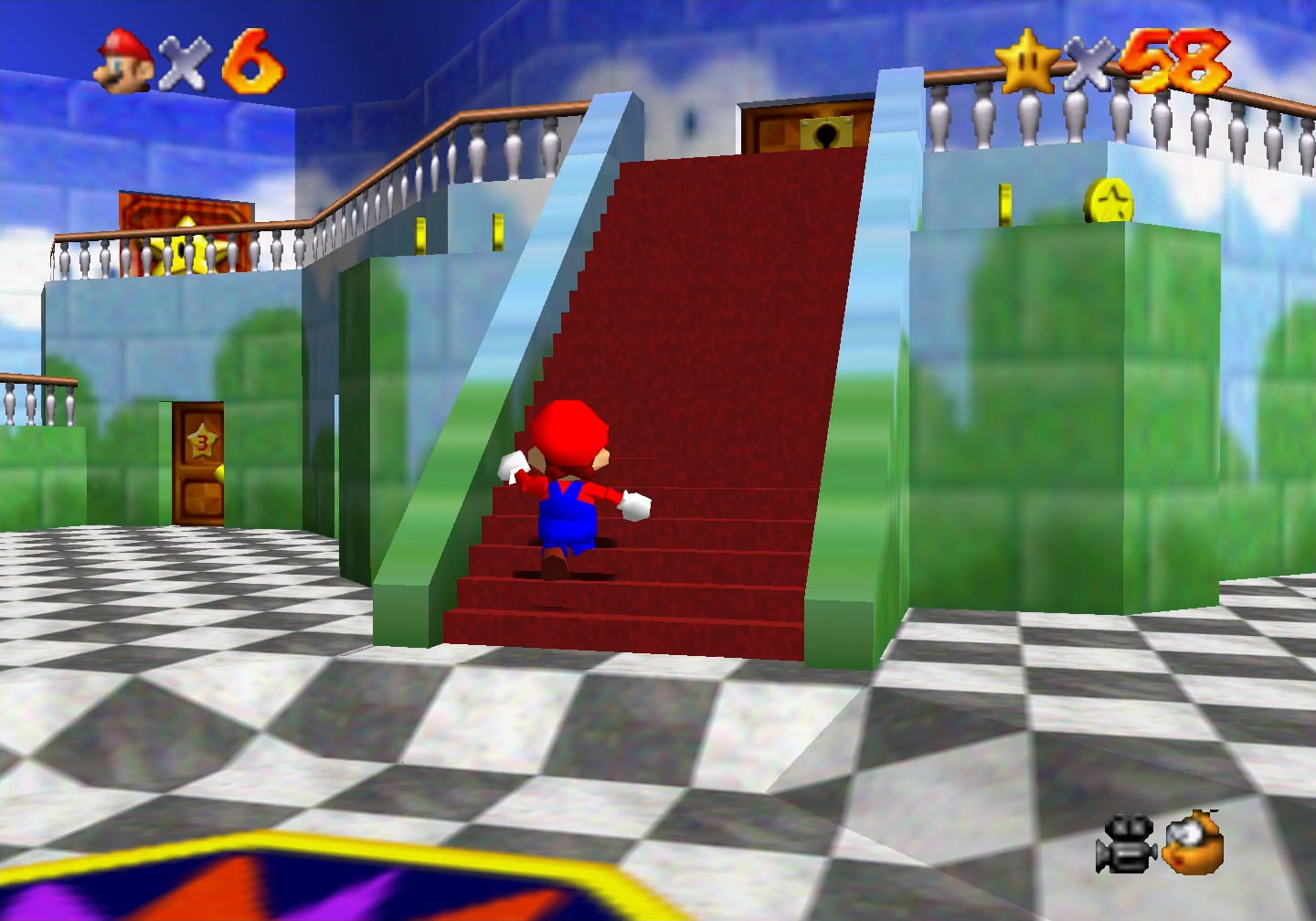
Like the o’erworld in the 1st Zelda game, 1 o’ the things that makes “Peach’s Castle” strong is that it’s surprisingly small, certainly by today’s standards. But they still managed to pack it with numerous secrets & bonuses: rabbits for you to catch for stars, a secret underwater tunnel that leads to a secret lower door outside in which you can drain the moat, light coming from a high window that warps you to a secret stage, as well as many other secret bonus level entrances. & as my many level analyses showed, many levels had their own quirkly level entrances. & it did this all without getting in the way o’ the player getting from level to level. Contrast that with many modern games with huge worlds with nothing to do in them but hold forward.
